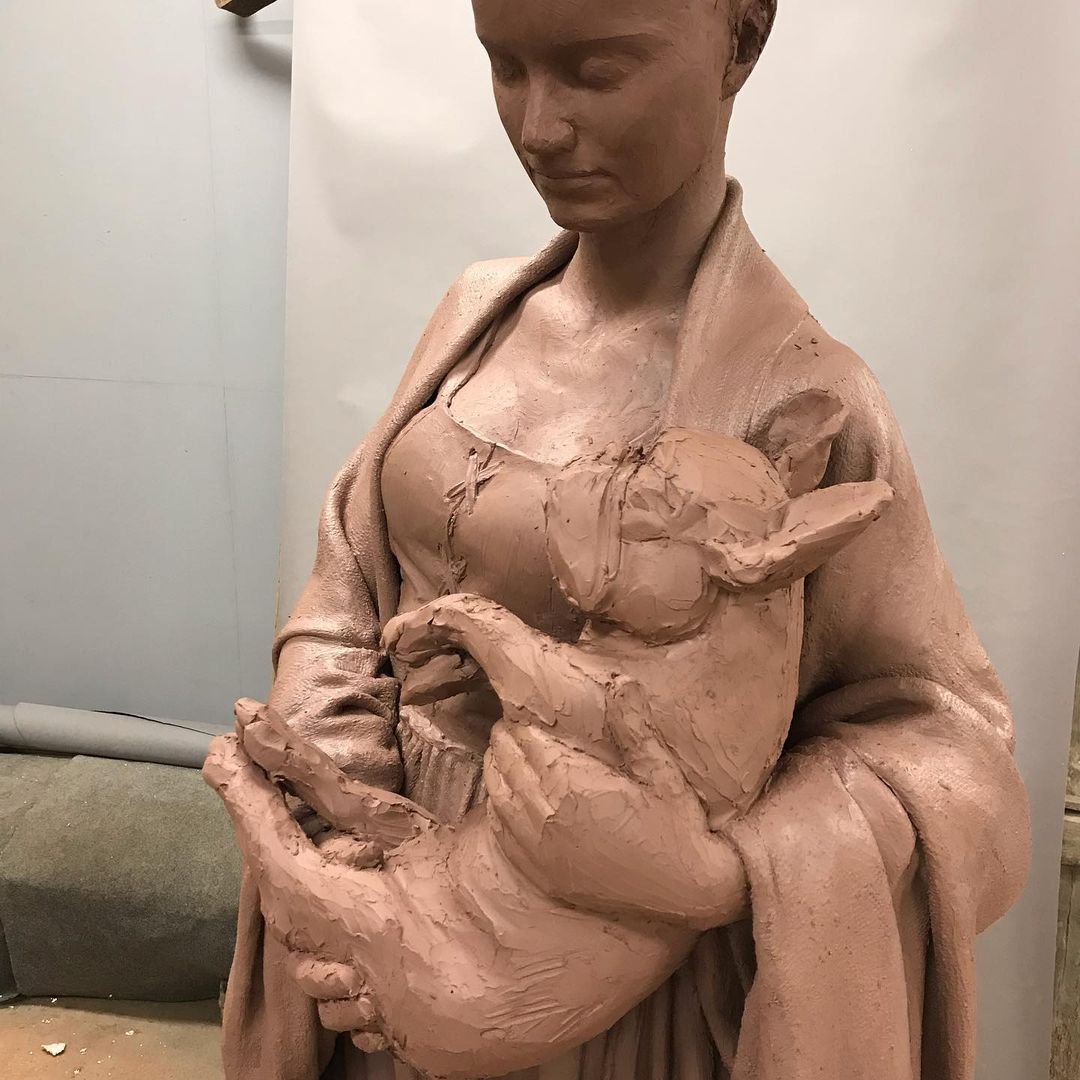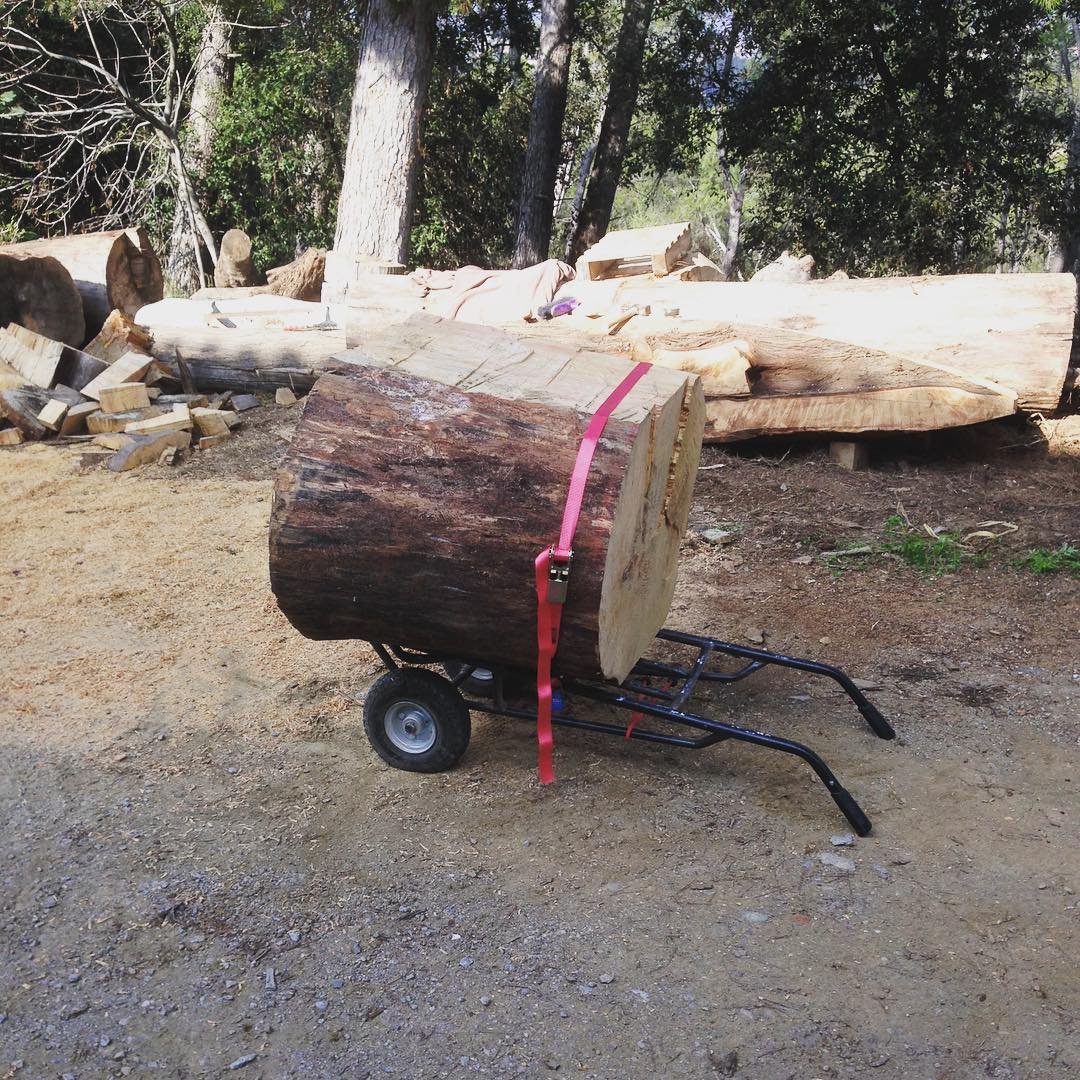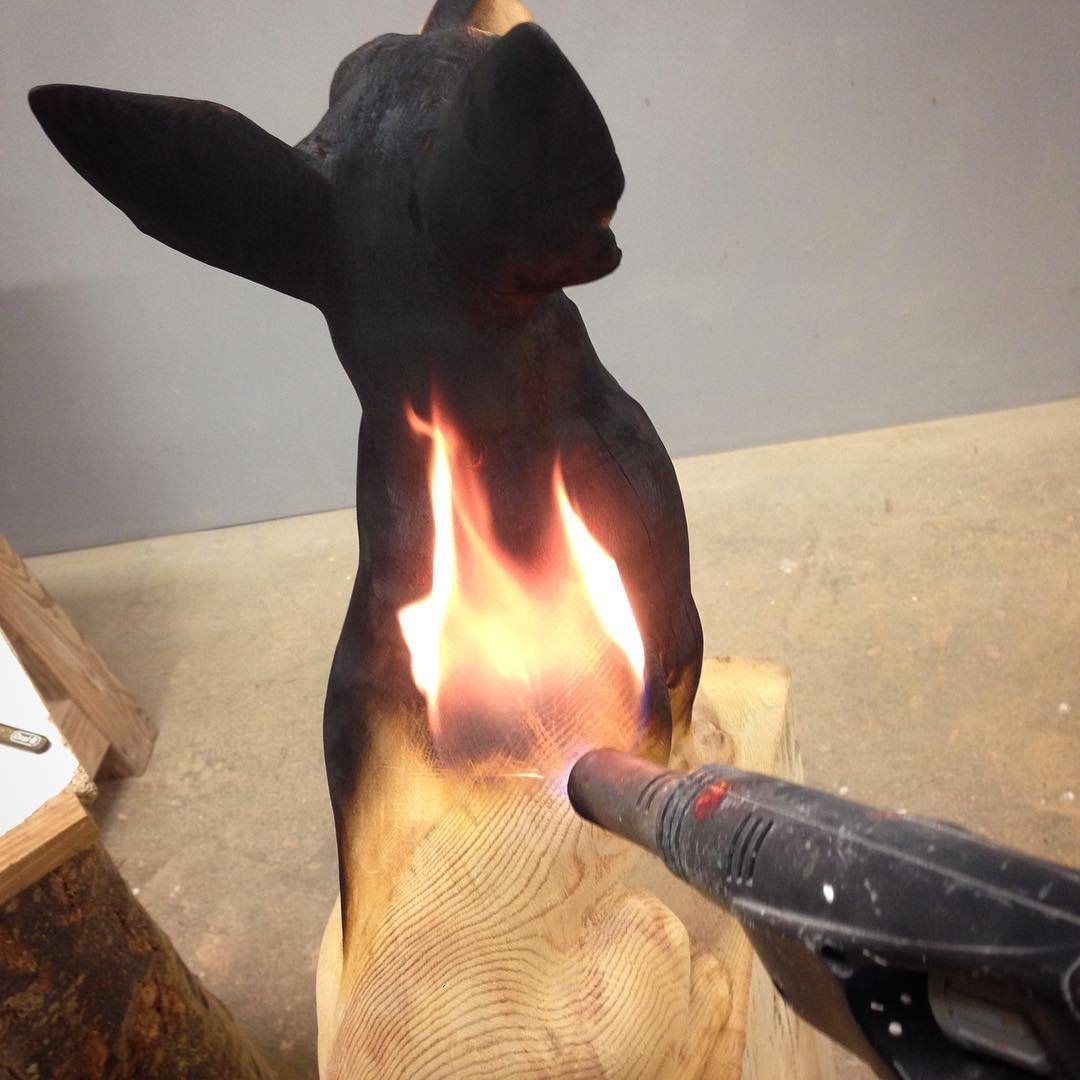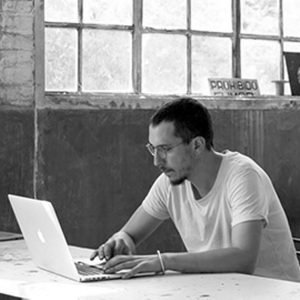
Octavi Serra (Girona, 1990) is an artist, designer and photographer. He questions the world of art and is a strong advocate of “Do It Yourself”. If he doesn’t find the opportunity, he invents it. And this is how The Posttraumatic project came about, a diary created by artists. Using irony in his pieces, he has made the streets his gallery, where his works inevitably do not last, but he is comfortable with the ephemeral destiny of his projects.
OCTAVI SERRA
2022 / 02 / 24

What are you working on now?
I’m working on the third edition of The Posttraumatic which will come out in April or May (2022).
What is it and how did The Posttraumatic come about?
It’s hard to explain, but The Posttraumatic is an artist journal that comes out twice a year. The rest of the months fanzines are published that act as supplements to this newspaper. It goes by subscription. The origin of this project is the result of the fatigue of waiting. Very often what I do to get a job is to wait or say hello to organizations so they can give me their projects. Begging here and there and that costs a lot. And with scholarships too. I guess there are a lot of worthwhile projects and a lot of people who show up. I applied for a scholarship from the Carulla Foundation, at the end of 2020, whose project was to propose pause and relax in the city of Barcelona with different interventions, and a way to archive all the actions that were carried out during this hypothetical project was in daily format. They didn’t give me the scholarship but I said that if it cost so much for projects to come out well, I’d do it myself. I spoke with different artist colleagues and we thought it would be cool if the interior [of the newspaper] was created by different artists from the urban world within a more conceptual idea, where the idea is worked more than aesthetics. I asked artists that I like and they began to tell me yes and yes and then I got excited and started contacting more international artists or references of mine that I didn’t even know personally. Then came the first number that was the host.

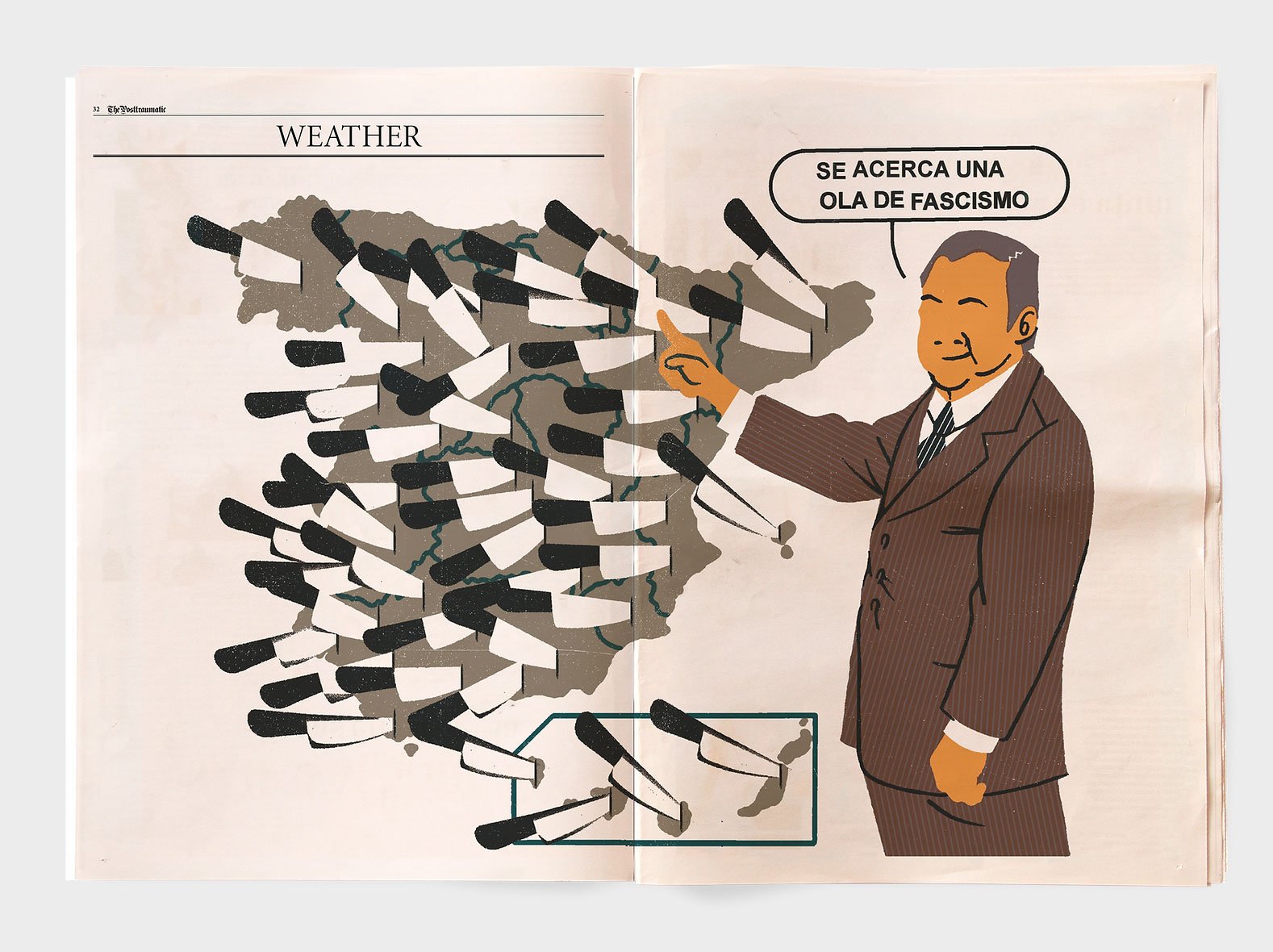

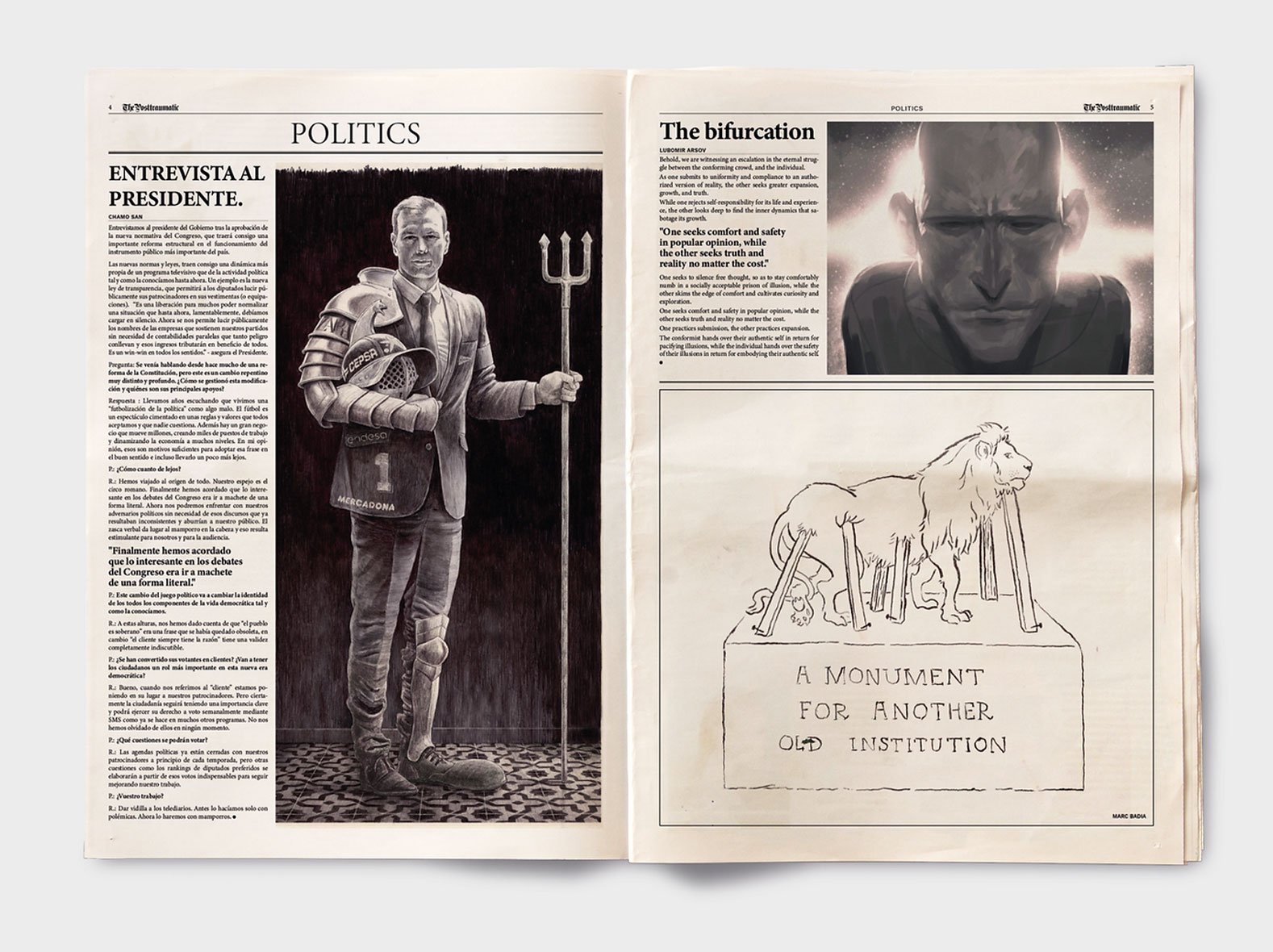

So, it means creating your own opportunity.
Yes. I don’t apply for scholarships anymore because it’s very difficult for them to give them to me, but when there are some I think I have to apply and then I come up with a project that I really like, I’m excited and the approach. Then I think I’d really like to develop it and maybe they’ll give me a grant, but then they tell me no. All the time I’ve been raising it, excited to do it and then you can’t do it. It’s a process I don’t like very much because it’s a bit disappointing.


“I’m not saying that everyone who plays objective games on the street is a profound philosopher, but they upset you in a way that can be interesting.”
In addition, you make urban art. Pieces that are ephemeral …
Mine is very ephemeral. I can get a picture of that piece as a result. In the world of urban artists, there are people who go out and do what they want and then there are the urban art festivals, which have been greatly reduced to mural projects because they last longer, the people she is happy because they have put colors on the city and the town hall as well. But when you escape a bit from this mural system and go to objects or installations it costs more because at the production level it is more complicated. And besides being ephemeral, only the photo remains, it is difficult for this type of artist we work with objects to participate in these urban art circuits. At The Posttraumatic I wanted to bring together all these people who are left out of this circuit, even though they do things quite well, but on an objective and conceptual level.
Beyond aesthetics?
Yes, people who give to the jar and who propose reflections with the interventions, many of the muralism as well, but there are many that are only aesthetic. I’m not saying that everyone who makes object games down the street is a profound philosopher, but they upset you in a way that can be interesting.
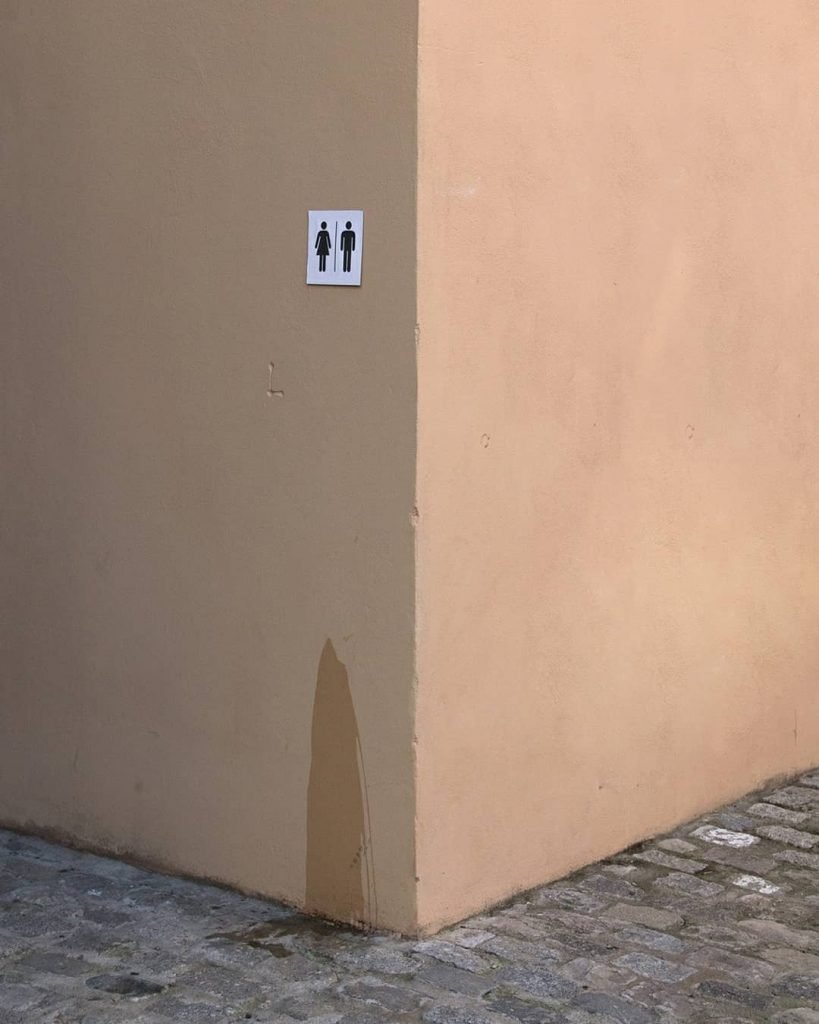
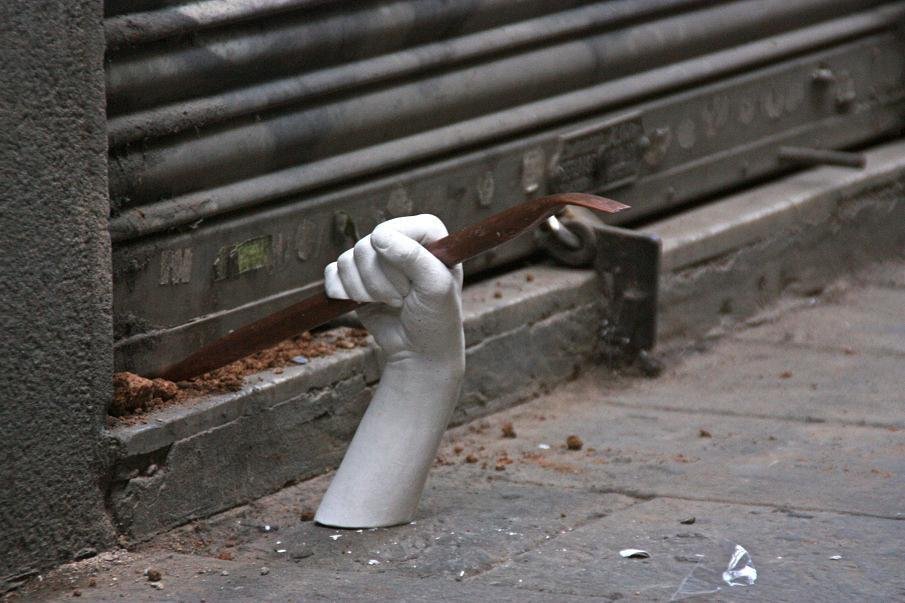
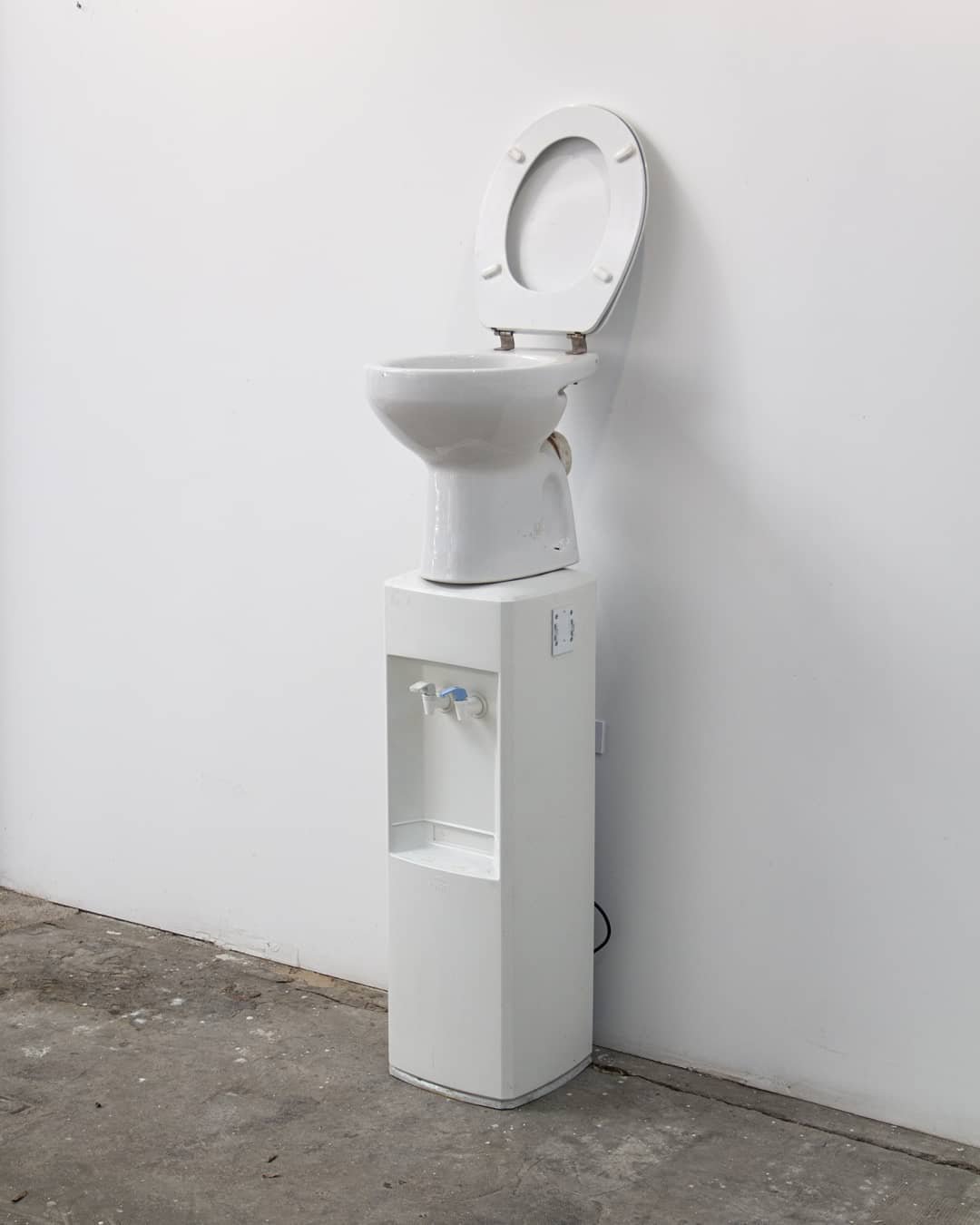

“When I consider any political or philosophical issue I feel very ignorant and for this reason I do not take it very seriously.”
The irony in your works is also upsetting.
With the irony, the joke, I feel comfortable with it. When I raise any political or philosophical issue I feel that I am very ignorant and for this reason I do not take it very seriously. I will be more in doubt about different ways of thinking or proposing. I’m not saying “capitalism sucks and you have to go to communism”. That to me would mean stating something too complicated and frivolous.
How to intervene at La Caixa ATMs? The rope and the hand that pointed like a gun if you were going to make money …
It was one of the first things I did … I discovered a handmade material and with a colleague I lived with we started making it at home. We made a raised fist in which we hung the helmet. It was 2008 and we started thinking about the kind of hands that could make us think about the economic crisis. We did this and went outside and hung it with a silicone that held up very little.


What is the legal risk of such actions?
Anything that comes out of graffiti, it comes out a little bit of people’s understanding and then they think what this guy is doing by putting this up, but they don’t think if it’s illegal or not, they just get surprised. Being ephemeral, if I catch the cop I take it off immediately and if not, I leave it. Graffiti is very criminalized.
When it comes to the creative process, is the content or the form first?
I want to explain something and then I think about which element can communicate it best. But there is also a freer part of finding objects that intervene and you can make fun of or that makes you think of something when you see it, but then the idea is less substantial.
Are you a very observant person when you walk down the street to find inspiration?
Not so much. Sometimes I do laugh in the middle of the street because I come up with ideas, and to see them flush it out, it’s really fun.


I ask you, because there is an intervention that I love that is a fence that as its shadow is placed creates the structure of a bed. How did you get here?
During that time I was taking pictures for a book on the future of design and I came up with a story about where bikes are stored. I wanted to make a chair with that and I started looking at the shadows and I had a hard time finding it and it didn’t work. And another day I was doing a story with a basketball court, I saw a fence that was out there and it was casting a shadow and I remembered that approach that didn’t work for me at the time. I made four stripes on the floor with spray and from one perspective it worked.

“I don’t care if my work disappears, because it’s not painted or an interior sculpture. Anything on the street will disappear.”
Light must be one of the most ephemeral things …
It’s an extremely ephemeral thing, because five minutes later it no longer worked.
How do you feel about most of your works being ephemeral?
It’s about understanding why you do it, if it’s worth the effort. I don’t care if my work disappears, because it’s not made with paint or an interior sculpture. Anything on the street will disappear.
And what is the most curious place where you have made an intervention?
At the Model I made a huge arrow made up of emergency exit signs. The arrow pointed to the opposite side of the actual exit. I also put sheets on the prison windows. Another place was the wall of a town hall, where it was written “claims sheet” in a place that was completely inaccessible. The context is 80% of the intervention.



And the most controversial intervention?
It’s controversial for me, for what I do. There is a room full of emergency exit signs, in which each arrow indicates a different place. This [work] is that part of me that doubts what he is doing and the art world. I feel lost when I walk into a gallery and I don’t know how to react and with this piece I wanted to think about it. There’s also some pretty crappy text that makes it an escape room and there are directions to what to do when you’re inside a gallery when you walk in to find out what to do and how to interact with what you’re encountering. And in this line I also made a series of paintings without the visual part and only with text. And I did some text directly telling people what they were seeing. For example, there is one that says “this is an oil portrait very similar to other oil portraits that already exist.” It’s a bit of a bitch, but I’m bitching too.


Wondering what art is, but also what it is for, right?
I had just studied product design, but I didn’t see the functionality of designing new things and then I started designing useless things, absurd objects, talking about it. The futility of designing things that already exist. I started designing useless things. I was hesitant about the world of design because there were a lot of useless things … and then I was photographed in the art world and now I’m doing supposedly useless things. So, I didn’t come up with something out of the ordinary, but then I found a book called “The Usefulness of the Useless” (Nuccio Ordine). . The author says that the useful thing is any act that we do in which the intention is to make money, and these are the majority of actions that we do at a professional level in our society. And that culture escapes this because its will is to communicate, transmit or reflect. Culture feeds on questions and reflections this way of working of this system that what it is going to do is make peels.

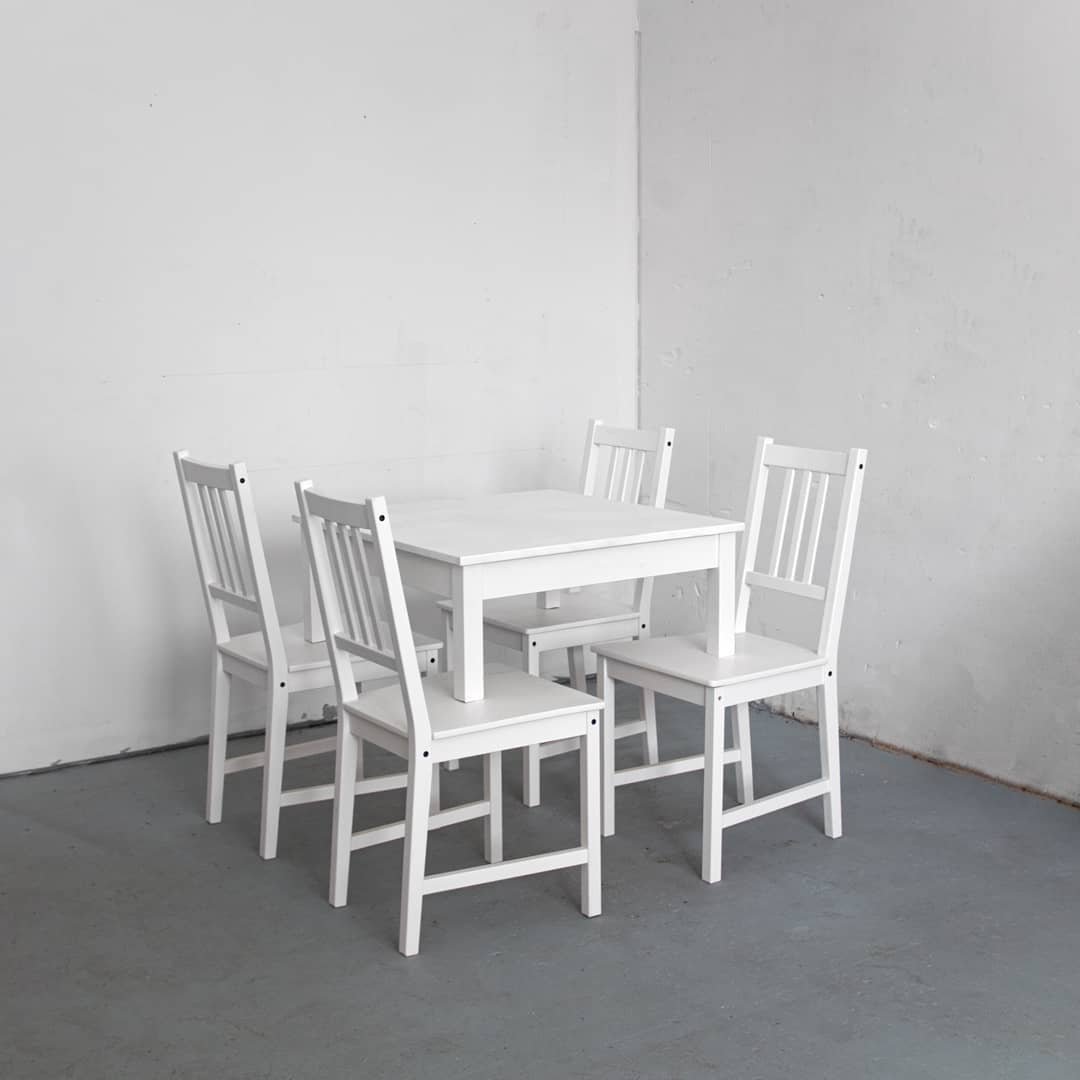

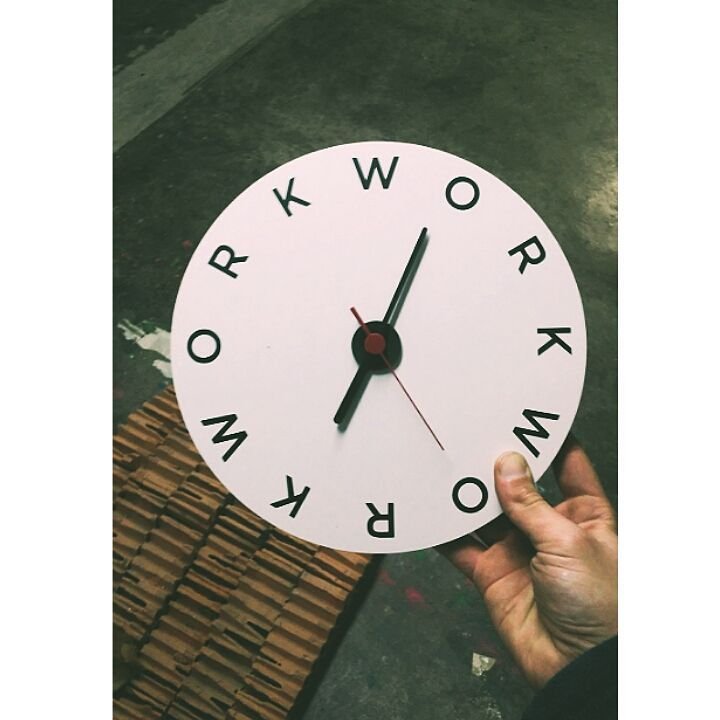
And at the level of references, who do you think of?
Well, there are many that I have contacted for The Postraumatic. Mobstr, Max Siedentopf, Willem de Haan…
And finally, do you recommend a movie, series, book and album?
Music, the group Forest Swords, the albums “Compassion” and “Engravings”. I hear them and they’re motherfuckers… They’re a little dark. From the book “Ask the Dust” by John Fante. I really liked “The Sopranos” as a series and “Luther” is very entertaining. In the movie, I’ve seen “Training day” many times.
INTERVIEW: MARTA LUQUE
MARCH 2022
MAUS®
VIEW MORE VIEW MORE VIEW MORE VIEW MORE VIEW MORE VIEW MORE VIEW MORE VIEW MORE VIEW MORE VIEW MORE VIEW MORE VIEW MORE VIEW MORE VIEW MORE VIEW MORE VIEW MORE VIEW MORE VIEW MORE VIEW MORE VIEW MORE VIEW MORE
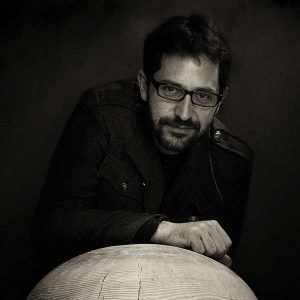
Gerard Mas (Sant Feliu de Guíxols, 1976) is a sculptor who loves to boycott the beauty of his pieces by combining a classical technique inspired by the Renaissance with groundbreaking pop elements. His art is ironic and sometimes controversial. It features both antique collecting fans and more conceptual current fans.
GERARD MAS
2022 / 02 / 24
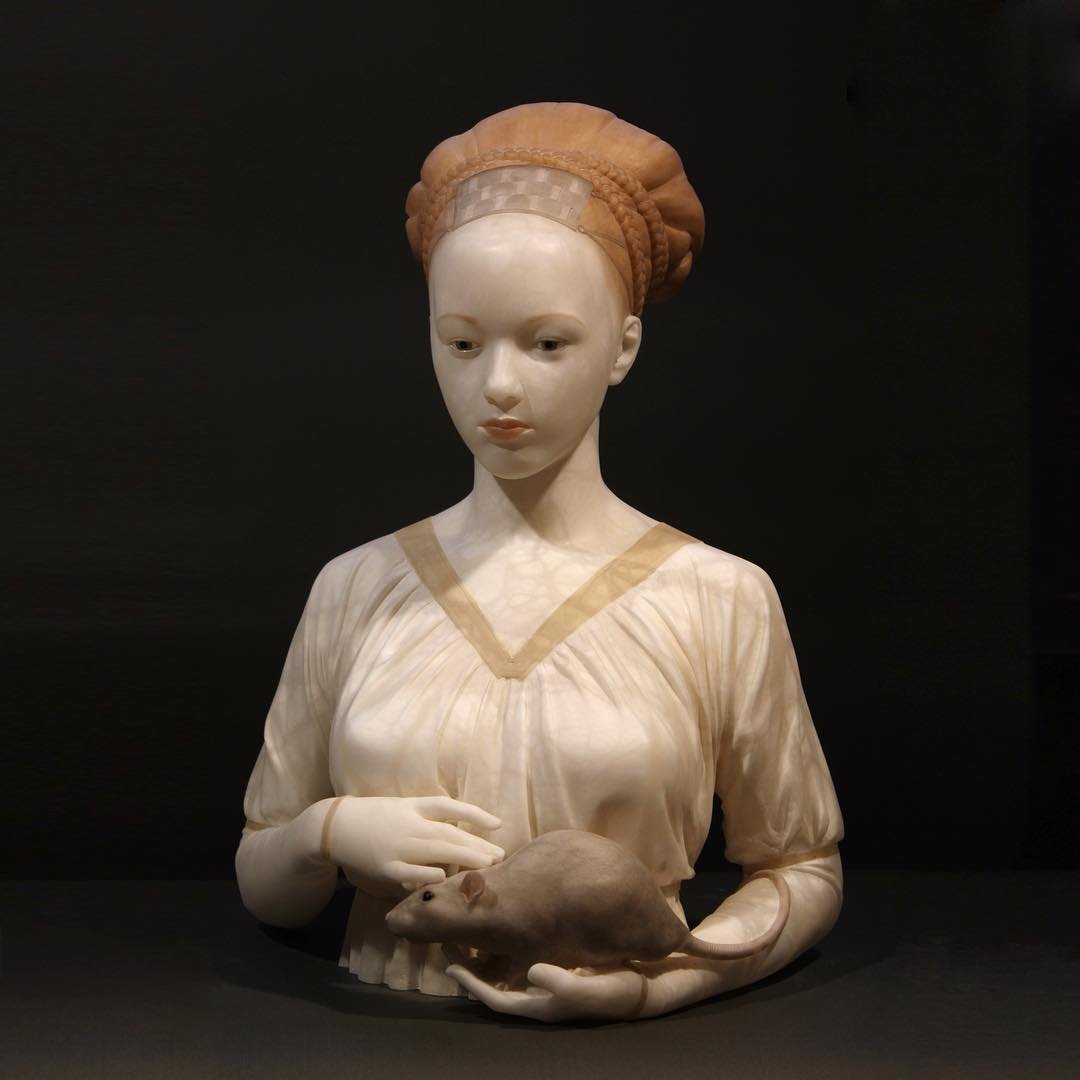
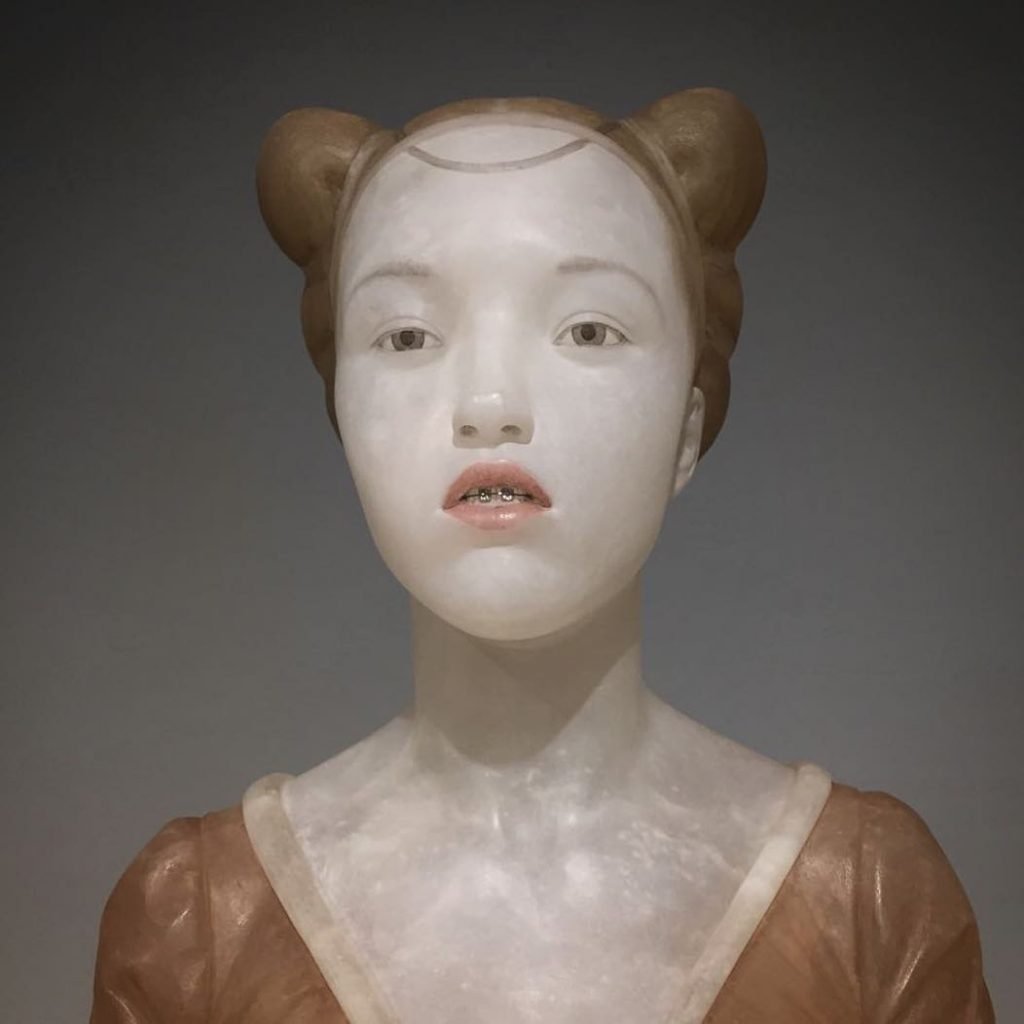
Most of your work is women’s sculptures. What interests you about femininity?
They are imaginary portraits. I used to make men, but I don’t know why I’ve been leaning towards female figures. I guess because men used to do them as antiheroes and with the woman he played to break the supposed image of virtue. They are portraits of the Renaissance and at that time beauty was closely associated with a number of virtues. They put an ermine, which is this white animal, in her hands, and it was an image of purity related to virginity. And then I put a rat in his hands and play at creating those tensions, or other pop items like braces on my teeth or chewing gum.
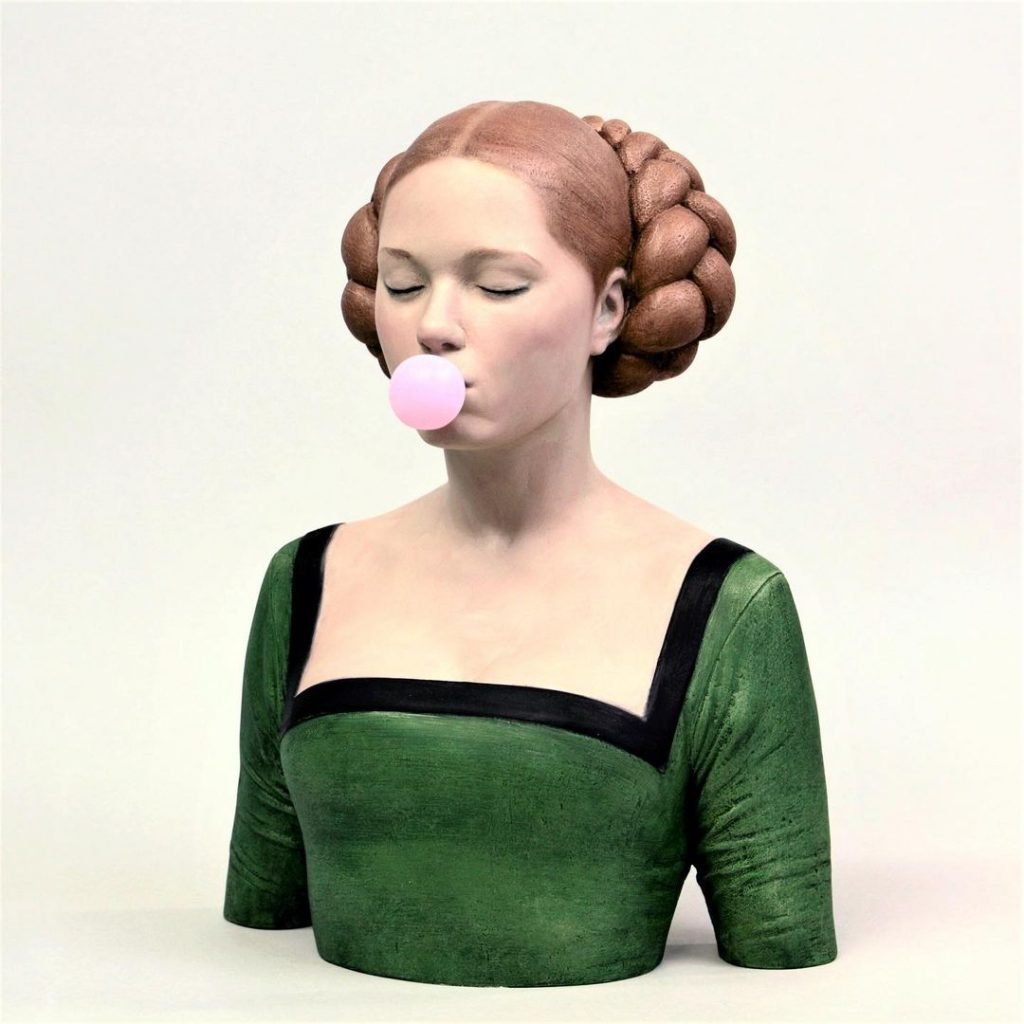

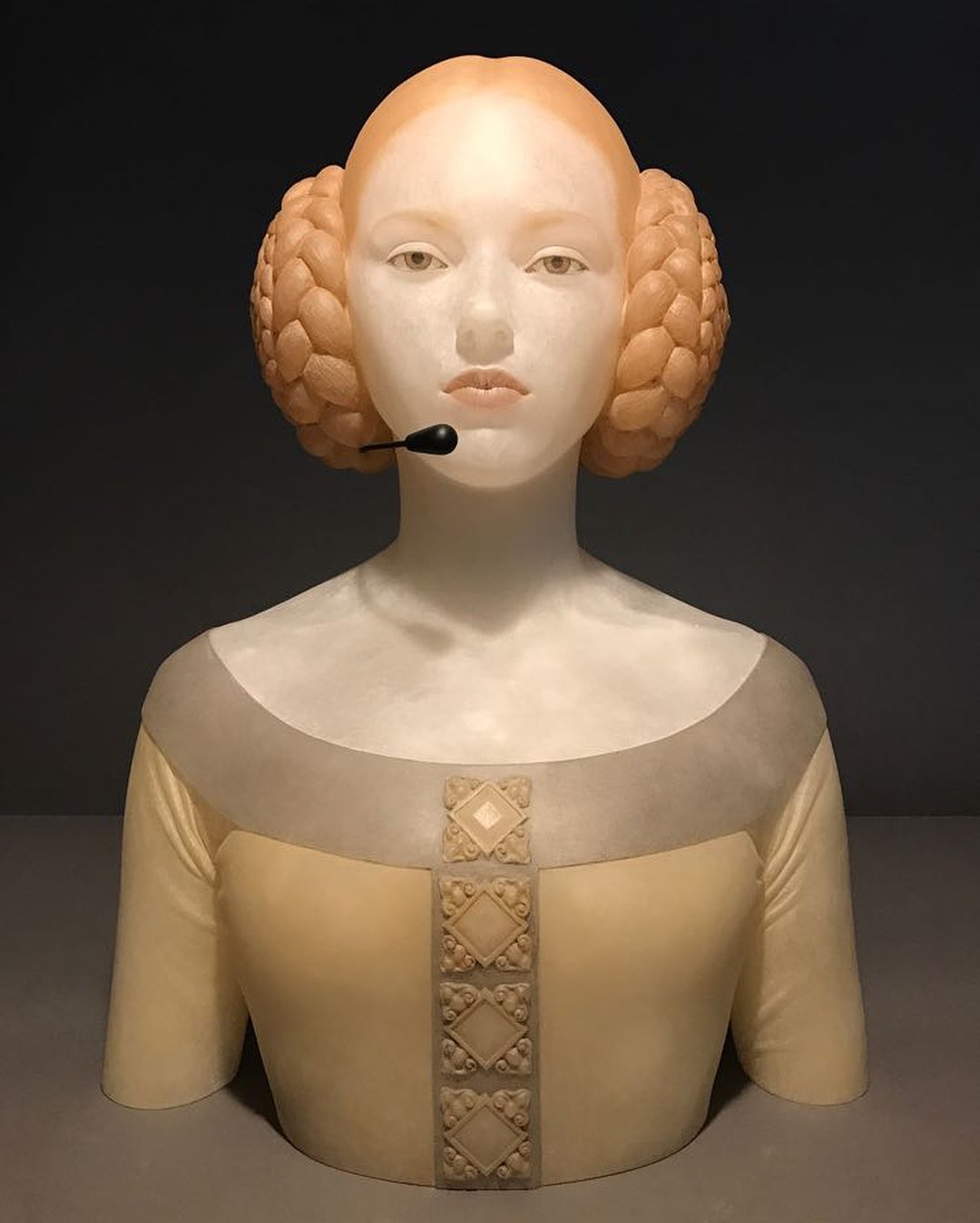
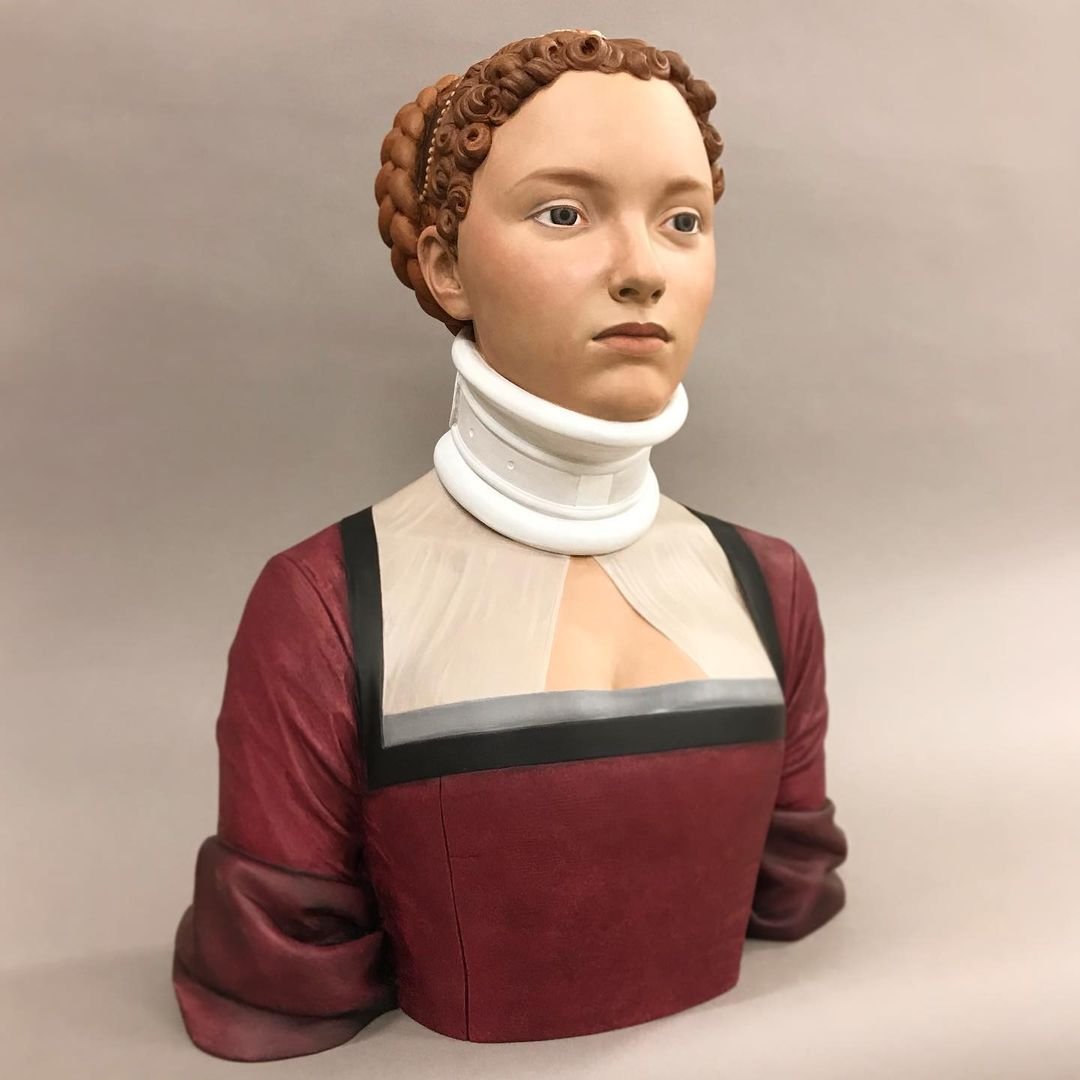
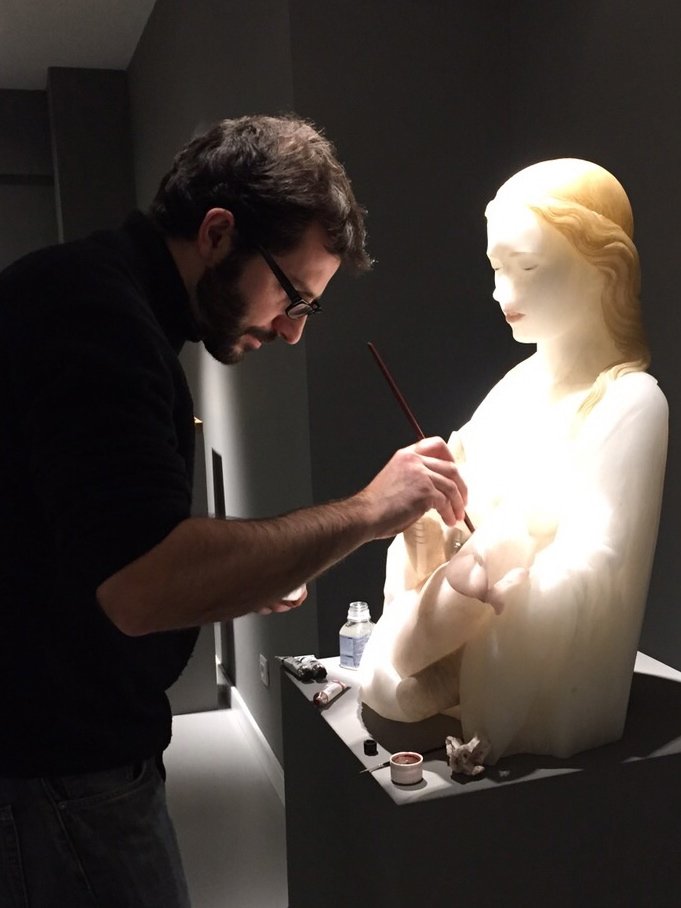
Where does this interest in the Renaissance come from?
Well it’s a mystery how it starts, they are personal fascinations. I have always been interested in the history of art and I devoted myself to restoration rather than sculpture and I came across that there was a lot of religious art, and not so much civil art, which is very interesting because people show you what it was like. Aristocrats, merchants, people who could afford to pay a portraitist. I’ve always liked it, especially at this time when they treat the portrait almost like a religious image and take on almost surreal hues. That precious way of painting, the watermarks. As if they were representing some divine image.
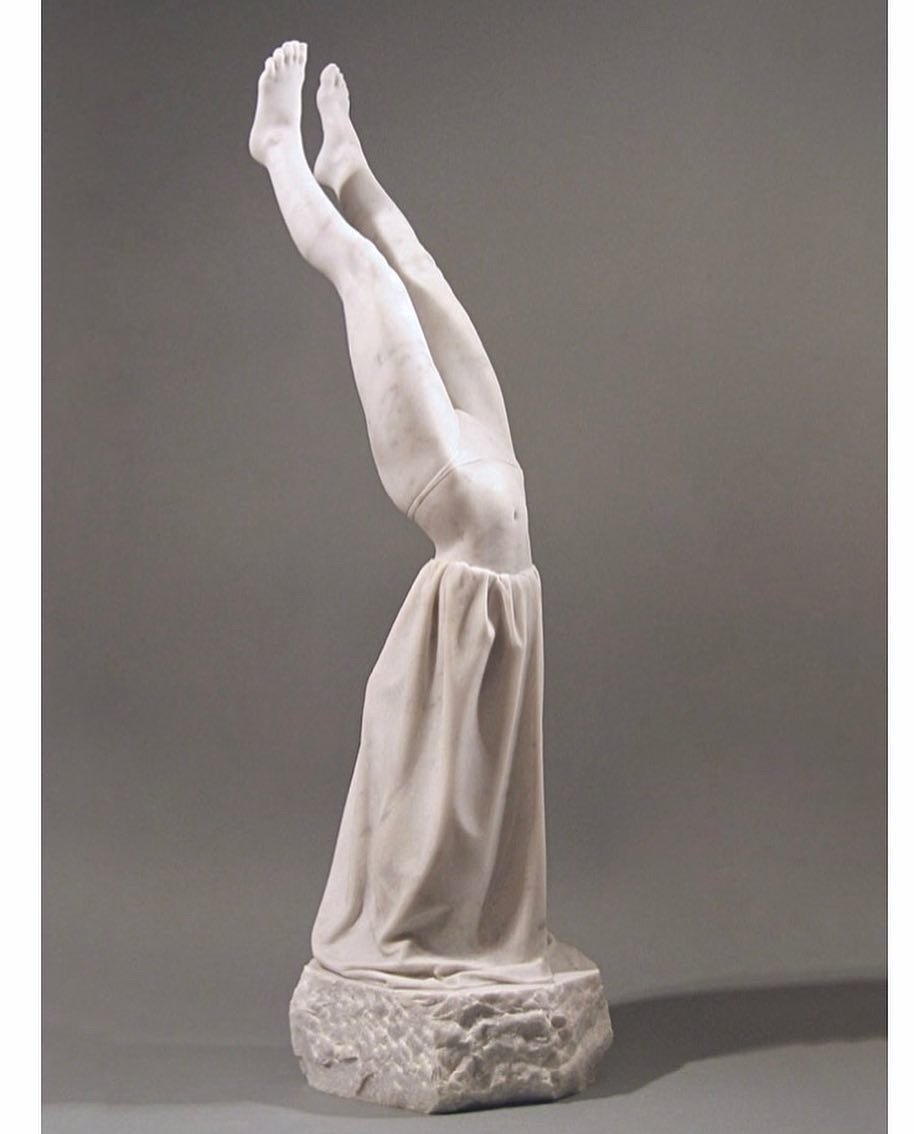
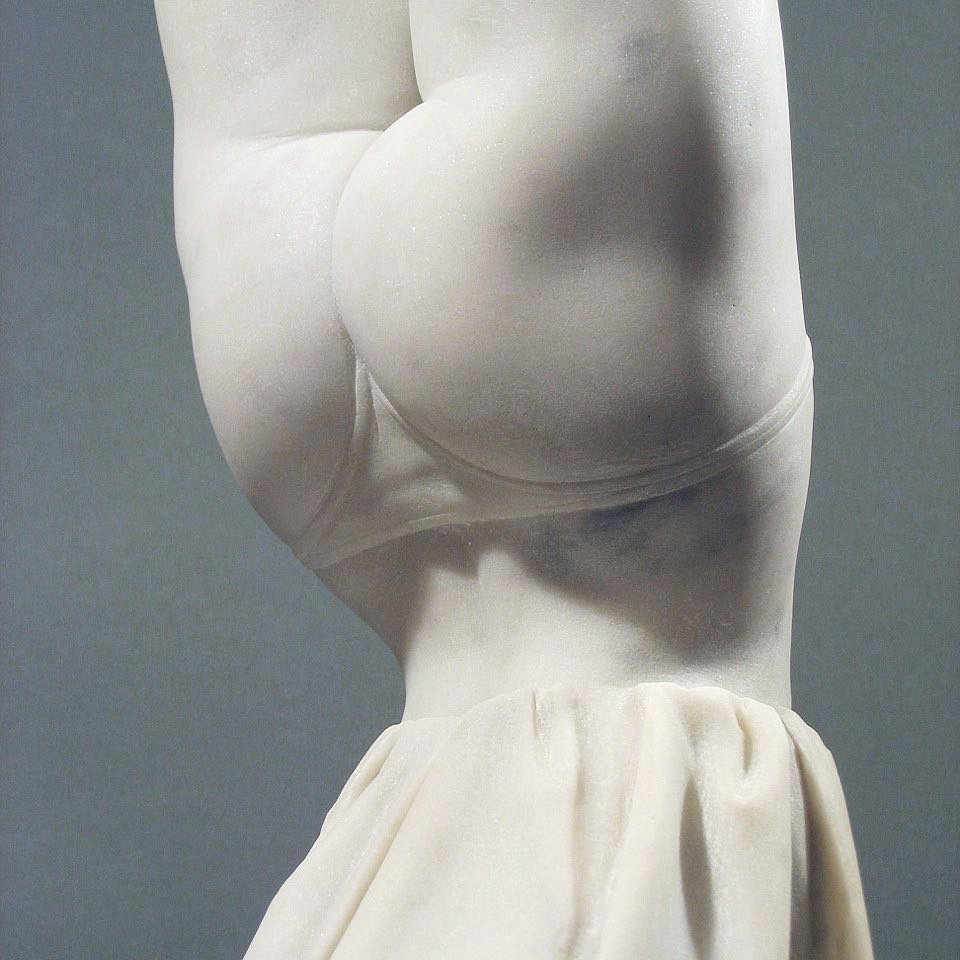
“I’ve always done things like that. I liked the craft of stone carving, those old trades that were practically non-existent”
And the contrast between Renaissance and pop elements …
I’ve always done things like that. I liked the craft of stone carving, those old trades that were practically non-existent. I grew up artistically in an environment where figuration looked old, caspous … And it was a bit to bring the opposite, you don’t want broth because here you have three cups, I’ll make it even older. I always had a tendency to look for beauty, but you always have the prejudice that this is too cheesy, too topical. Until I started working on these sculptures, making them, and loading them up. I’m not doing beauty lessons, but what if I photographed her braces, and if she stuck out her tongue … Then she made classic sculptures and put them upside down and dropped her peplum, that tunic and showed her panties … I used old techniques to do things closer to Dada, things that are part of my contemporary day to day … For me, mixing the two eras creates a shock. Apply so much time to something so mundane, as simple and seemingly vulgar as sticking a finger in your nose or inflating a bubble gum.
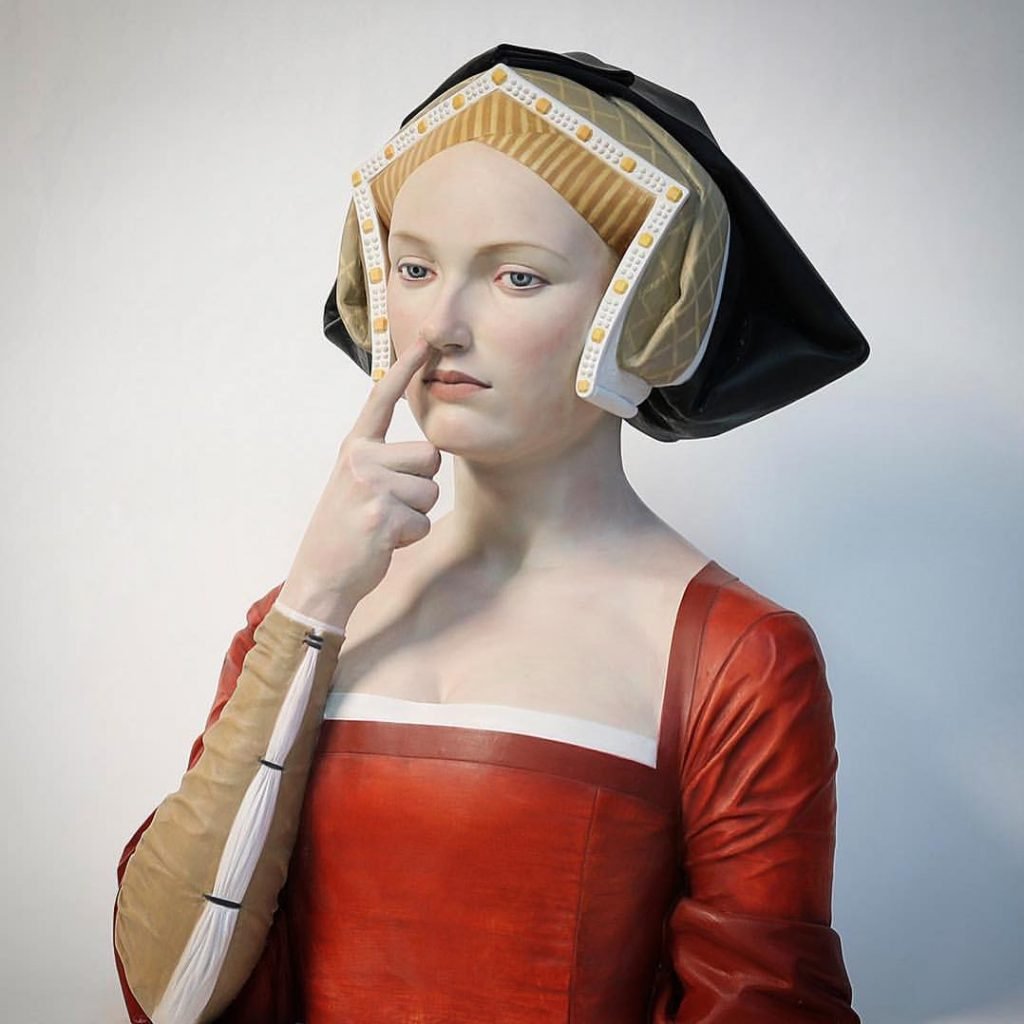
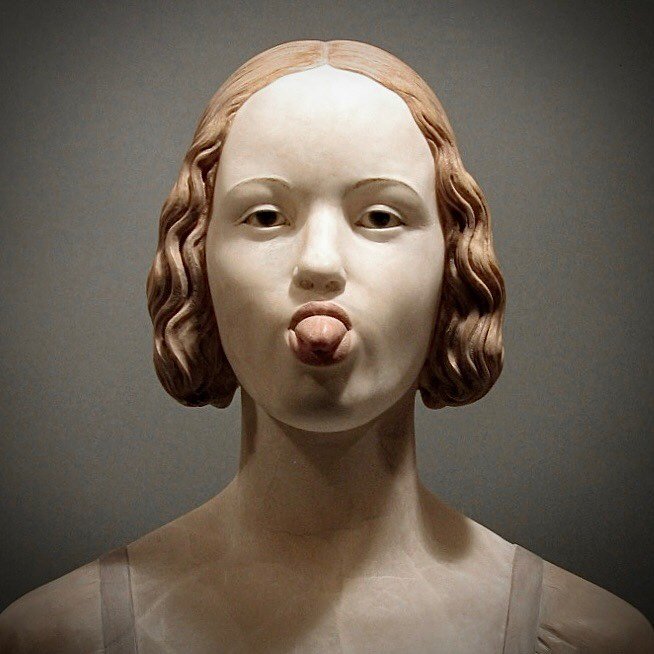
So this prejudice of doing such beautiful things led you to “boycott” your sculptures …
Yeah yeah. I don’t want to teach you what beauty is, on the contrary. Show the contradiction that exists in art itself and in our way of seeing things. It happens to us with the art of the past: we see it with the eyes of the present. You now see a medieval altarpiece and now it takes on surreal hues. We move our way of looking at stereotypes from the past and then change the meaning. A portrait that is sacralized in some way: you introduce a current element and look at it in a completely different way.
What is the influence of religion on your art?
It is undeniable that for many centuries art has evolved in parallel with religion.
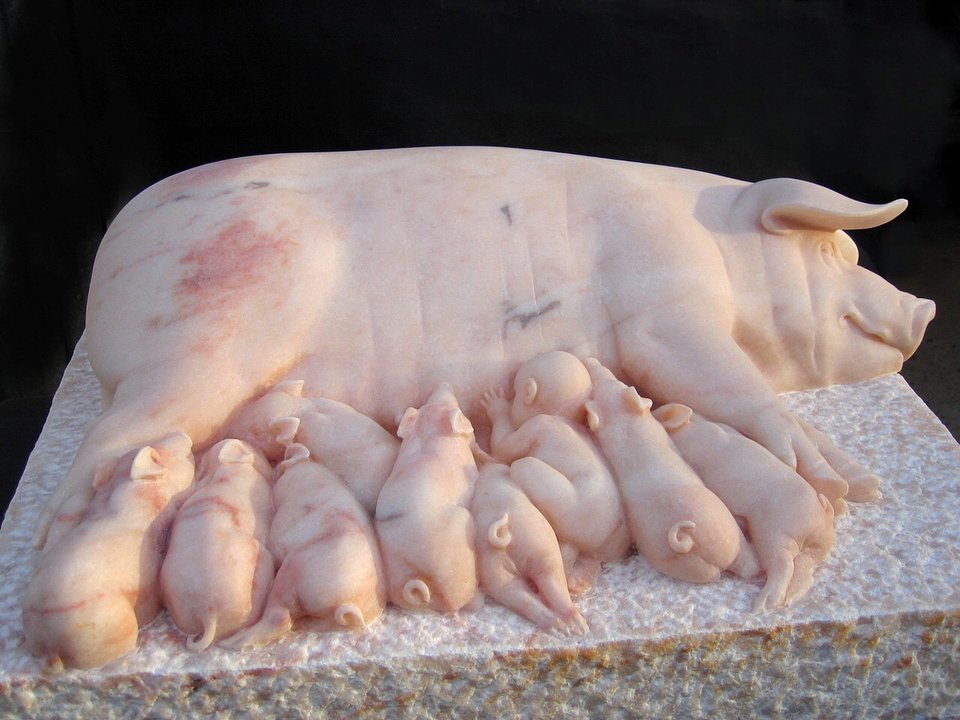
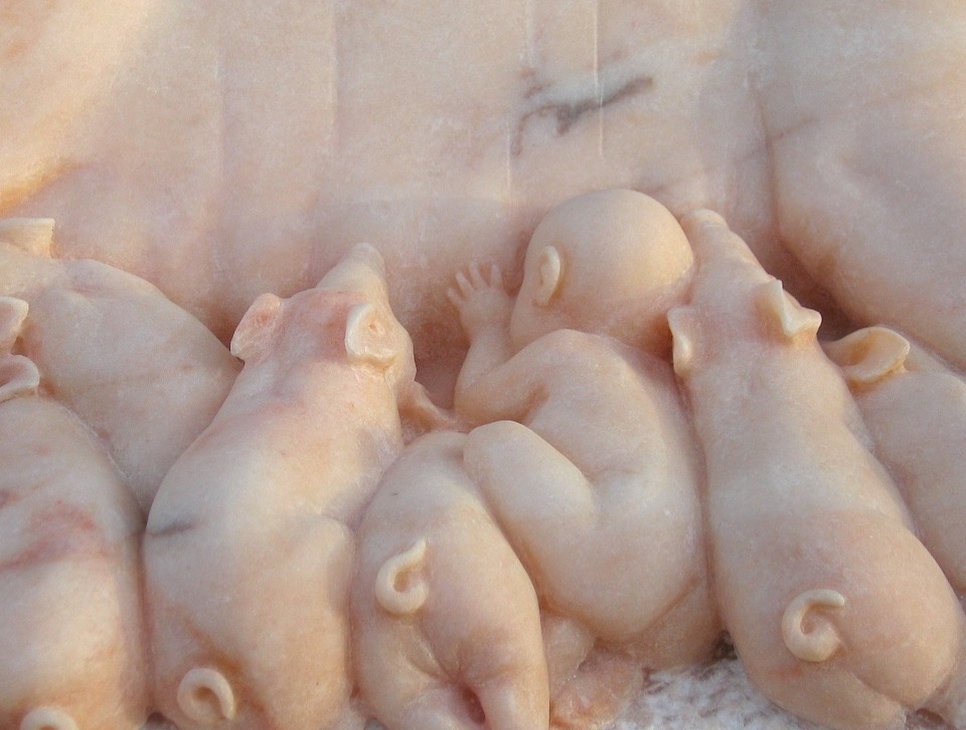
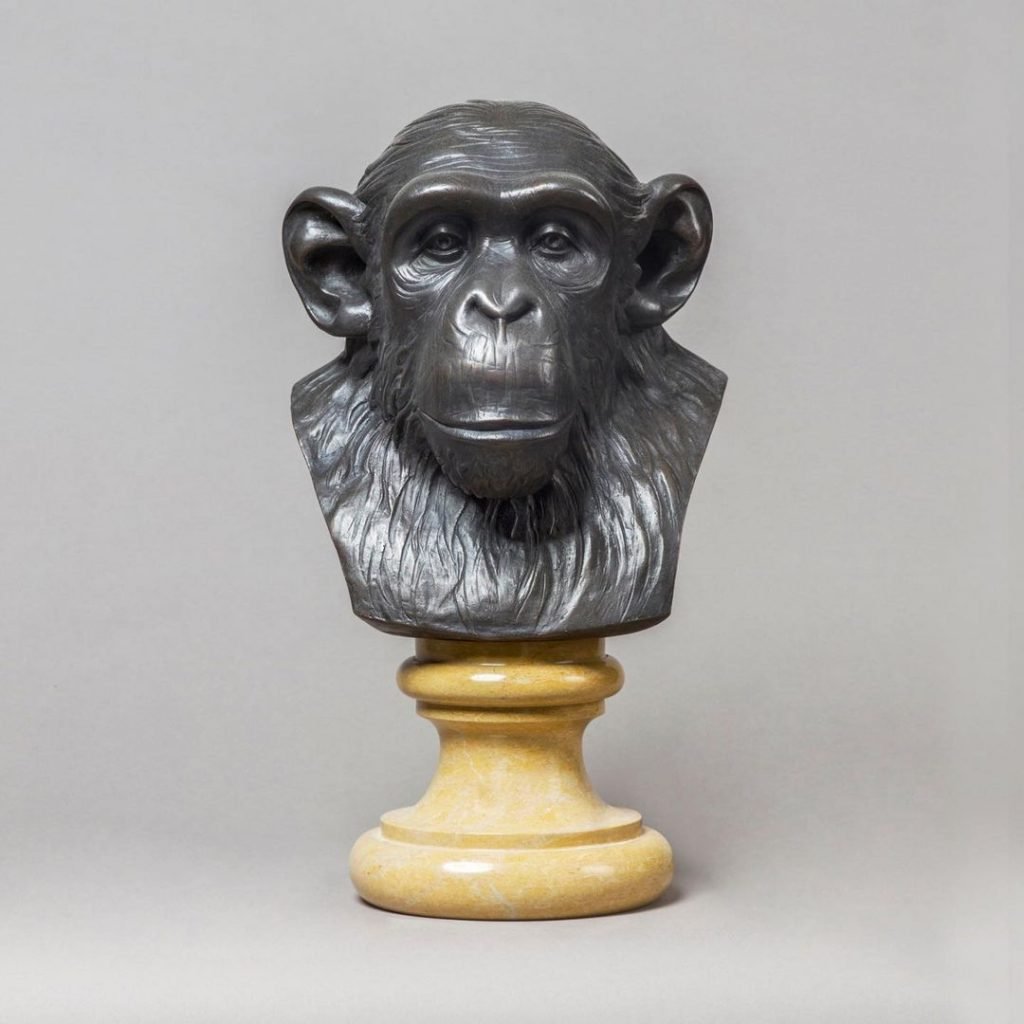
“In the end my way of working is classic, but my interests go the other way”
And the contrast between the animal and human worlds is also very much present in what you do.
There was a time when I read a lot about biology and I really enjoyed talking about our animality as humans. This so-called rationality that we have, but that we are basically the same. There was a time when she made a lot of mix of babies and pigs, like the big nanny who is a sow with everything from suckling piglets and there is a baby in between. I also made a chimpanzee, but posed as a neoclassical bust, a statue of a pig instead of an equestrian that was a child riding a pig. In the end my way of working is classic, but my interests go the other way, and hence the contrast between content and form that gives a more unreal look to it all.
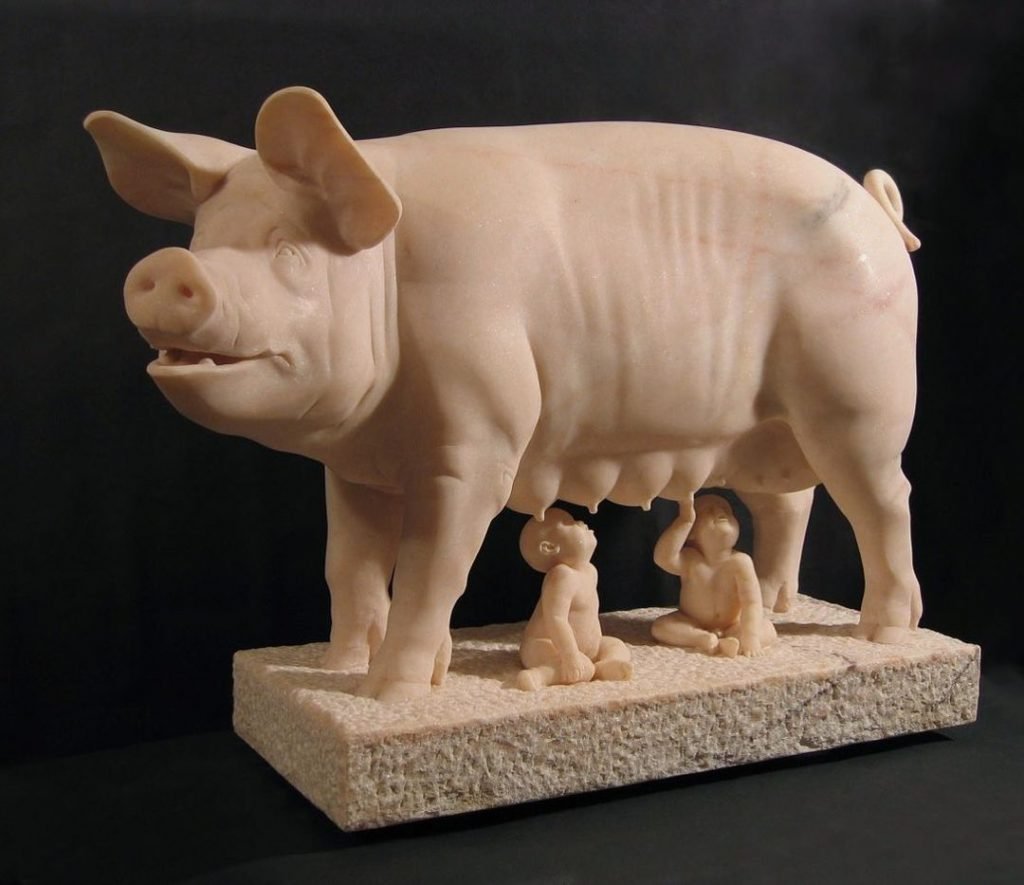
What I’ve also seen is that the animals you make are either domesticated or have a very close relationship with humans.
This is sought after. They are farm or house animals that have not been dignified too much. Pigs, sheep, chickens, rats … Animals that in the history of art have not been represented as noble animals. And I also tried to dignify the rats in the Egyptian style. They are animals that repel us or that in the popular imagination have been insulted, frowned upon. Animals that can annoy us put them on a pedestal. It’s going to see how far I can change the way you view that animal: we’re going to turn it into a deity. It is also brutal for a statue made by someone to be placed in a place and worshiped by people. It is not so much with painting as with two-dimensional images: people are charged with so much energy and this spirituality is overwhelmed. And then it’s doing this exercise with a dog, with a cat, with a rat. Turn them into an almost sacred image. It has always fascinated me how you are working with wood or stone and it becomes a sculpture with such a beast meaning.
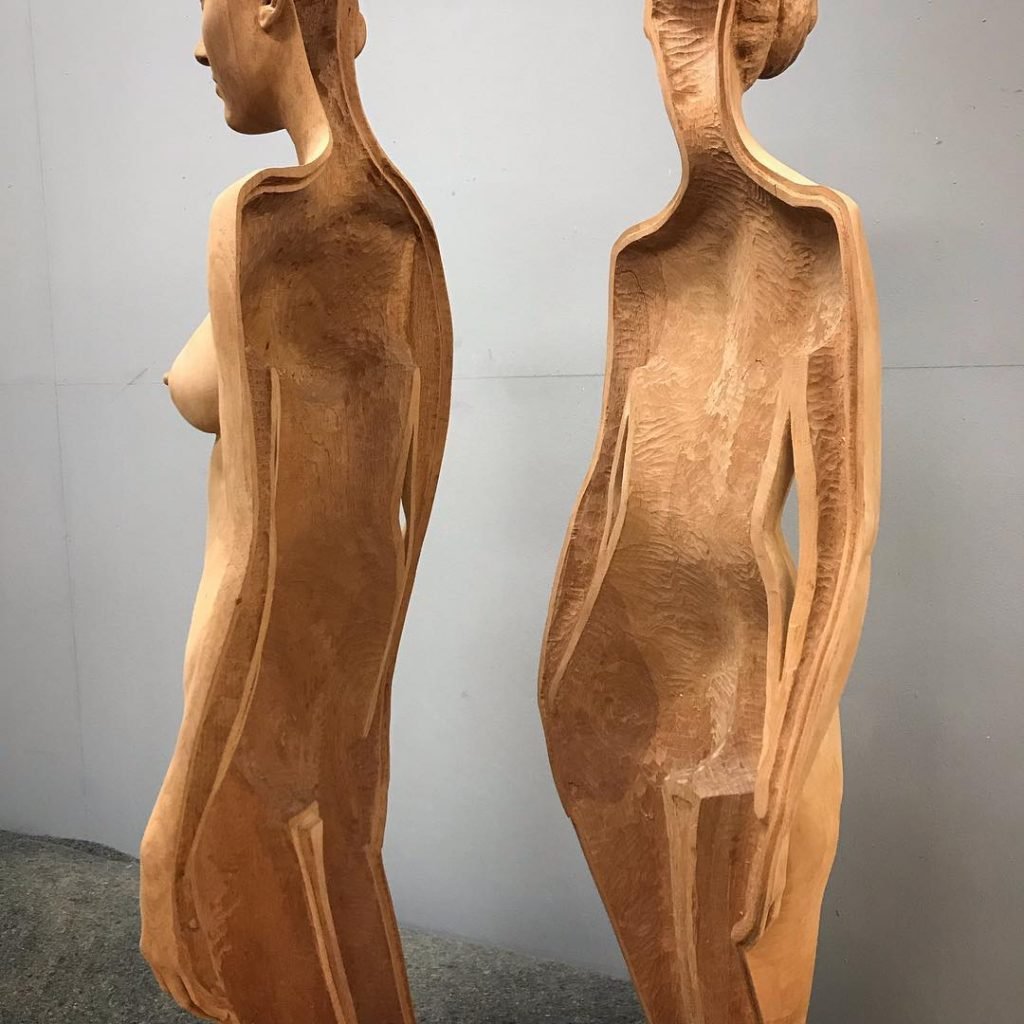
How is this creative process?
Well it’s funny because I work a lot for flashes. I have an image of what I want and I start modeling in clay and then you realize the thousand gaps you have and you are concretizing. Sometimes it’s a mystery in itself, but it’s about having the antenna properly placed.
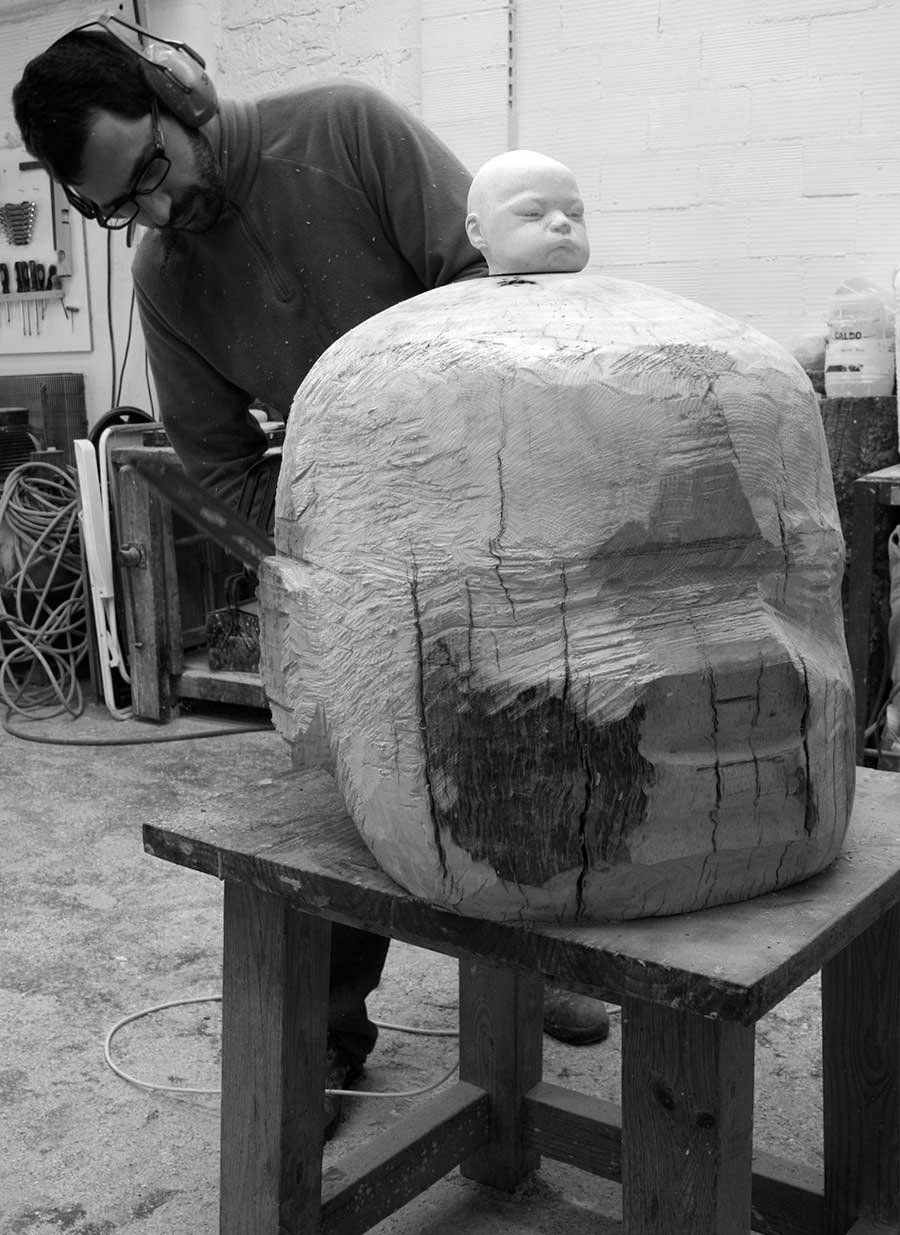
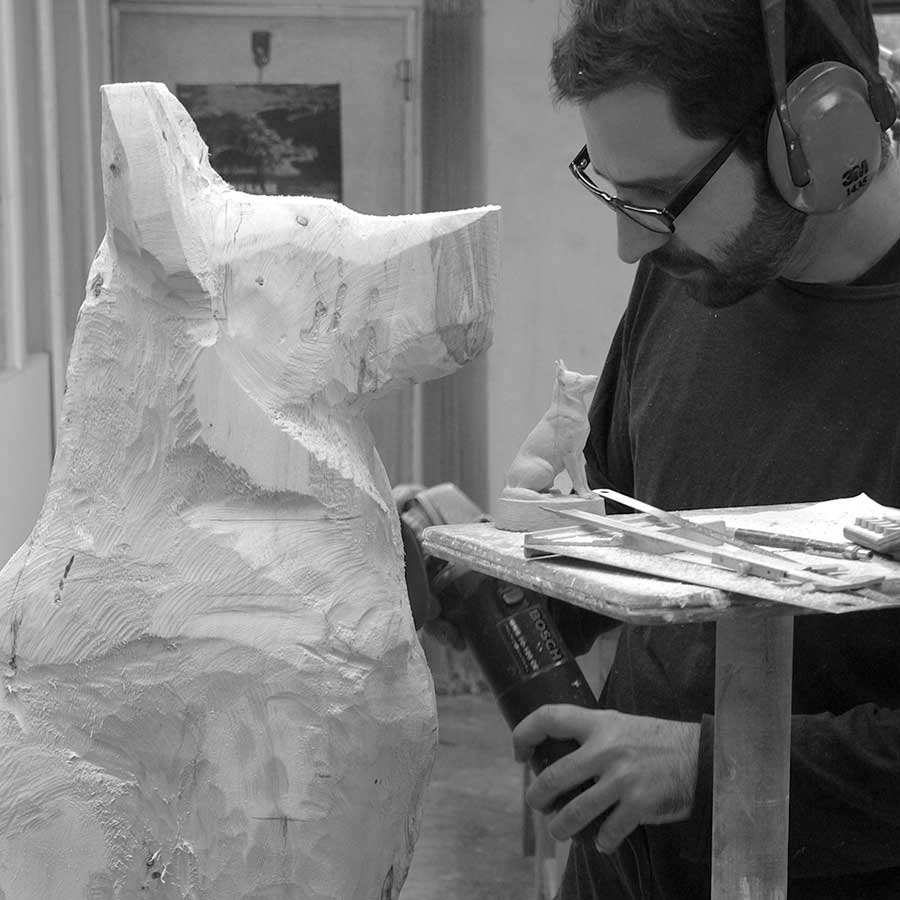
How long does it take to finish a piece?
My pieces are slow. It depends, but a month and a half for sure …
Is there a surprise component when working with natural materials?
Yes, it happens to me a lot. Depending on the trunk I find, for example, I model the piece. There are nice surprises, but also unpleasant ones and you can’t go back and you have to adapt. It has happened to me that sometimes I have had to leave because I was not going anywhere.
“I don’t do the pieces hoping to punch anyone in the stomach, but it looks like no matter what you do, there will always be people who find it super outrageous.”
What’s the most controversial piece you’ve ever done?
The girl who is breastfeeding a piglet. In fact, I was doing it for an exhibition and they told me to let it go because they had some clients that might bother them and I asked why and they told me I could remember a mother of God, who may look like very irreverent. And it was a gallery, a contemporary space where people should be cured of scares, but it seems not, that there are still people who can get scared.
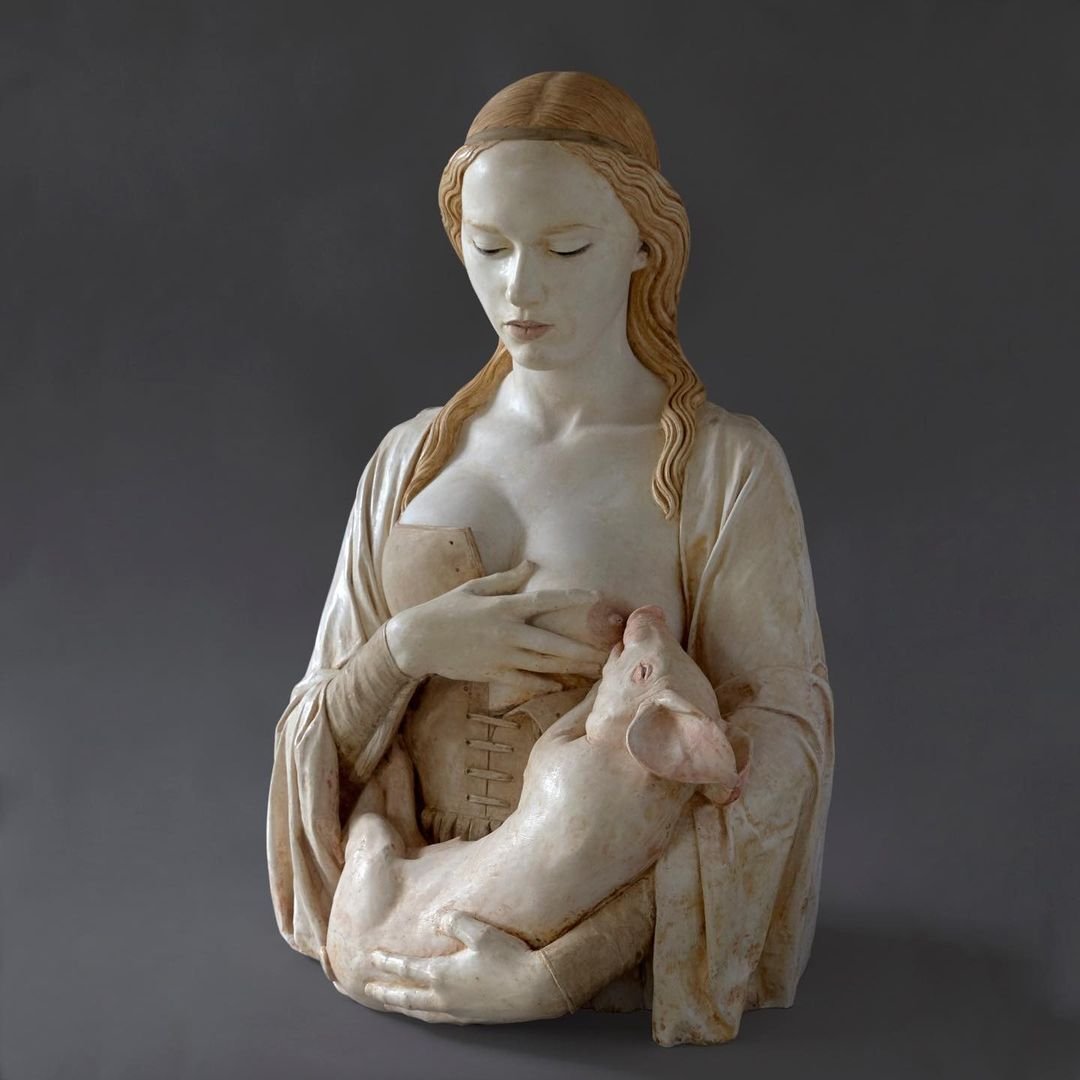
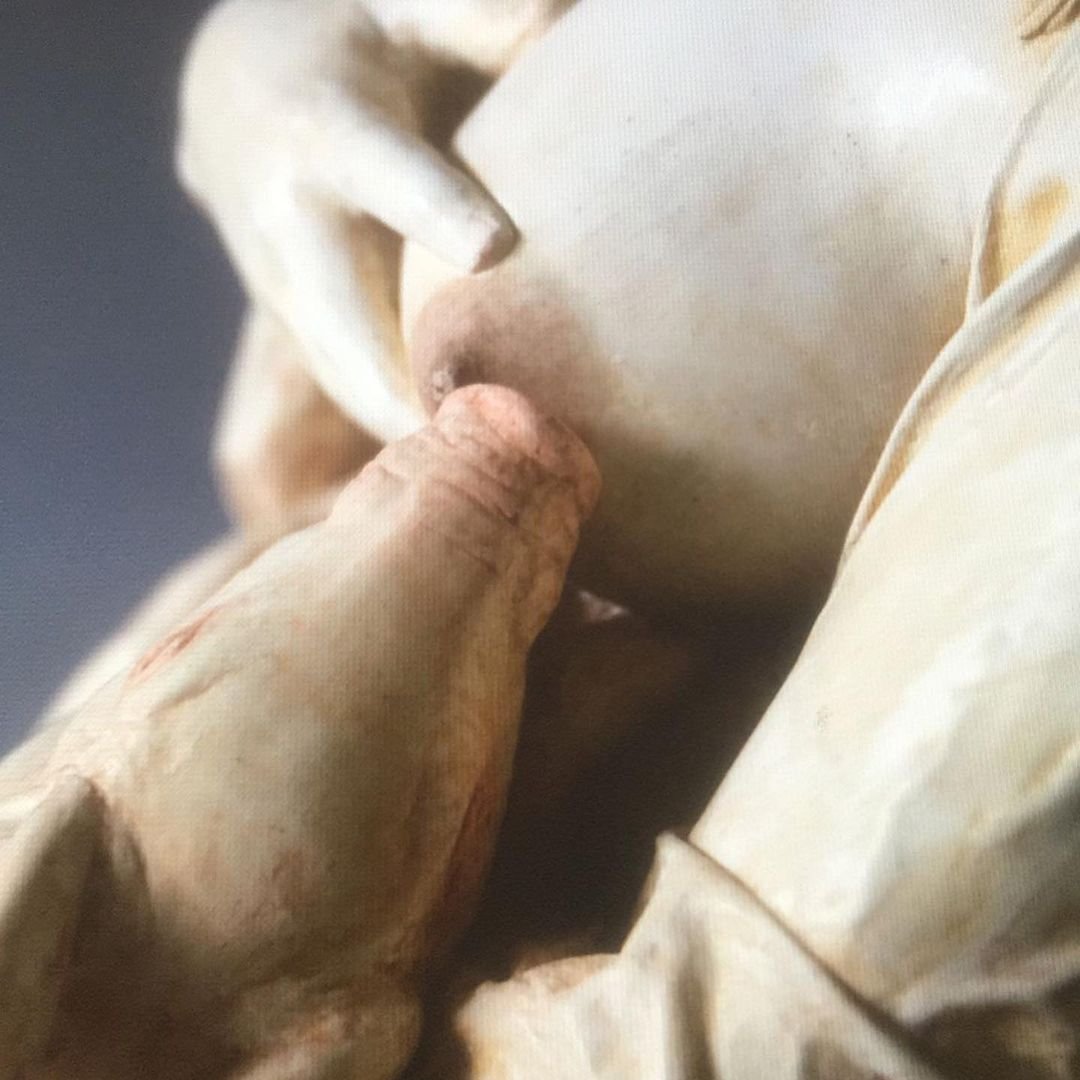
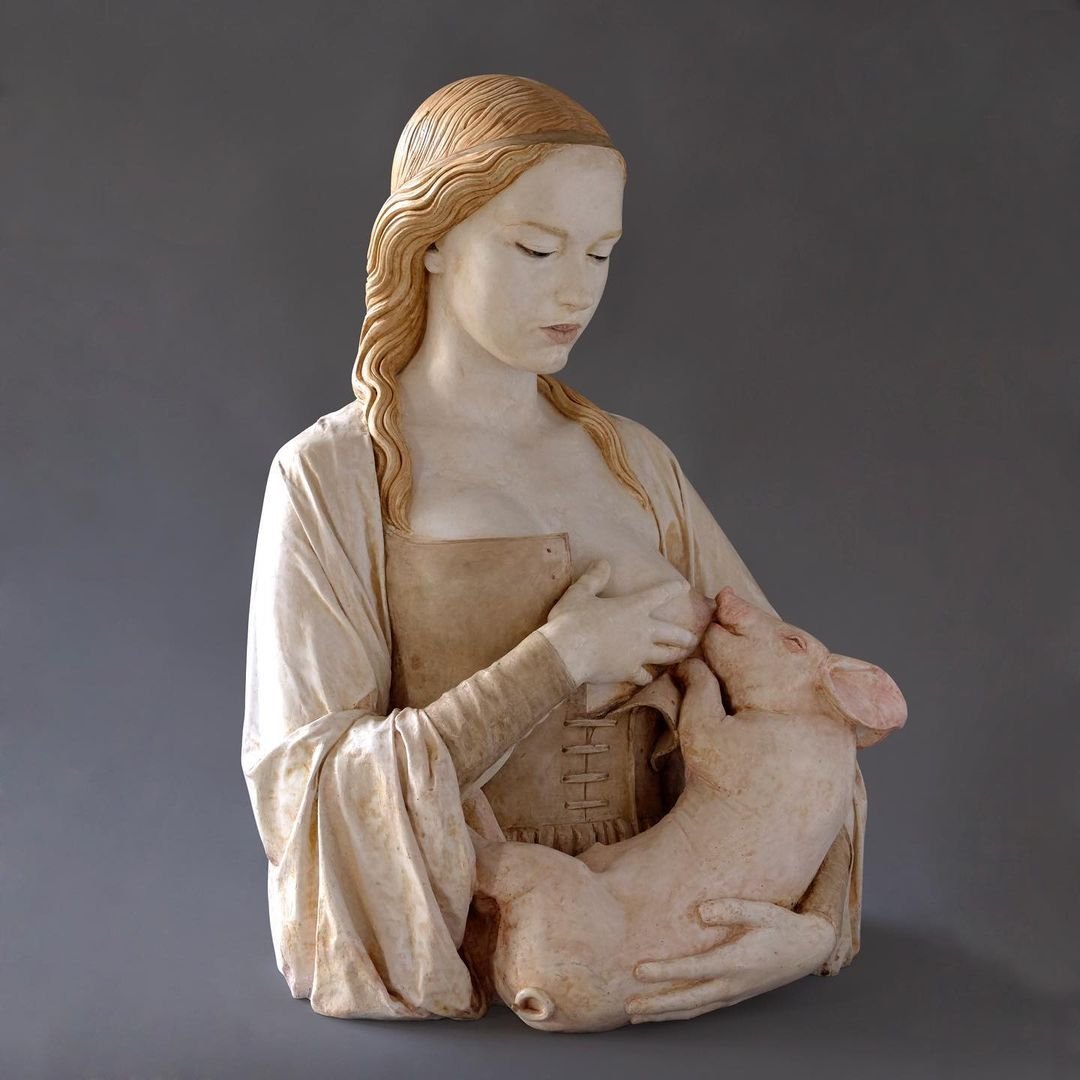
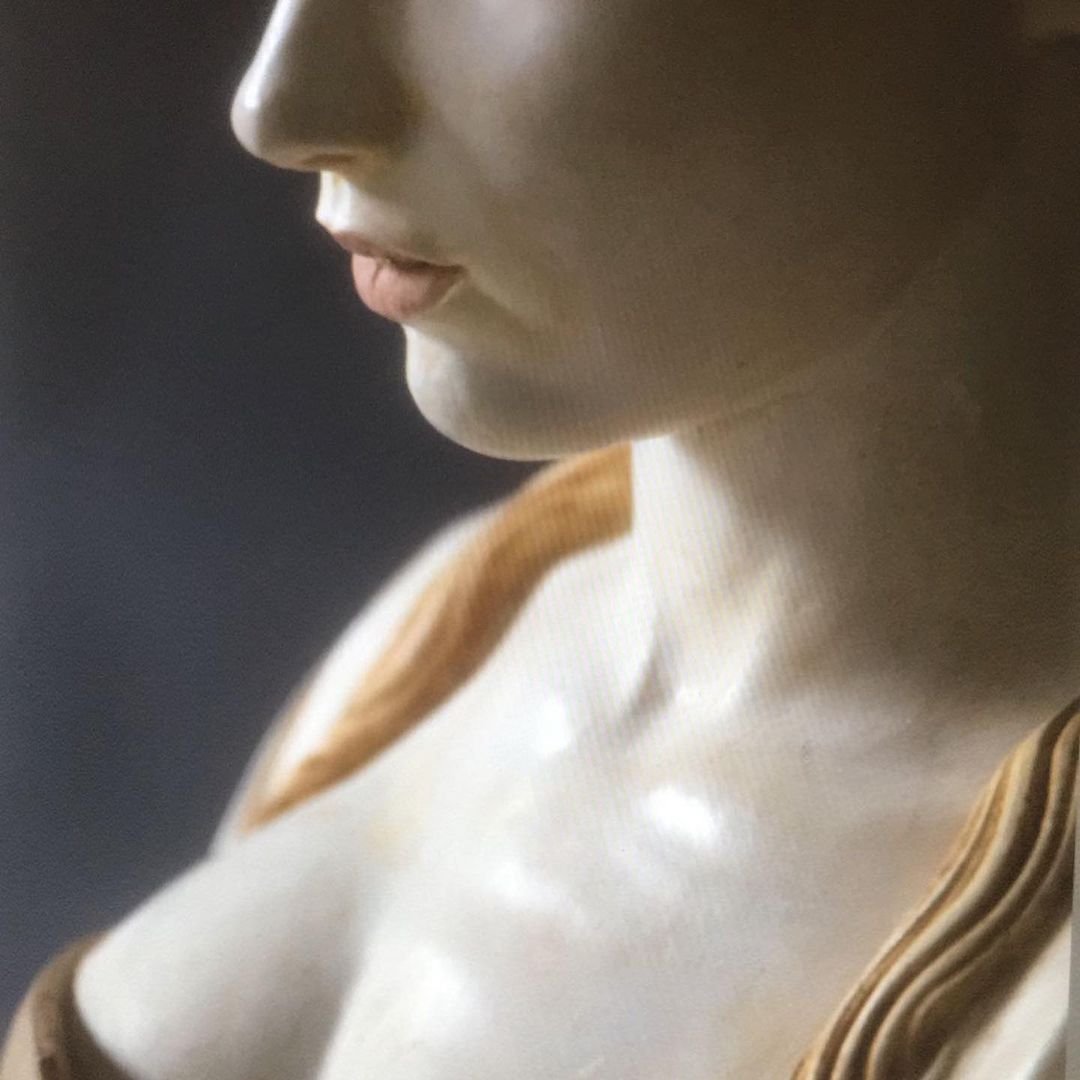
But do you self-censor?
No, what’s up! If he doesn’t go here he will go somewhere else. I don’t make the pieces hoping to punch anyone in the stomach, but it looks like no matter what you do there will always be someone out there who will find it super outrageous. And I thought that at this point everyone had seen everything, but it seems that no … I’m amused. There are people who tell me that what I do is more traditional and others who ask me if there is anyone who can have my works in their home. This combination of pigs and humans has made many people very disgusted.
So you have critiques of the contemporary and the most conventional …
If you can get people on both sides angry you’re fine, you’re in a good place. But in the same way I find collectors who like super-conceptual things who at the same time like what I do; and there are also those who collect antiques who like what I do. What I like is the clash of the classic technique I use with content, but that’s not new. Banksy already does. Grab art history icons and pop them up today and load them up.
What are your references?
Aesthetically, my references are far behind. Egyptian art, Gothic art, the portrait of the Renaissance, but also Giuseppe Penone, Louise Bourgeois, Antonio López. From Catalans: Perejaume with his visual poetry and the photographer Chema Madoz, the two heirs of Joan Brossa. And as a contemporary figurative sculptor, I love the work of people like Bruno Walpoth and Efraïm Rodríguez. I really like Dadaism too.
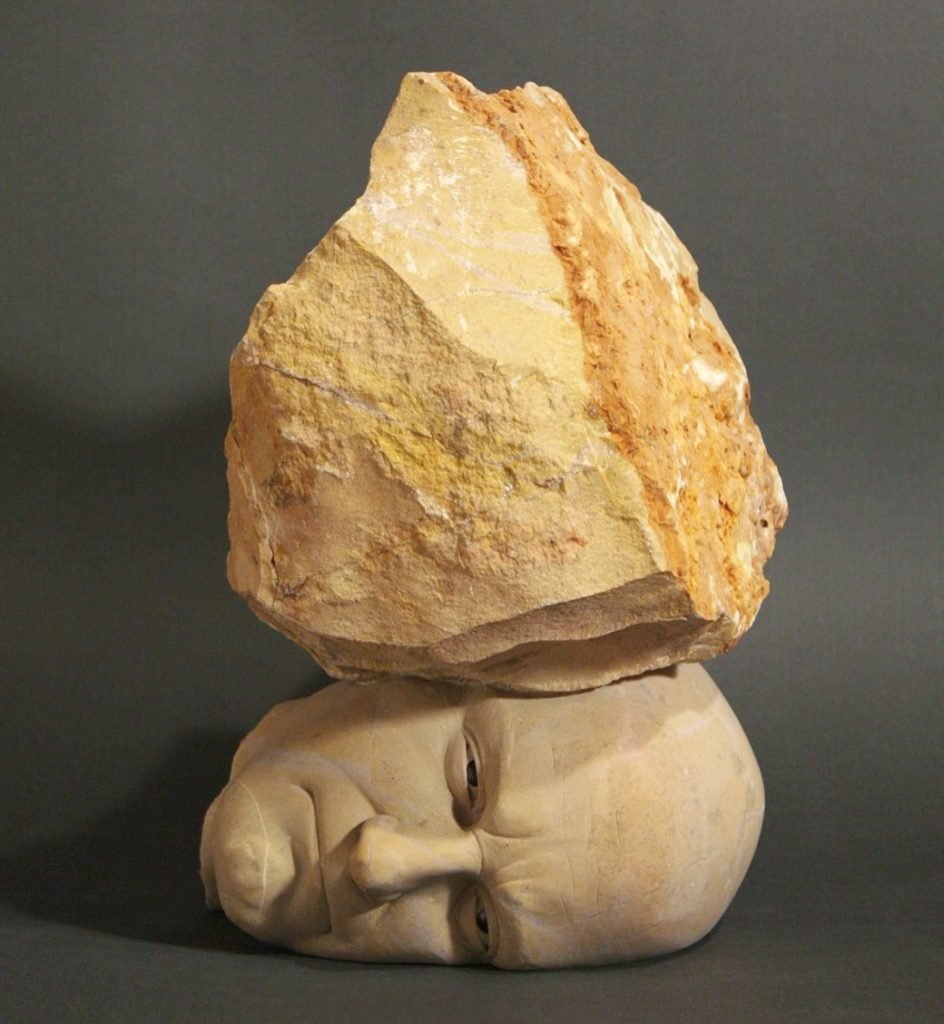
You mentioned before that there are people who wonder if there is anyone who can put your pieces at home … What is the most surreal place where you know they have put a sculpture of yours?
Surreal I don’t know, but some time ago I made a kid who was embedded inside a giant tits. She was a little inspired by the giant breast of that Woody Allen movie, and in the end a gynecologist who assisted in assisted reproduction put her in the waiting room. I also made the lady of the brackets that is in the waiting room of a dentist.
These people have a great sense of humor …
Good luck. Sometimes I made a kind of piece because I saw that there is an art so supposedly deep, especially from the abstraction of the second half of the twentieth century, where everything was very dark. These gestural artists with a gesture entered into a kind of knowledge of something very deep.
But your art is not simple either …
I hope. The way I treat the forms … I do it with all the intensity so that it has a clash of ideas. It’s not a joke, it’s not a joke. And I often dispense with trying to surprise the viewer with any kind of contradiction. Sometimes I just work on that face, that animal in the best way I know how, and I hope this is noticed in some way. My art is also a way to laugh at the supposed canons of beauty that everyone has to abide by.
“My art is also a way to laugh at the supposed canons of beauty that everyone has to abide by”
Yes, but nowadays with social media a lot of importance is given to appearance …
Yeah Al that sounds pretty crap to me, Looks like BT aint for me either. I also realize that the one I make for a girl with a neckline has a lot more likes than if I make an animal. The funny thing about social media is that people work the same way when they look at a sculpture as when they look at a person.
And finally, you can tell me a book, a movie, a series and a record.
I recommended Harari’s book “Sapiens” to everyone I could. Of music, I recently discovered a band called Resavoir and they only have one fully instrumental record. From the movie I’d Say “Monty Python’s Life of Brian”. And tv series, “Fleabag”, because it has a very good English humor. You’re breaking the box continuously and at the same time you think my mother is shaking.
INTERVIEW: MARTA LUQUE
FEBRUARY 2022
MAUS®
VIEW MORE VIEW MORE VIEW MORE VIEW MORE VIEW MORE VIEW MORE VIEW MORE VIEW MORE VIEW MORE VIEW MORE VIEW MORE VIEW MORE VIEW MORE VIEW MORE VIEW MORE VIEW MORE VIEW MORE VIEW MORE VIEW MORE VIEW MORE VIEW MORE

TOTXRES (Barcelona, 2019) is the result of the creative crush between Pablo Fernández (Montgat, 1999) and Marc Escudero (Caldes de Montbui, 1995). Apparently, their projects are illustration and graphic design, but if you ask them to define themselves, they resort to their motto “Just kids”. Two children having a good time but with a more adult ambition: to be able to live from this.
TOTXRES
2021 / 06 / 15
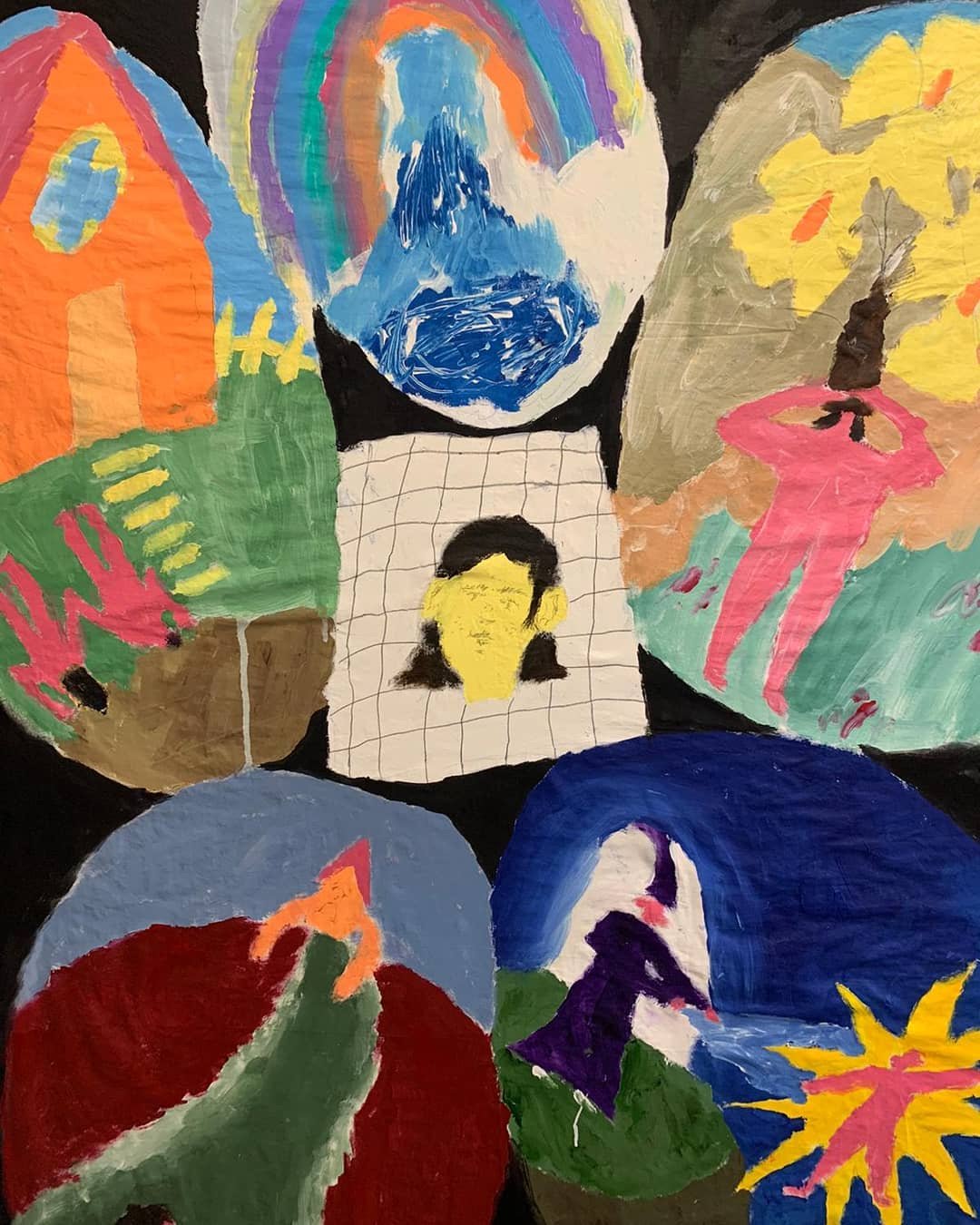
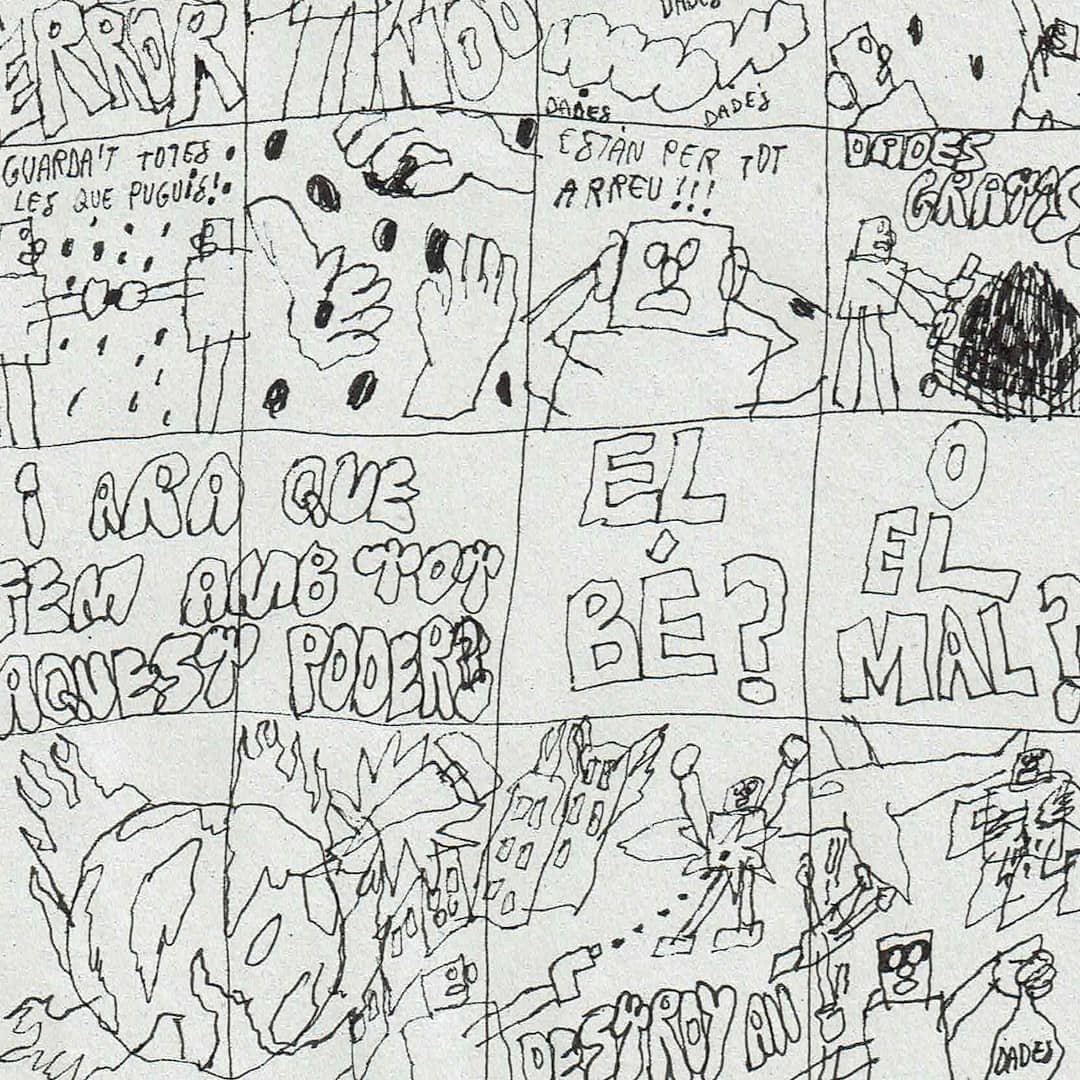
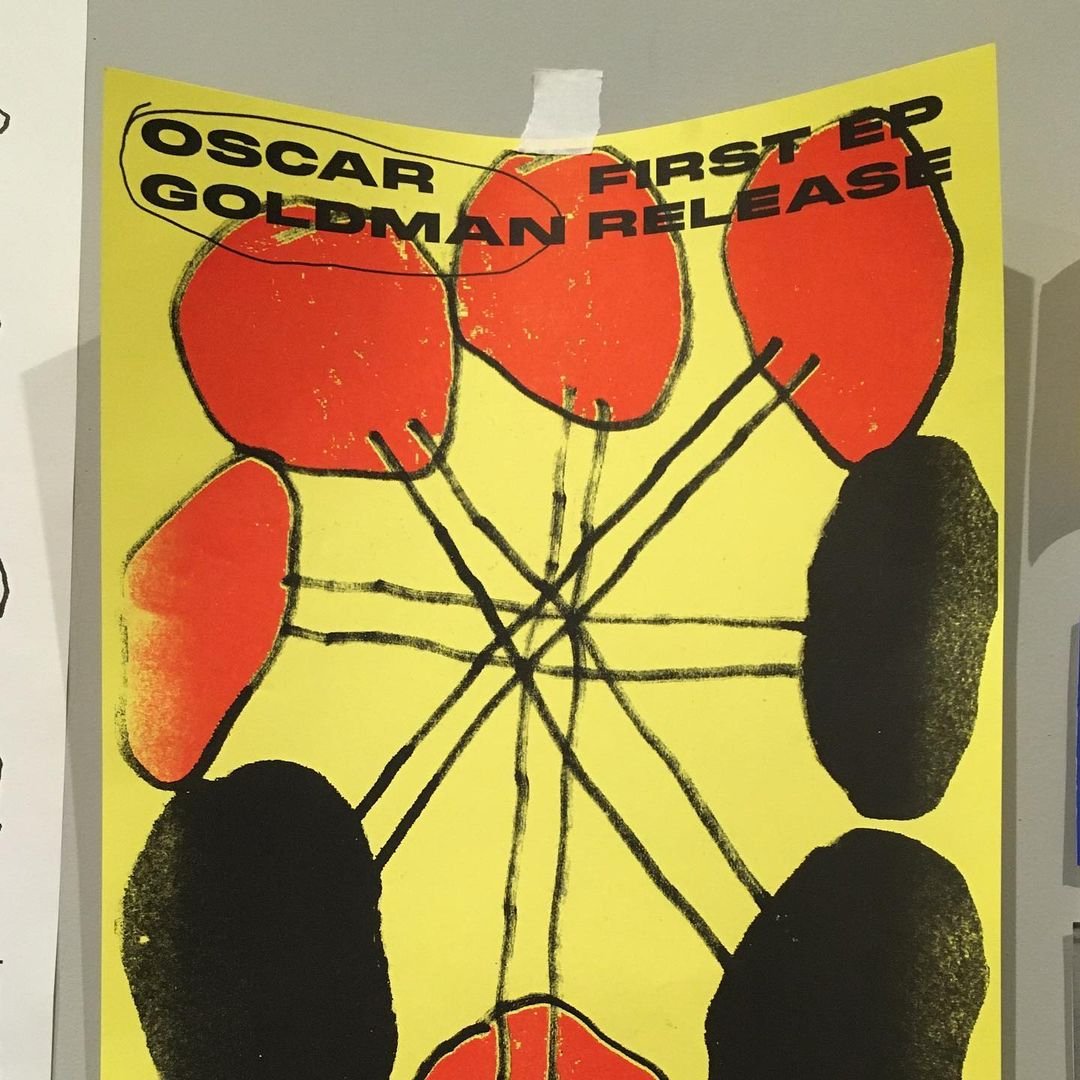
“TOTXRES [everything for nothing] could be the motto of people our age, people doing things that go nowhere”
You always use irony and humor in your pieces. Hence the name TOTXRES [Everything for nothing]?
Marc: The origin of the name is quite a joke.
Pablo: In fact, the story of how the name came about is not very splendid. The day we decided on the name we were at my house and we were looking for names that we liked and in the end we said: “we have spent most of our lives doing things that don’t go anywhere, creating things that stay between us and our colleagues. Everything for nothing” (“Tot per res”). It could be the motto of people our age, people doing things that go nowhere.
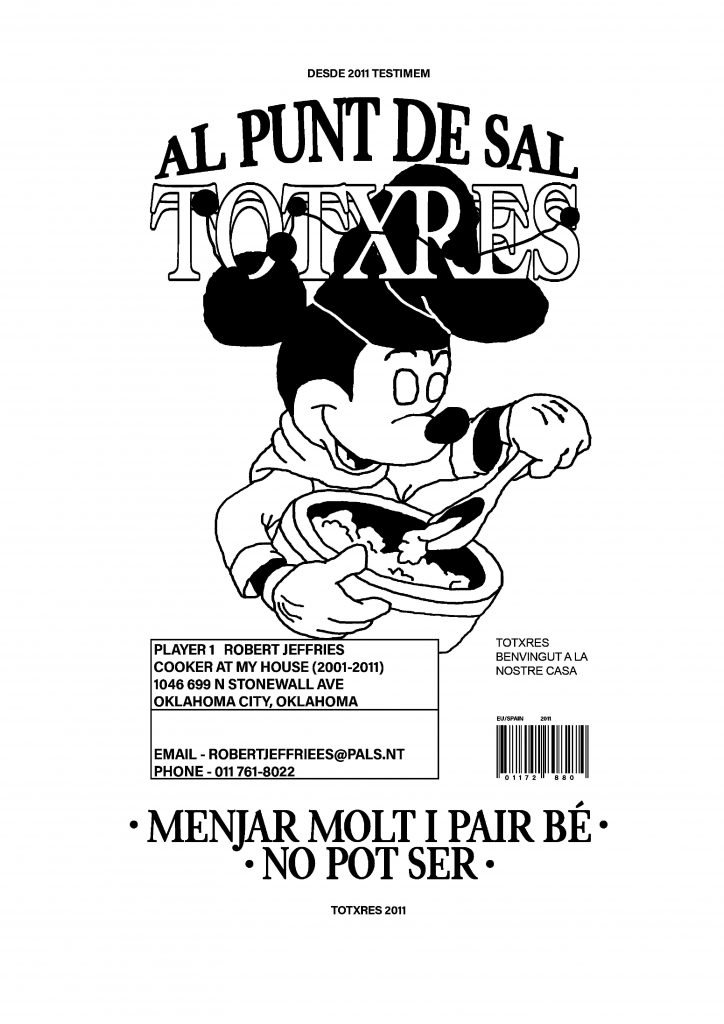

And what things do you do in TOTXRES that don’t get you anywhere?
Marc: We currently do many illustration and graphic design projects.
Pablo: I think the definition of our “Insta” which is two words explains it very well: “Just kids”. In the end we are two children trying to have fun, but with the ambition of people much older than our age. We are playing, but at the same time we are camouflaging our desire to live from this.
Like the video you have on Instagram, in which you appear with your face covered saying things like: “We don’t want to bother anyone, we’re just kids playing in the park… we’re looking for a flat and a stable job…” To end by saying: “call us”. Hence the “Just kids”.
Pablo: Exactly. We want to be children but we want to make a living too.
Playing also involves trying new things to see what happens, and seeing what you do, you can see that you are constantly experimenting…
Marc: I don’t have anything concrete to do either. Between music references and what we have, we’re getting by… Sometimes we make a video, other times we make posters… We’re playing a bit of everything.
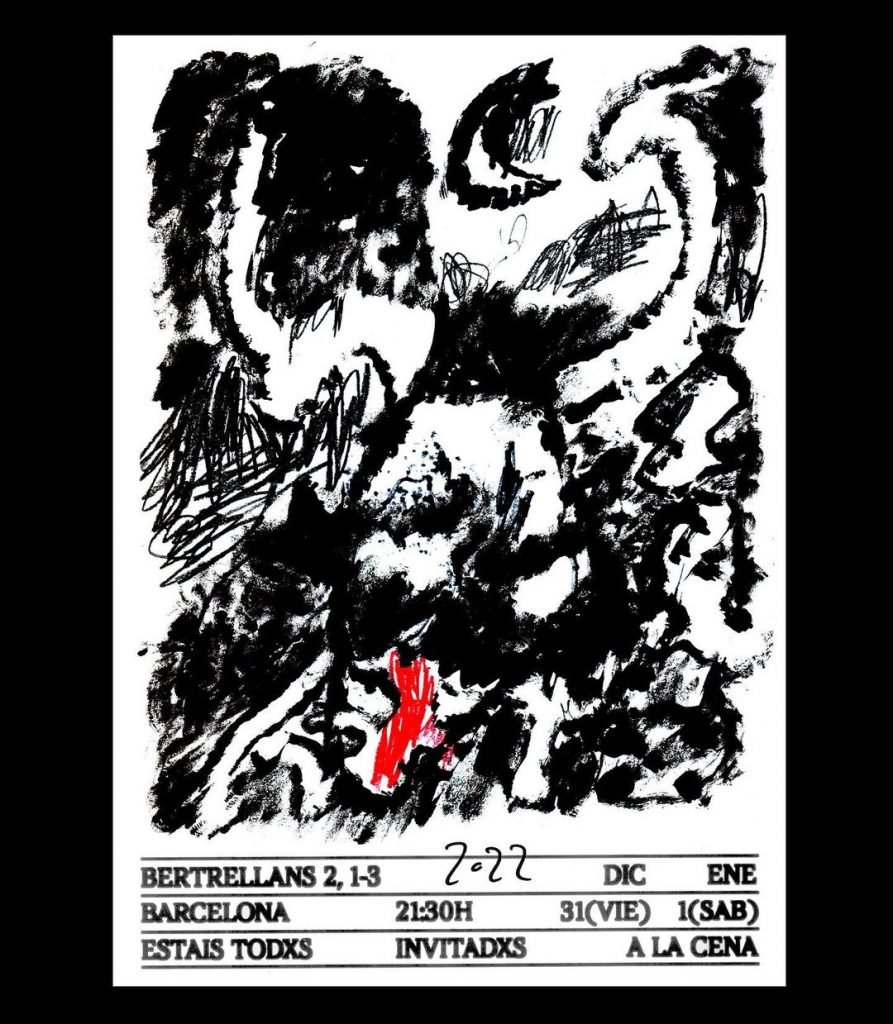
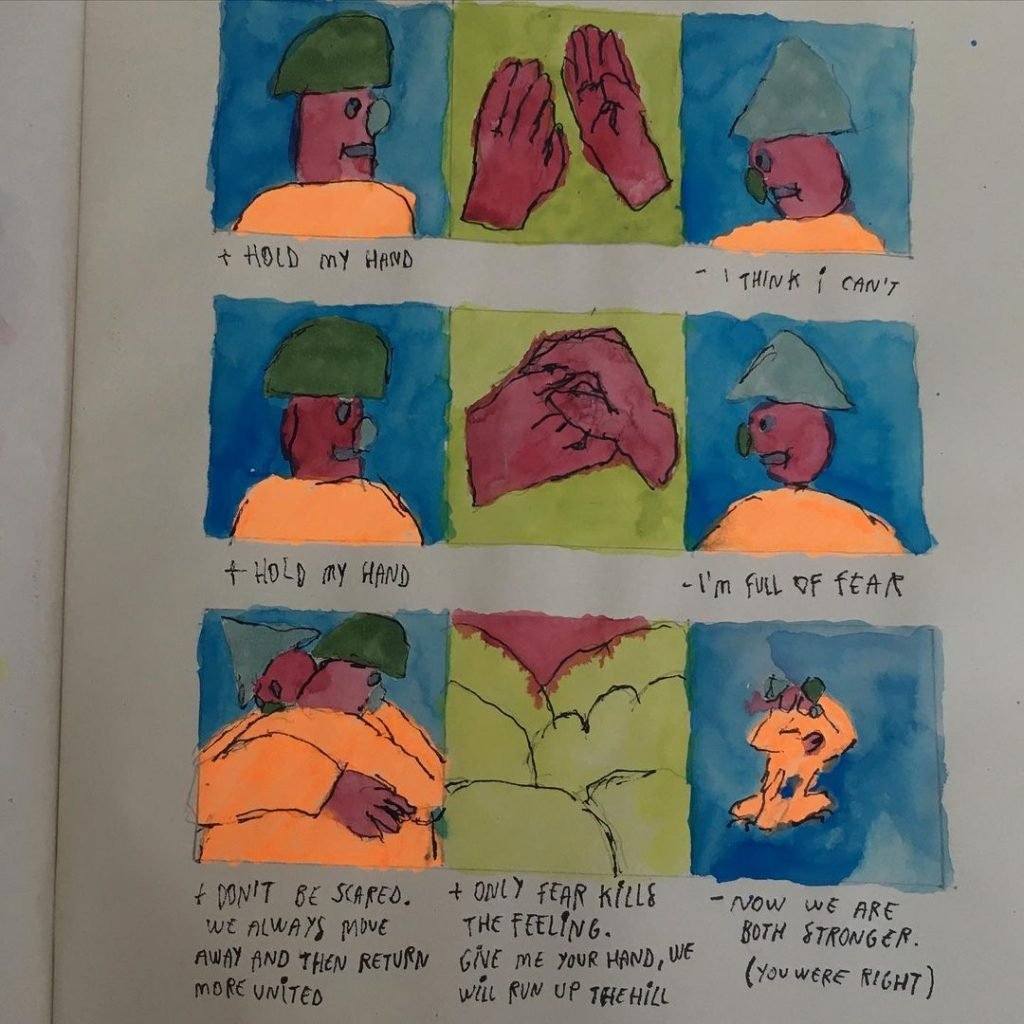

“The goal is very clear, but life puts us in many traps and then we end up doing everything”
Do you never get bored?
Marc: No… we don’t have a goal to reach, we play different instruments.
Pablo: Yes, it’s an orchestra. That’s why the latest T-shirt “Tot x res orquestra” (“Everything x nothing orchestra”). In the end, ours is like being in a fucking orchestra. One week we are doing a drawing, another a painting, another a music theme. Perhaps, in the end, the objective is clear but we get dizzy, we are a bit scattered. We have a clear objective, which is to make a living from this, but along the way we come across many traps, which are entertainment that we have right now in the 21st century, which is how to make a one-minute song at home or how to make a sculpture in the countryside… The objective is very clear, but life puts many traps in our way and then we end up doing everything.
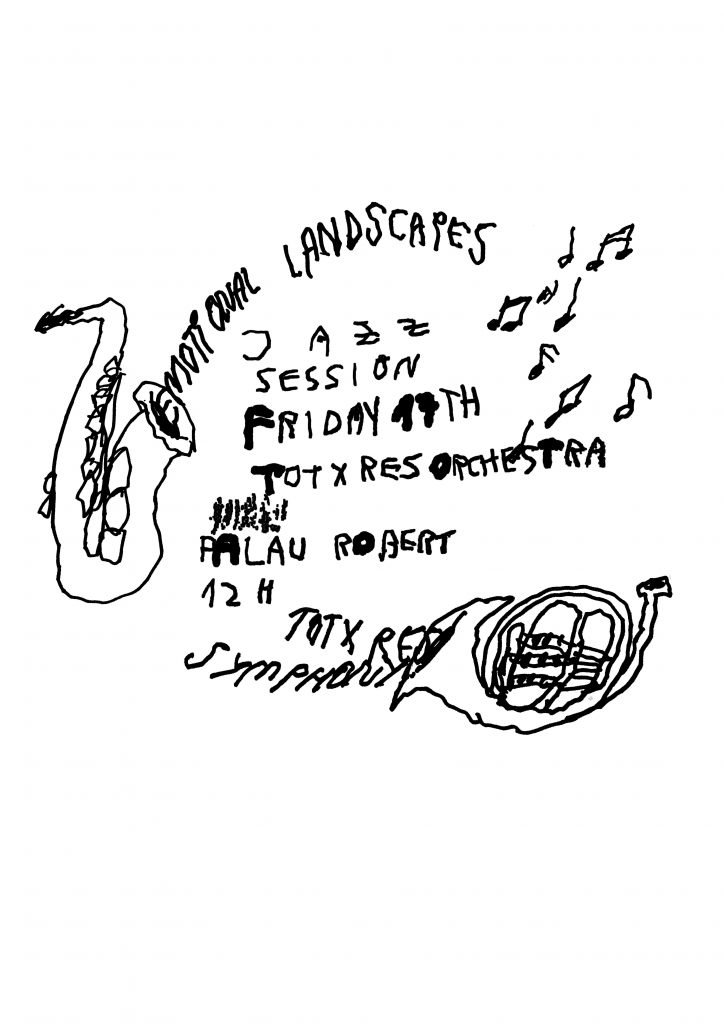
And the style? It’s carefree and thug, but what’s behind it?
Marc: We make ourselves like stories and from there we make t-shirts and such. It’s like a joke, a meme… We had a good time and that’s it.
Pablo: Yes, there is criticism but we are not very aware of it. That’s what Marc says. We started by giving ourselves a mental jerk as an excuse to be able to create something, but really this mental jerk does come out of a background that we have been thinking about lately or that we live.
I also see a lot of chaos in your drawings. Is this how you see the world?
Pablo: In the end, the thing is that we don’t lie. What we do is what we live, what we feel. In other words, it is nothing that what we do and the way we do it is not happening to us.
Marc: Being two, what’s cool is that each one has their own internal movement and then this also makes it look chaotic.
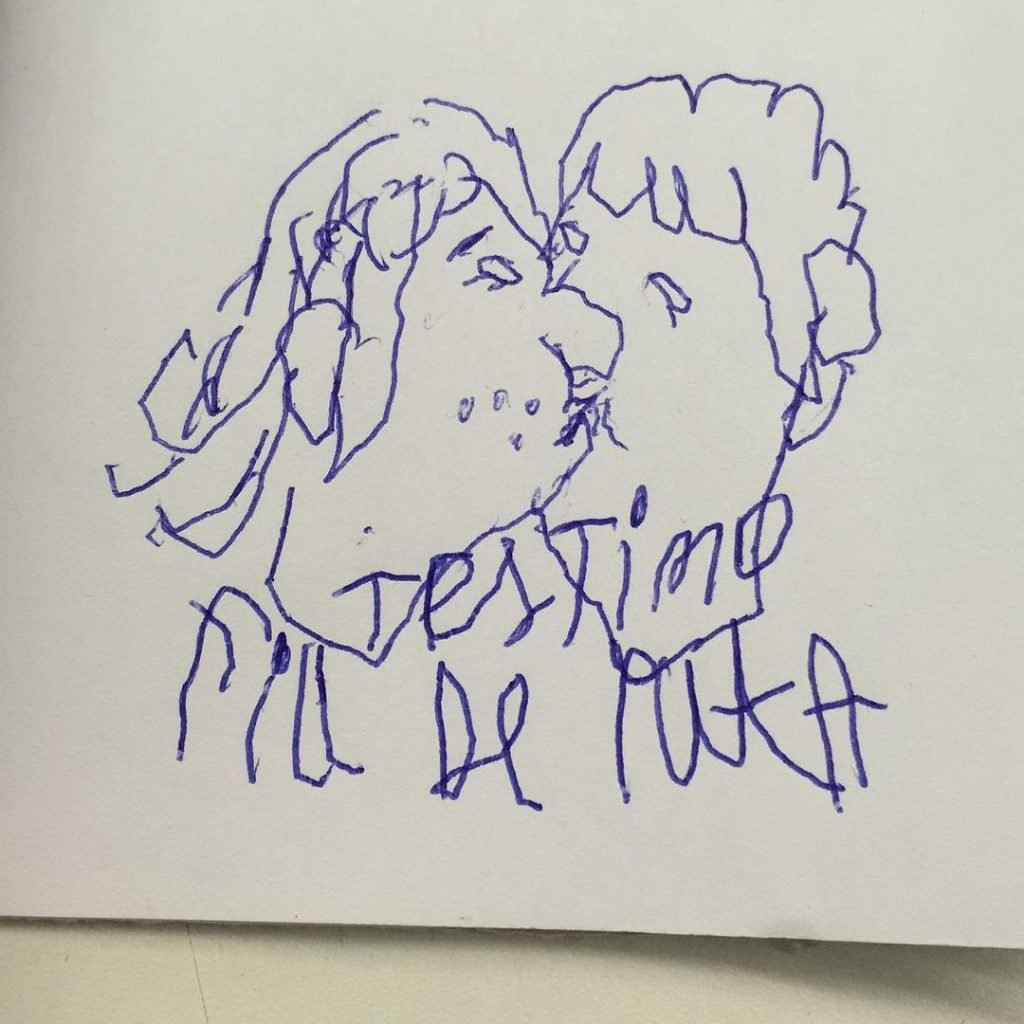
How did you meet?
Marc: Because of mutual friends.
Pablo: At a Comic and Desktop Publishing Festival at Fabra i Coats. The two of us brought our things to sell and there we met and we were cool and threw ourselves forward.
Marc: We had a crush.

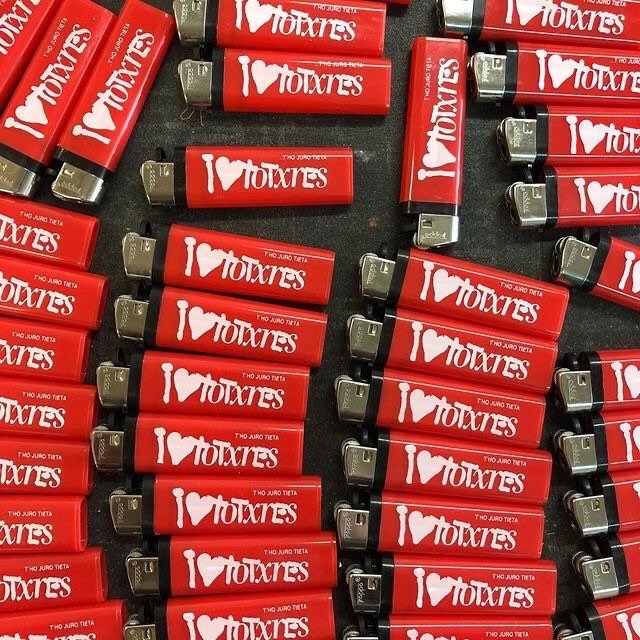
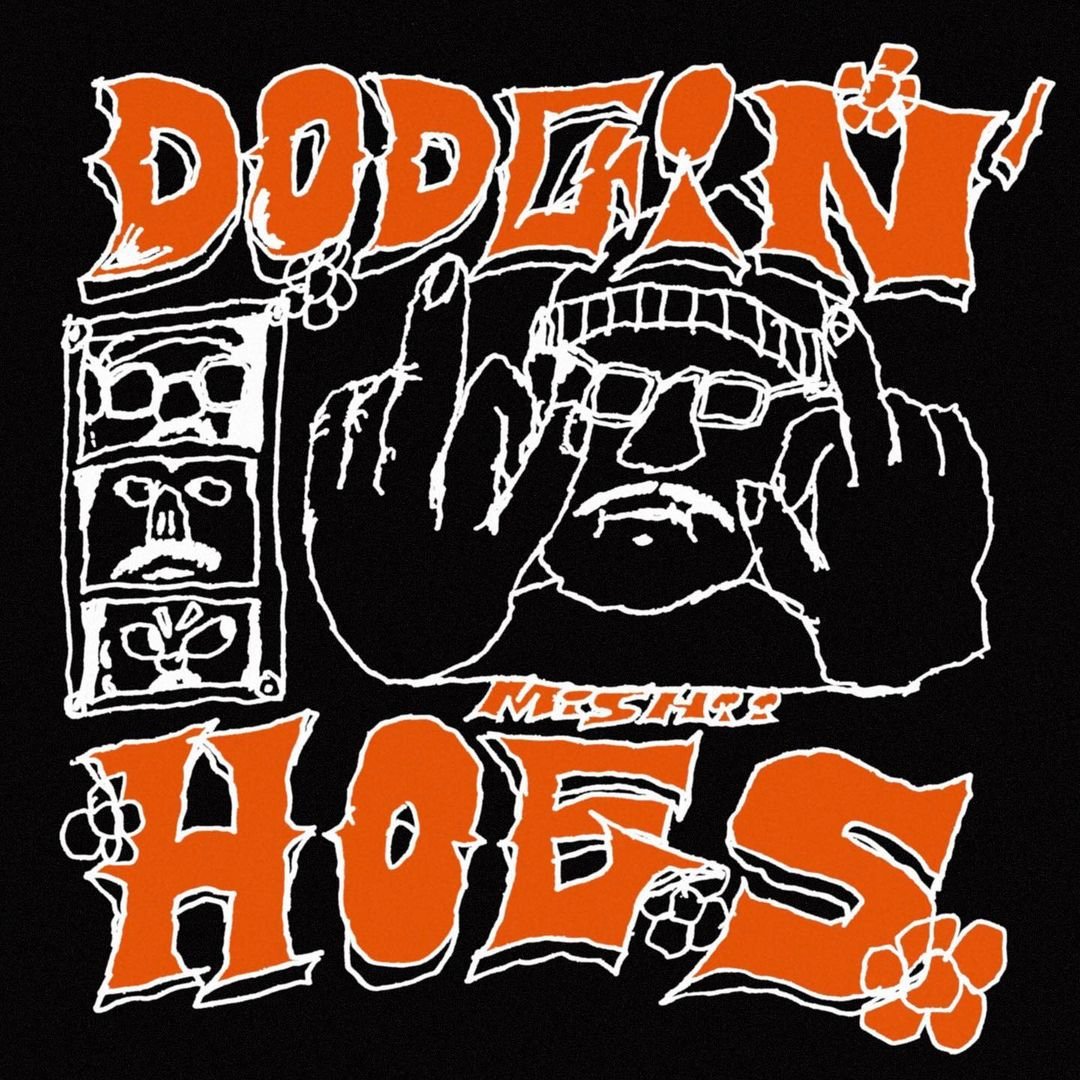
And what is the next thing you have in mind? You make album covers, t-shirts, hoddies, videos, merchandising…
Pablo: We’ll make a couple of posters for some expos. Also with Mantelería we are preparing a move tocha in Holy Week, which you will see. For the summer we are preparing a somewhat more serious collection. We want to upgrade. It is that, we want to stop being children and upgrade. Make things of higher quality, much more thought out and that make everything much more sense and that is what we are in. With a thousand moves at once.
Marc: It’s just that these two years we’ve been playing to see how the scene was going, how to fly a little.
Yes, like children who eventually mature. Maybe the “Just kids” thing will disappear?
Pablo: Yes, or maybe TOTXRES (“Everything for nothing”) will disappear. Grace, in fact, is to become everything x everything. Continue being “just kids” but doing everything for everything.
Marc: Our goal is to have fun but get to do brick things.
And what are your references?
Marc: From graphic design Braulio Amado…
Pablo: We have many design and drawing references such as Braulio, Horfee, a Parisian graffiti artist and painter, Saeio, Robert Crumb, the one who invented the underground comic. These are the most obvious references, but we also move a lot through music. On our t-shirts there are always music phrases. And in the end we always have many references to movies, music or series. Twin Peaks is very cool to us. I want to think that this universe is seen in everything we do. Not so much because of the theme, but in the way of drawing. Yung Lean is a great reference for our generation.
What does each one do?
Pablo: I do more the drawing part and Marc the graphic part. The types and such are done by him and me plus the drawings.
You also constantly do collaborations with other artists. What do these collaborations bring you?
Marc: The heaviest has been with Mantelería.
Pablo: Yes, it has been the one with which the most things have happened. It started as a client and has become one more. We owe him a lot of things. And that, we also like it because we choose collaborations sparingly, because we want them to fit in with us a lot and it has happened with Mantelería and with Aula 46 as well. And above all, we also collaborate with colleagues and people from Barcelona that we like.
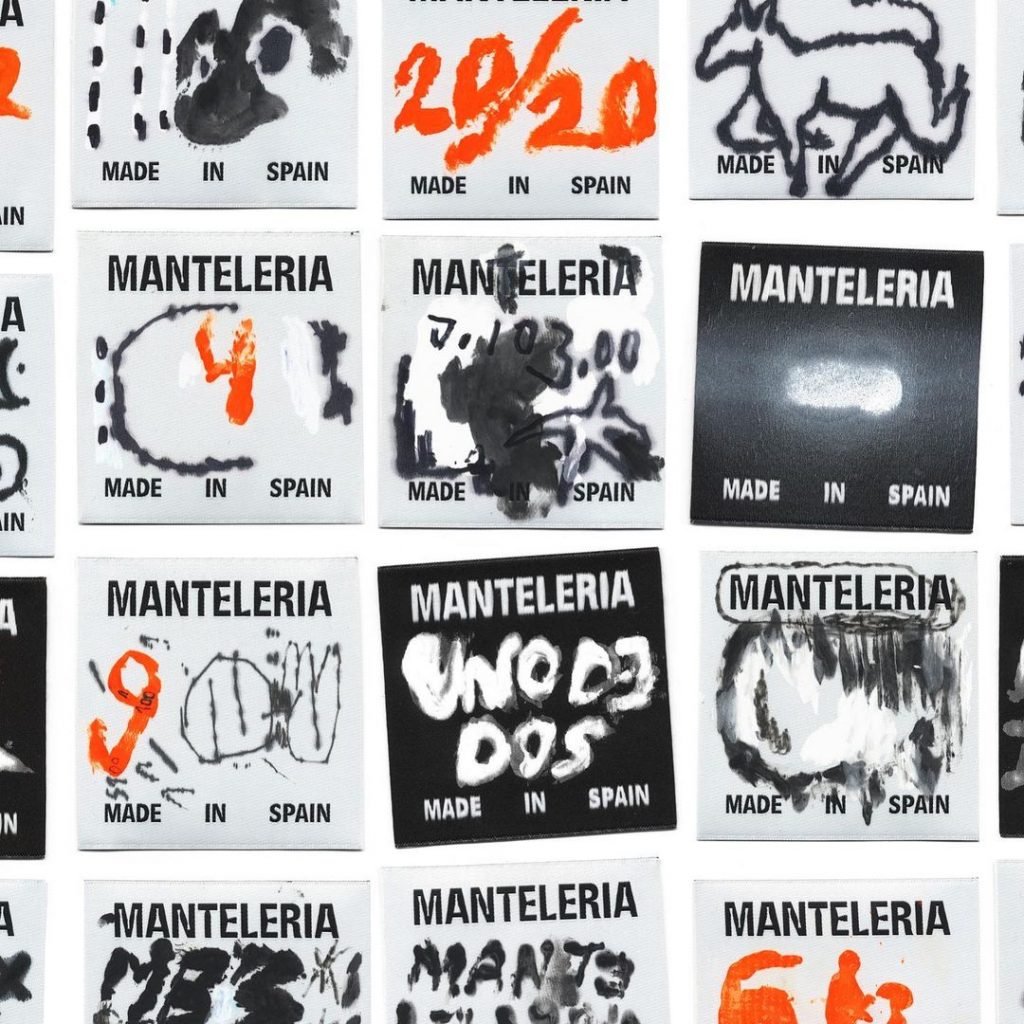

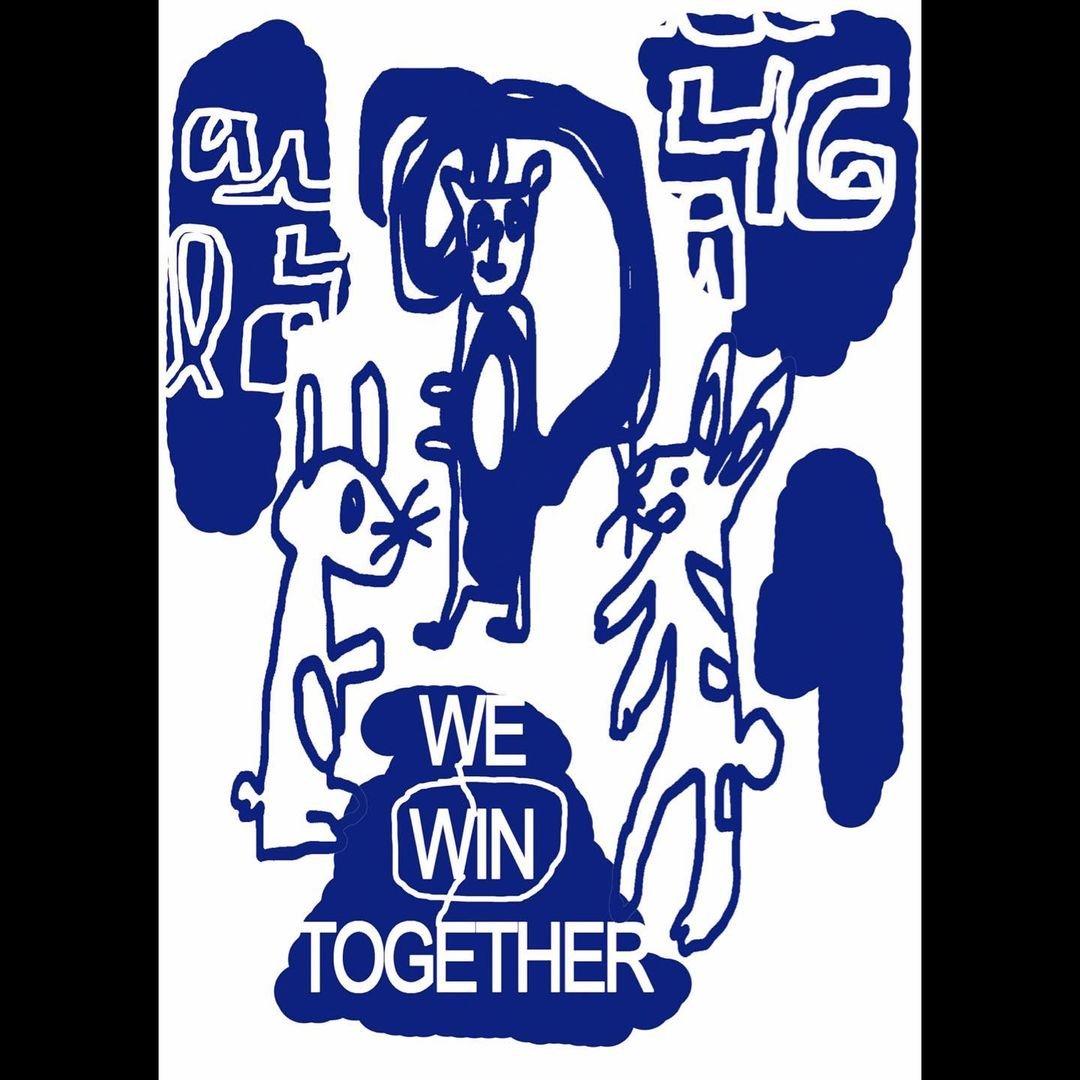

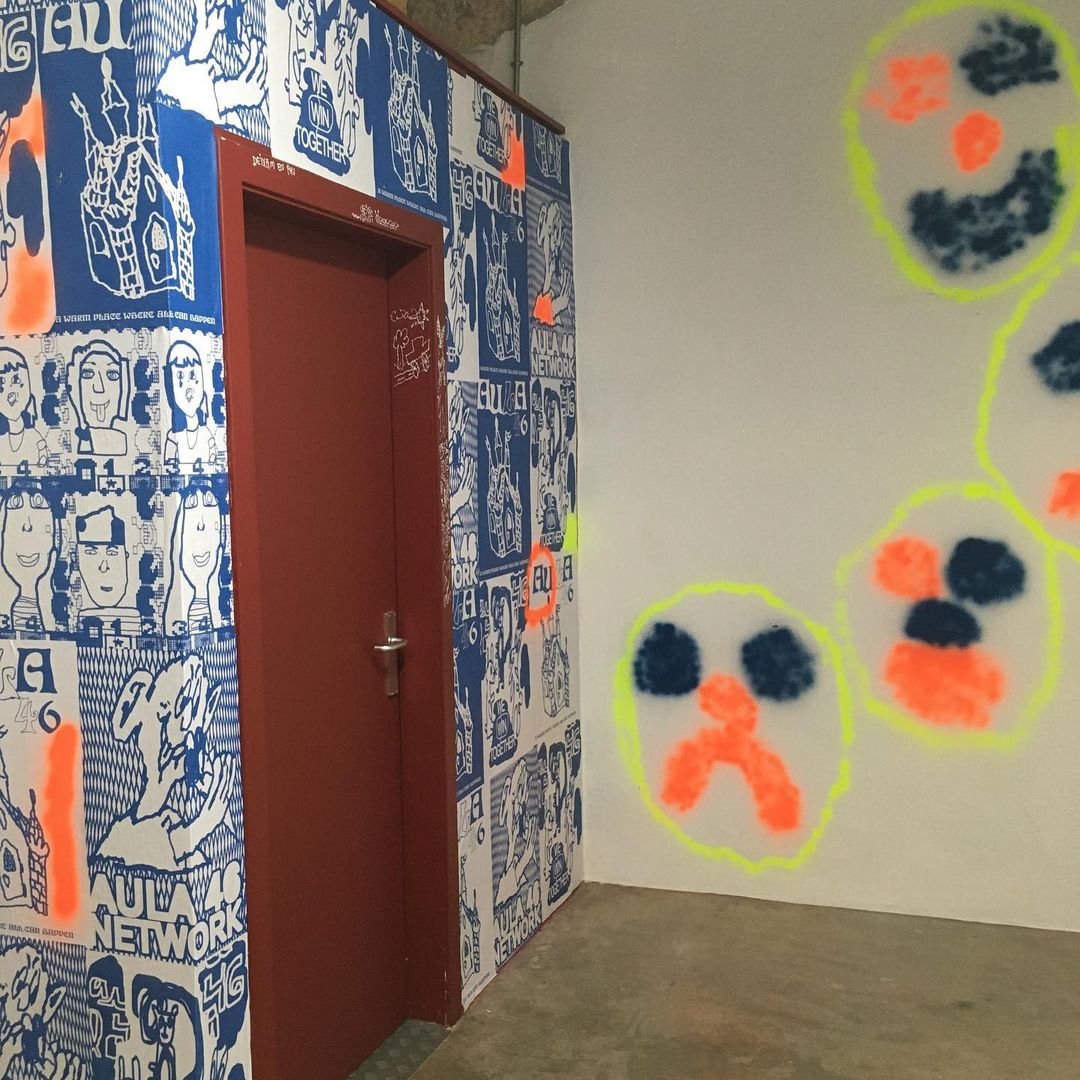
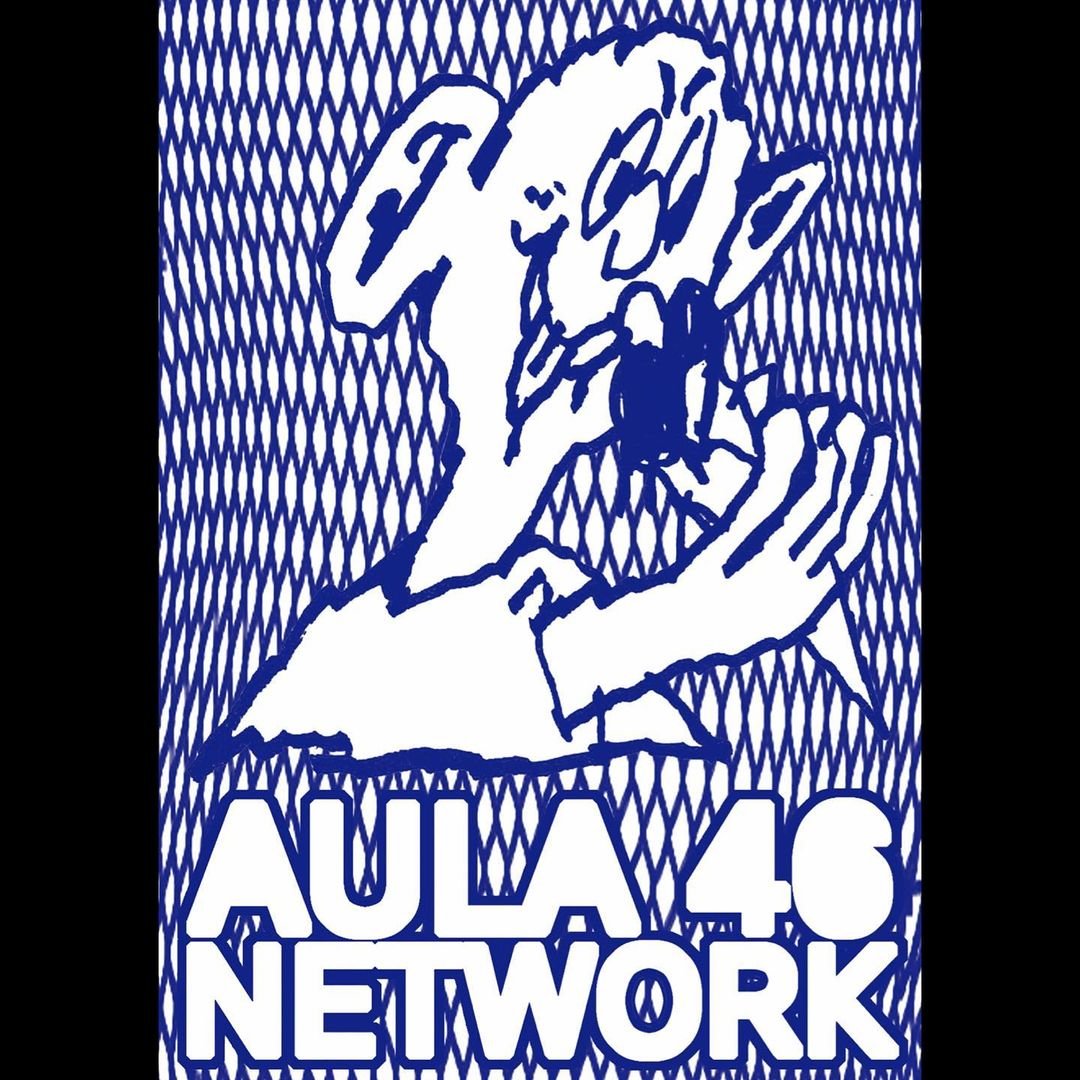
I have a question that has nothing to do, but I am very curious. What’s the story of the bloody hand photo you have on Instagram?
Pablo: It’s my hand. I’m a bit of a geek … Let’s see, I don’t live in Barna, I live in Montgat and with the rock from here we go up the mountain and make huts and start drawing and doing everything. And one day we were doing one and I cut a flange with a razor and the razor was closed on my finger and instead of going to the hospital, I took a picture for TOTXRES.
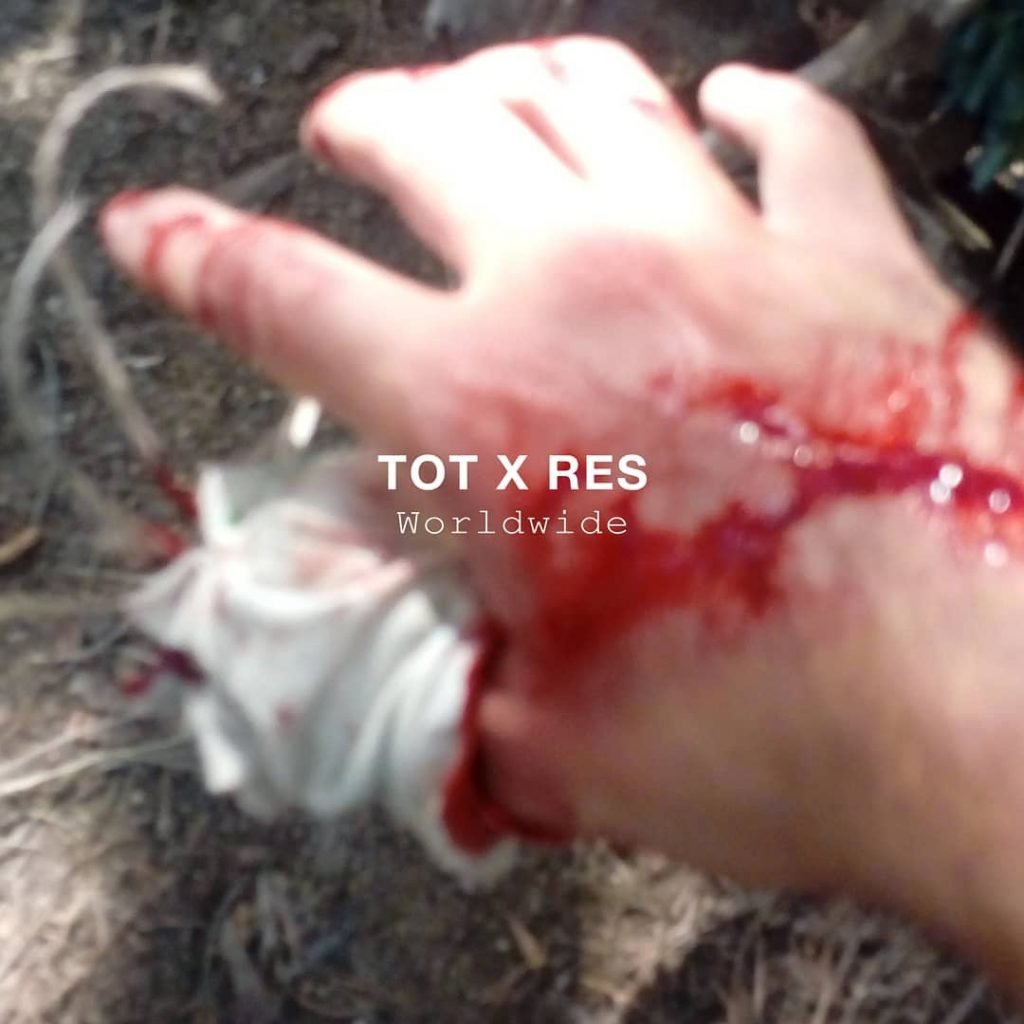
But then you went to the hospital?
Pablo: Yeah Al that sounds pretty crap to me, Looks like BT aint for me either. For example, Marc is a geek of this …
Marc: Yes, with this world of beheadings, murders, I’m freaking out …
Pablo: But explain it well, that sounds so bad dude …
So you’re a typical fan of the tv show “Crims”?
Marc: No, not from “Crimes” but I’m very geeky about all this bloody stuff, the dead, the murders and I want to find the cool part of it, you know? Death is more than anything …
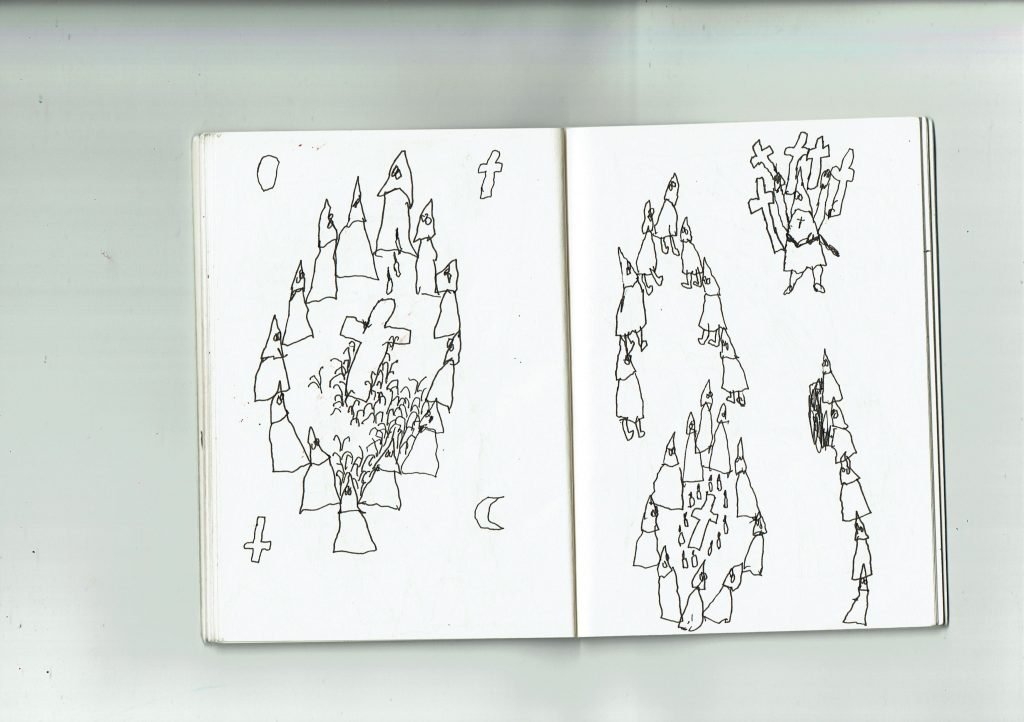

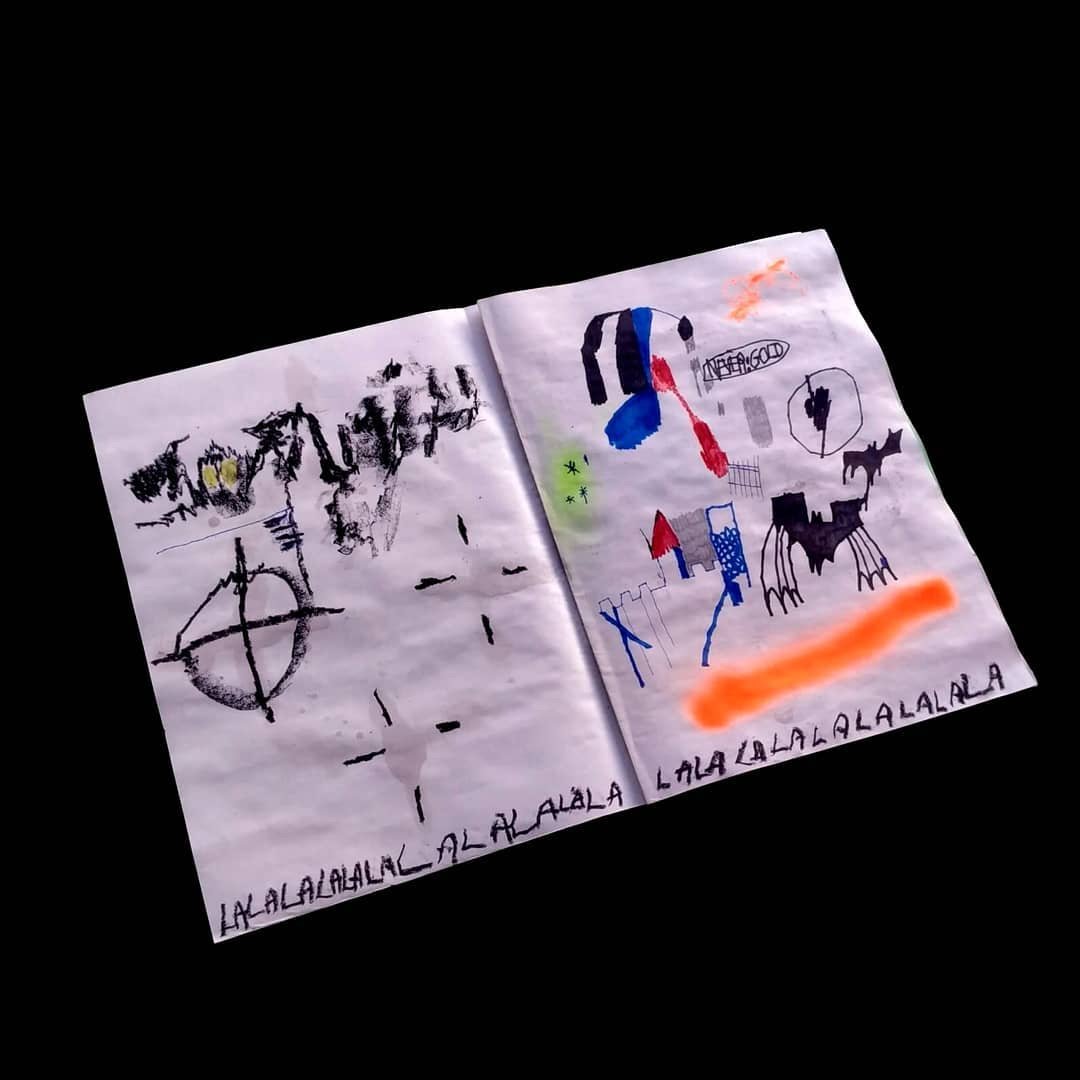
Death inspires you …
Pablo: Yes, I don’t know, more visceral things, more underground. We are obsessed with drawing crosses. The tattoos we do, everything is very dark and is reflected. What you see in our drawings looks the opposite but what’s inside is something like a psychopath. It’s like being a psychopath and drawing a little boy. I sometimes think we’re out of our minds teaching this part of a little boy … Marc is more interested in death than I am …
Marc: In the end we are two different people each with their own story and then later in the world of design we do connect a lot.
Pablo: This is very much seen on the “Let me be now famous” t-shirt, there is a very heavy mix …
Marc: Yes, the photo of the girl is of the famous singer Selena Quintanilla who was murdered by the founder of her fan club and this story freaked out to me.
Pablo: Yes, there’s this murdered aunt and then the lyrics to a punk song by Minor Threat and then there’s the phrase “Let me be …” Here’s a clear mix between her universe and mine .
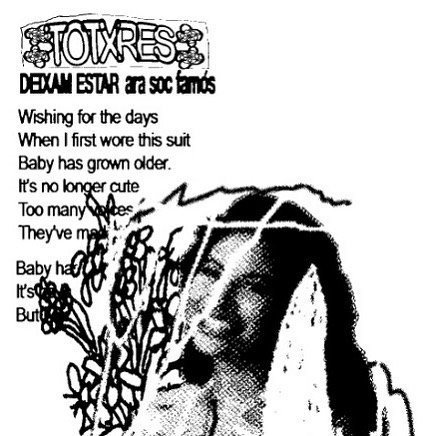
Universes in which a thousand things happen, it seems …
Pablo: Yeah. We are in the process of getting to know ourselves.
Marc: The truth is, yes.
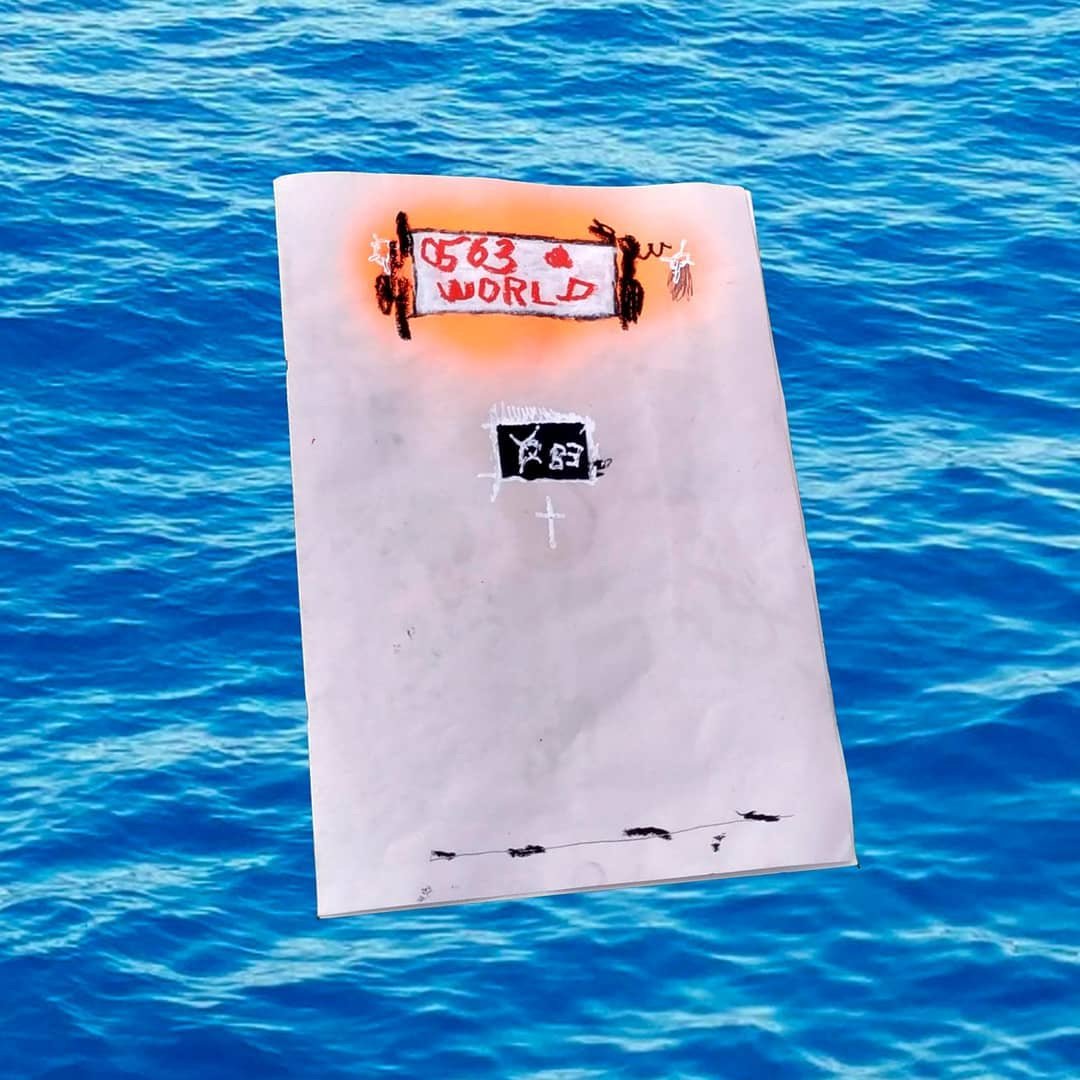
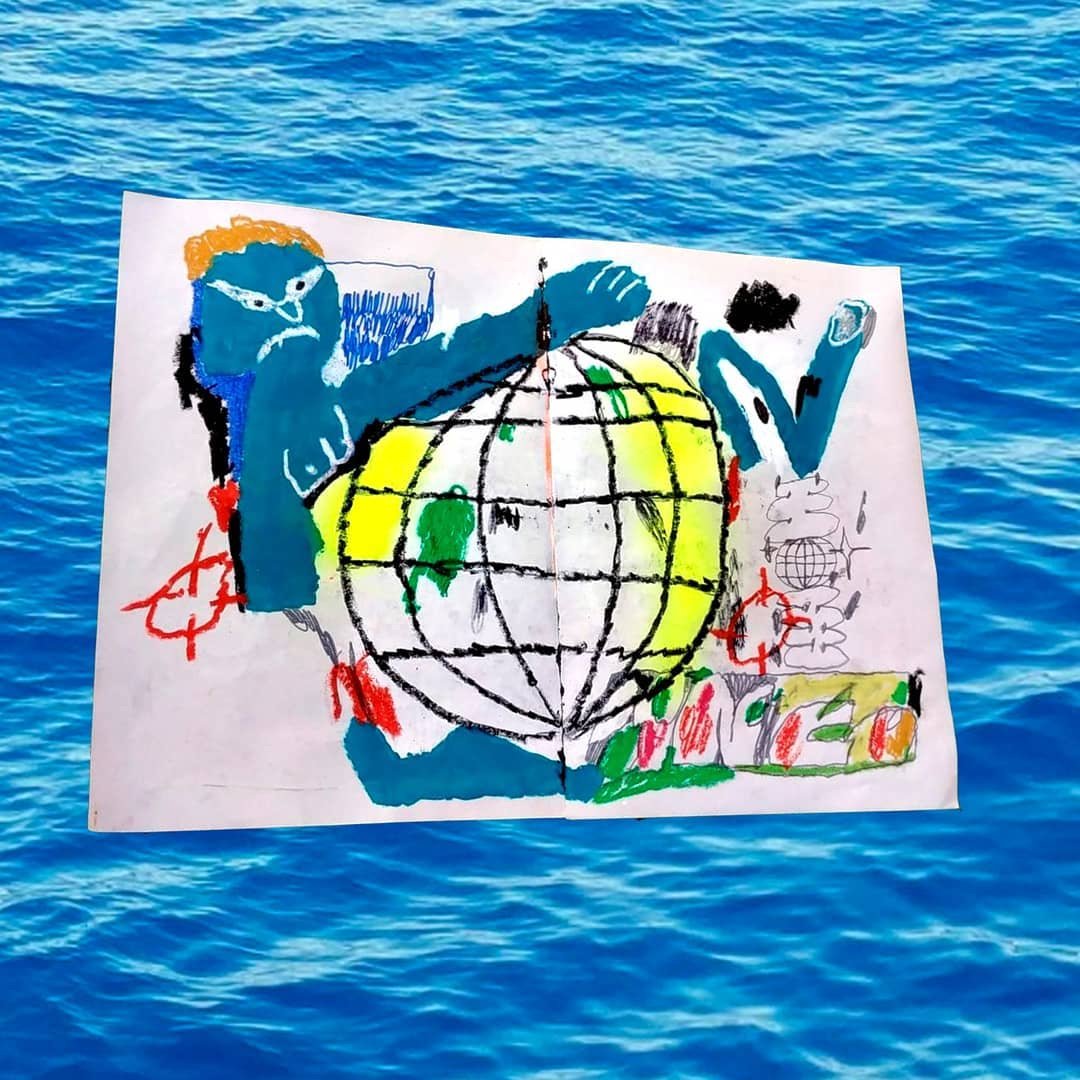
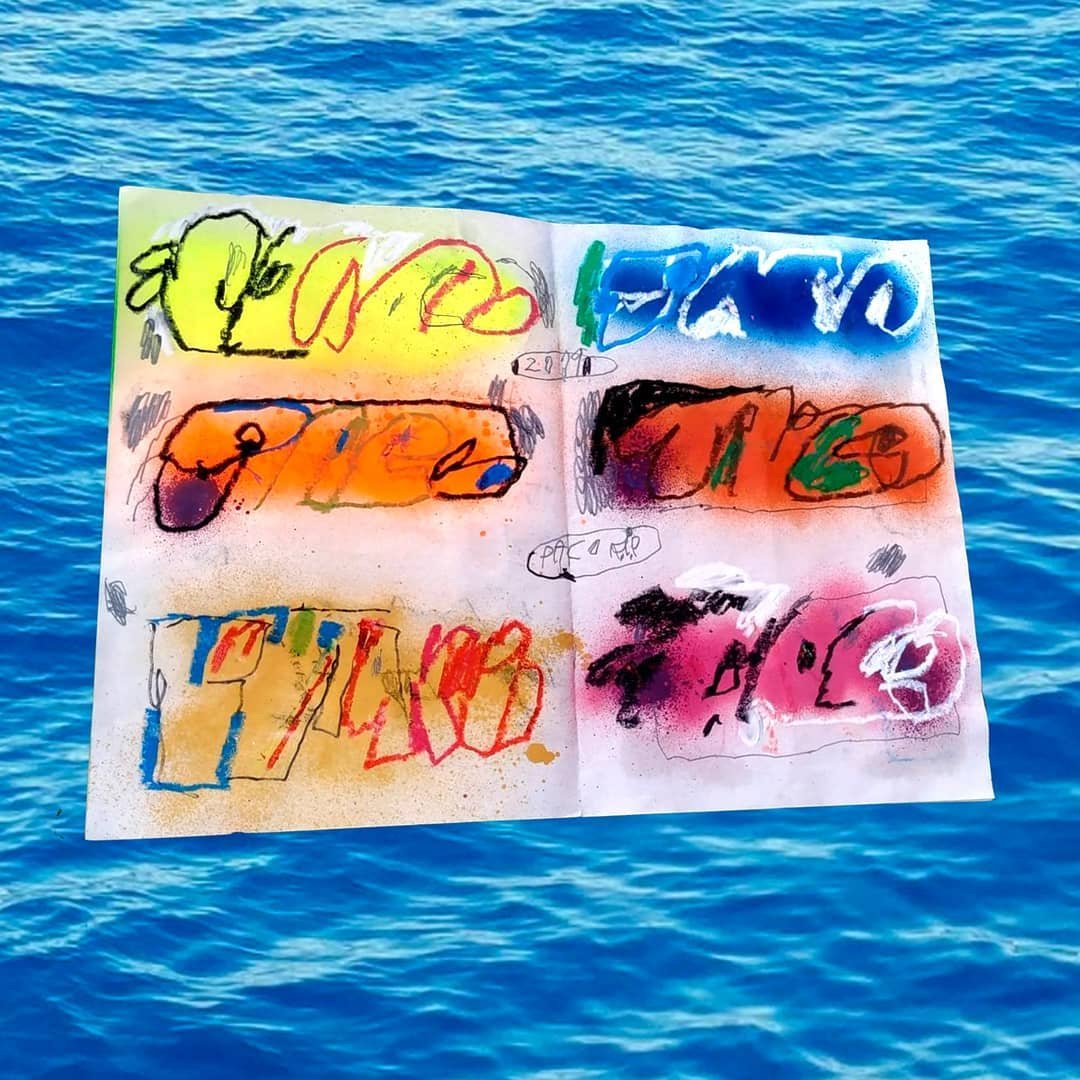
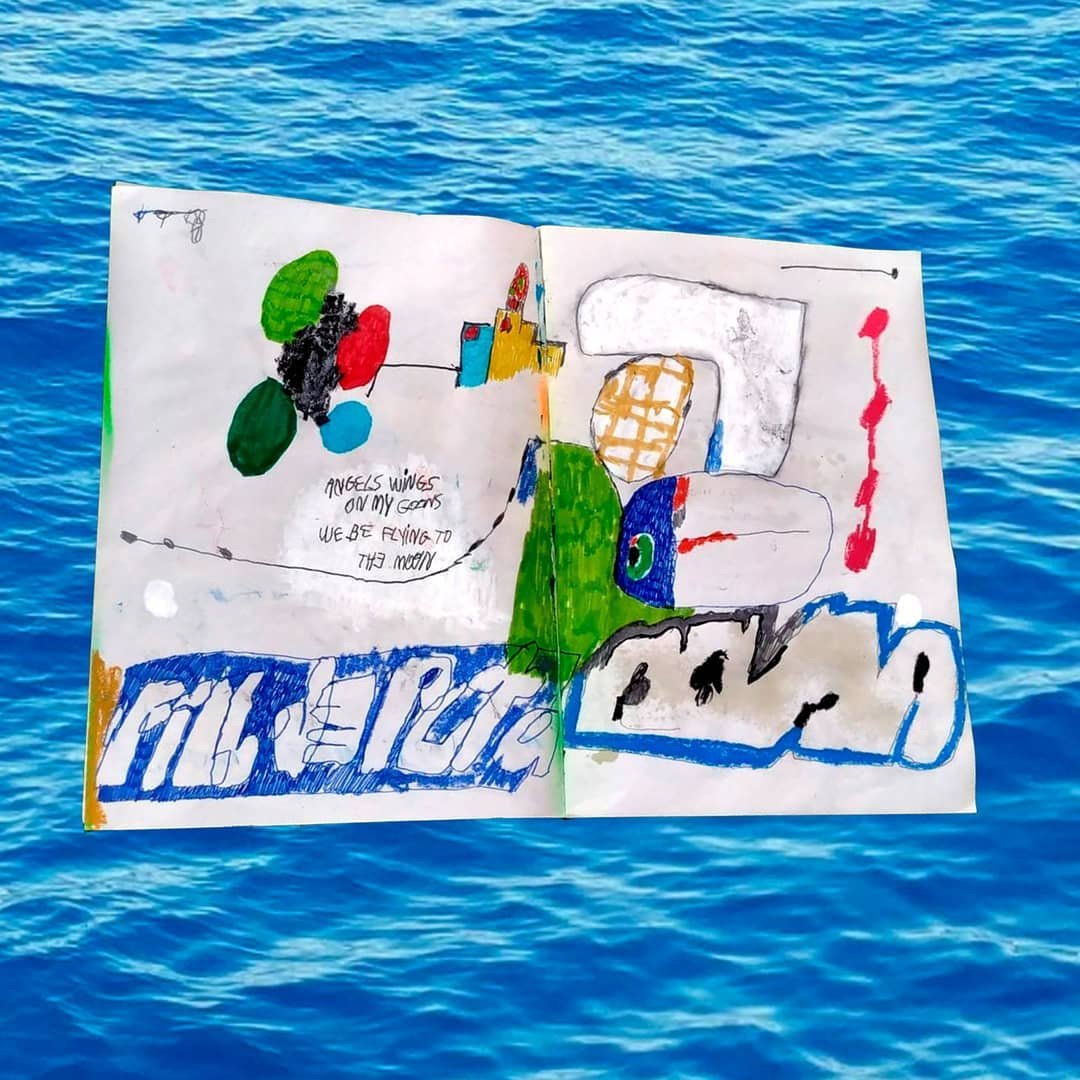
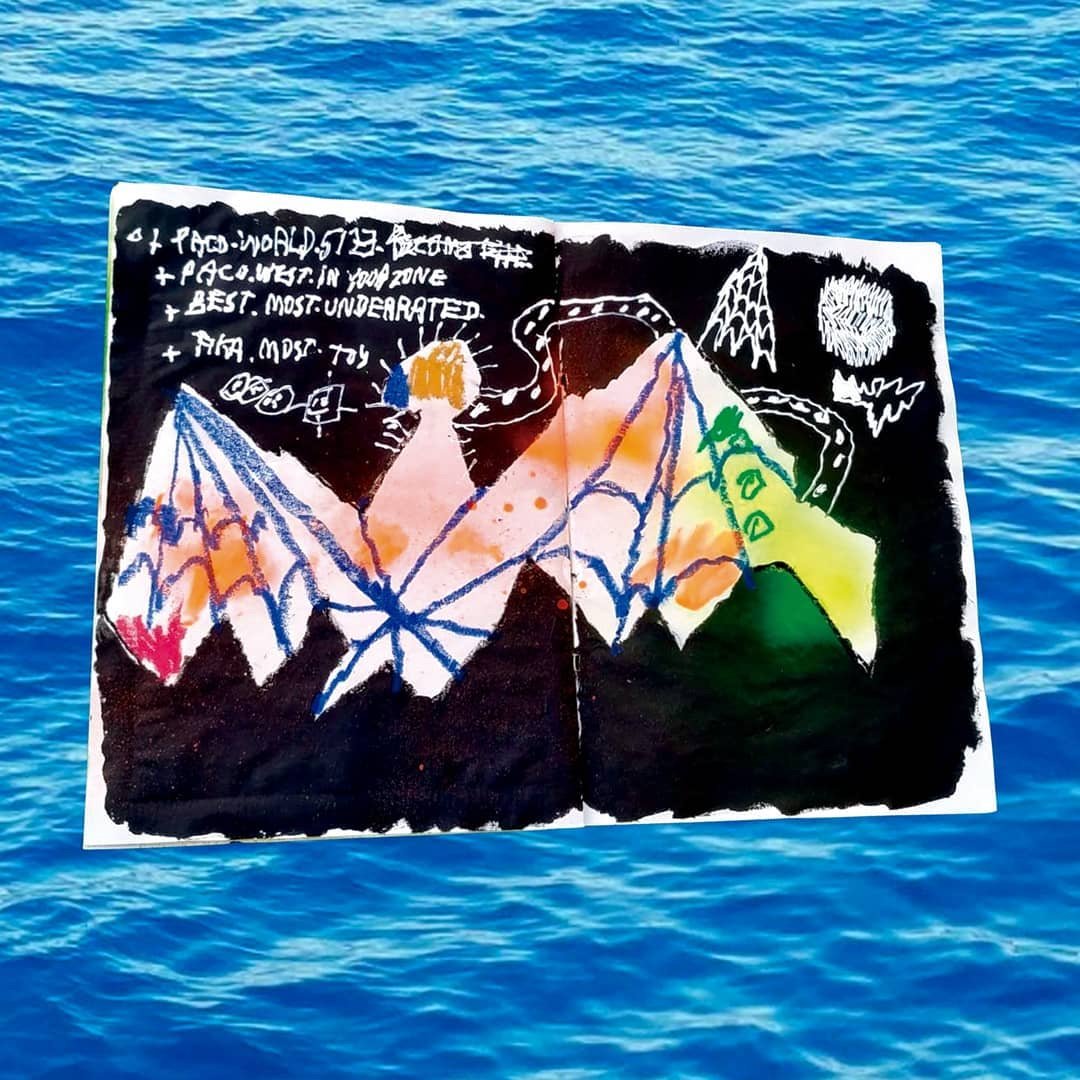
Book, music, series or movie.
Marc: From the movie, I recently saw “La piel que habito” by Almodóvar, which seemed like a freak. From a book, a colleague told me about one called Chantal Maillard’s “Difficult Compassion”. A very disturbing book that talks about things in life, but especially about death and how it explains everything is very heavy. “Twin peaks” is the series that struck me the most. And on record, “Black metal” by Dean Blunt.
Pablo: From a book, a comic called “Tummy Bugs” by Leomi Sadler in which our flow is quite reflected. I’m really fond of King Krule‘s music. Series, “The Virtues” and “This is England”. Wong Kar Wai’s “Fallen angels” I really liked because of the aesthetics and the soundtrack. We pay close attention to the soundtracks of the movies and, for example, my favorite movie is “Lost in translation” by the fucking soundtrack, which is a pot-go, it’s amazing with My Bloody Valentine, Squarepusher … it’s crazy.
INTERVIEW: MARTA LUQUE
FEBRUARY 2022
MAUS®
VIEW MORE VIEW MORE VIEW MORE VIEW MORE VIEW MORE VIEW MORE VIEW MORE VIEW MORE VIEW MORE VIEW MORE VIEW MORE VIEW MORE VIEW MORE VIEW MORE VIEW MORE VIEW MORE VIEW MORE VIEW MORE VIEW MORE VIEW MORE VIEW MORE

Pepo Moreno (Tortosa, 1985) began drawing and painting in his childhood and has since retained his naive style. Creator of a world where everything is gay and a friend of his inner demons, his artistic delirium fuses fantasy with the eroticism of porn from the 70s to the 2000s. He says that does not know how to draw and that the less he likes something, the more he thinks about it.
PEPO MORENO
2021 / 06 / 15

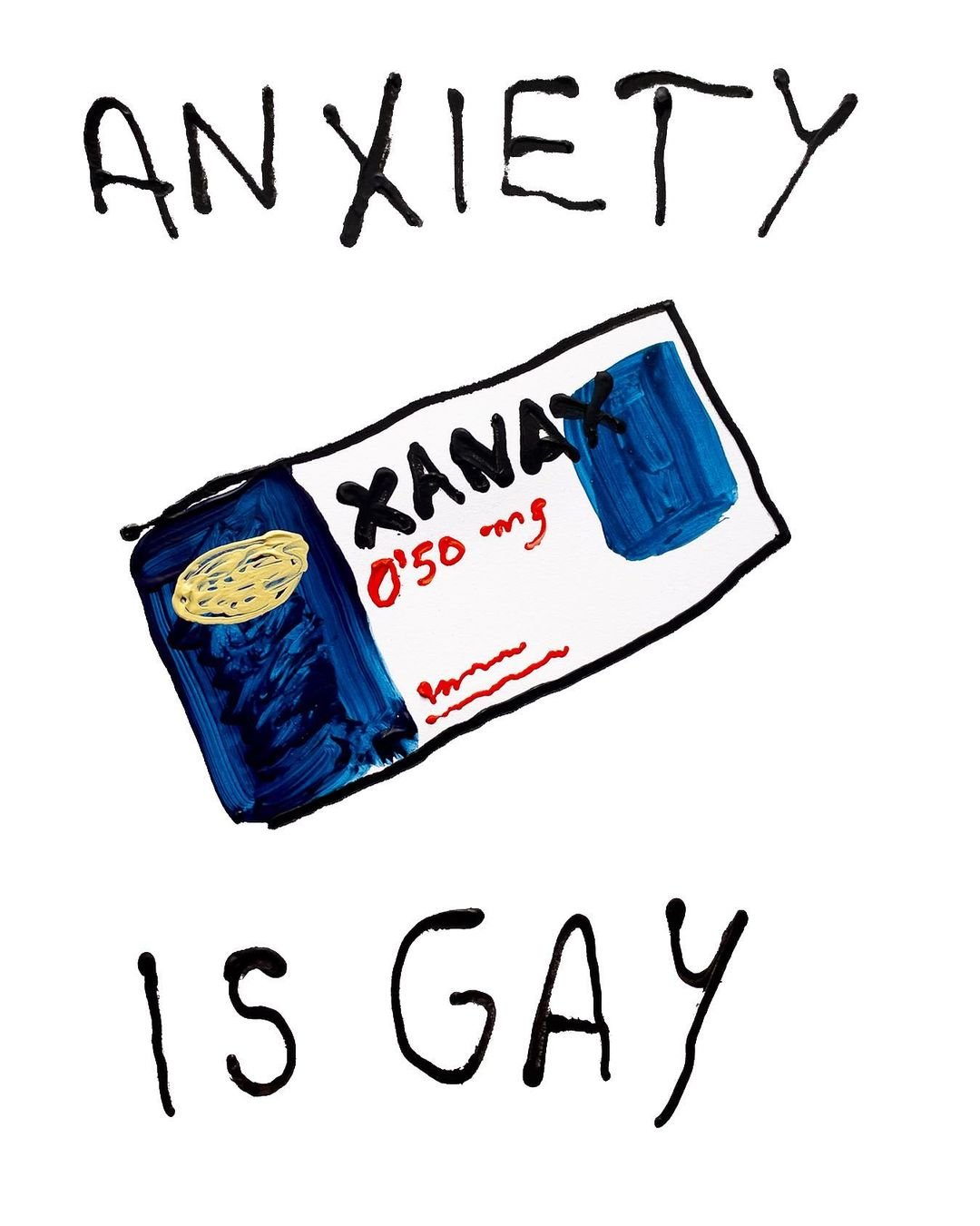

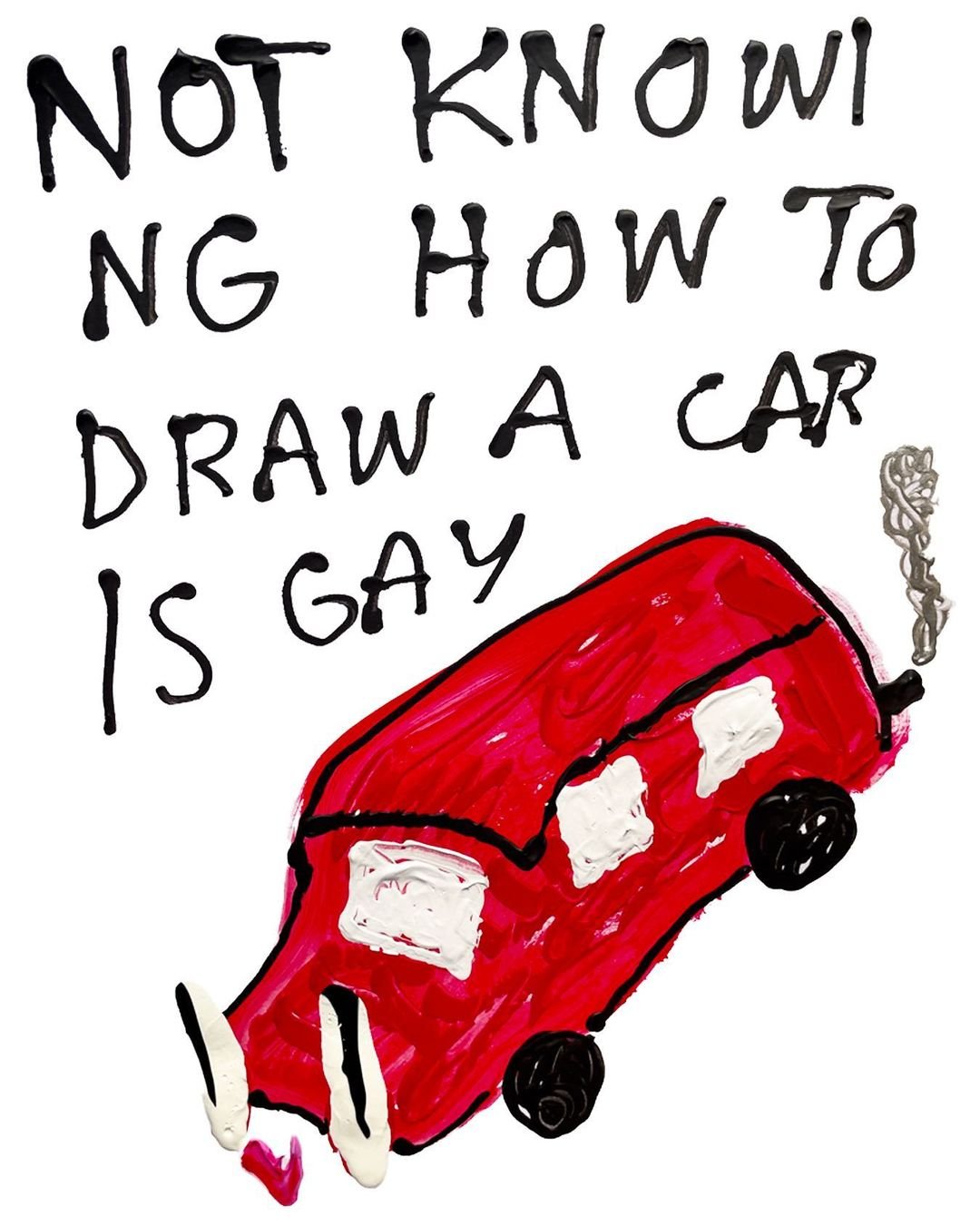
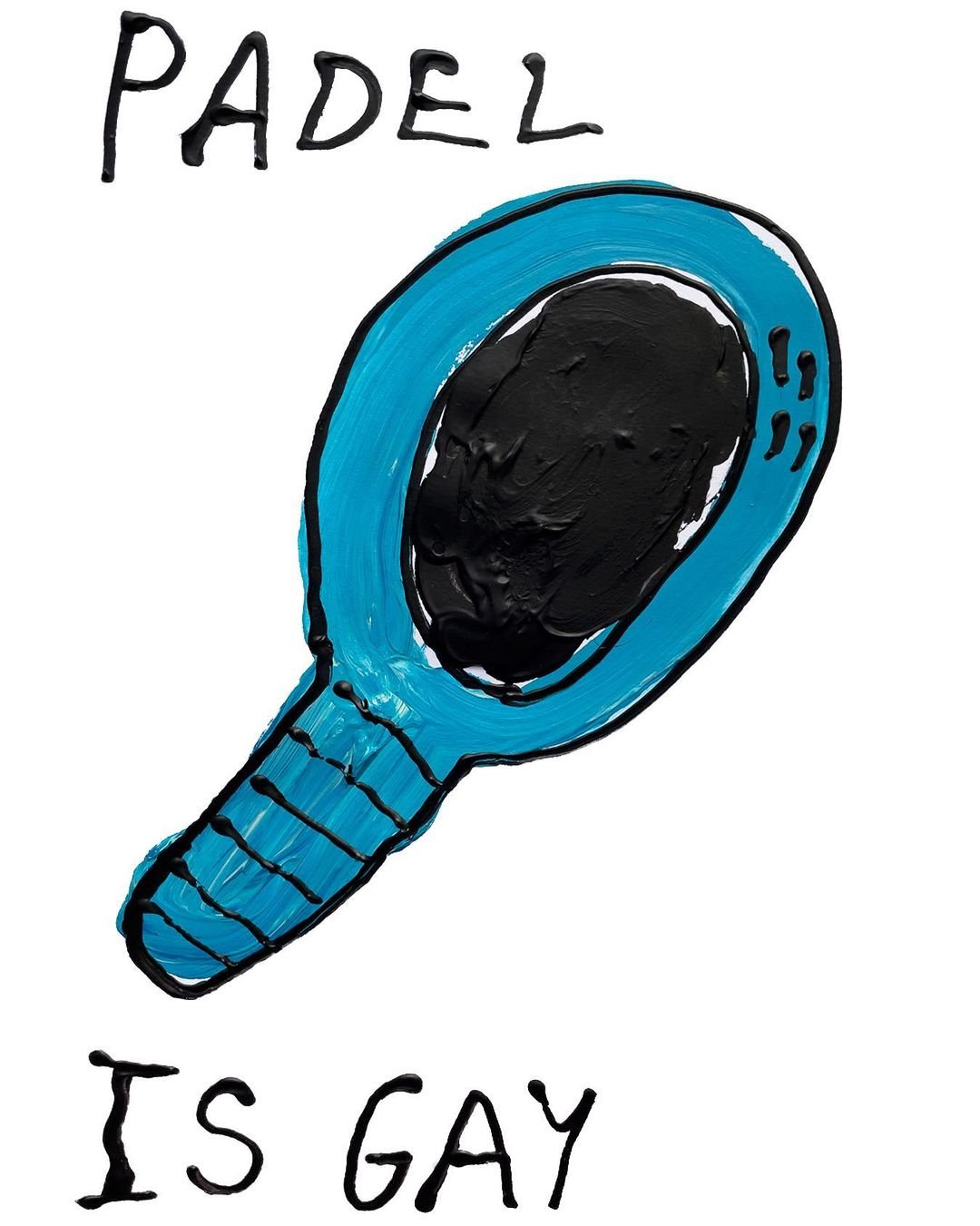
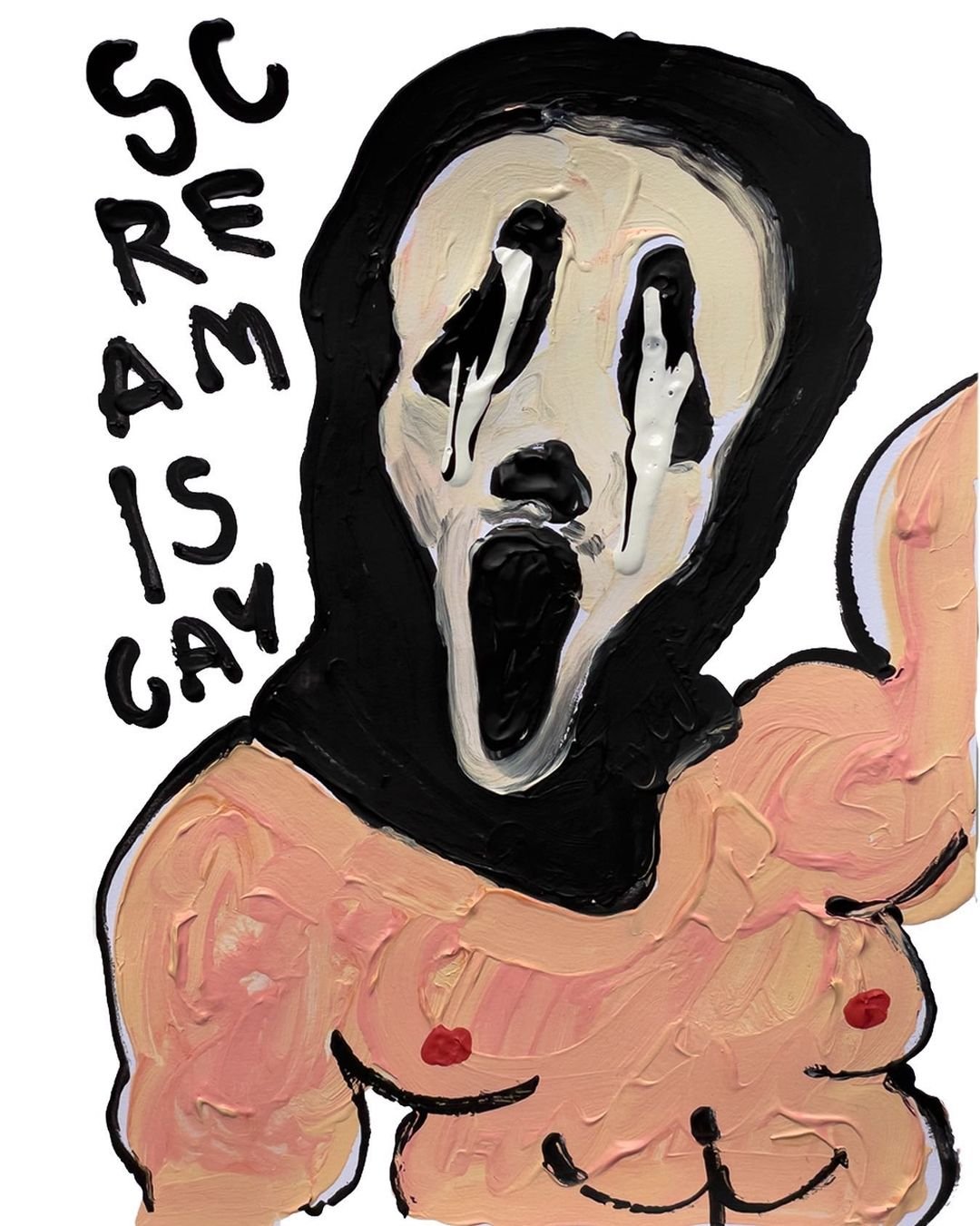
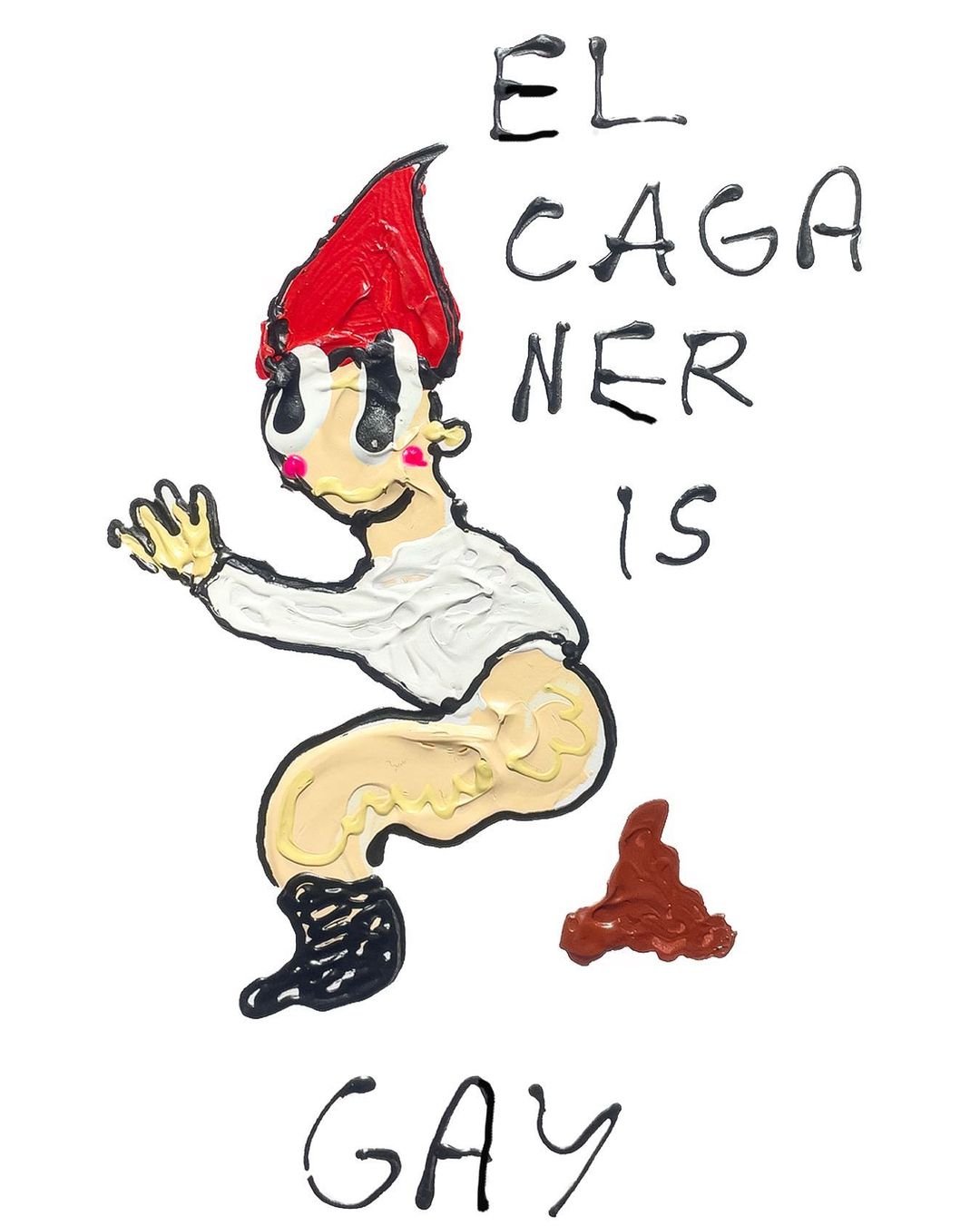


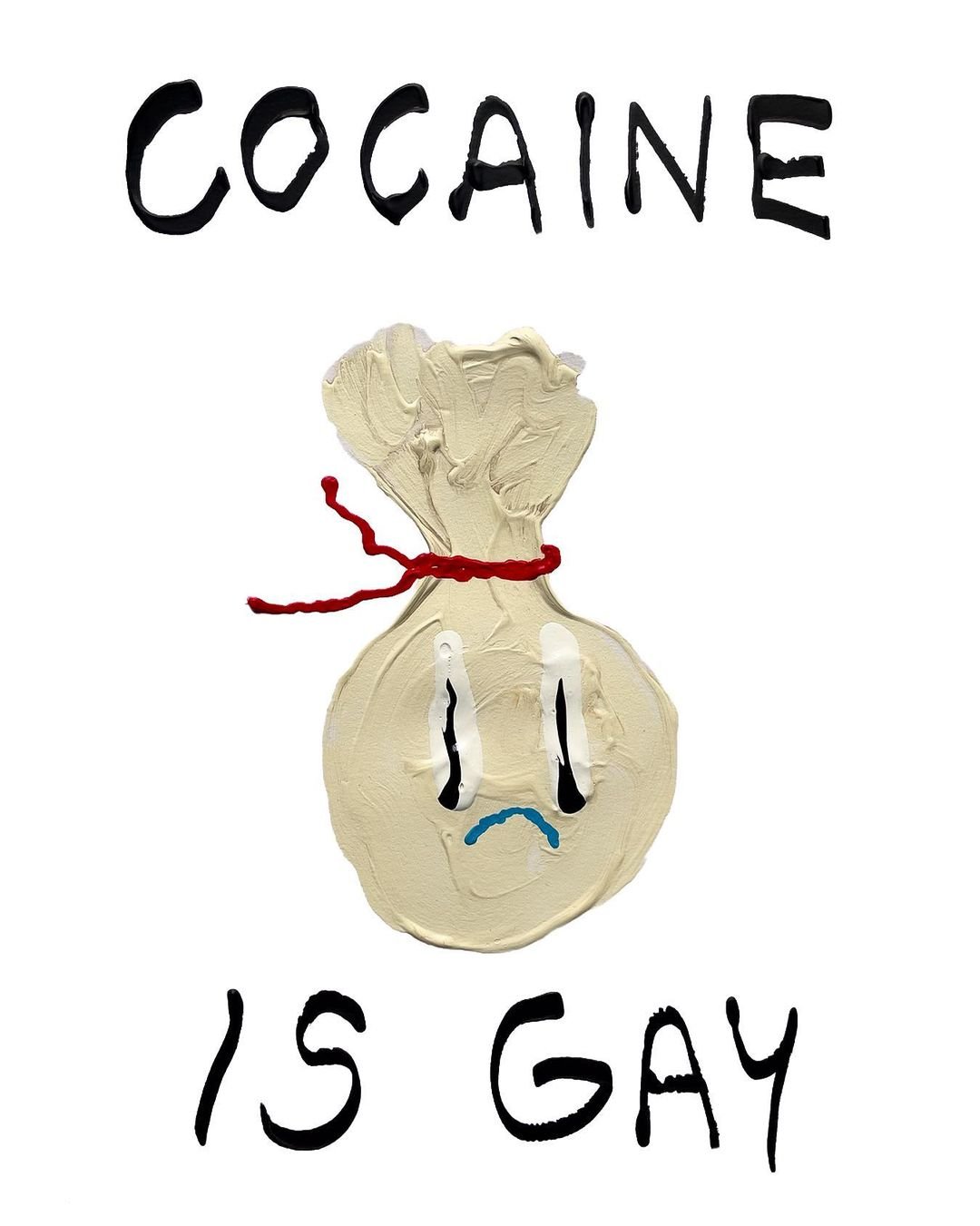
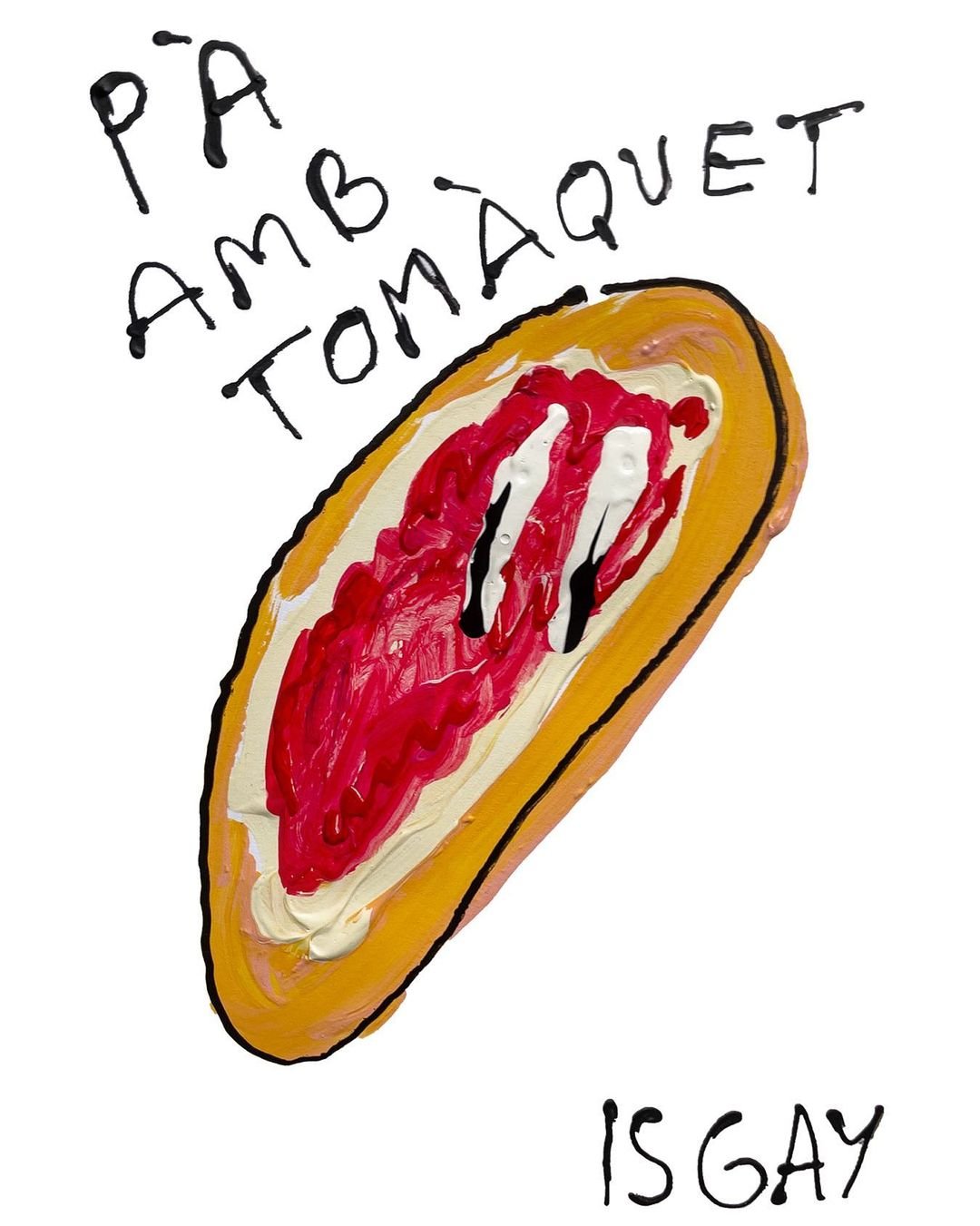
What’s not gay?
In the play “Everything is gay” I never intended to make a list of what was and was not gay, but to show the cracks between what we understand to be gay and what is not. Actually everything is gay and everything is not gay. It was kind of a fantasy creation. As an LGBTQ + person you grow up with the norm of being heterosexual. It is a binary world, where there are men and women and where alternatives do not exist. The alternatives are deformations. For me it was about creating a world where the norm was to be gay and how a binary heterosexual person would feel in that world. What is gay and what is not gay? I don’t know because the heterosexual or more normative world has ended up introducing more “gay” things and the LGBTQ + world has introduced more normative things.
But now it seems that the concept of “queer” is in vogue when a few years ago it had a more marginal connotation …
Being more visible does not mean being accepted. In the last three, four years there has been a train, a trend, which is diversity, in which everything enters; skin color, origin, sexuality, identity … And here, the queer, which encompasses many things, has also come in and I think it has been capitalized in some way, but I would like that it was more real and less aesthetic. Look at what is happening in Spain with the discussion for the repeal of LGBT laws in Parliament … No matter how much companies want to take this move to make money, we are not so socially advanced either.
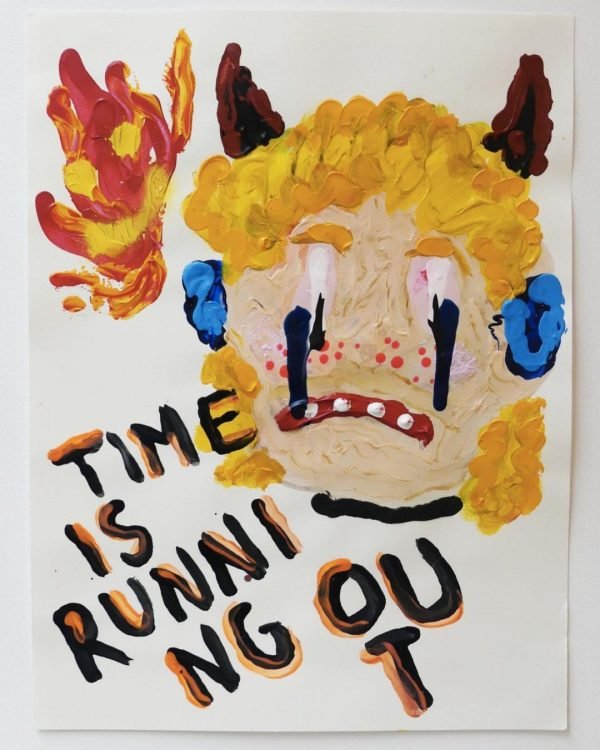



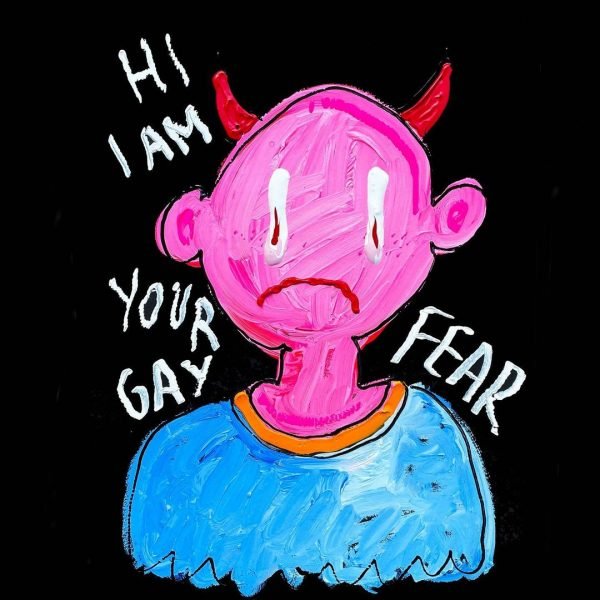
“The worst thing that can happen to you in life is to end it without knowing you, and part of that knowledge is your demons”
I guess these are some of the demons you paint … But they’re not exactly scary, they even look innocent. Are these your inner demons?
I saw that demons were part of my inner universe, but it also has to do with my childhood, because when you are little in Catalan folklore you hear the devil, but he is not a scary character. He is quite naive and humanized. And then I also went to a Catholic school and I am interested in the history of mysticism and Catholicism because they talk a lot about us. The first devil, Lucifer, is actually a fallen angel. He rebelled against God’s laws and wanted to be free. The reading I do is of someone who wants to be free, who has conflicts and internal needs that force him to break with the established and follow his own path.
So aren’t your demons afraid of you?
Demons don’t scare me because I think we need to learn to embrace them as a metaphor for your own conflicts and once you understand them you’re much better off with yourself. I always say that the worst thing that can happen to you in life is to end it without knowing you, and part of that knowledge is your demons.
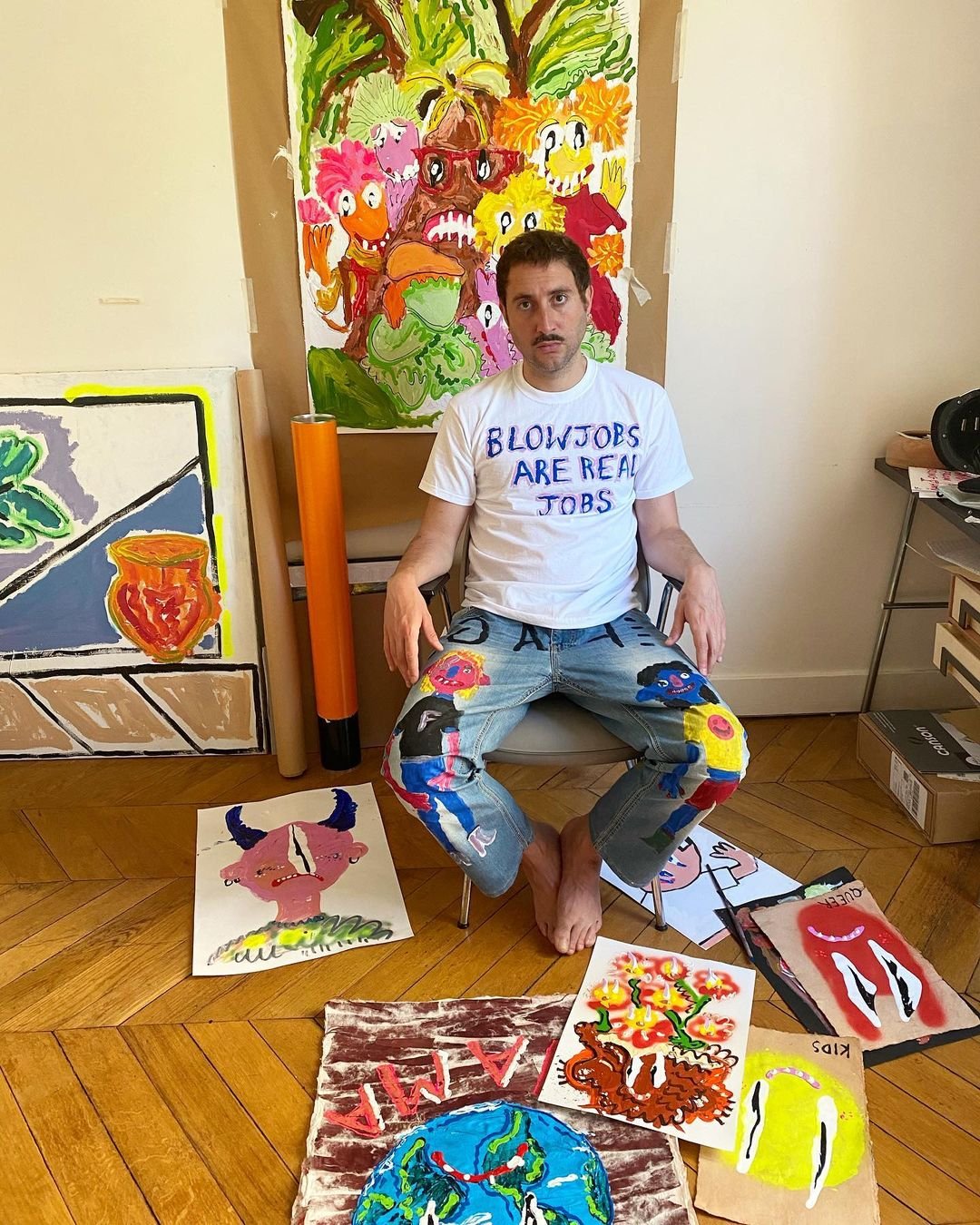


“I don’t know how to draw. I think I have my own way of doing things and expressing myself, but I’m not a virtuous of pencil or brush”
And not only do your demons look naive, your art in general has that style, but at the same time it’s erotic as well.
I started drawing and painting when I was little and now I have recovered things related to my childhood. I remember when I was a kid a lot of people used paper to draw erotic scenes. What children do is draw genitals, breasts, naked people … And I think I’m left with this delusion. I mix a more sexual part, but without getting into a dirty part. Even I can have messages that are a little less comfortable to see or hear, but since the form is passed through the filter of something more naive, I think it hurts less to see them.
And is there a lot of error proof in your art?
Totally, I continually fail. The less I like what I do, the more I think about it.
Would you say you know how to draw?
I don’t know how to draw. I think I have my own way of doing and expressing myself, but I’m not a virtuoso of pencil or brush. I know very little about technique, but I have my own and I think it’s the most important thing.


The word also seems very important in your work.
I studied scriptwriting and that’s why there’s a lot of storytelling in what I do. It’s important to me because I don’t like to go around.
You are direct …
I’m not looking for an interpretation of things, I like the message to be clear. For me there is one very important thing that I speak from my perspective, which is that of a gay, white, cisgender man. Then I will never be able to speak from the perspective of a trans person or a woman or an intersex person. It is impossible, I have mine, to approach me because we are obviously an empathetic community and we can come to understand, but I speak from my artistic production, from my position.
And do you feel comfortable with labels?
I am not an expert in queer history, but representation is important to the collective and also to society in general.
Putting labels to feel represented …
You need to see references, have your space and be respected, because until now there were very homogeneous blocks and society is not homogeneous, it is very heterogeneous, very different and we must respect the spaces of each one. But I dare not speak because I am not a sociologist or an anthropologist, but it is important for representation.
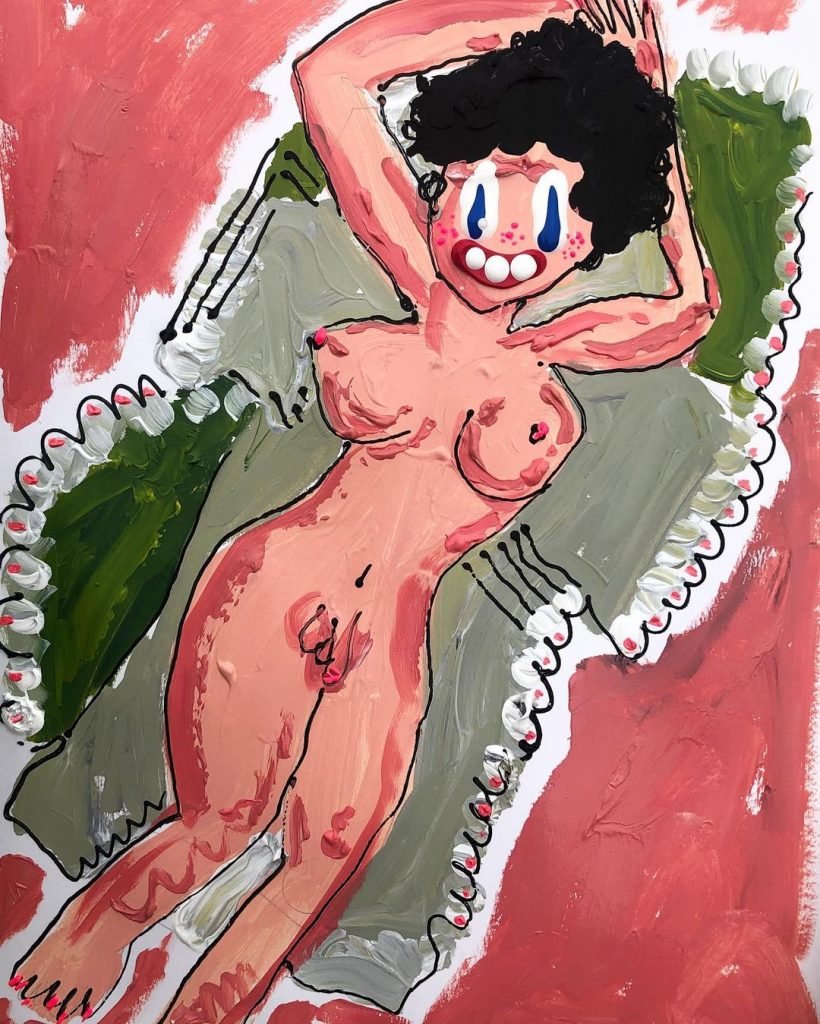
“I like fantasy and the past makes me more fantasy than the present”
And as for your references … Are they more homogeneous or heterogeneous?
I’m so naive and so new to the art world … I try not to pollute myself too much to have my own way of doing things. I’ve always really liked comics, since I was little and the darkest art gallery painting. I love Greco, Velázquez, Goya … which is a weird thing because what I do doesn’t have the virtuosity or obscurity that these authors could have. I’m also very inspired by porn from the 70’s to the 2000’s. I’m not interested in porn today.
Well, they seem to be quite heterogeneous …
Yes, and I also like ancient photography, history, ancient civilizations. I like fantasy and the past makes me more fancy than the present.
And a movie, series, book and record that you would recommend?
My all-time favorite book is Truman Capote’s “Praying Prayers.” I read it every year. Series, “Adventure time”. It’s a series of drawings that I would have liked to see as a child and that’s why I’m looking at it now. And film… I really like Passolini’s “Salo”, which is so animal. It is the most amazing movie, with the most amazing casting in the universe and where the most beastly things in the world happen. In other words, it’s a super beautiful, beautiful film, with the most beautiful people in Italy, but of course there are some animal scenes that you can’t even believe what you’re seeing. And a music reference would be the album “Gran turismo” by The Cardigans because I think it’s super well done and I can always listen to it.
INTERVIEW: MARTA LUQUE
JANUARY 2022
MAUS®
VIEW MORE VIEW MORE VIEW MORE VIEW MORE VIEW MORE VIEW MORE VIEW MORE VIEW MORE VIEW MORE VIEW MORE VIEW MORE VIEW MORE VIEW MORE VIEW MORE VIEW MORE VIEW MORE VIEW MORE VIEW MORE VIEW MORE VIEW MORE VIEW MORE

Las Huecas (Barcelona, 2016), is a theatrical group made up of four actresses and a technician. They have no limits, they don’t think too much about why they do things and they navigate various artistic identities. Punk band, zine cartoonists, ethnographic researchers … and, if necessary, grave diggers.
LAS HUECAS
2021 / 06 / 15
How do you define yourself?
Núria Coromines (LAS HUECAS): At the theatrical level we have a company operation, in the sense that decisions are made collectively, but it is also true that a company is very hierarchical. Therefore, we would be more of a collective.

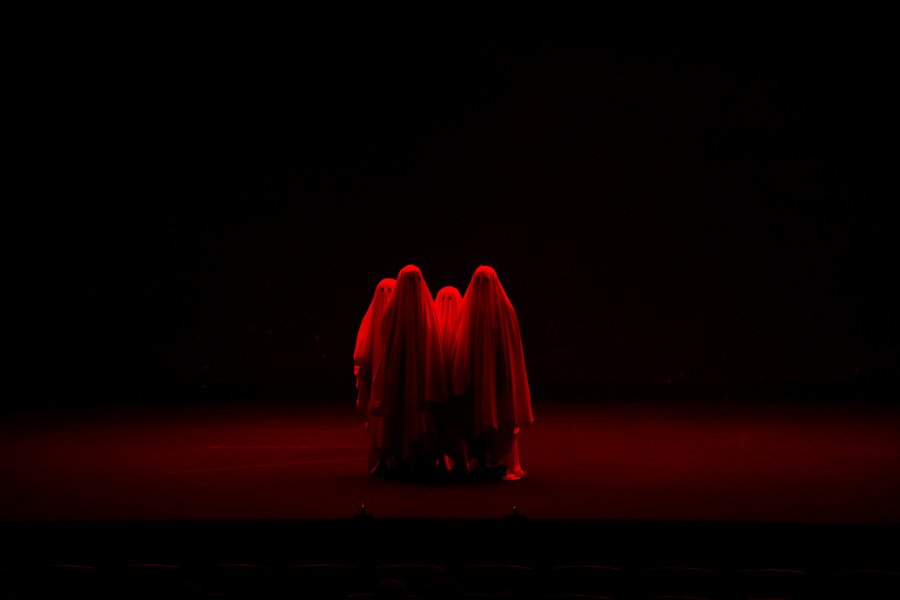
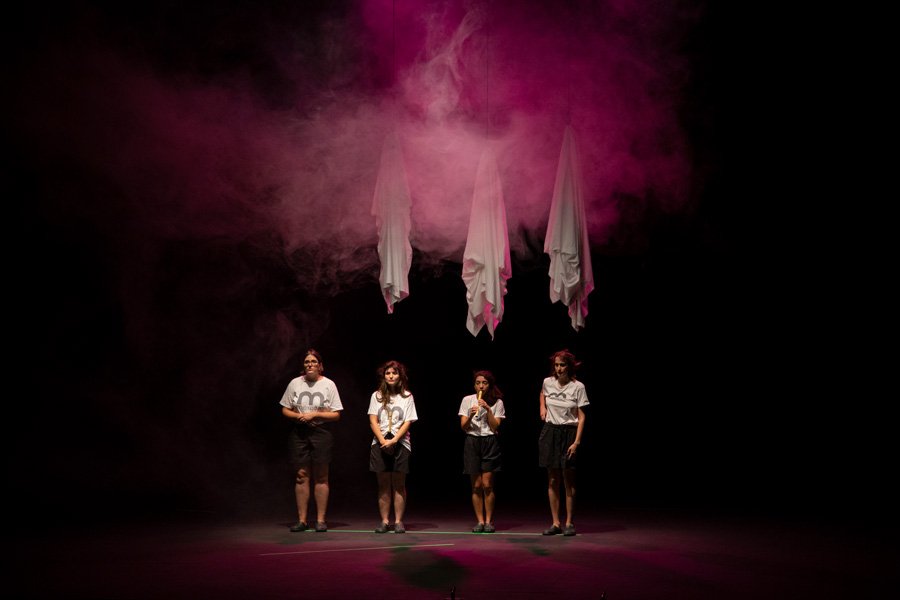
“We have done a couple of fanzines, recorded some songs, but all this, in the end, are games, possible identities”
You also talk about a punk band, cartoonists of fanzines, ethnographic researchers …
NC: (laughs) This is very theatrical. We have done a couple of fanzines, recorded some songs, but all this, in the end, is games, possible identities. We like this idea of doing some theater and playing with our artistic identities.
Júlia Barbany (LAS HUECAS): Yes, whenever we are doing a creative process for a piece they always appear as drifts and if we motivate ourselves we carry them out. We are not closed when they have asked us to propose other formats that are not a theatrical piece as such.
Is there a goal you want to communicate about?
NC: We have never considered what we want to achieve with this type of artistic drift.


” We are critical to the extent that we are critical of what we live”
But in what you have done so far there is criticism, an ode to disenchantment …
JB: Criticism comes out because we are critical of what we live and it comes out in a super natural way, but when we are looking for the dramaturgy of the piece we never say to ourselves “let’s try to make this scene pull more to one side so that the public can read that we we position one way or another. ” We are people who would not dare to make such a clear statement.
NC: This is what Júlia says, we are critical to the extent that we are critical of what we live. In other words, criticism is a consequence of our position in the world. As people we are together in this project and we position ourselves with respect to culture, history and with respect to the things that happen to us. That is why we do this theater. We do not sit and think “we are going to elaborate what criticism we want to convey”, but the process is more direct to the extent that we are who we are.

The project “Those that should not die” coincided with the boom of the pandemic, how did it influence?
JB: It was curious because it was not that we raised it as a result of what was happening, the increase in deaths from the Coronavirus pandemic. In fact, we did not change the piece as a result of this, what did change was the audience. An audience came that, due to the situation we were experiencing, had considered its finitude.
NC: There was a lot of staging of death, you saw many images on television of coffins lined up in garages, in very unpleasant spaces. And it is curious because we made the presentation in an industrial warehouse converted into an artistic residence and the floor was Portland. So when we left a coffin on the ground on stage, it was the same image that was seen on TV during the pandemic.


Your creative process gives the feeling of being very “Do it yourself”.
NC: Obviously, each project is different. At a methodological level, if we focus on “Those that should not die”, which is perhaps the most mature project we have done, we have worked for intensive periods of time during different phases. For example, the first phase was one of coexistence, like some colonies. For three weeks we did all kinds of experiments: we went to dig a grave, we made visits to the cemetery, games of all kinds … In the end, it was about finding a way to work on each project taking into account what we wanted.


Is there self-censorship in Las Huecas?
JB: We are very denied with the image that we give out. We don’t think much about this.
NC: I don’t feel like we’ve ever censored ourselves.
The issue that you are all women, does it have a goal or is it coincidence?
JB: We don’t have a set goal before things start.
NC: It is a matter of artistic affinities, but if Júlia had been an uncle then no problem, but it turns out that she is a woman. Artistic affinities are in many things and can also be in whether you are a man or a woman.
JB: Yes, maybe you have this affinity because you have the same look for being a woman too.
NC: Exactly, there are many things that generate an artistic look but not only to be socialized as a woman or to be satisfied with your identity as a woman, but we will not deny that we are all quite feminist. That we are women is a fact and that we are part of a concrete world is a fact, but the mental jerks that the public makes when they come to see you also constitute the scene and we play with this because we know that our identity will be judged from a or another way, but it will always be judged. That we are five women will always matter.

“We put ourselves at risk a lot on stage, we have not stuck knives but emotionally they are very powerful moments”
Have you had stage panic attacks?
JB: We put ourselves at risk a lot on stage, we have not stuck knives but emotionally they are very powerful moments. I am very shit … If I had not been accompanied by them I would not have been able to do some things that I have done on stage.
How do you see the scene in Barcelona?
JB: More things happen than people think. We are not the only ones doing such work. There is a very small context but it exists, and more and more large theaters are incorporating creations of this type. It is not something so underground.
NC: We are not the only ones who are doing more experimental work or whose theatricalities are not so conventional. There are many people doing things and in any case what there are not are the material conditions to carry them out. If there is no pasta and the spaces do not program enough, it seems that nothing is happening, but it is happening. The challenge is to achieve continuity and subsistence because we are in a very screwed up moment. Precariousness is a super beast.
What are your references?
NC: Angélica Liddell, but also the Venga Monjas.
JB: Miguel Noguera, Judith Martín, Poor chick, The Count of Torrefiel, The long men lying in the sun, Cris Blanco.


“When something makes us all laugh a lot, we know that yes, we must add this to the play”
You always have irony and a sense of humor.
JB: Of course! Much sense of humor, and very crinch.
You have a great fucking time working together, right?
NC: Ugh, of course! When something makes us all laugh a lot, we know that yes, we must add this to the play.
JB: Humor is super shared and for us it is very important to put it on stage. It is already part of our scenic and performance aesthetics.
How do you handle the criticism?
NC: I think we do well to sweat a lot from criticism. Let’s see, everyone likes to have good reviews because you send a screenshot to your mother, but the criticisms that are made with the tip of the tuberose, that dedicate two words to you and that there is no explanation, step, because I find bad reviews per se. The reviews in which the rock has dedicated itself to working a little with respect to what you were doing, are valued, regardless of whether they are good or bad reviews.
Movie, series, book and album.
JB: Now I’m watching The Office and I’m freaking out … It’s great!
NC: Me too Júlia! I pull back to see the timing of the joke. Peli, “You, me and everyone else” by Miranda Jolie. Disc “Hostile Hostel” by Mendra, which is the group of our technique. And book, the one by Charles Manson, “Helter Skelter”.
INTERVIEW: MARTA LUQUE
NOVEMBER 2021
MAUS®
VIEW MORE VIEW MORE VIEW MORE VIEW MORE VIEW MORE VIEW MORE VIEW MORE VIEW MORE VIEW MORE VIEW MORE VIEW MORE VIEW MORE VIEW MORE VIEW MORE VIEW MORE VIEW MORE VIEW MORE VIEW MORE VIEW MORE VIEW MORE VIEW MORE
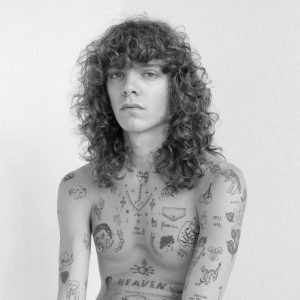
Carlos Darder (Palma de Mallorca, 1998) took the camera to make a collection of moments with his friends so he could remember them. That’s why he understands photography as a diary that helps him order his life, his intimacy and be able to capture everyday moments through the prism of an angel who has fallen into hell. He loves being able to practice patience waiting for the result of the revelation of his carts. Tattoo artist by profession who wants to keep photography always as a hobby. He doesn’t care about Instagram and what they think of him. His photographs prove it.
CARLOS DARDER
2021 / 06 / 15
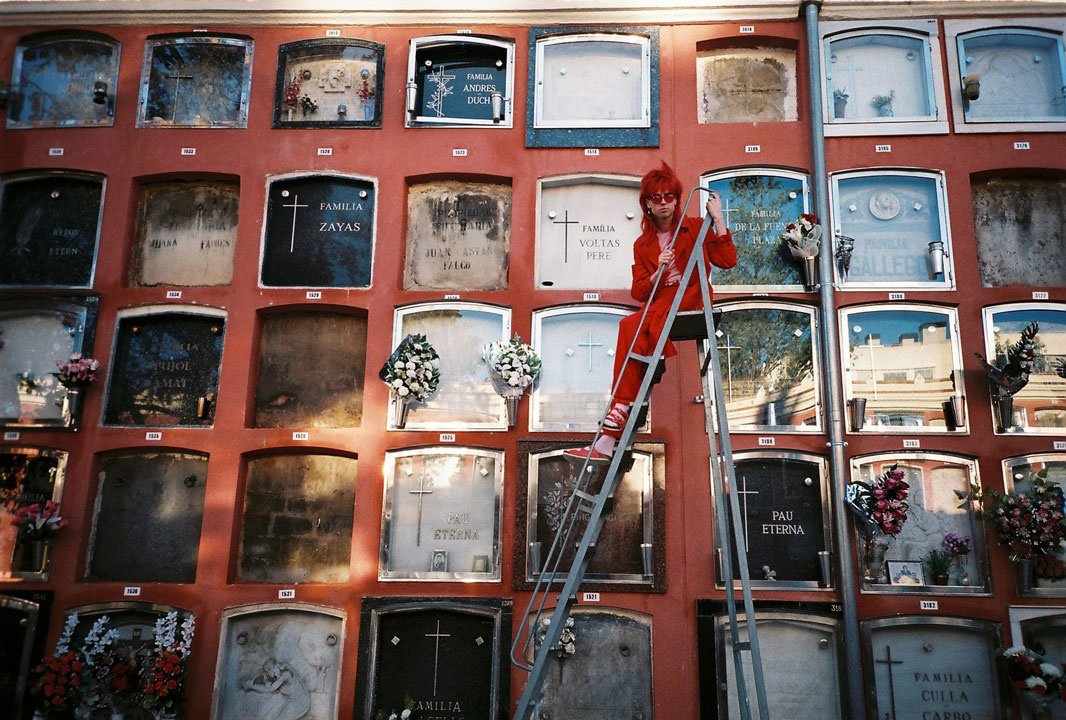
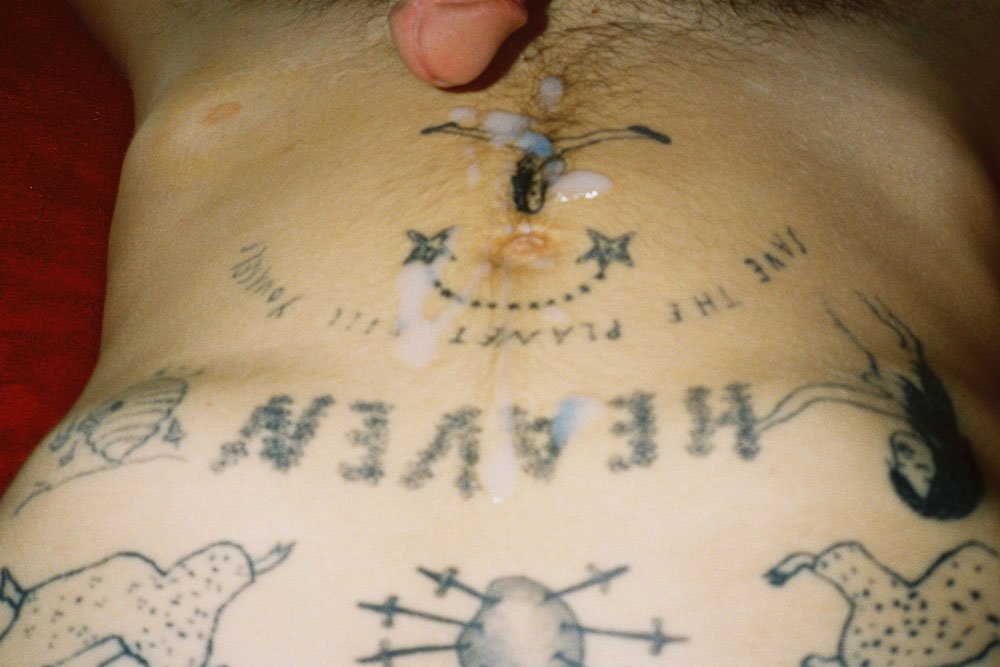

I was surprised to know that you are also a tattoo artist …
CD: Yes … I started a couple of years ago and I am combining it with what I like to do, since I like to do a lot of things and I always try to get the most out of what I do.
And you travel the world tattooing.
CD: Yes, it’s a pleasure. Because being a tattoo artist you can go wherever there are people who want your tattoos, the truth is that I feel super lucky.
How did you start drawing and tattooing?
CD: Well, the truth is that I started by myself, I got a needle and I started to tattoo and then to my colleagues … and I said to myself: Can I tattoo people? Can I live on this?
In two years you have tattooed a lot, right?
CD: Yes, during the pandemic I tattooed myself every day and look, and now I look like a painting.
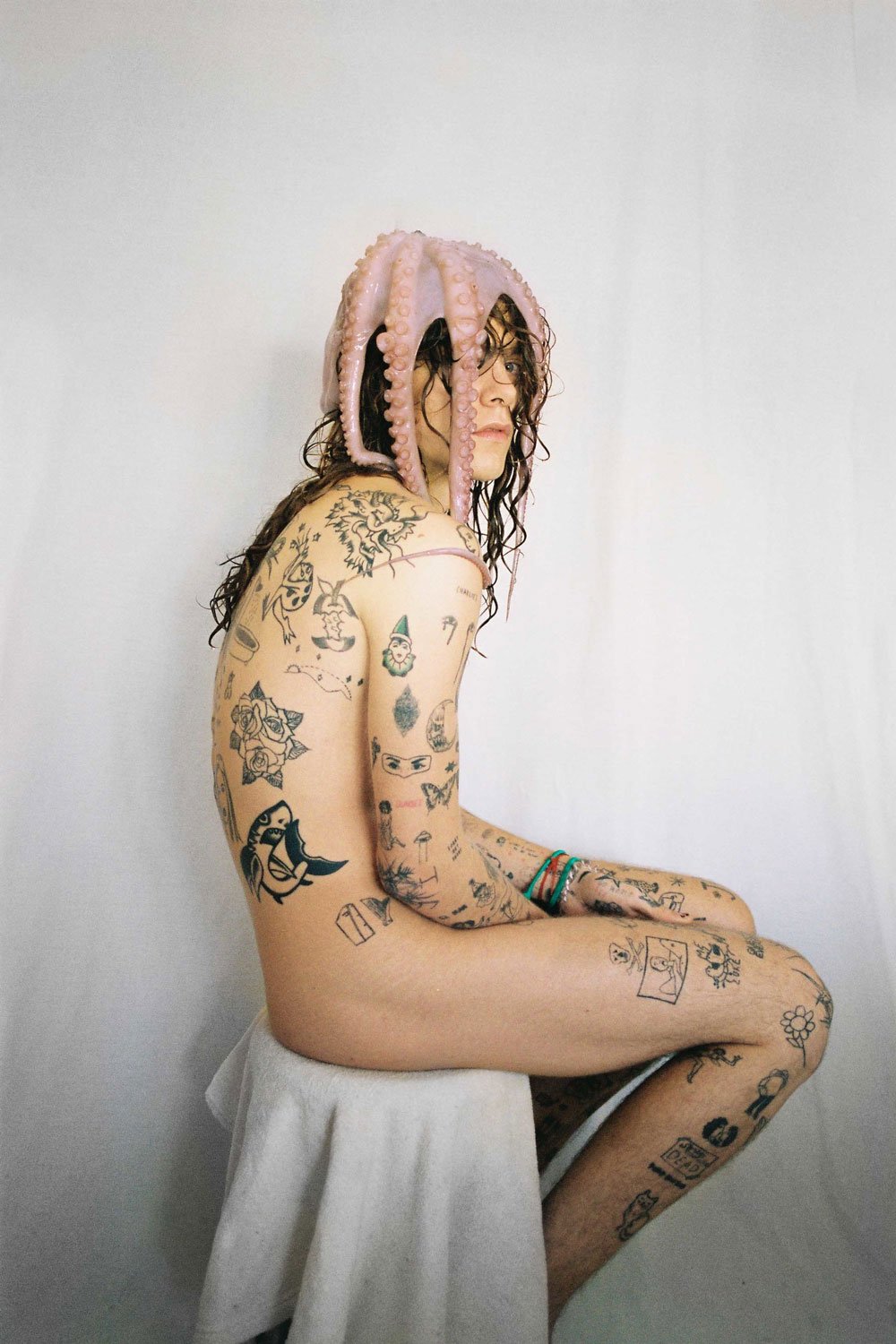
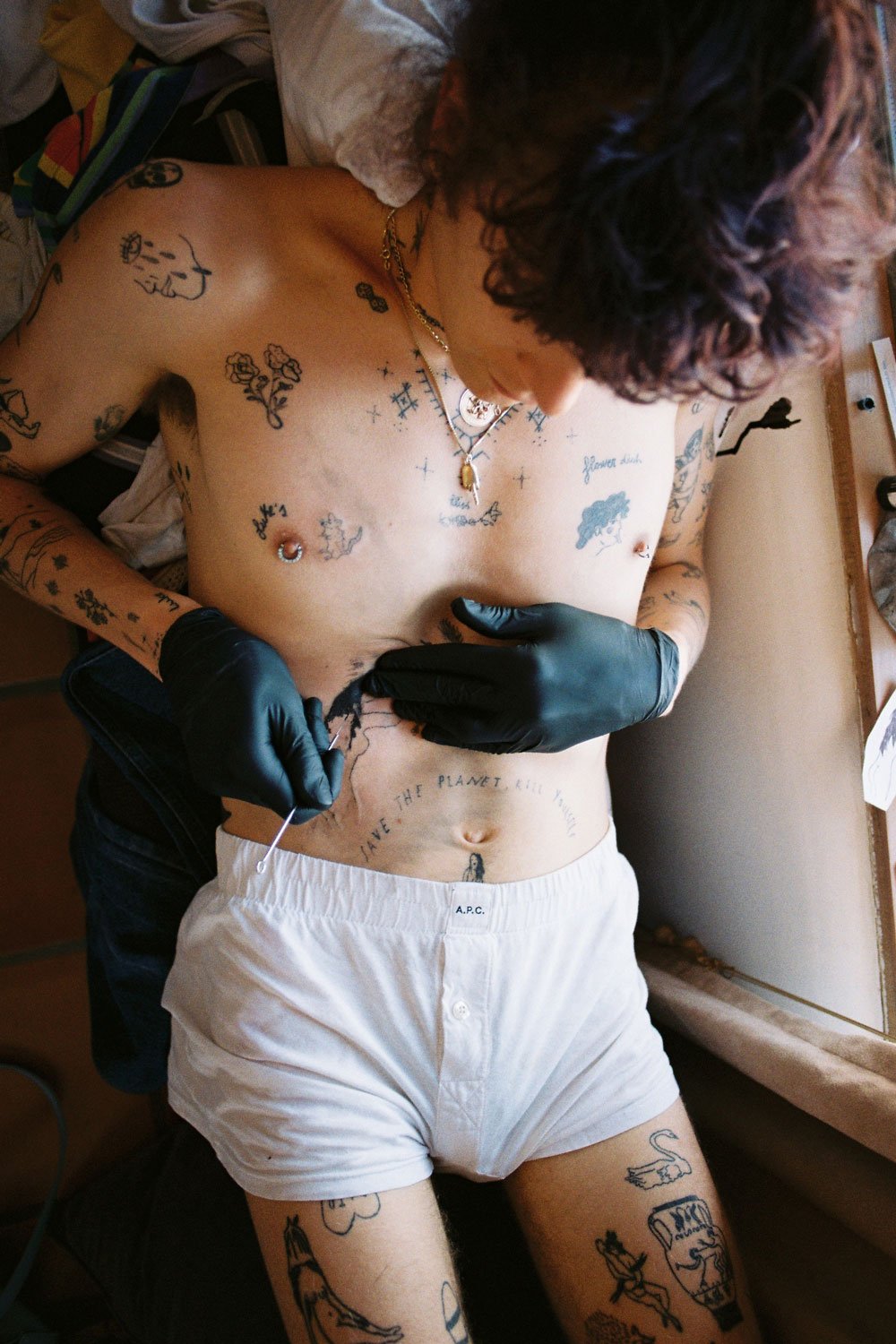
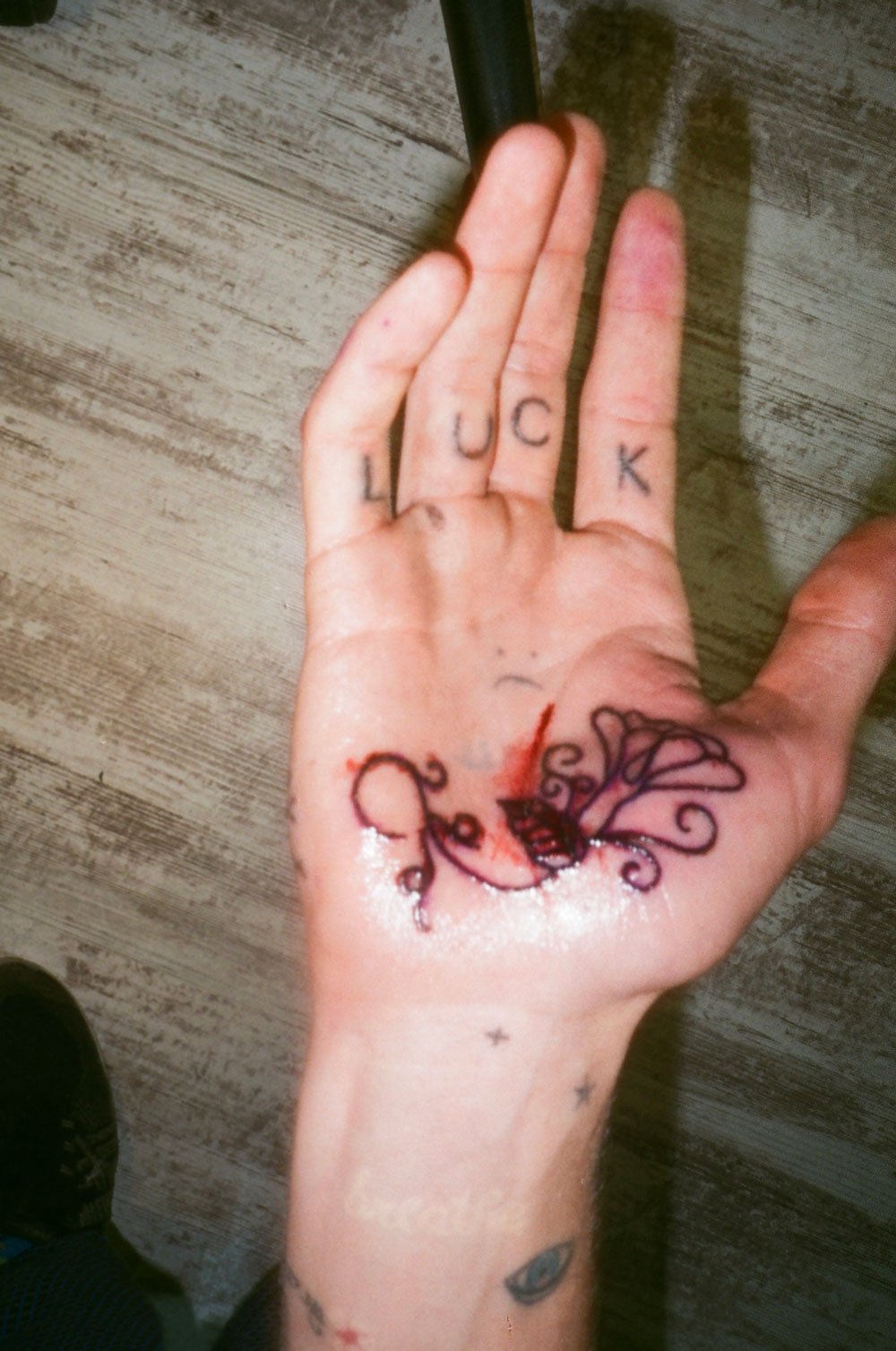

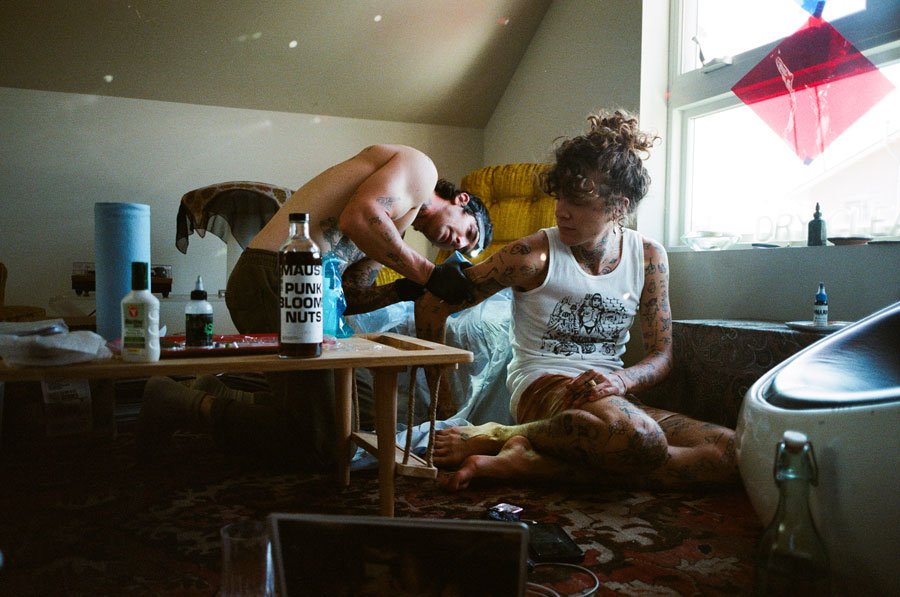
You shoot a lot in analog.
CD: Always in analog, yes. I like the process of patience, of forgetting what you have shot and that revealing it is a surprise. I am very impatient and shooting in analog teaches me that I have to wait.
However, on Instagram everything is more immediate … Do you shoot thinking on Instagram?
CD: Nah! I shoot thinking about what I like, and if I like it then I’ll hang it up. I usually do things for books that I do, and if there is something I like then I upload it. I publish the books independently with a graphic designer in London.
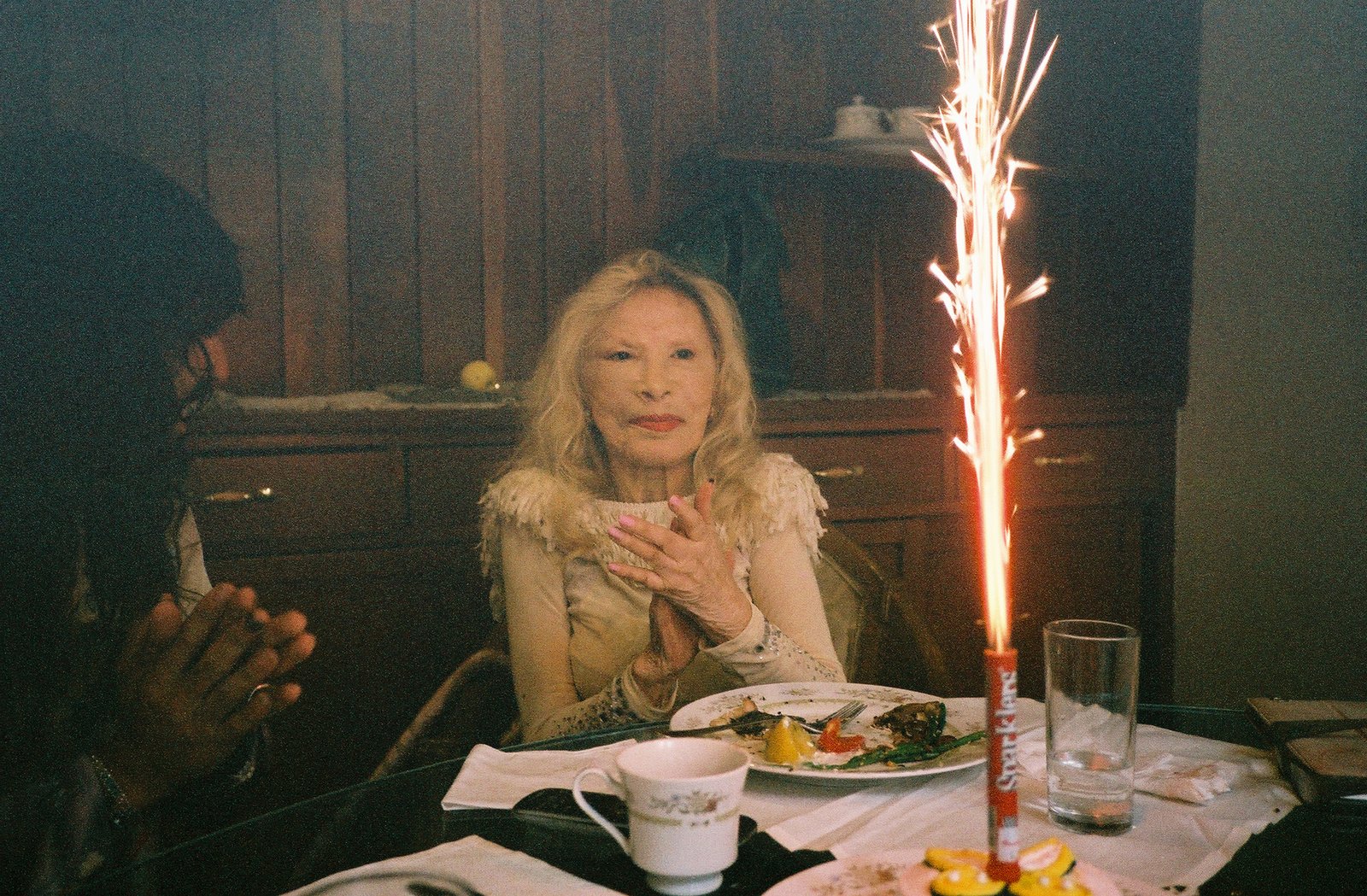
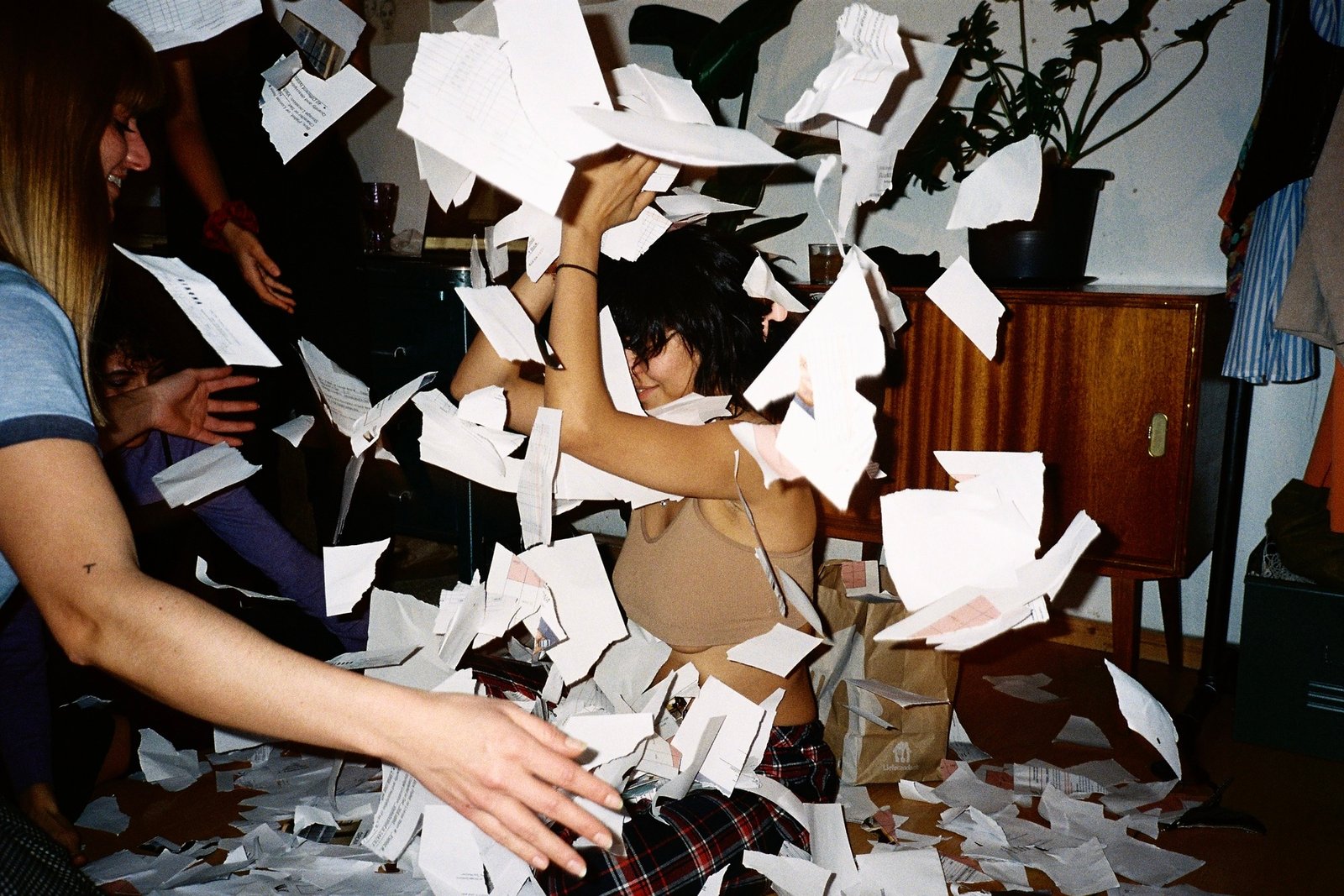

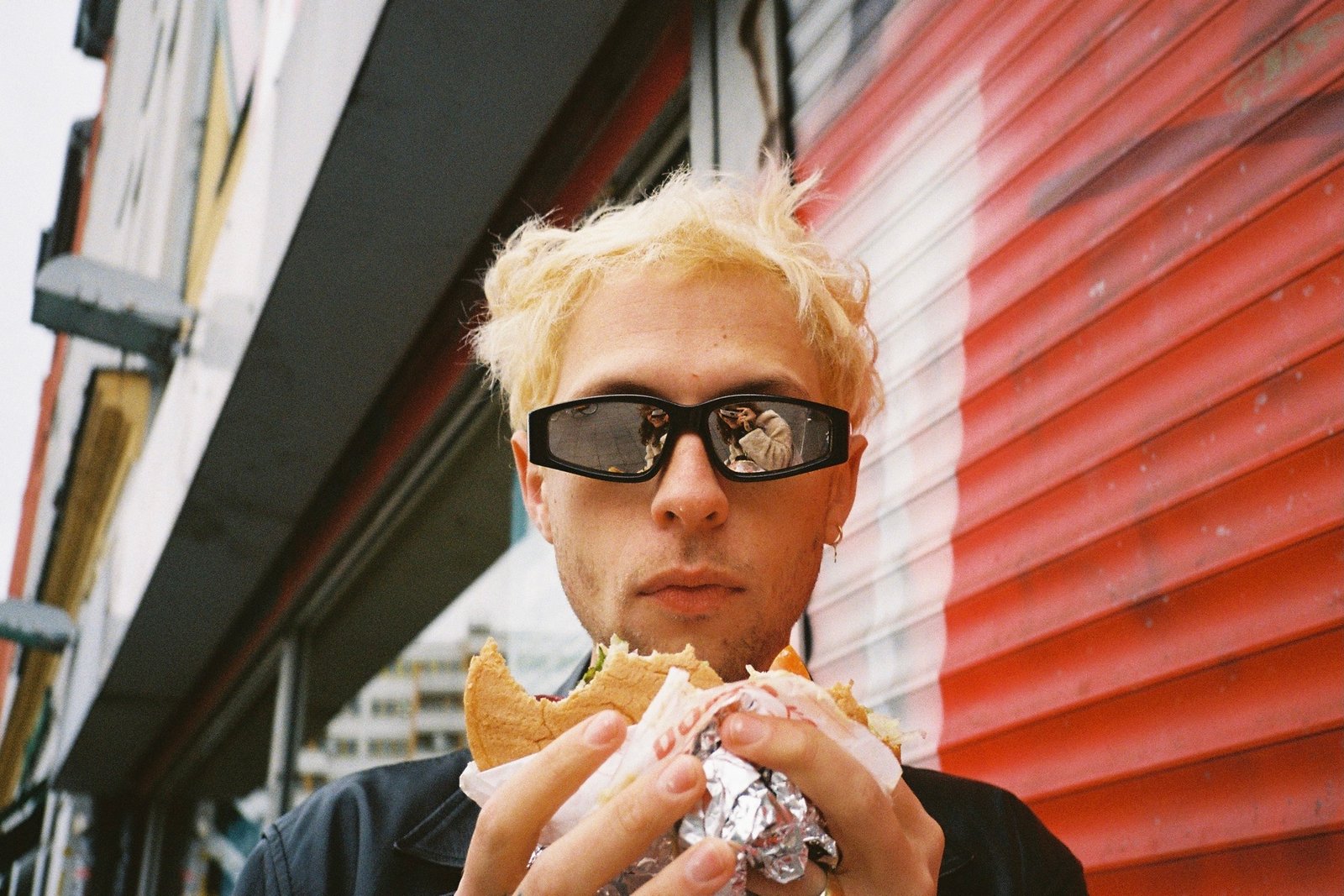
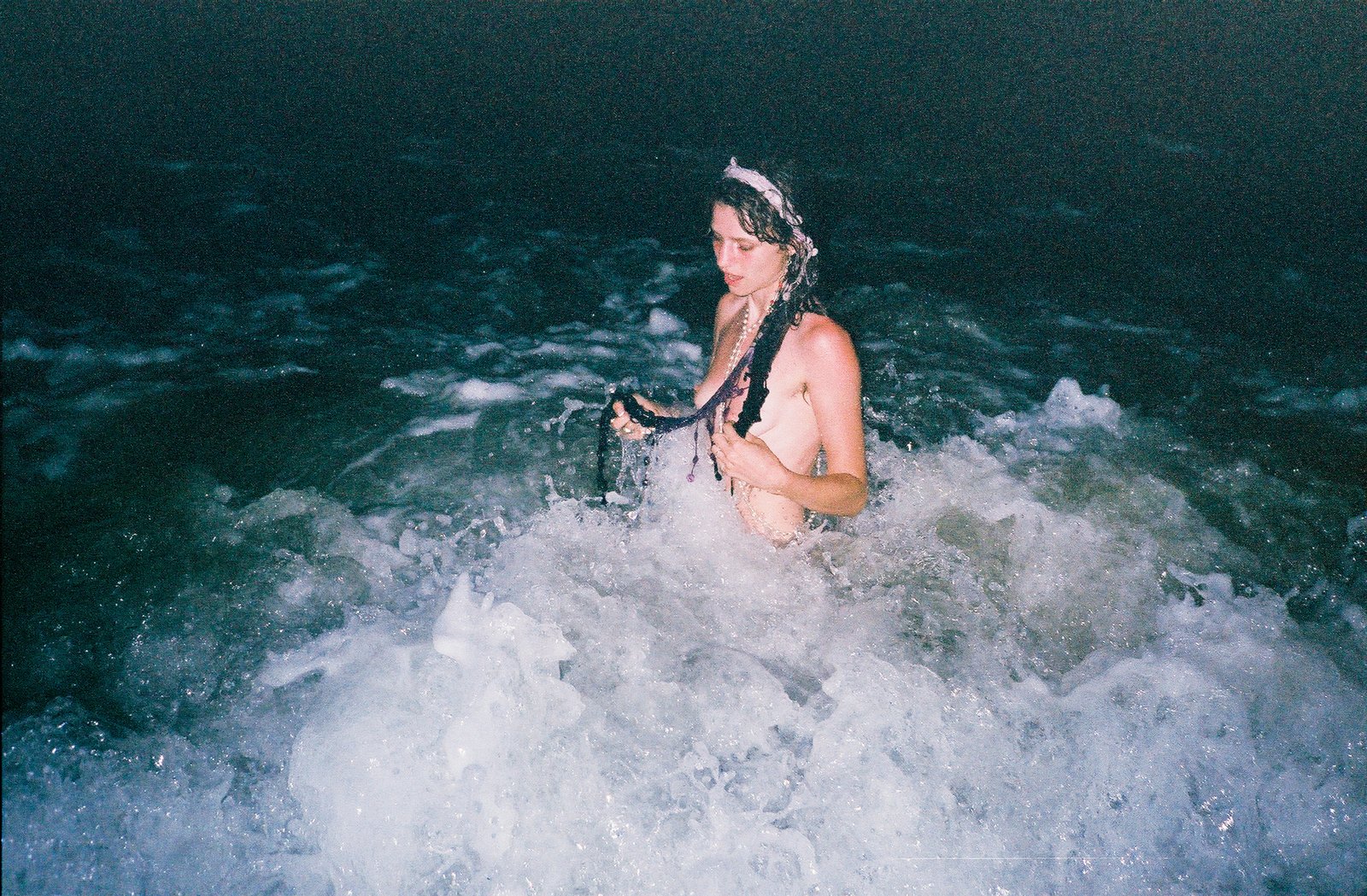
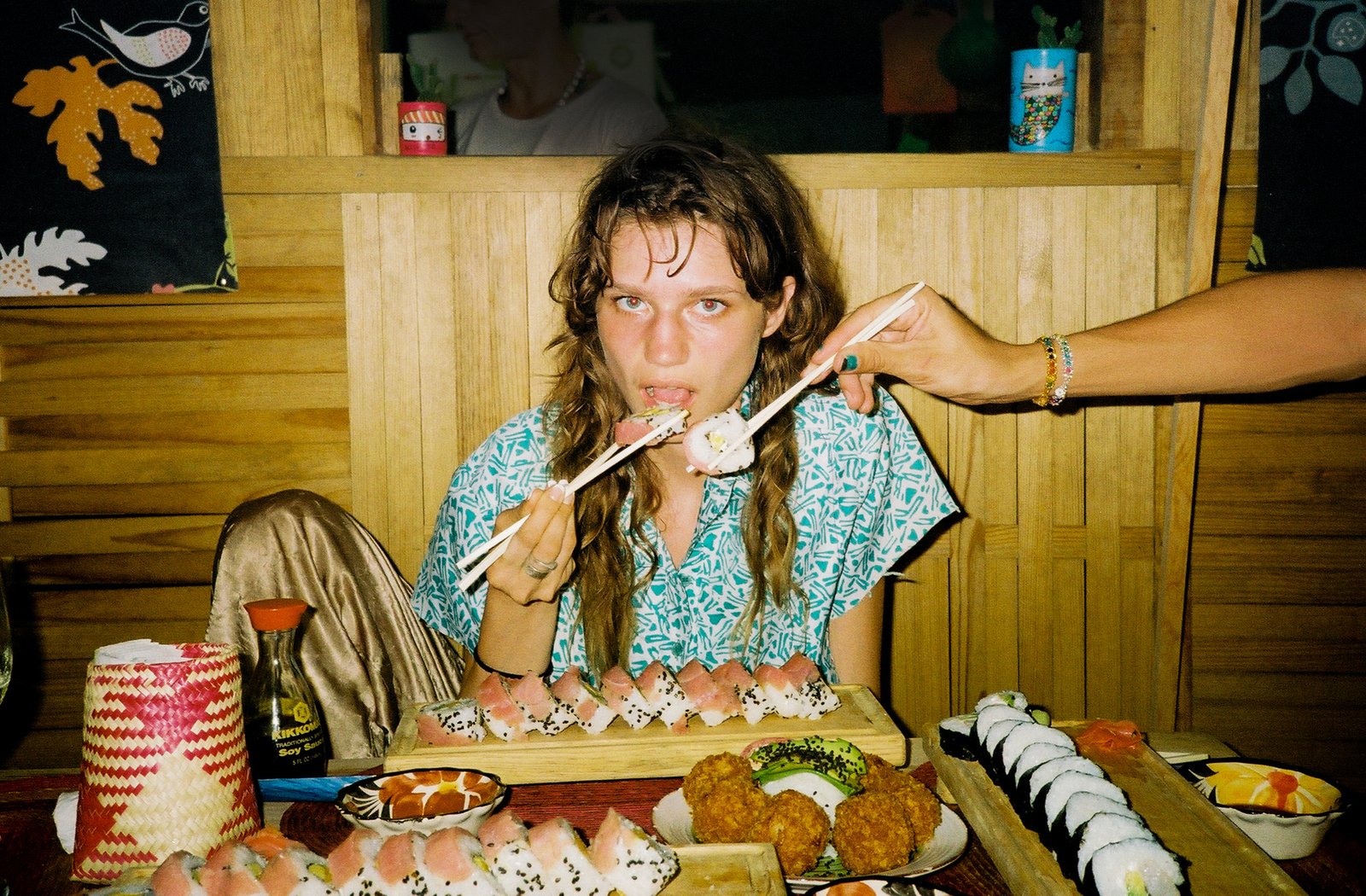
“Everything is a diary, of me, of the people I know because sometimes I forget more than half of the things”
It contradicts a lot with the philosophy of many artists on Instagram who seem to seek the like …
CD: Buff… to me this seems like a pain in the ass… In the end what I do is for me. What I have on Instagram is for me, it is a diary. And also what I have on the web. Everything is a diary, of me, of the people I know because sometimes I forget more than half of the things I do and that is how I have documented and organized it for years.
Yes! I met you through your diary, which begins in 2017, I see that it is very honest, very truthful, therapeutic, I can see a lot of reality there.
CD: Thank you very much! Well yes, in the end it is what I live and see, then I share it, nothing more.
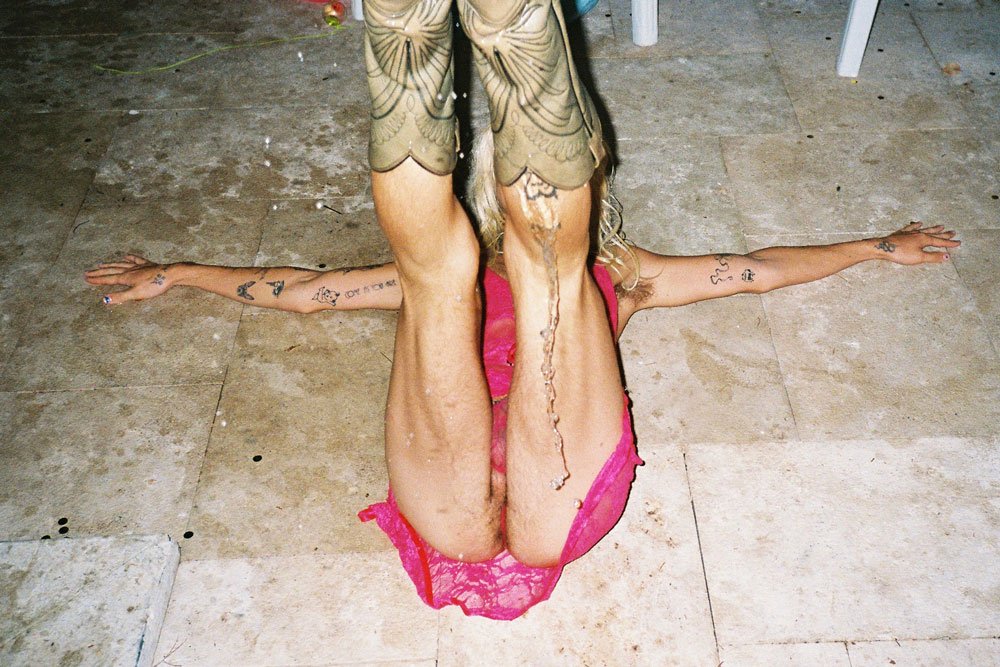
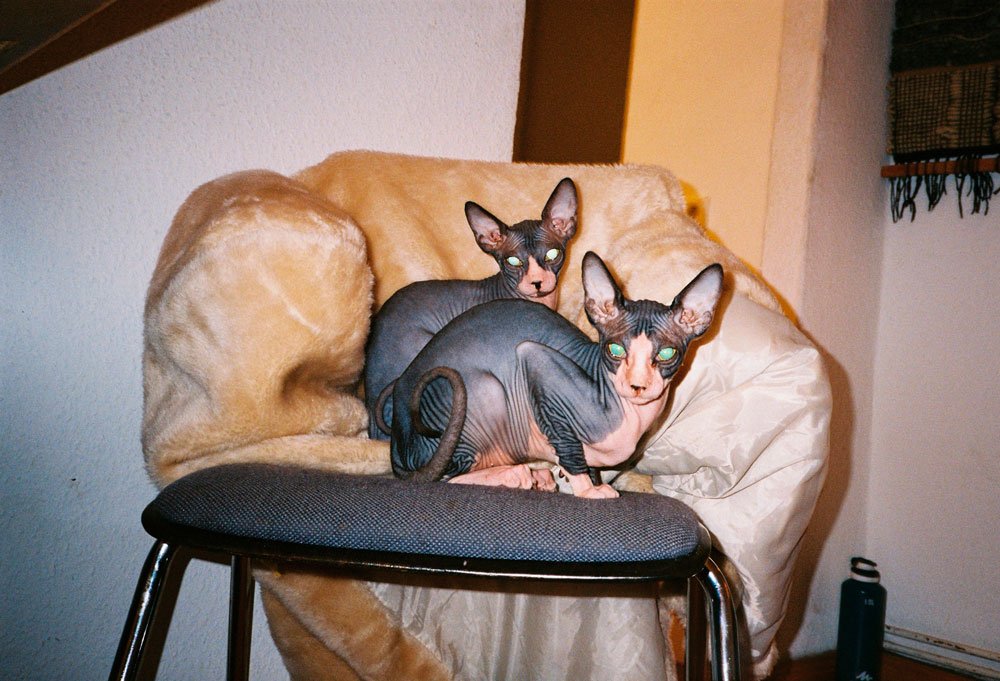


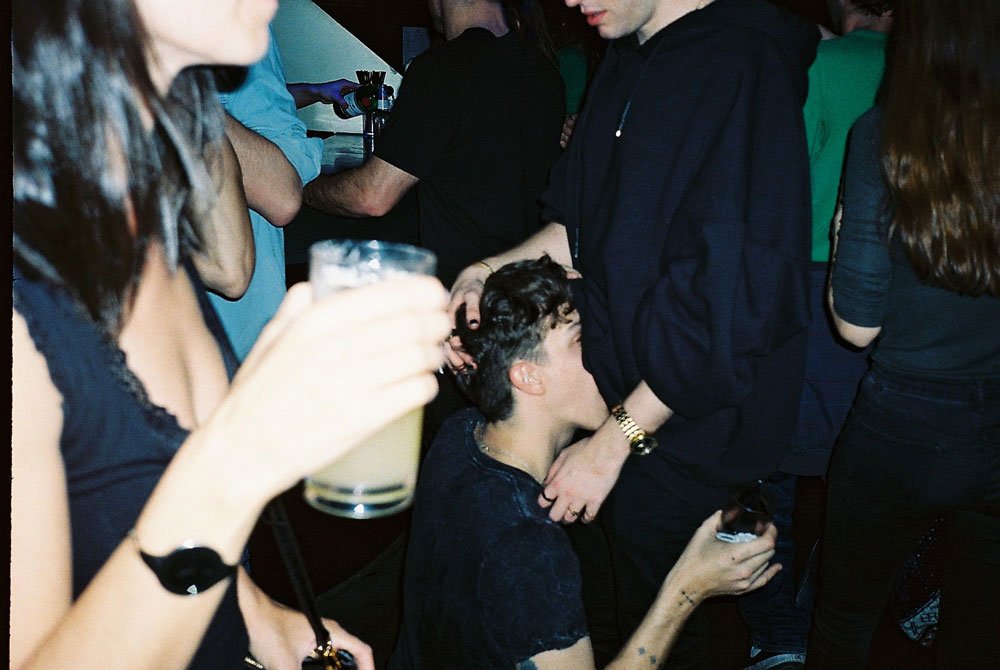
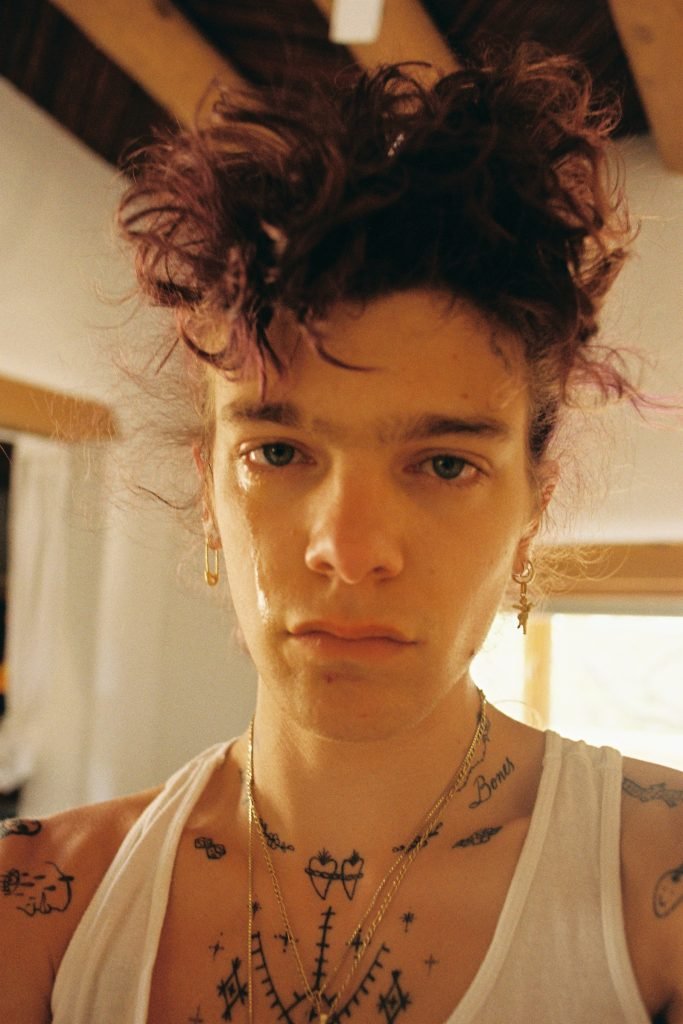
You blatantly shoot yourself and people in your private life. Do people allow it to you?
CD: Yes, when I want, I shoot and if someone bothers, well … hahaha it’s a matter of luck. With my friends I use to tell them “be still, do not move”. And I take the photo of them. Like the moment after fucking …
Yes … I see that many of your boyfriends or rolls are there.
CD: Yes, they are my muses. They inspire me. And when I have no one and I am alone at home I make a self-portrait.

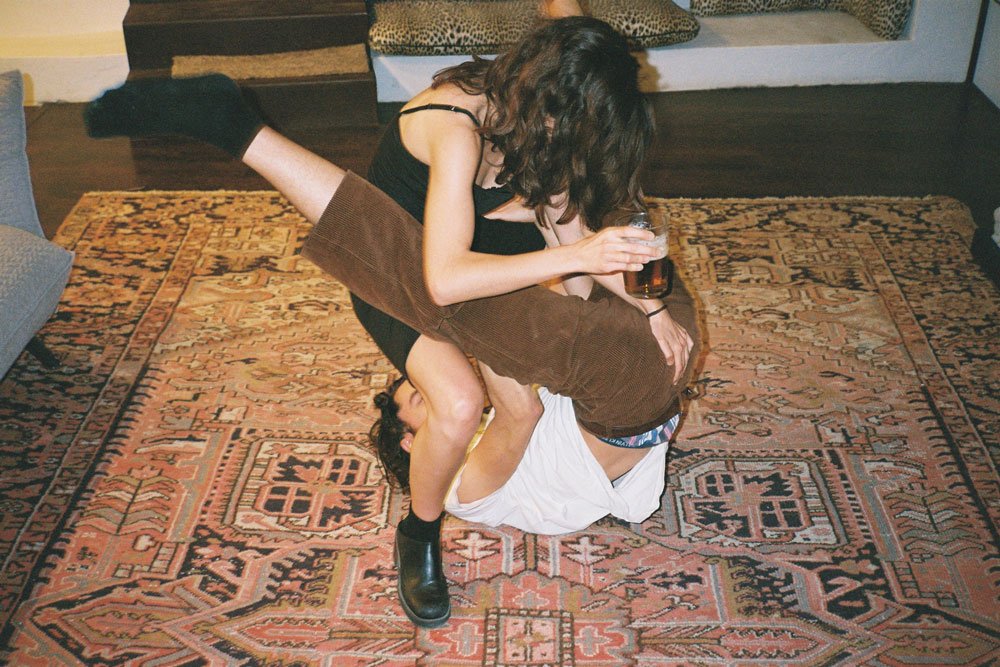
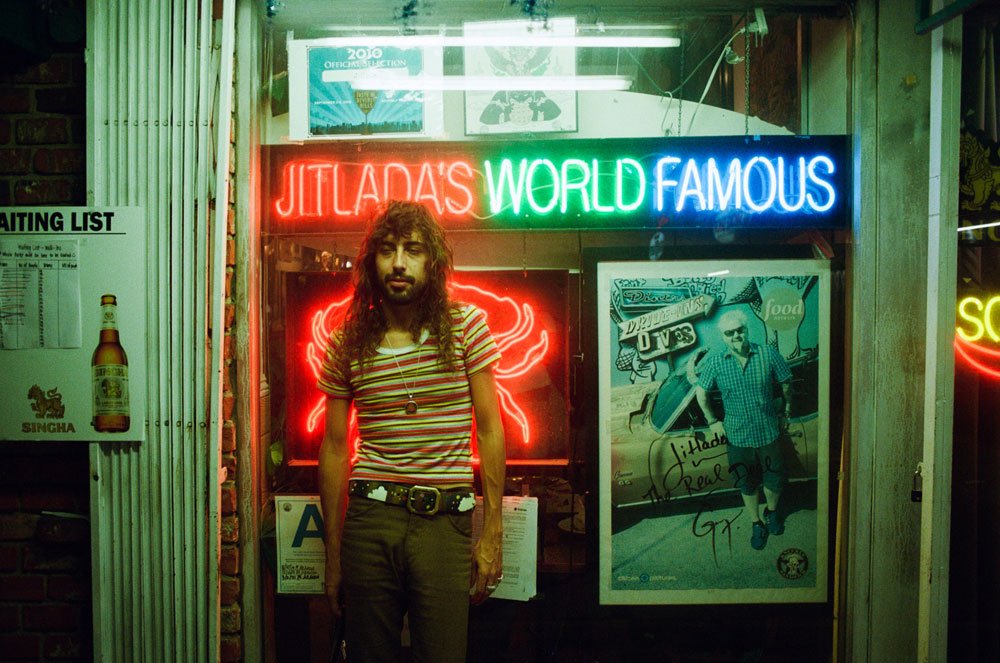
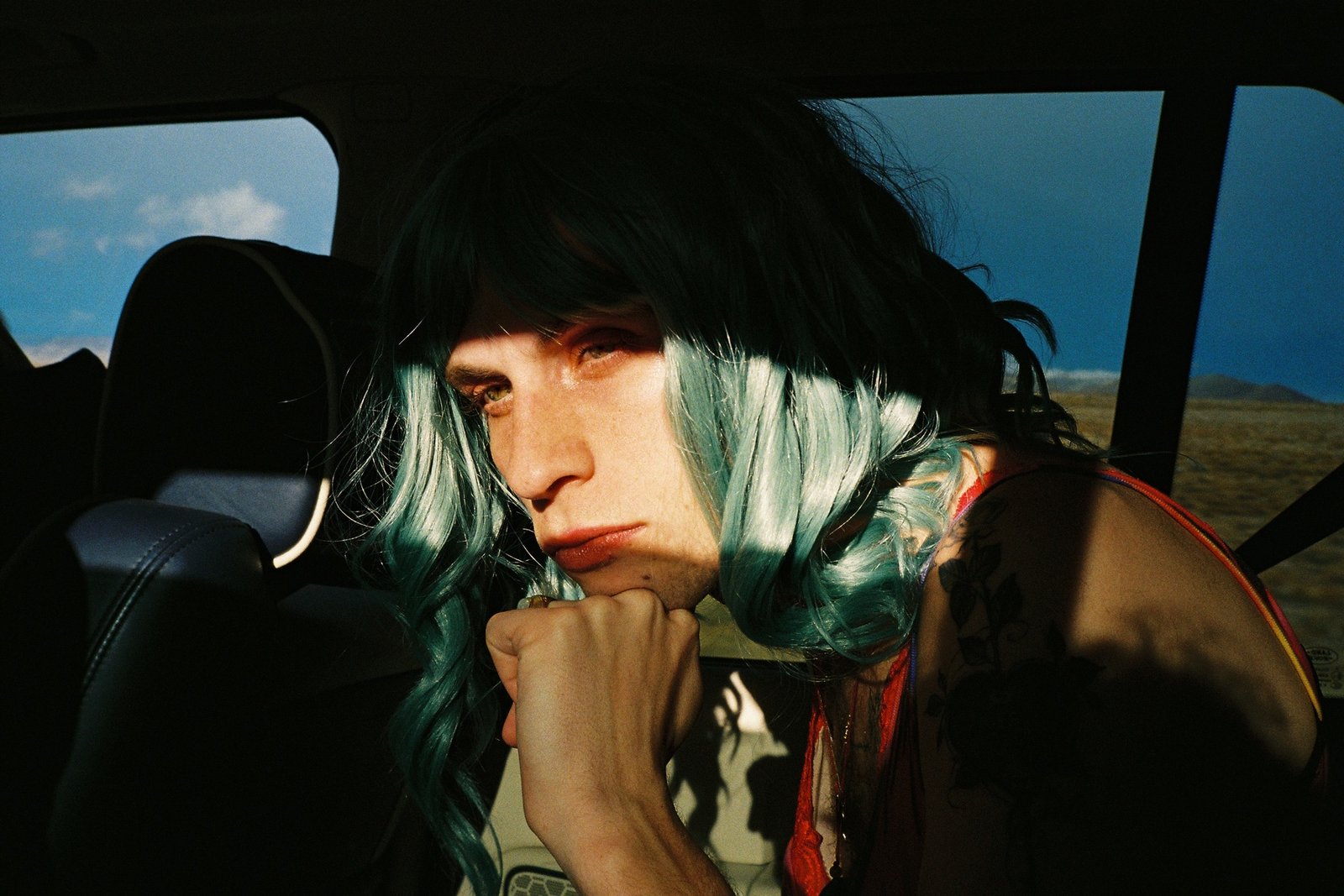
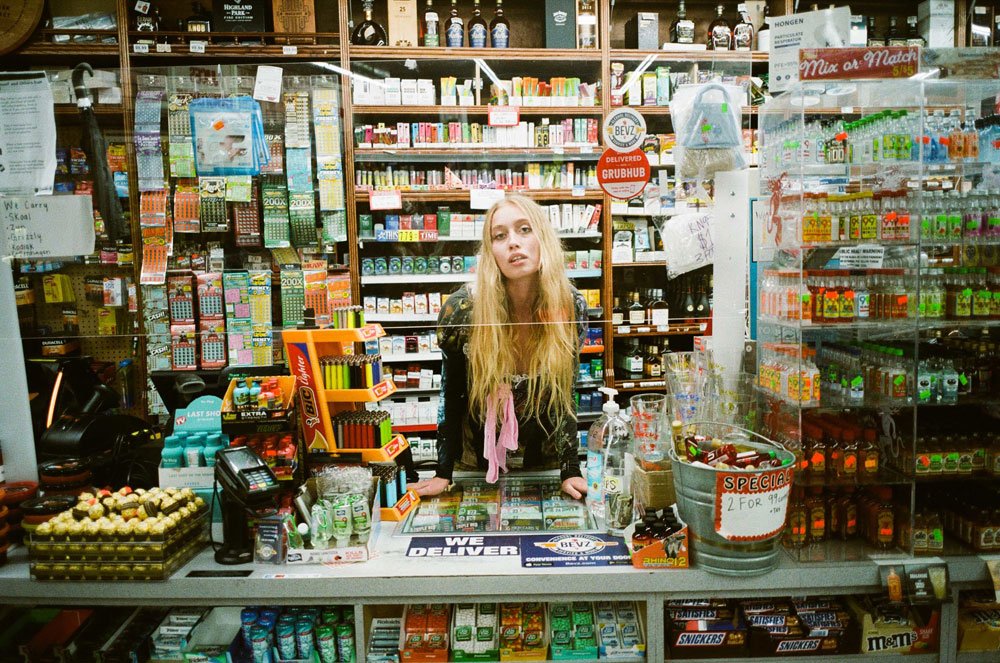
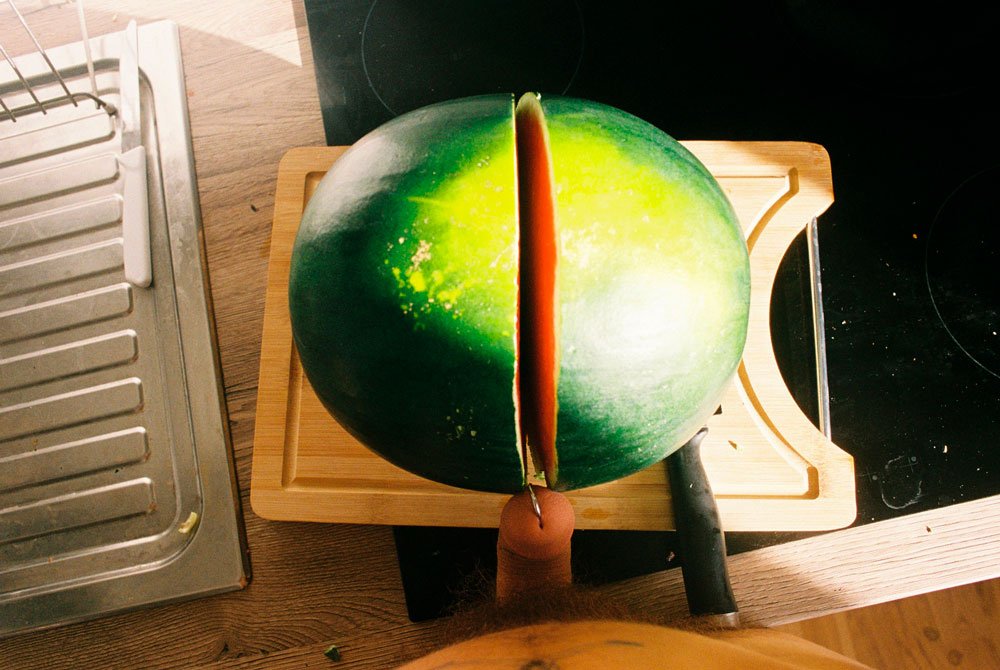
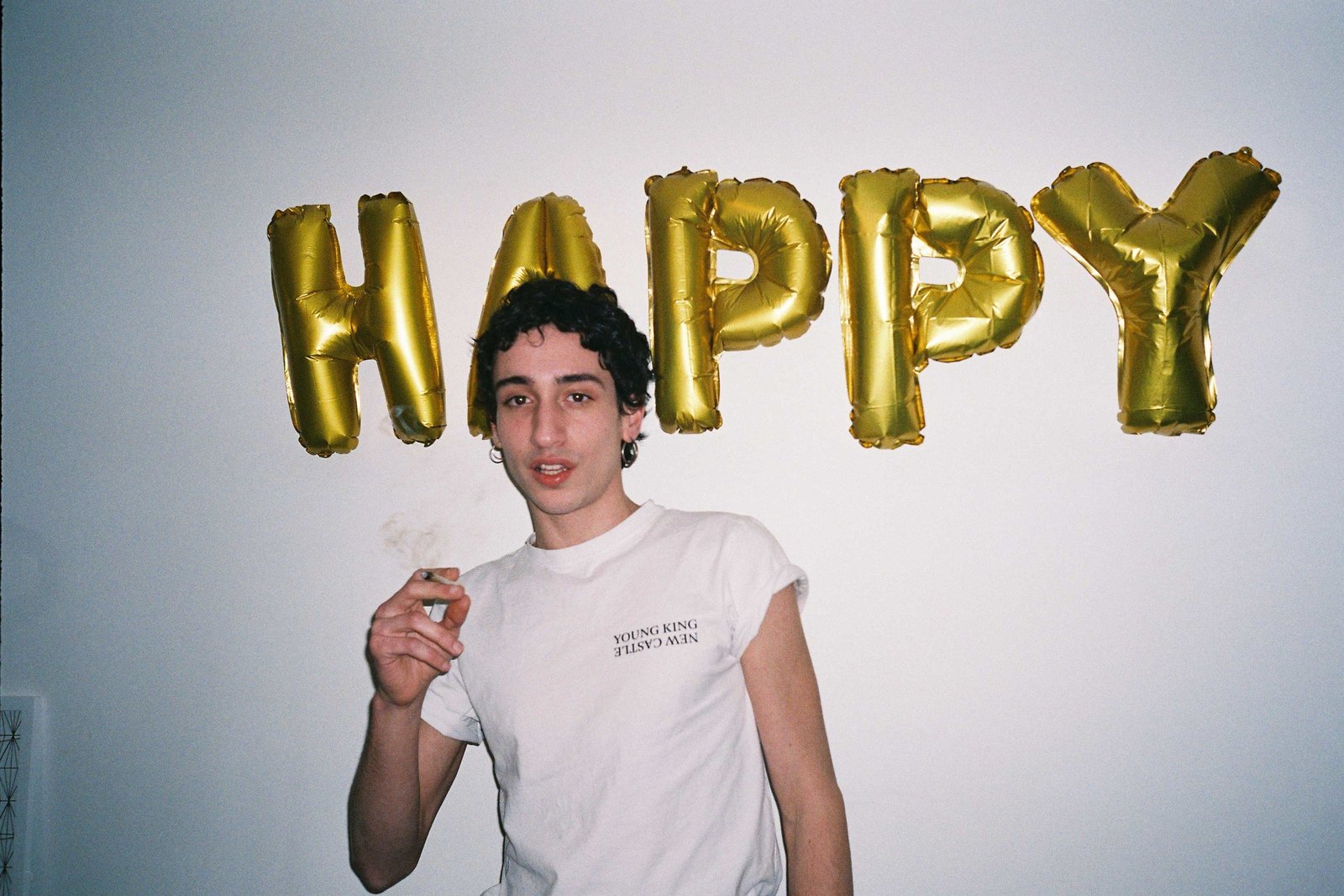
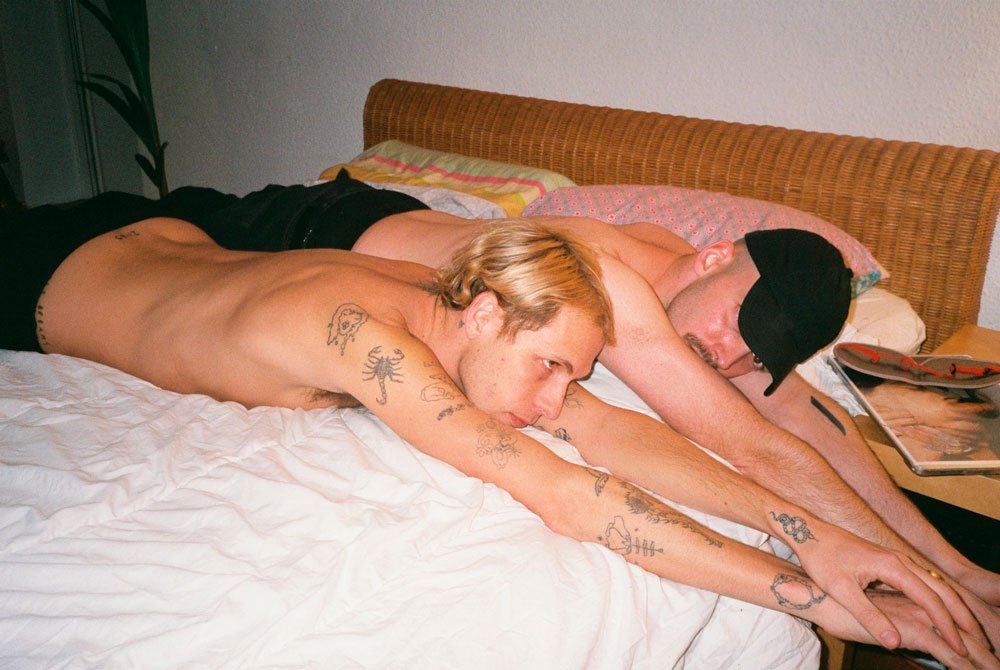

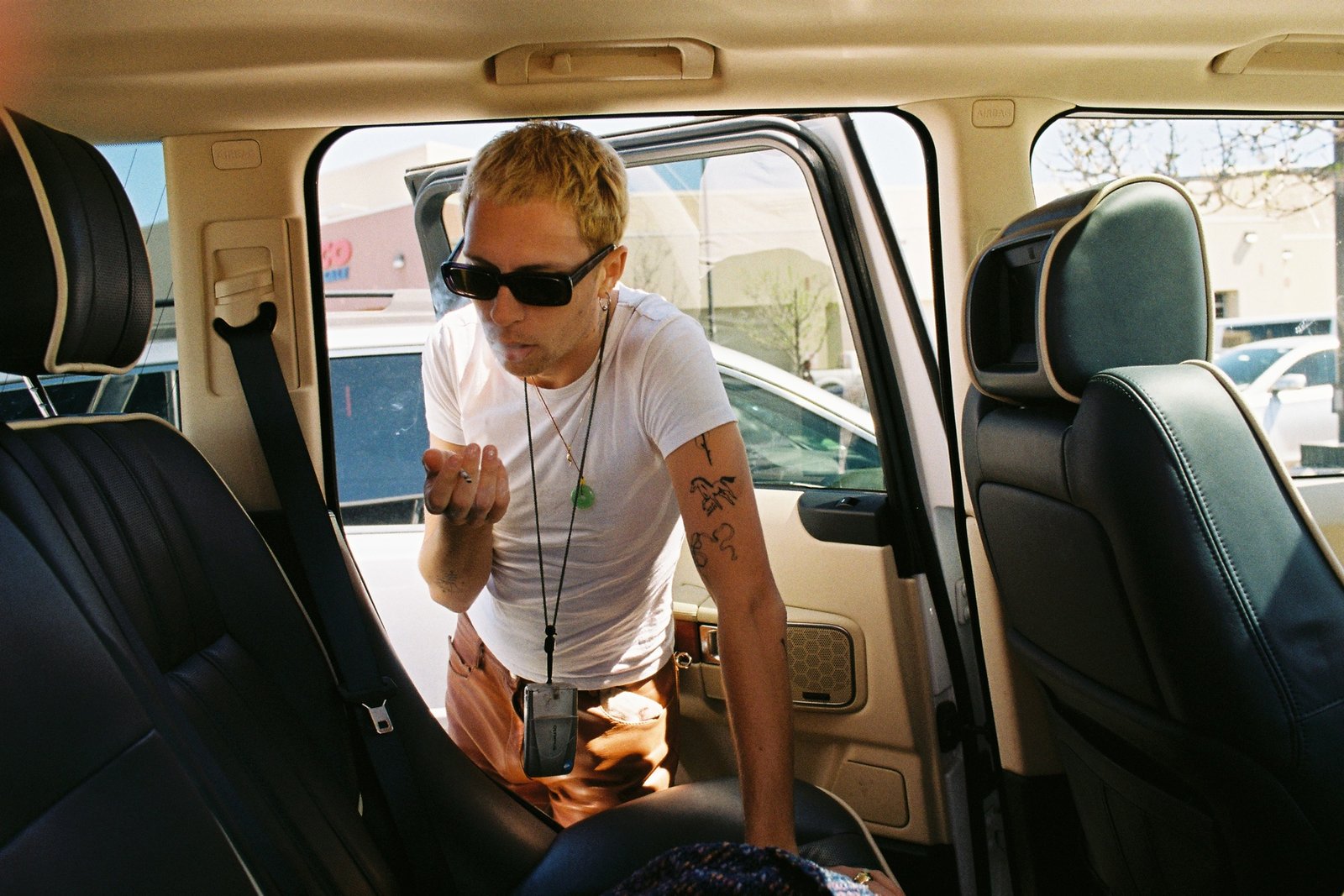

Are you your own muse?
CD: Yes. When there is a photo that nobody wants to take, I act as a model.
Since you’ve started to publish photos, whether of yourself or of other people, there is no hesitation, in shooting penises, semen … I love it. Since we almost always see only the naked woman as something normal …
CD: Yeah… they are things that we experience every day, and in the case of my girl friends I love to take pictures of their period. Many women find it gross, but I think it’s silly because those who criticize it also have periods.
“Many women find it gross, but I think it’s silly because those who criticize it also have periods”
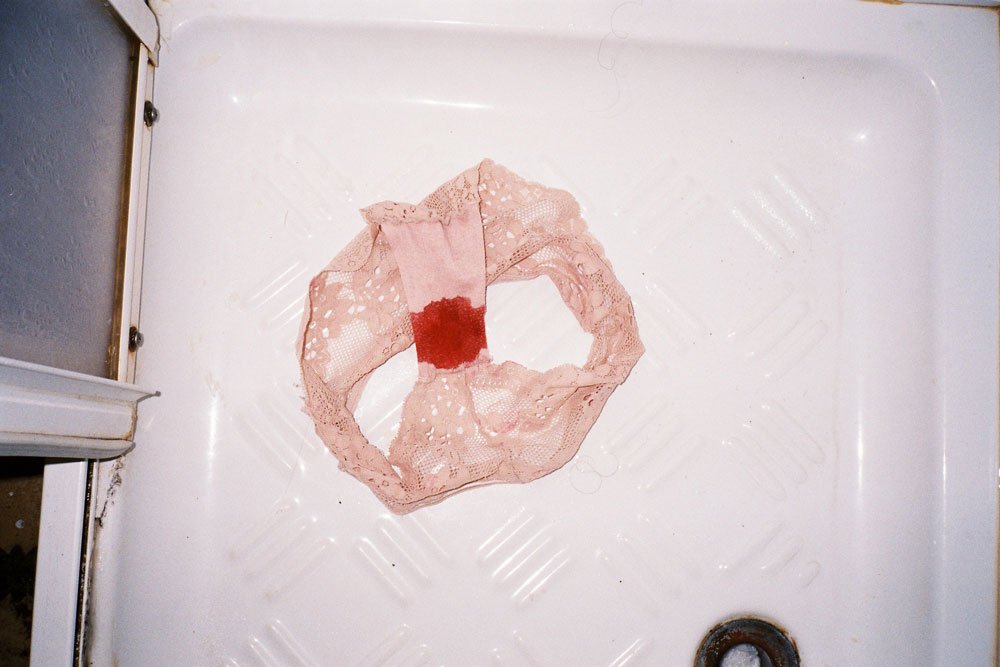
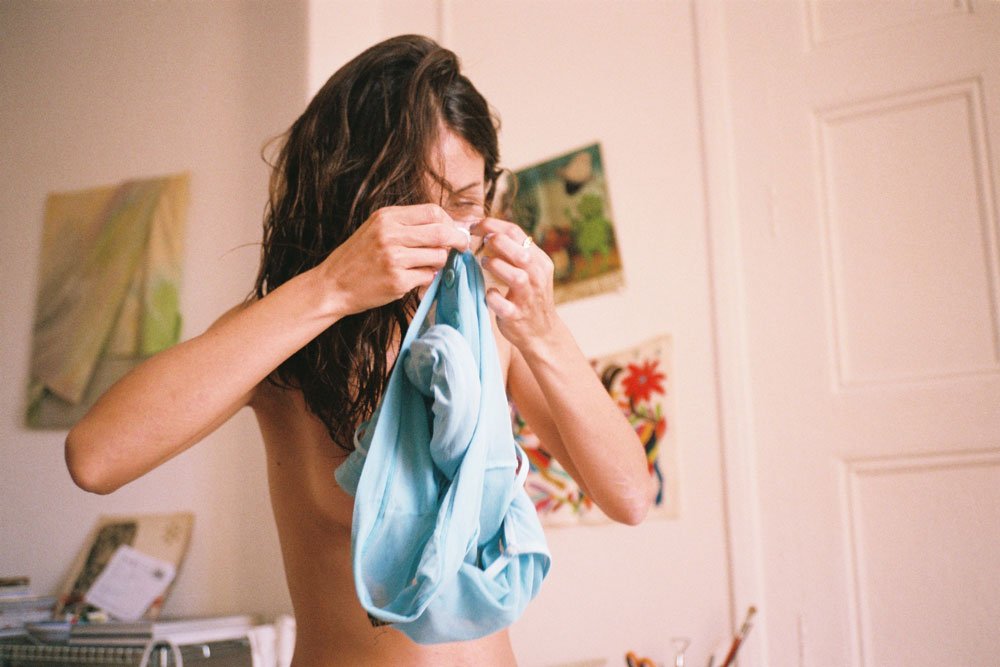

Yes, there is a truth in your photos, very punk and very elegant. Your photos sometimes remind me of Wolfang Tillmans.
CD: Ah, wow, how cool, I do not have it as a reference but the truth is that I like it.
Living in Palma de Mallorca… tell me about it.
CD: The truth is that it is difficult to be free there … being always high and partying to forget the monotony, in the end I always want to leave Palma. Many only come for the summer and then leave. People are conservative. Once, I took a nude photo on the street to make a poster and people started calling me a fag. I you do this in New York or Berlin people don’t even look at you. In Palma it’s a pain in the ass …
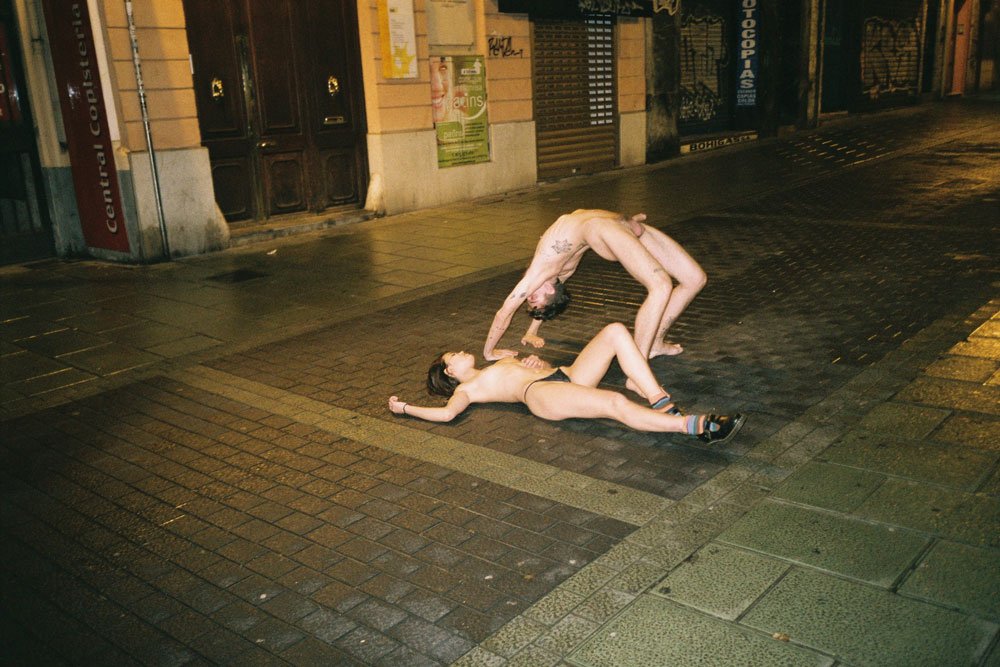
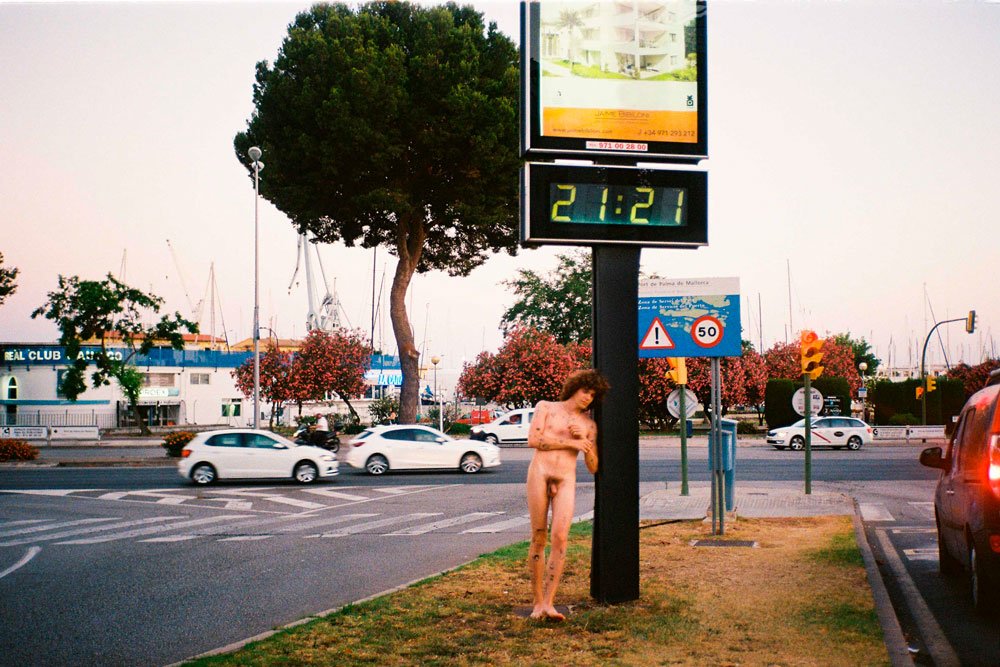
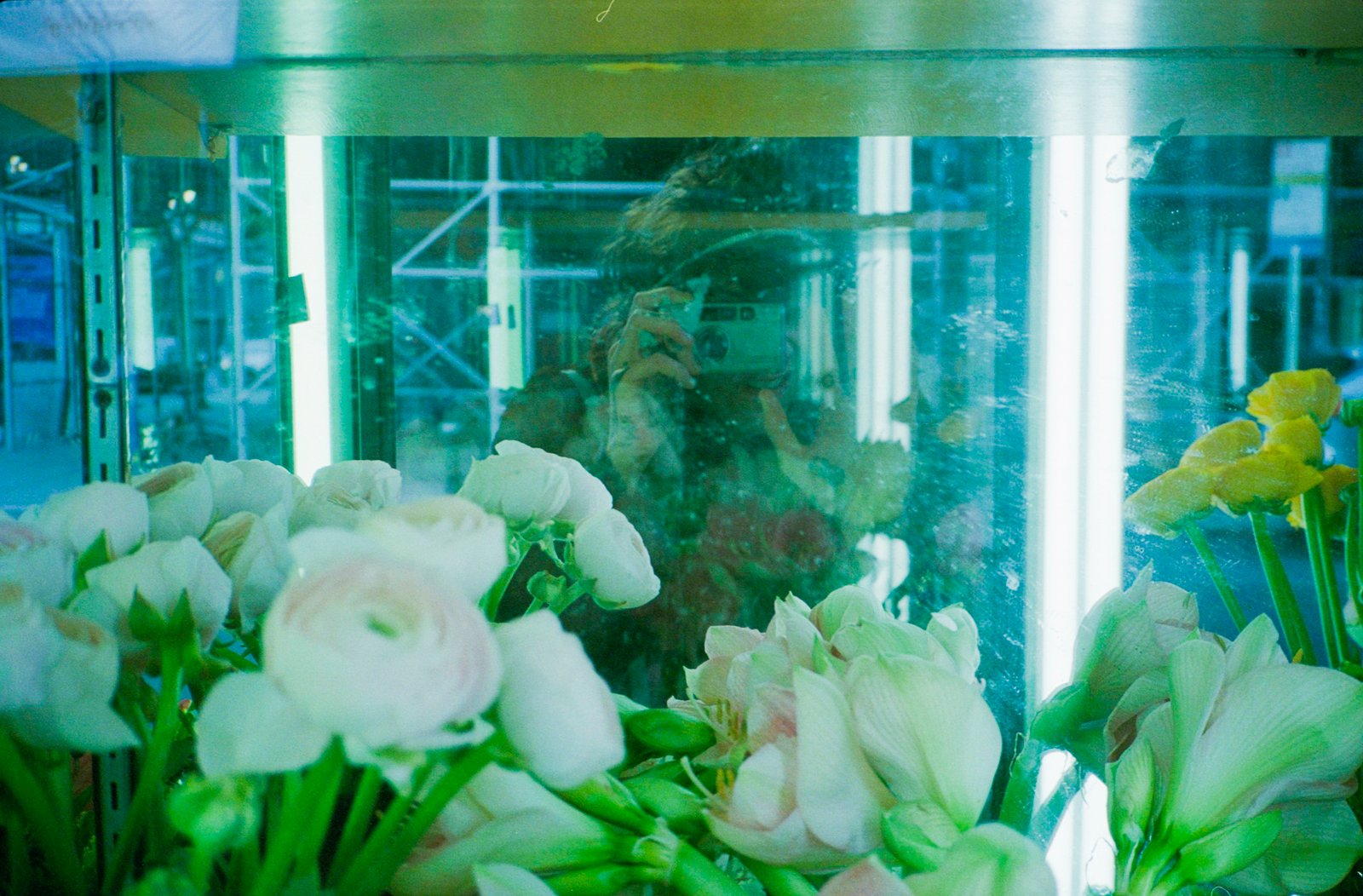
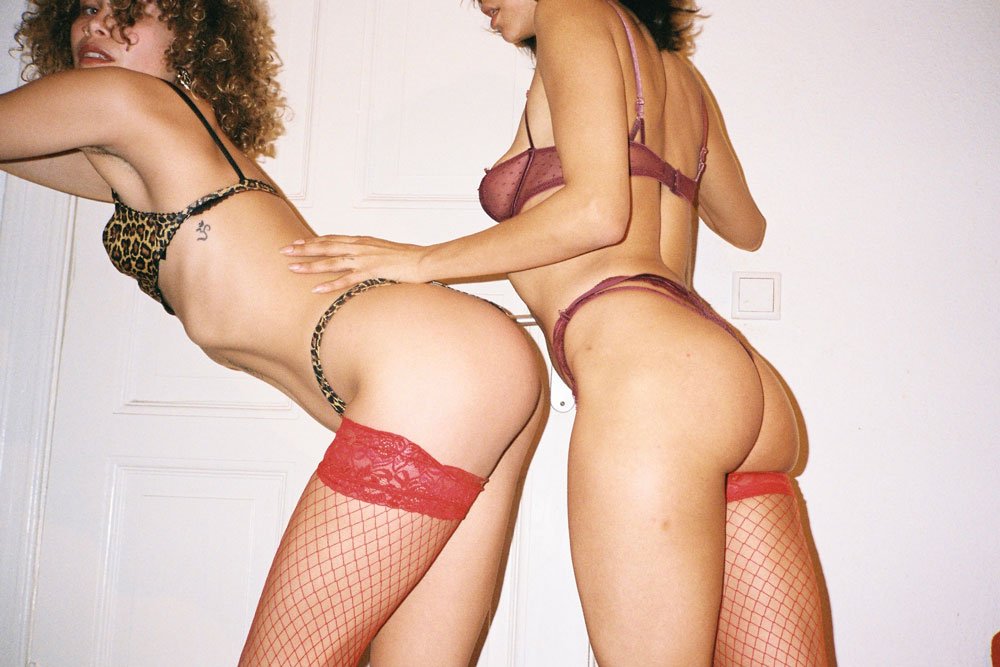

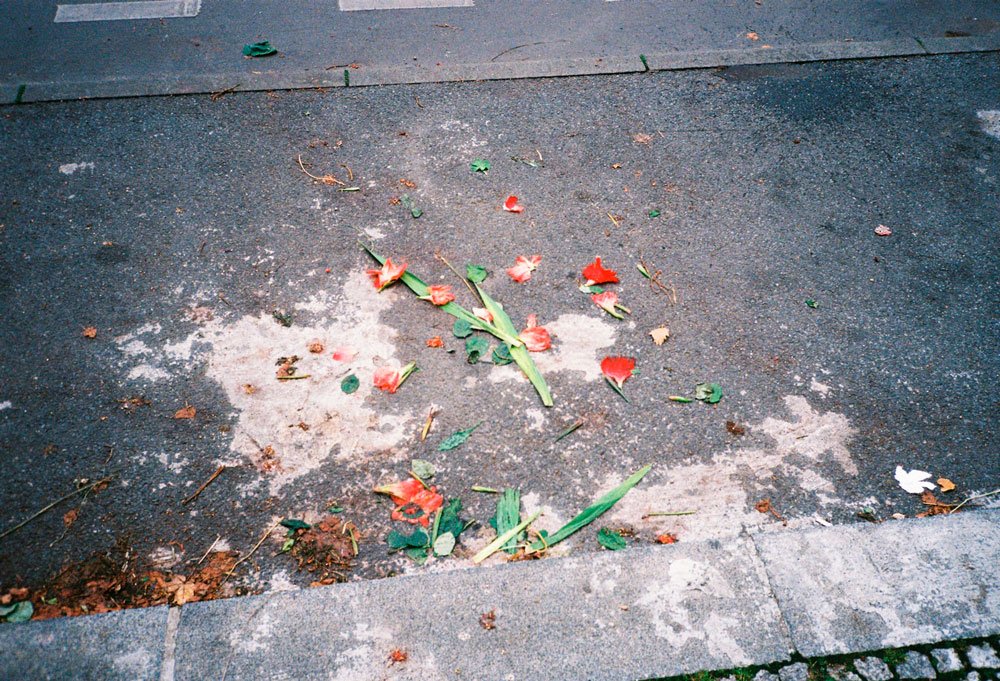


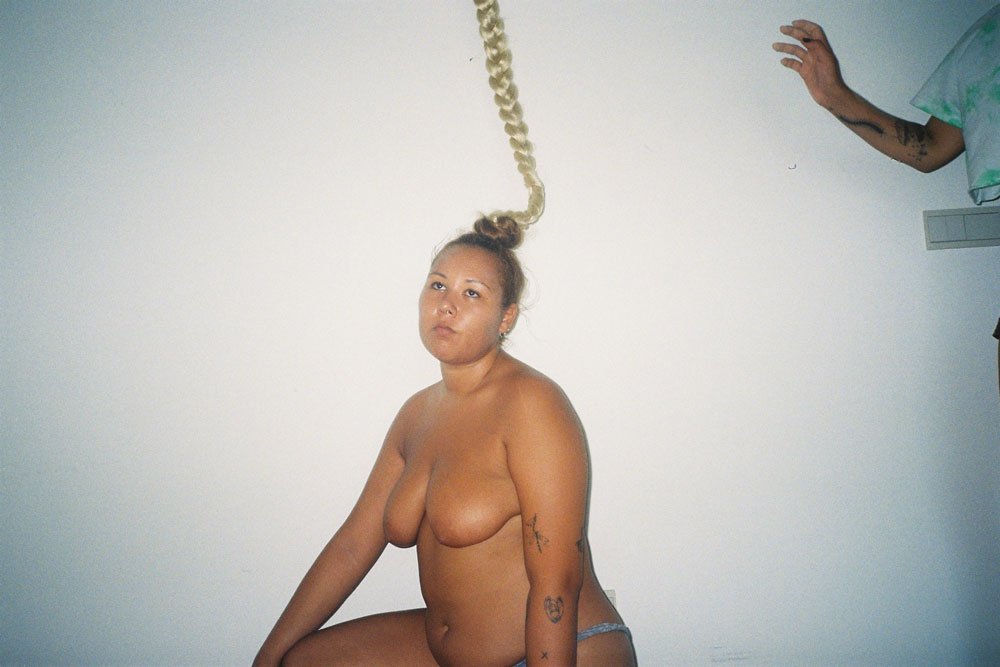
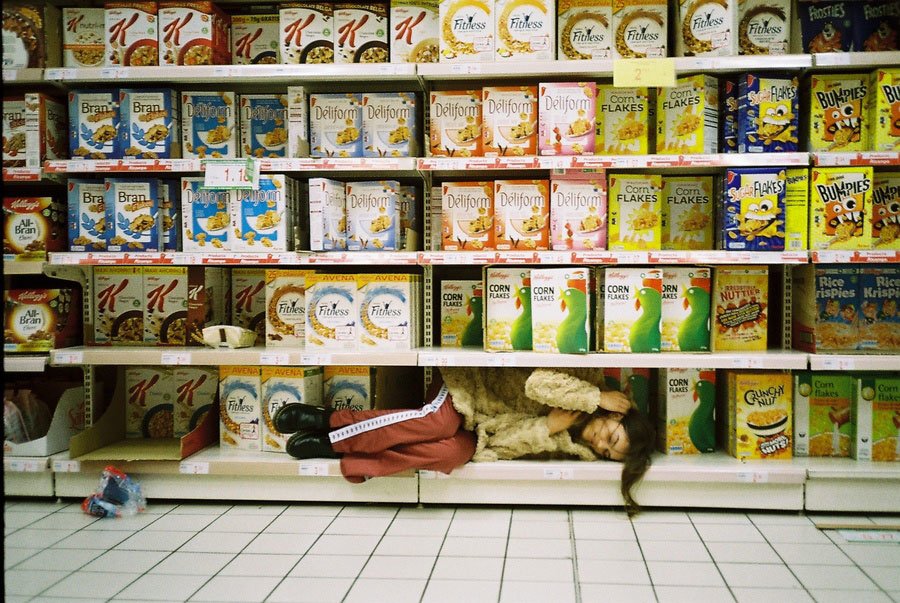
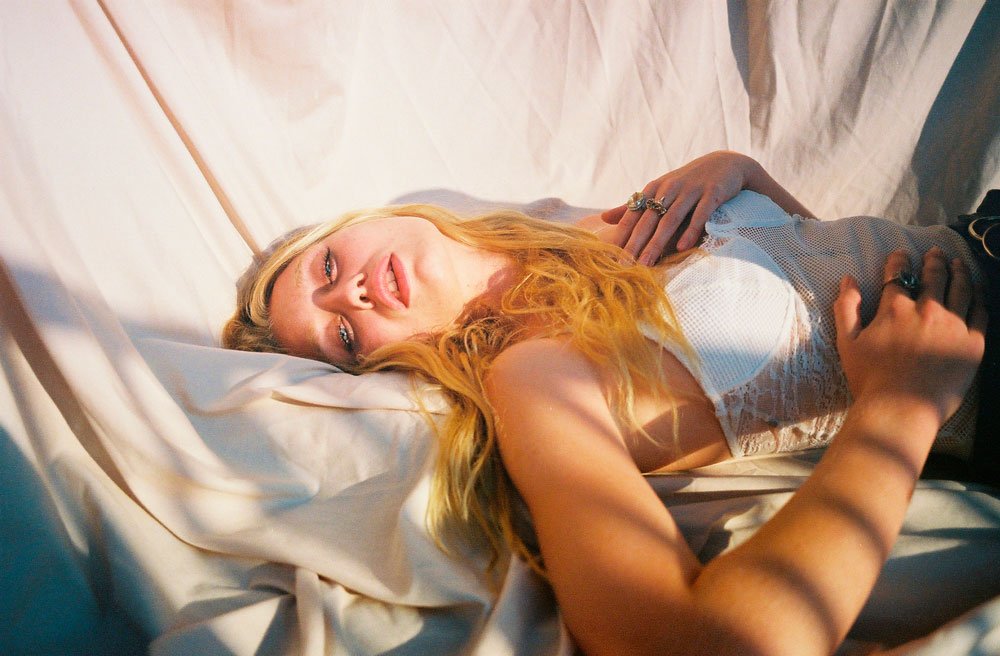
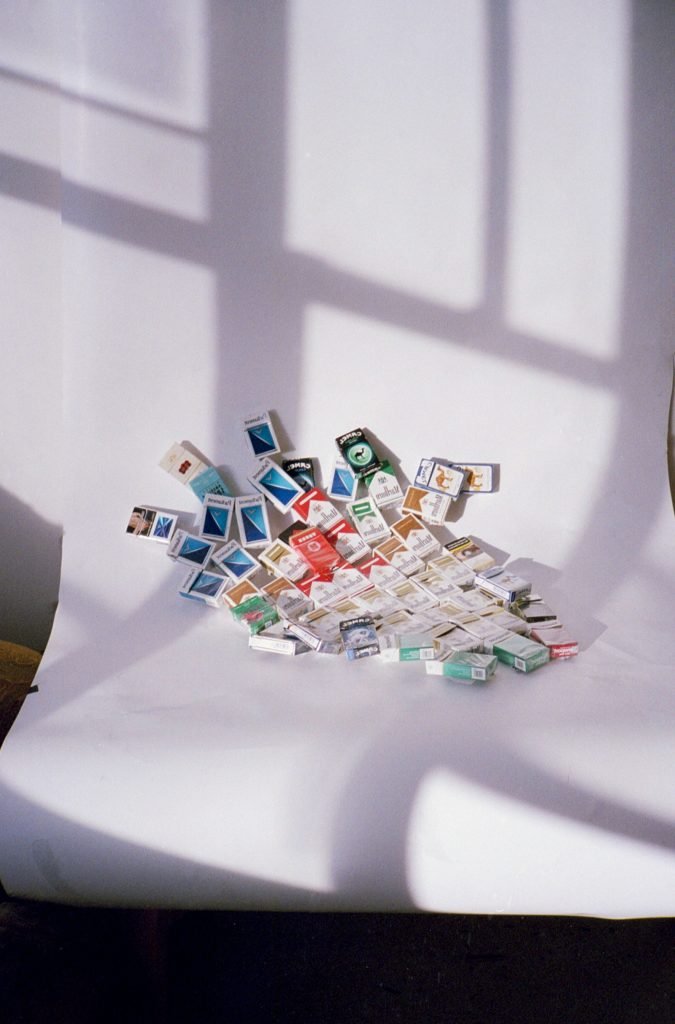
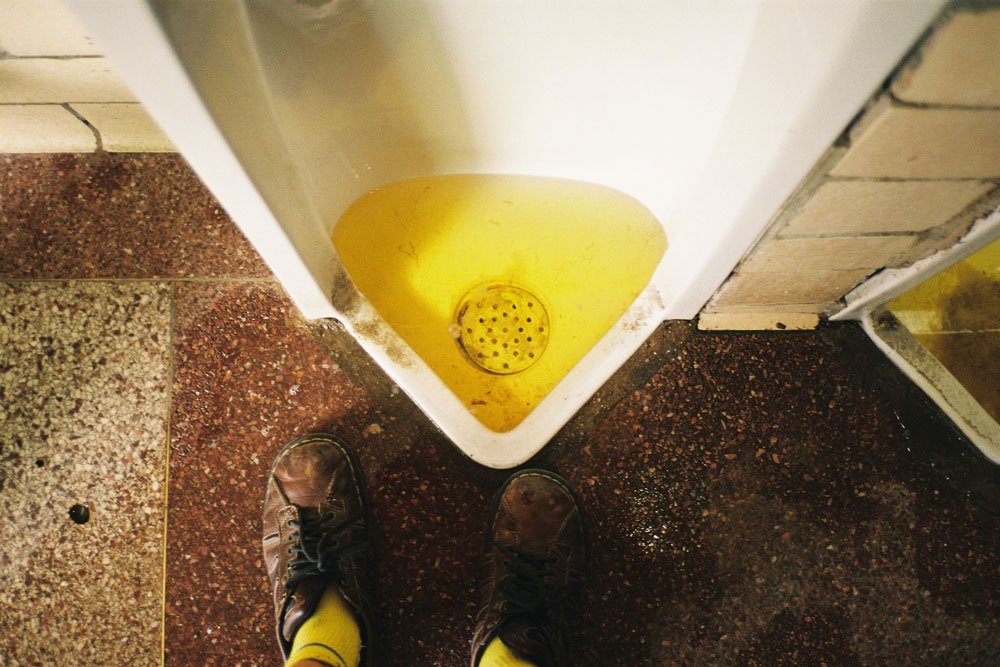
“A los 16 años empecé a salir de fiesta y a ir a todos los sitios con la cámara para poder recordar el momento.”
How did you discover the photo?
CD: My mother is a documentary photographer and I have always grown up with photos. And at the age of 16 I started to party and I began to go everywhere with the camera to remember the moment.
Do you consider photography in a professional way?
CD: No, the truth is that if work comes it’s okey, but mainly I do it for myself. I don’t want to turn this handsome hobby that I have, which I like so much, into a gig; in the end it changes. I realized with the tattoo: at first I was very excited to be able to tattoo my colleagues, and when it became a job it was not so cool anymore.
How was the experience of the photos with MAUS® in Los Angeles and New Mexico. For us it was a hoot to send you the empty bottles and see what happens…
CD: It was really cool! The truth is that I had already taken a lot of photos for an editorial and it (receivieng the MAUS®) was a reason to think about more photos. I started again from 0 in LA… Well ,the photo in Venice Beach… I was scared there. On that pleace, people are literally crazy, people out of their minds: they yell at you… I drank two Margaritas before doing it, and I did the photos. In the end people ignored me, but I was screwed.
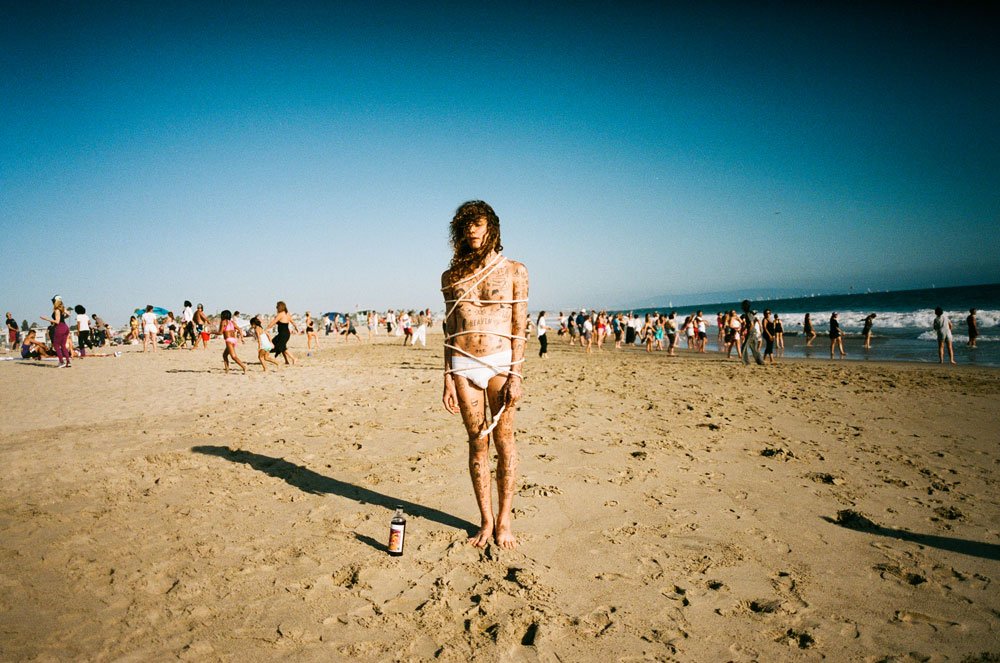
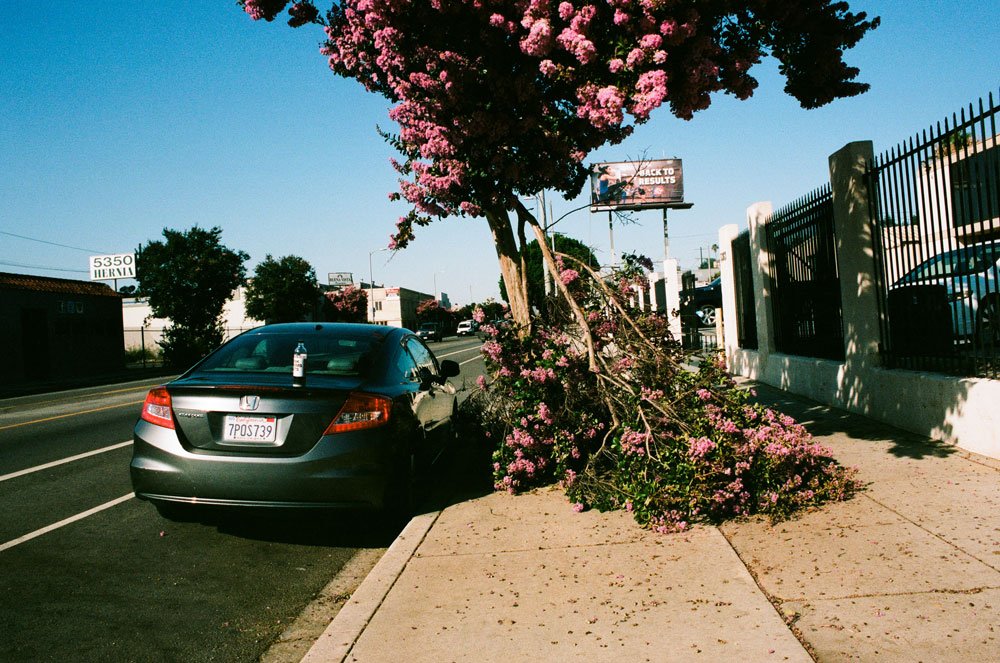
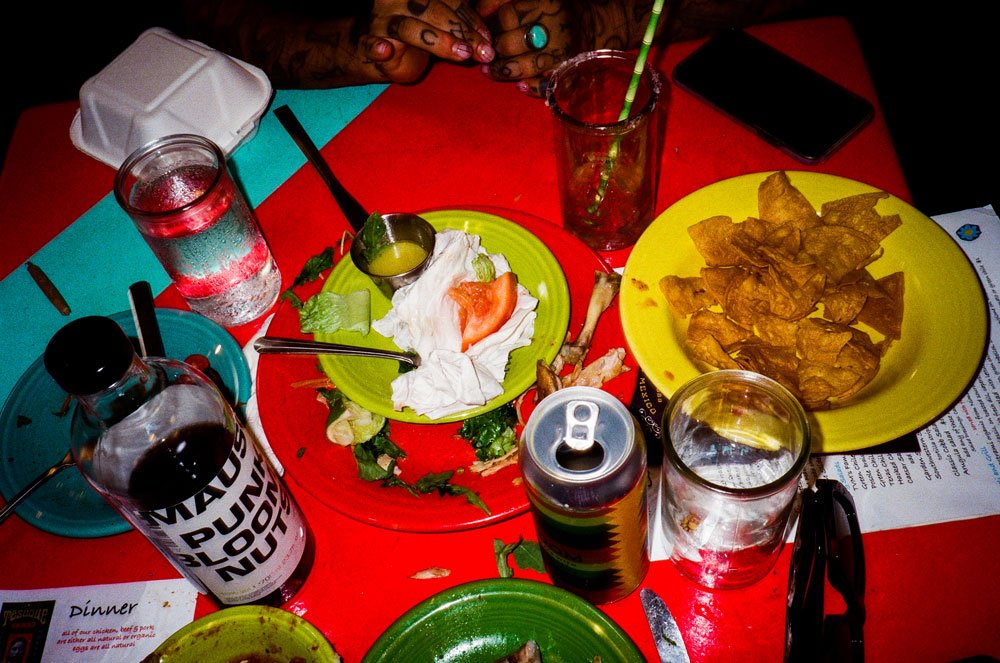
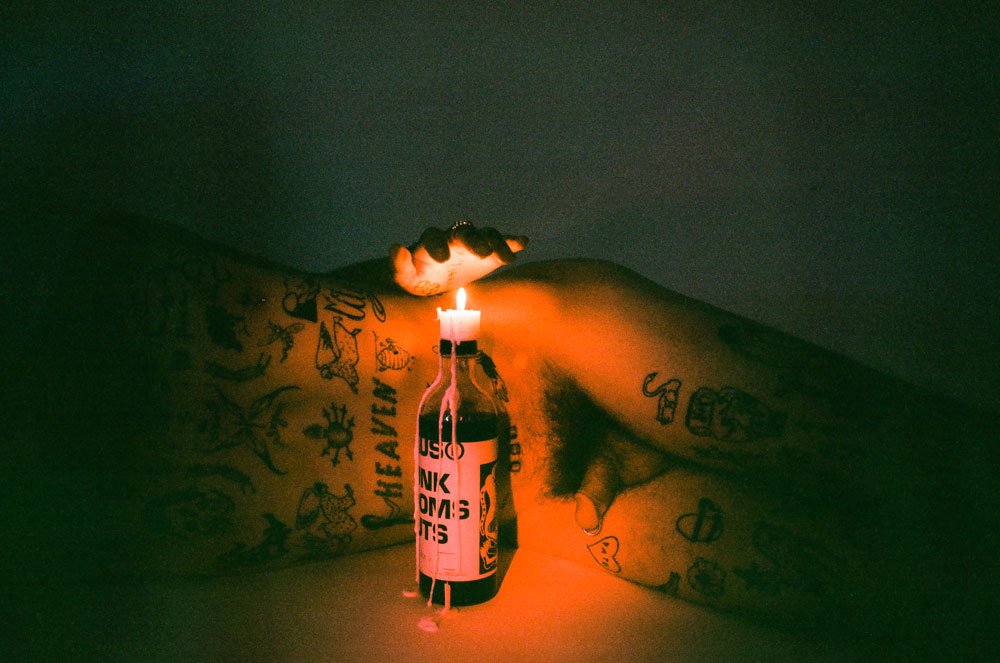
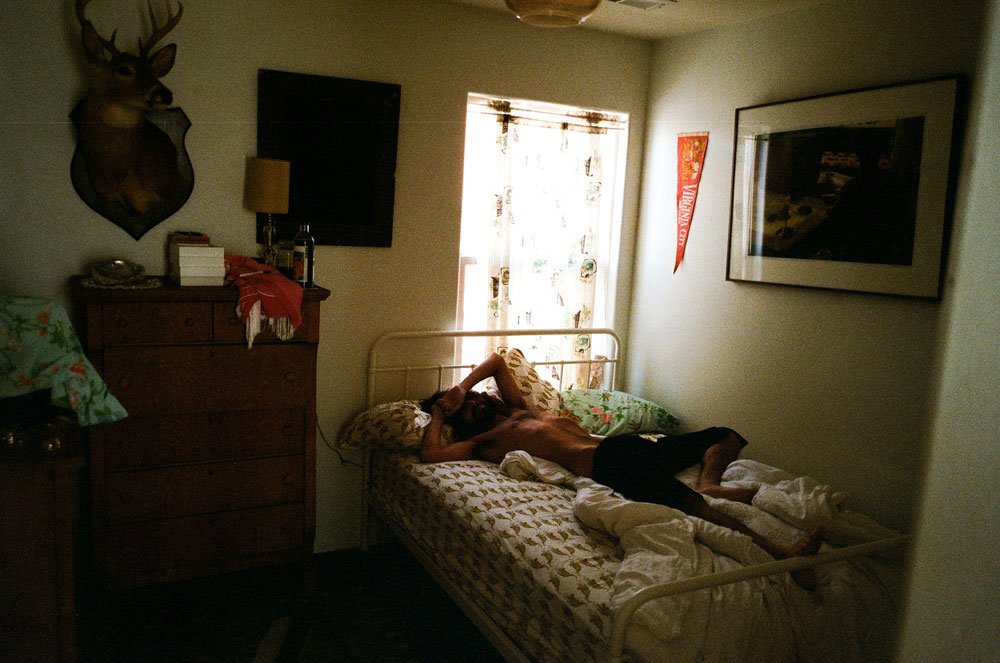

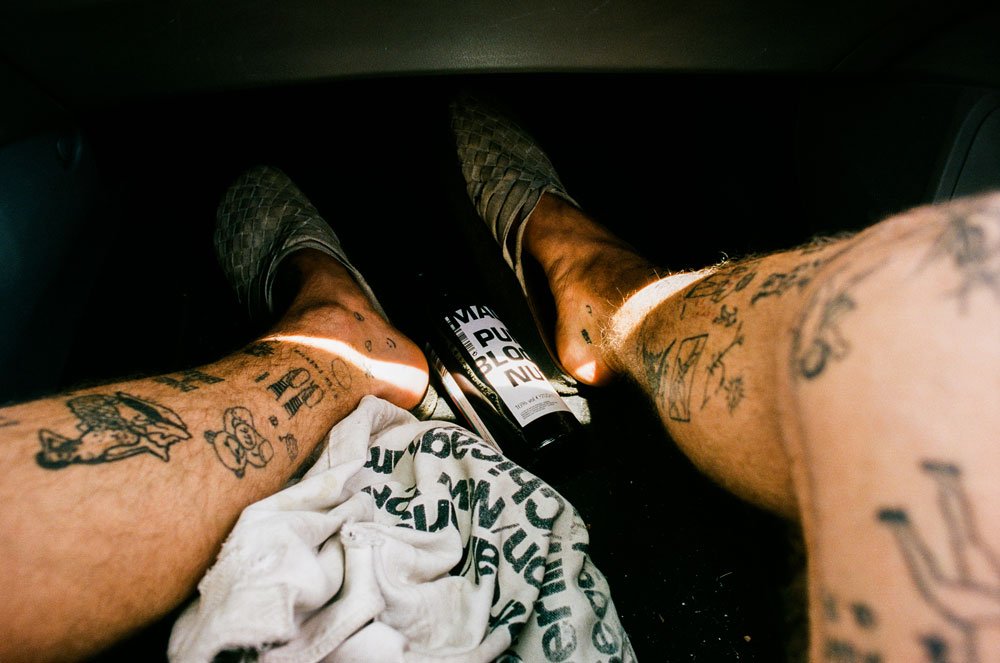
Who would you like to see on a MAUS® label?
CD: Drew Barrymore or Lana del Rey, who I’ve been listening to all my life.
Music reference, movie and book.
CD: Music? Anything by Lana del Rey. Movie… Kids and Requiem for a dream. The lovely Bones too… it’s amazing. Book? Veronica decides to die by Cohelo and The Four Agreements: Toltec Wisdom Book by Miguel Ruiz, I found it in New York and I lived it as a sign. It is a book that I had not seen in my life and I was amazed.
INTERVIEW: JORDI CLUSELLA
SEPTEMBER 2021
MAUS®
FEEL FREE TO SHARE
VIEW MORE VIEW MORE VIEW MORE VIEW MORE VIEW MORE VIEW MORE VIEW MORE VIEW MORE VIEW MORE VIEW MORE VIEW MORE VIEW MORE VIEW MORE VIEW MORE VIEW MORE VIEW MORE VIEW MORE VIEW MORE VIEW MORE VIEW MORE VIEW MORE
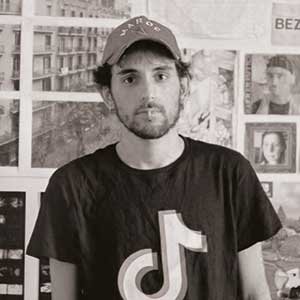
Anxo Casal (Barcelona, 1998), aka Subrogado, started taking photos of colleagues and characters of the night using the flash. Like cats (protagonists in many of his photos), it’s at night when he feels most comfortable. He does not directly photograph reality but intervenes and makes it to achieve shocking images. He has 3 colleagues who accompany him on all the proposed adventures; also in the goat’s head adventure in Barcelona. Requirement to do what he does: have fun.
SUBROGADO (ANXO CASAL)
2021 / 06 / 15
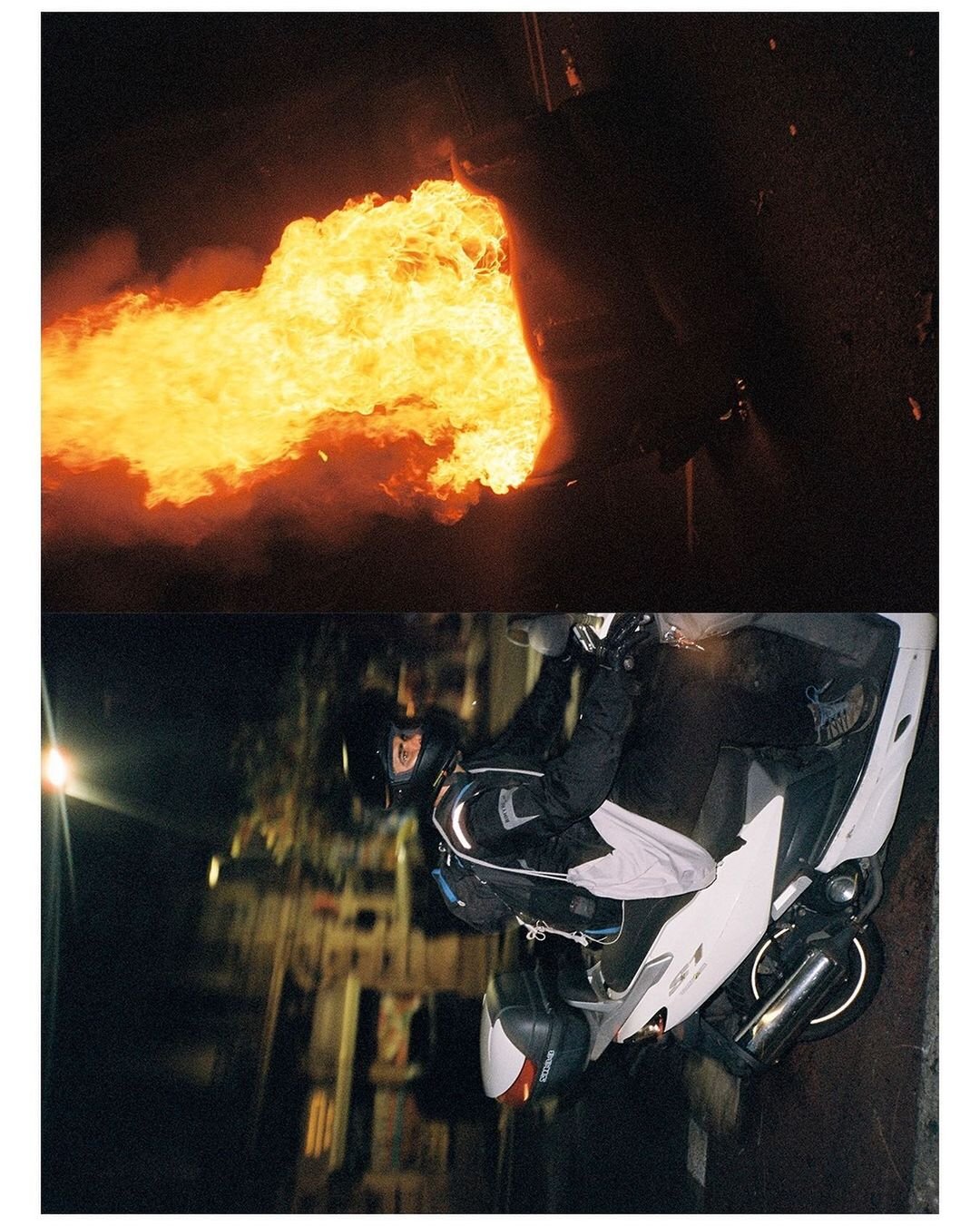
Why Subrogado (subrogated in English)?
AC: Well the truth is that it’s a pretty painful story. We were in a business class in high school and they explained the concept of “subrogate”. It was funny to me and it was a time when I was changing my name all the time and I said “Subrogate… SUBROGADO.” I was contacted via Instagram by a child surrogate company and they commented on photos because they thought I was a surrogate boy. One day I’ll sign again as Anxo, as I like it, it’s a Galician name and it’s uncommon. I appreciate it.
It seems to me that you work with very solid concepts. How do you prepare them?
AC: I started working with a production company filming and I wasn’t having a good time. Then I started working with a photographer named Adrià Canyameras… The most important thing for me is to have fun and make the experience real. I like to have experiences, I am demanding with the result but I always want new experiences. I like to come up with a solid idea and work on it right away. And when that happens I appreciate it.
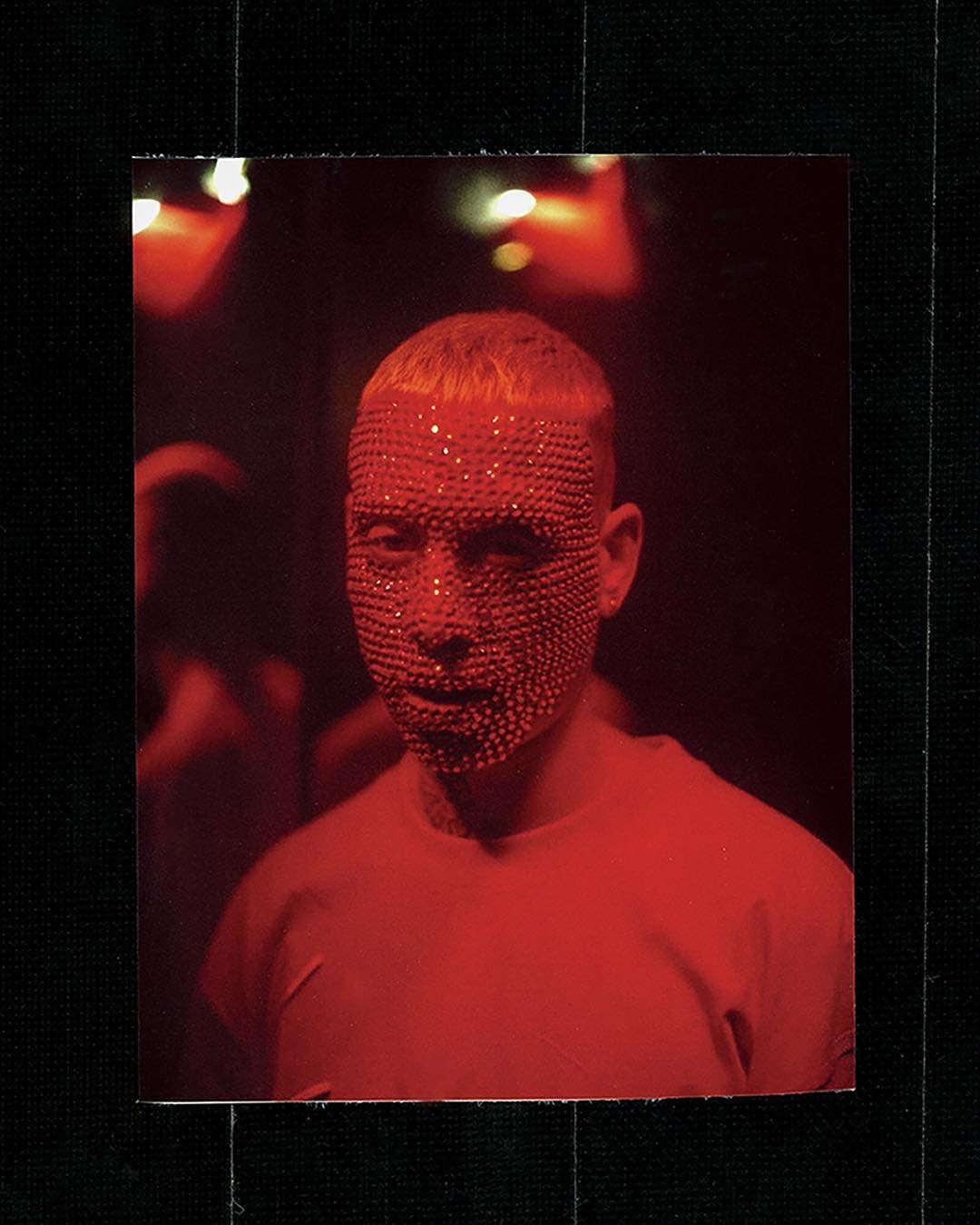
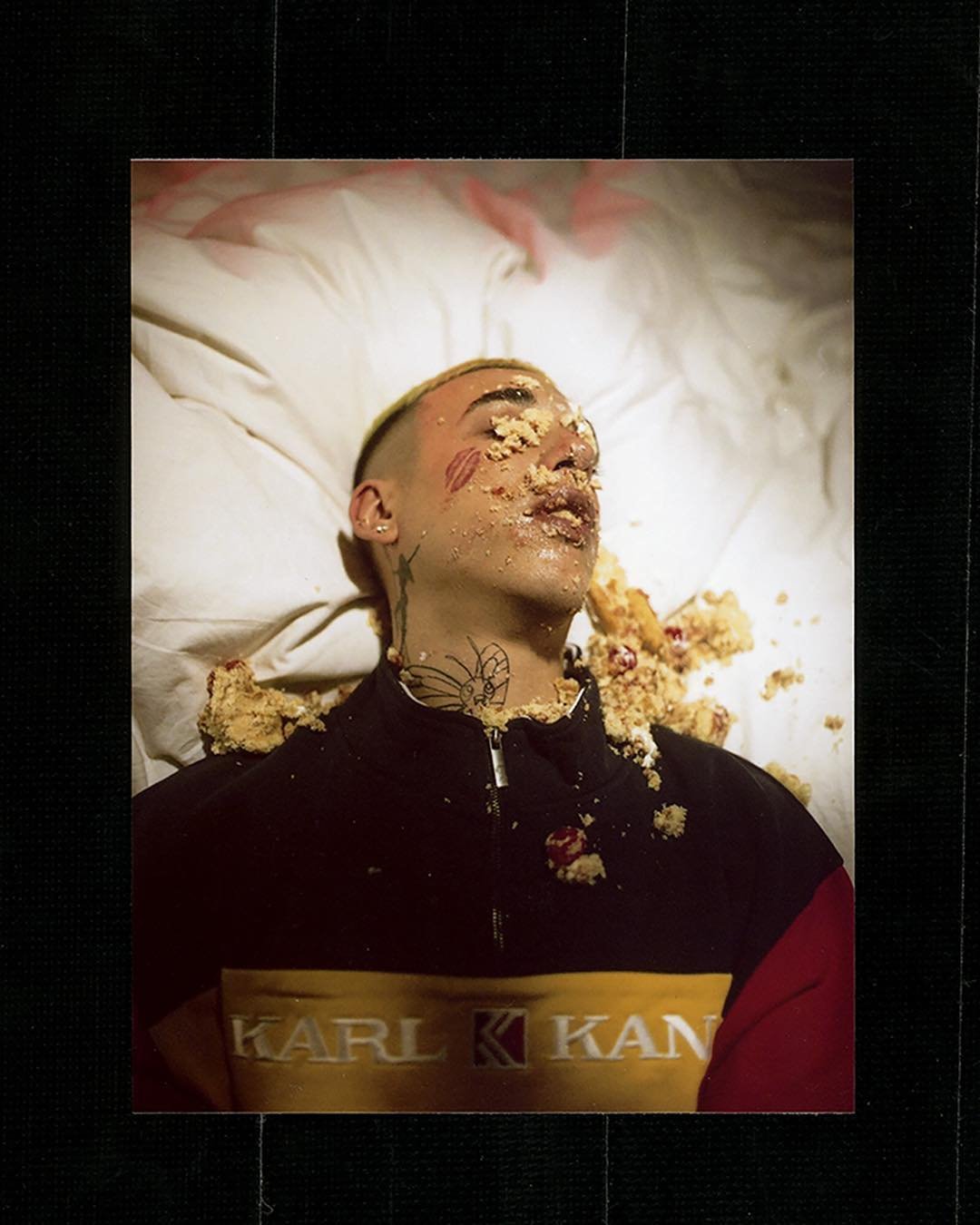
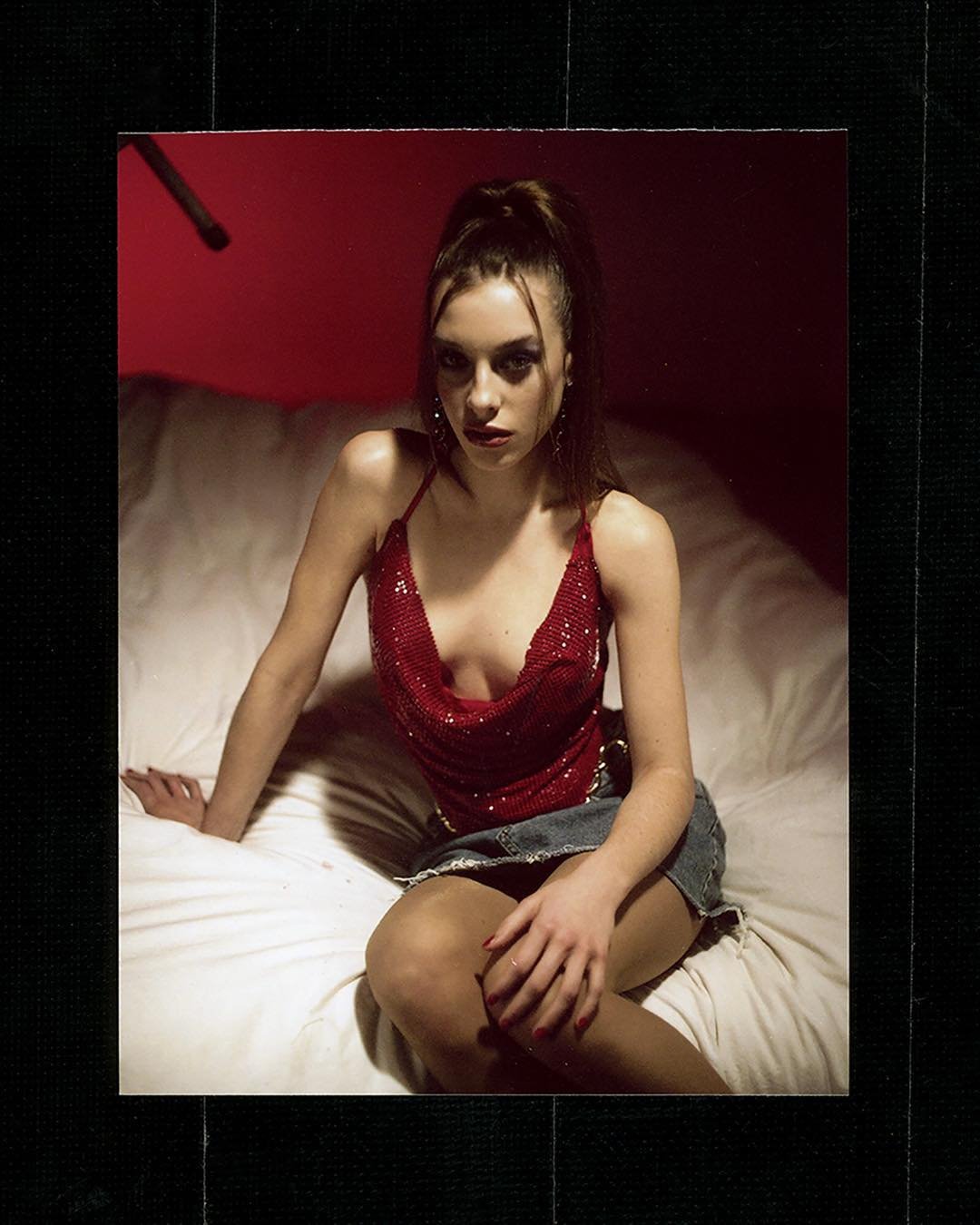
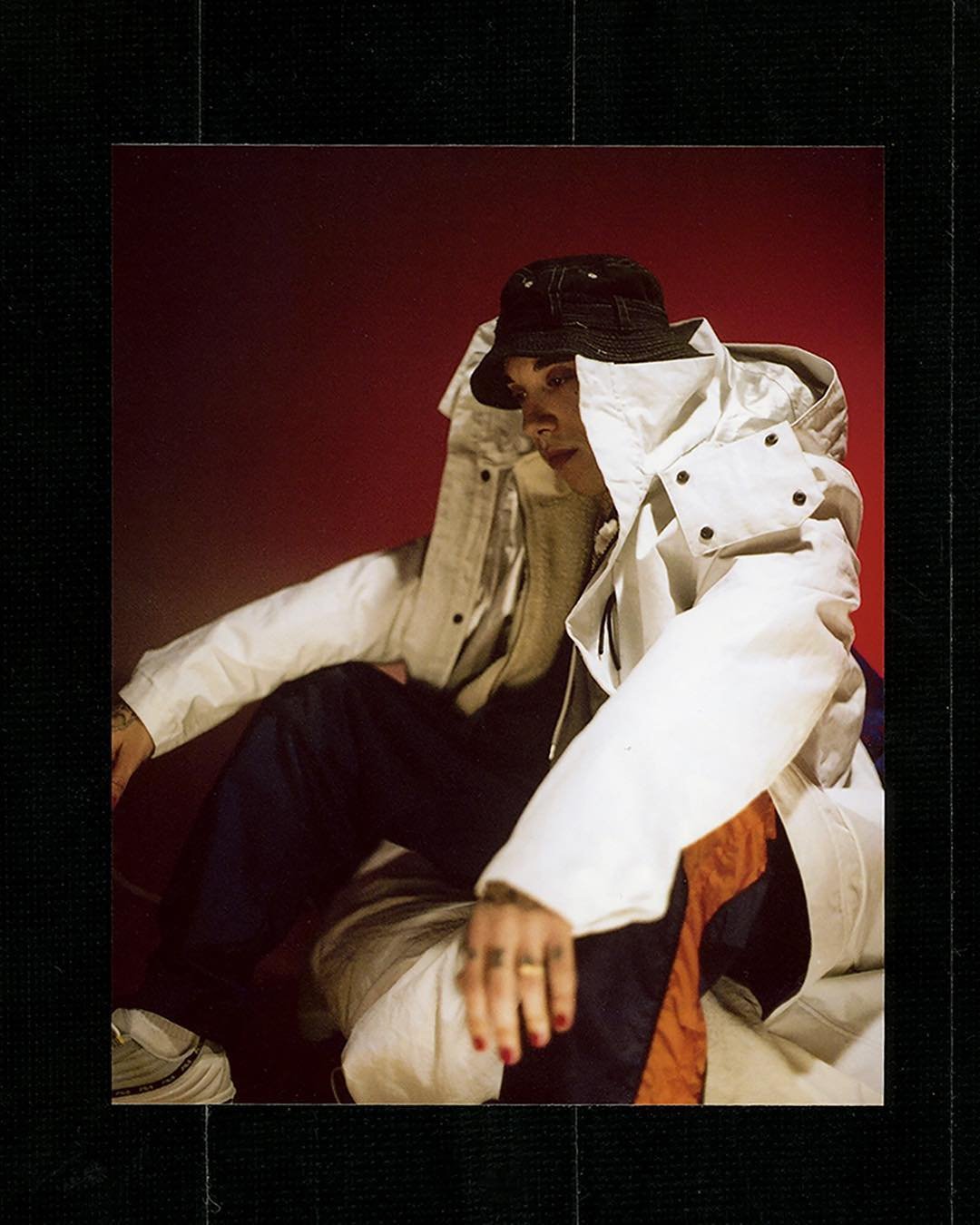


Has this happened to you with MAUS®?
AC: Yes, I had a great time, drinking, visiting friends, going to the beach, creating environments to have fun… Create concepts, like the baby photo, hahaha Have fun always it’s better with friends.
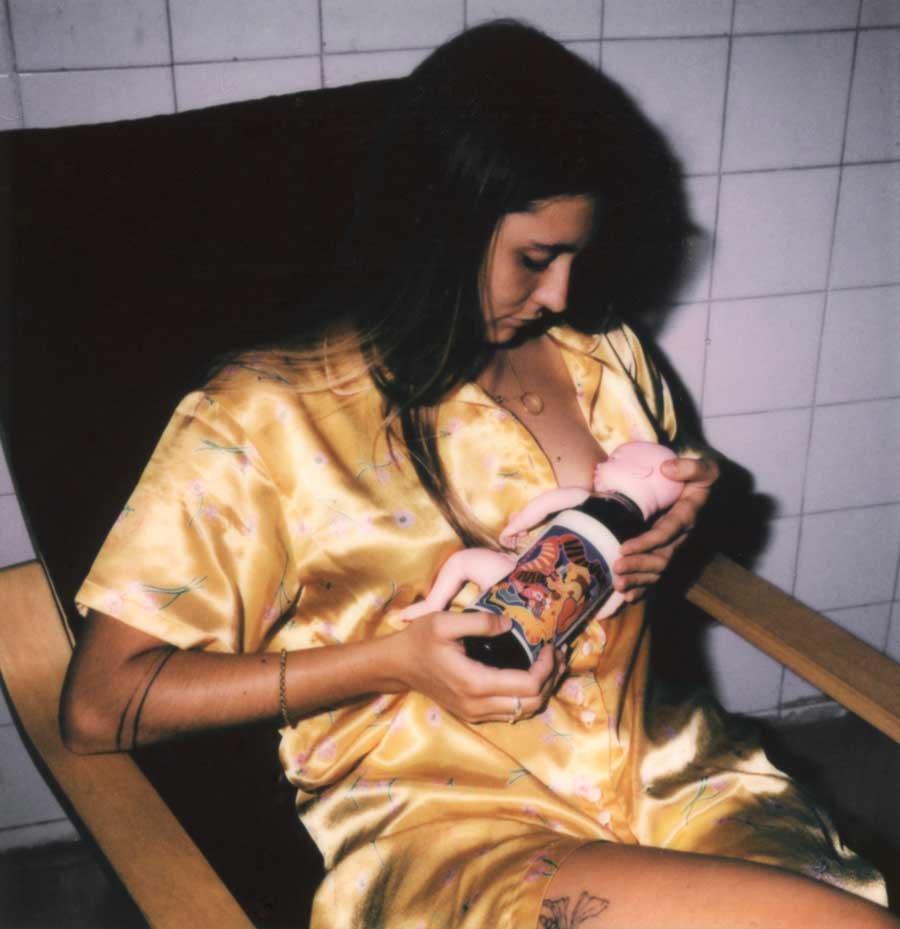

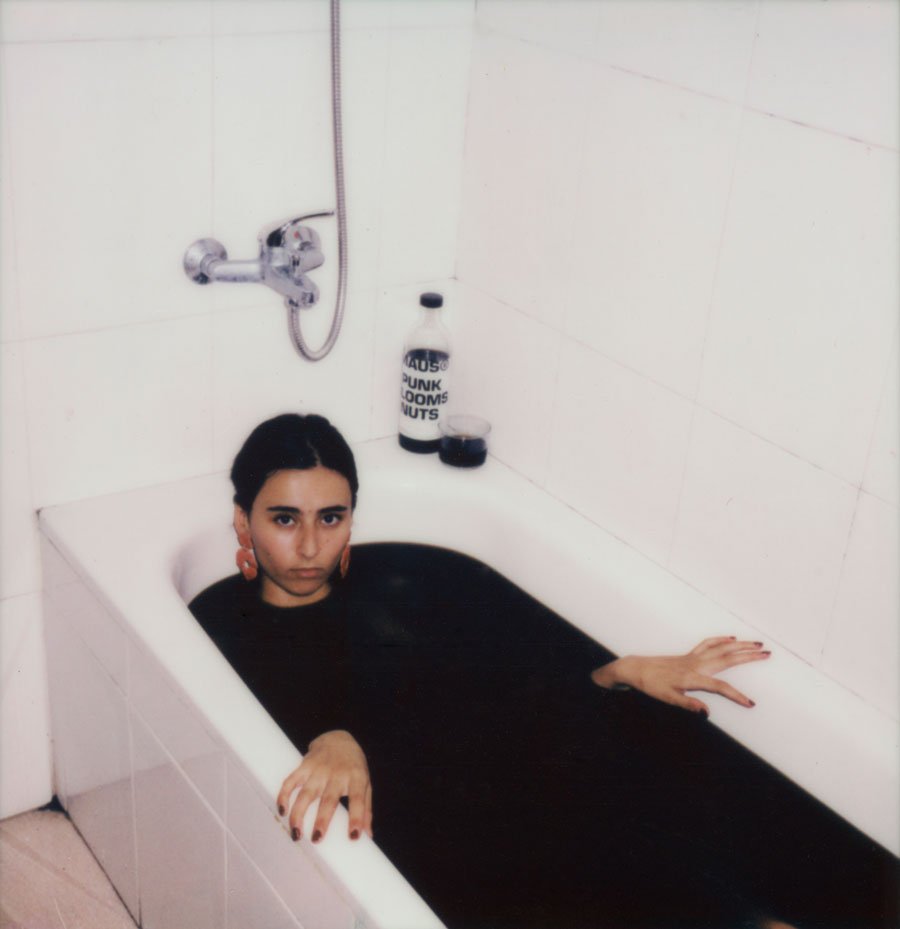
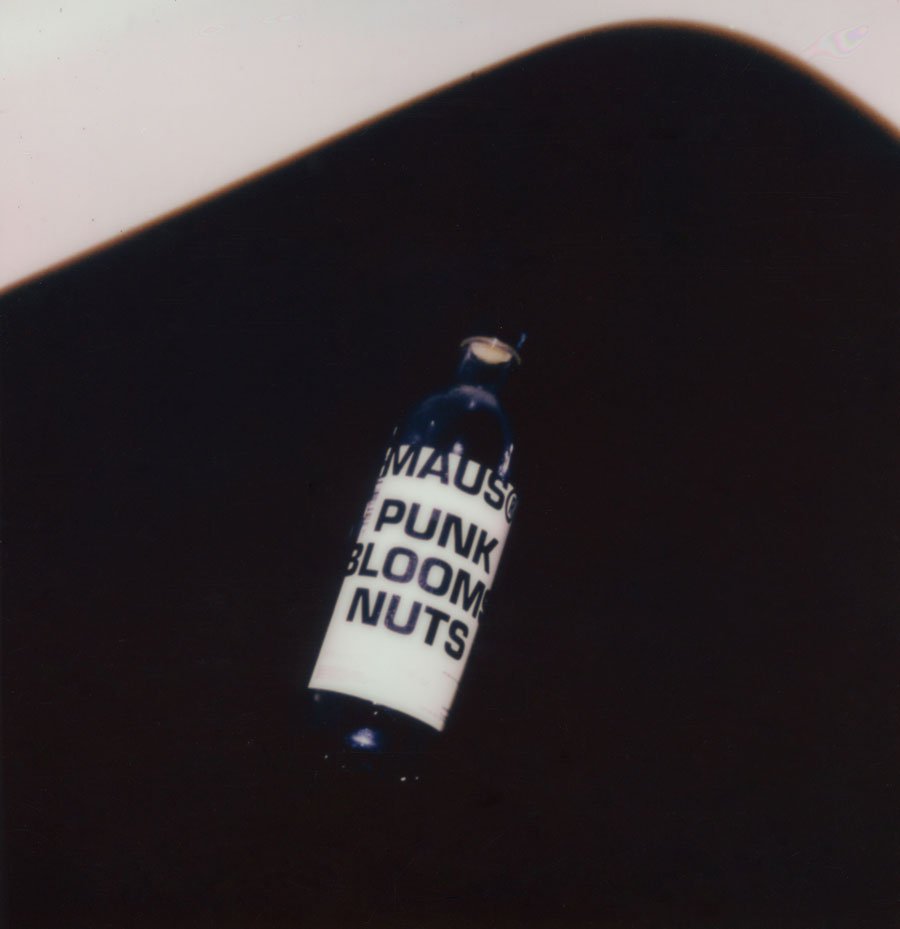
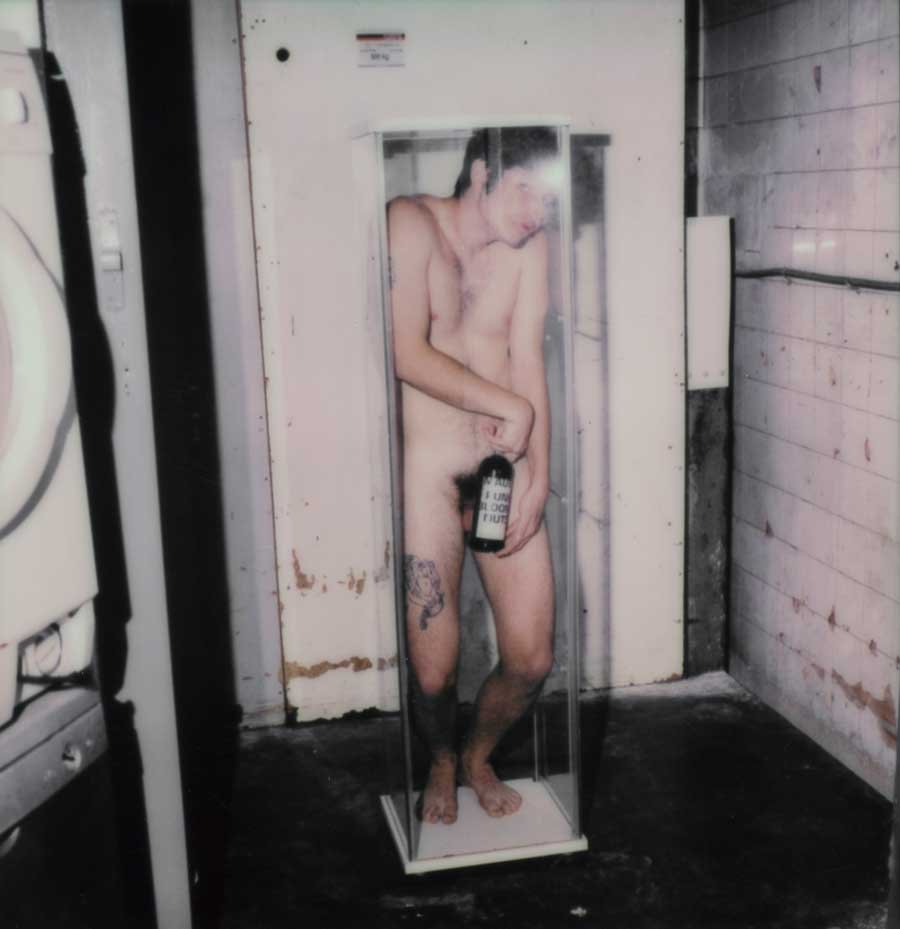
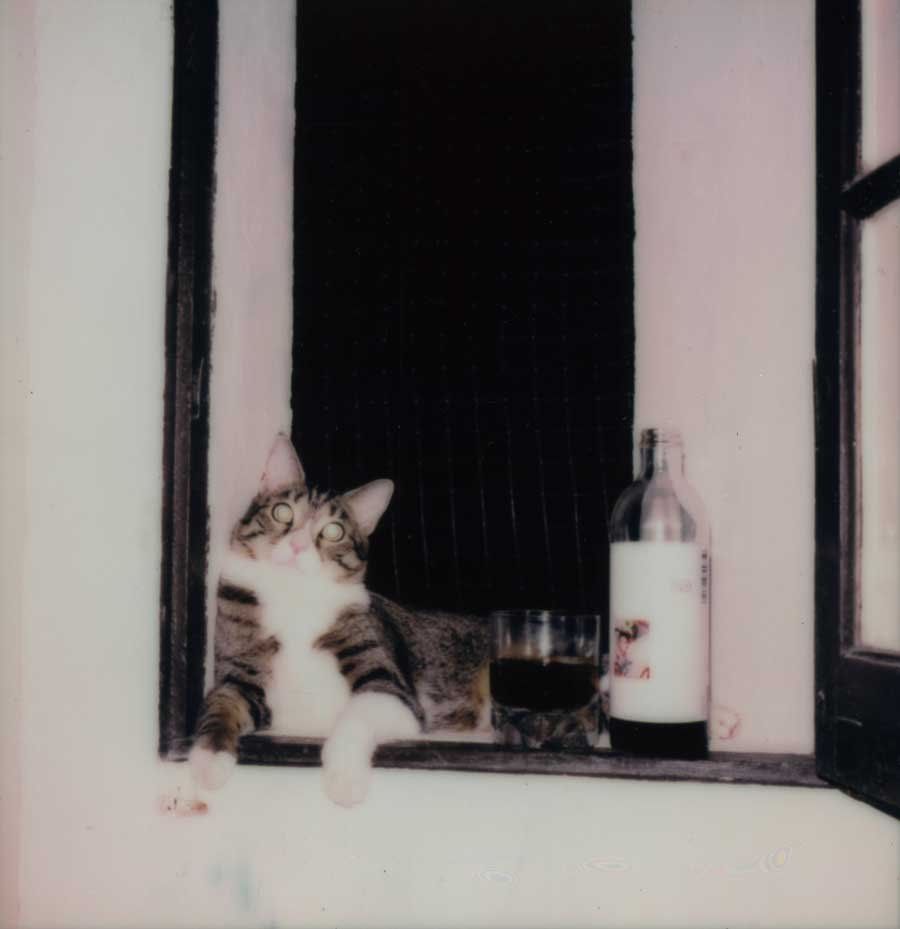
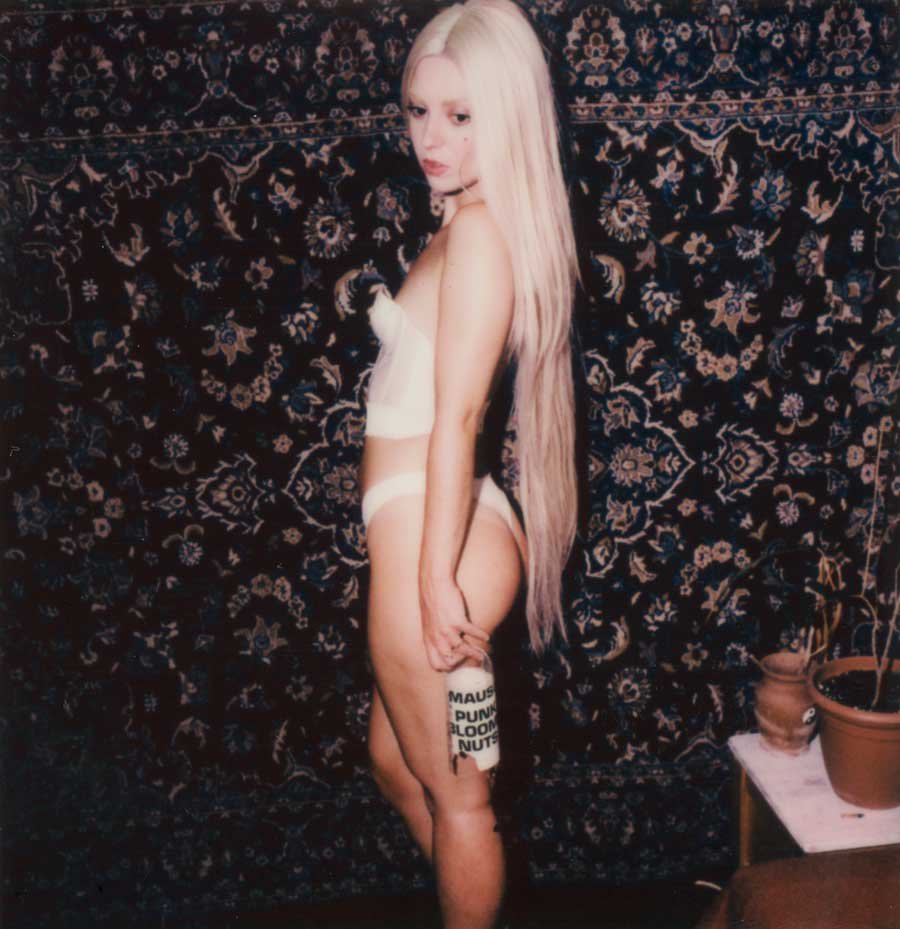
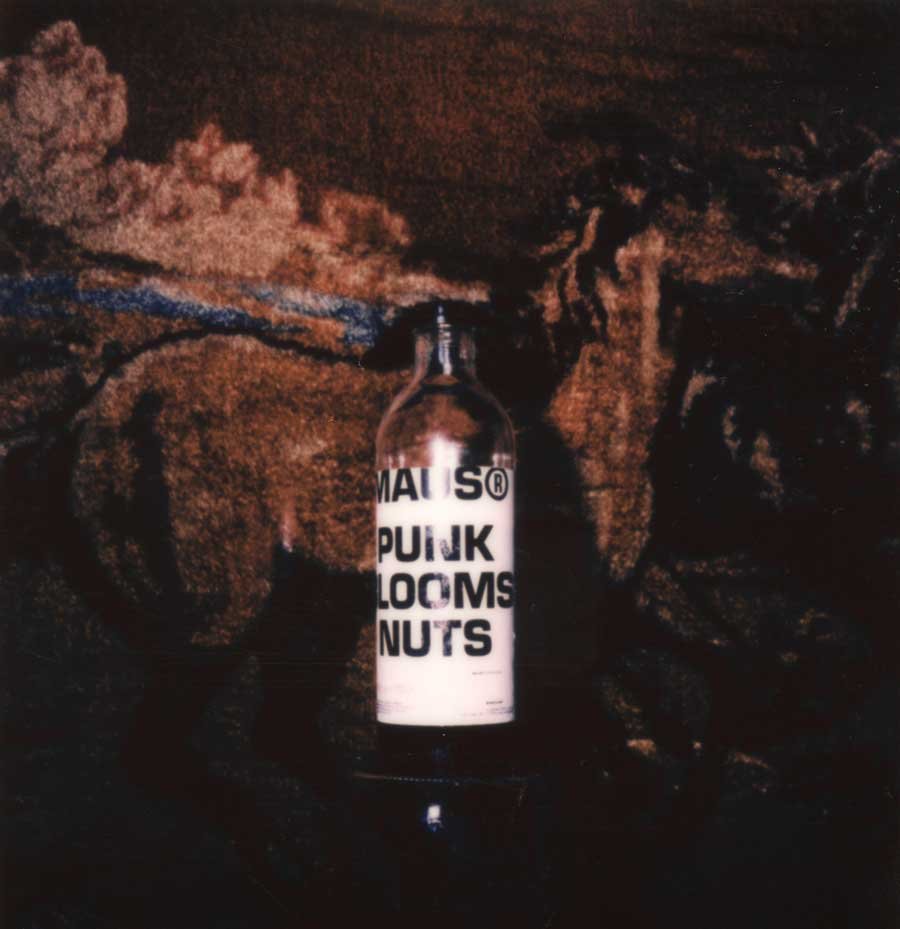
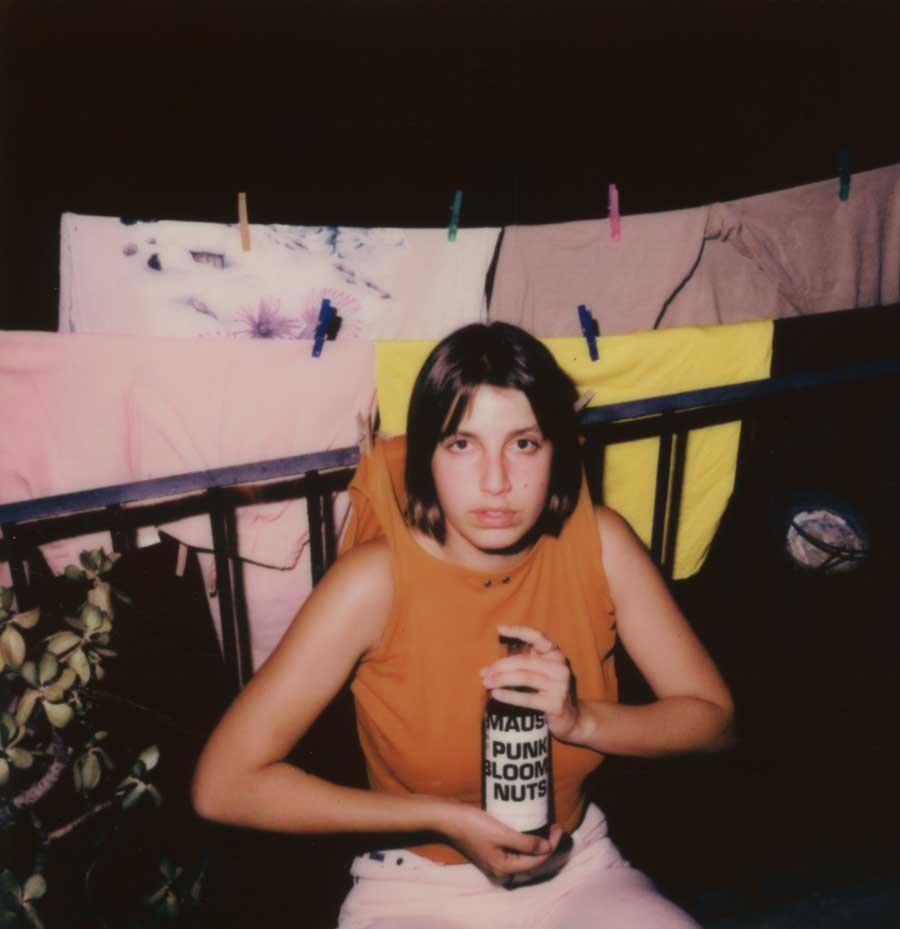
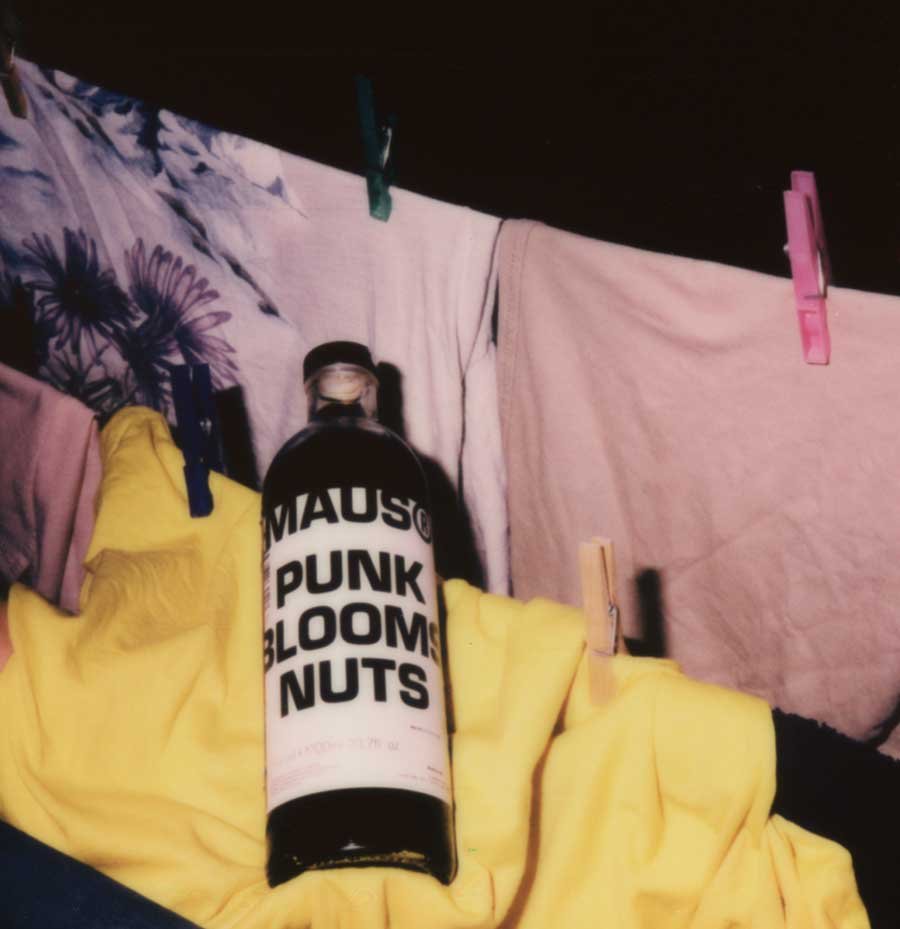
“I like to intervene, I like to fiction, I like to modify the moment.”
Do you go all day with the camera or just when you go looking for photos?
AC: I always like to shoot when I have an idea. I like to intervene, I like to fiction, I like to modify the moment.
How do you come up with these ideas?
AC: I usually have a friend (Lluc) who helps me taking pictures. I throw the ideas at him and he helps me build them. The truth is it helps me with all this crap. I have a group of three friends who support me with everything. Now we shot a video clip in which a cow… Shit this is spoiler, I can’t say more.
It’s always cool to have “a Lluc” nearby.
AC: Yes, I am looking for my identity 100%. What I do know is that I want to have fun. I don’t enjoy most of the commissioned work…


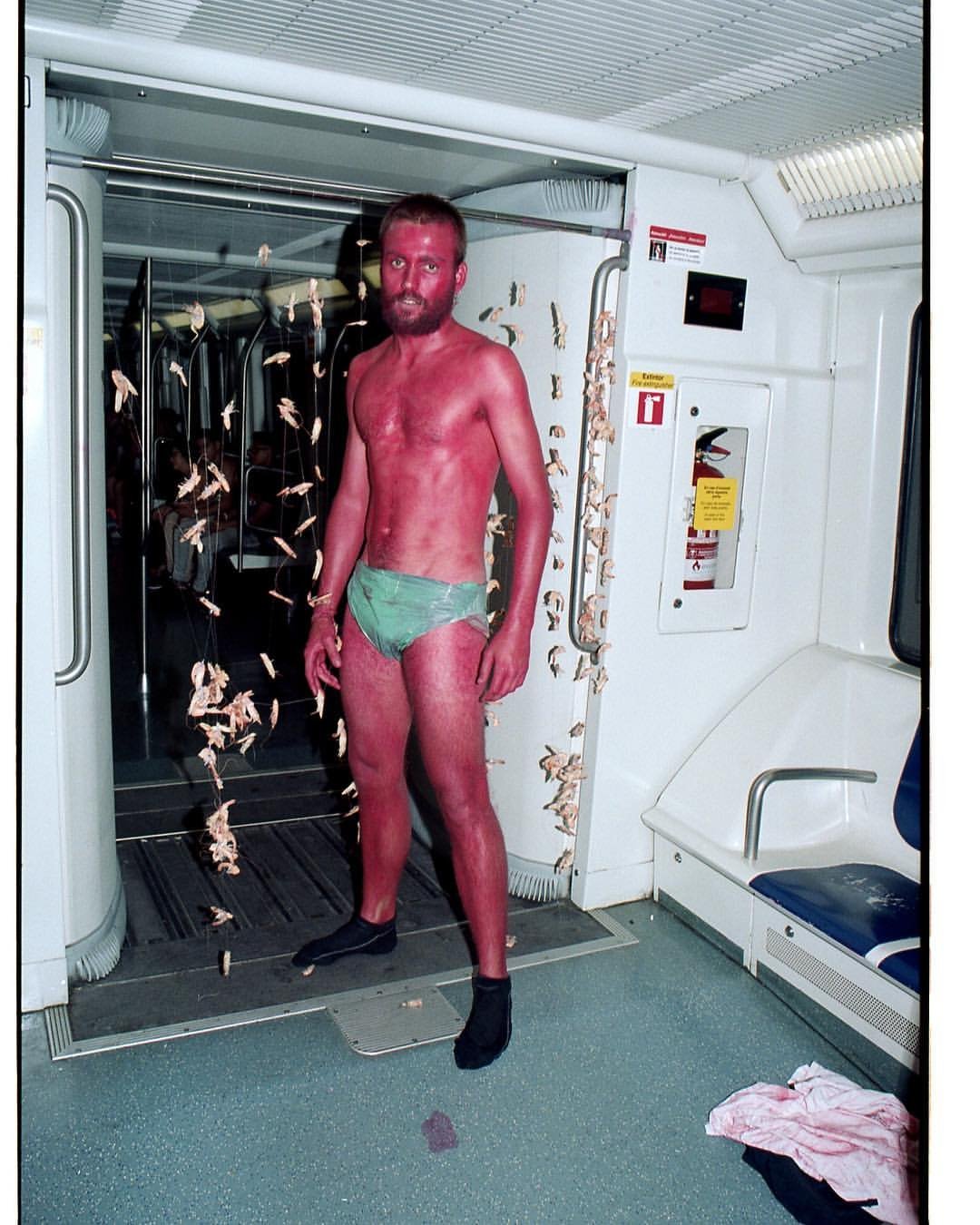

“The effect I wanted to have when I started was surprising at first glance. Criticize the amount of images we consume per day.”
I see a definite style: punk but elegant… consistent.
AC: I find it hard to look at my own essence… The story of the goat’s head is curious. The effect I wanted to have when I started was surprising at first glance. Criticize the amount of images we consume per day. I wanted to make an impact. I notice that most photographers and creatives end up doing the same as we see on Instagram… that’s why it’s always tried to be impactful, to get out of that, I guess. And well, the story of the goat’s head. It was 2019, when the referendum was held… if I’m not mistaken. What year was the (catalan) referendum?
2017
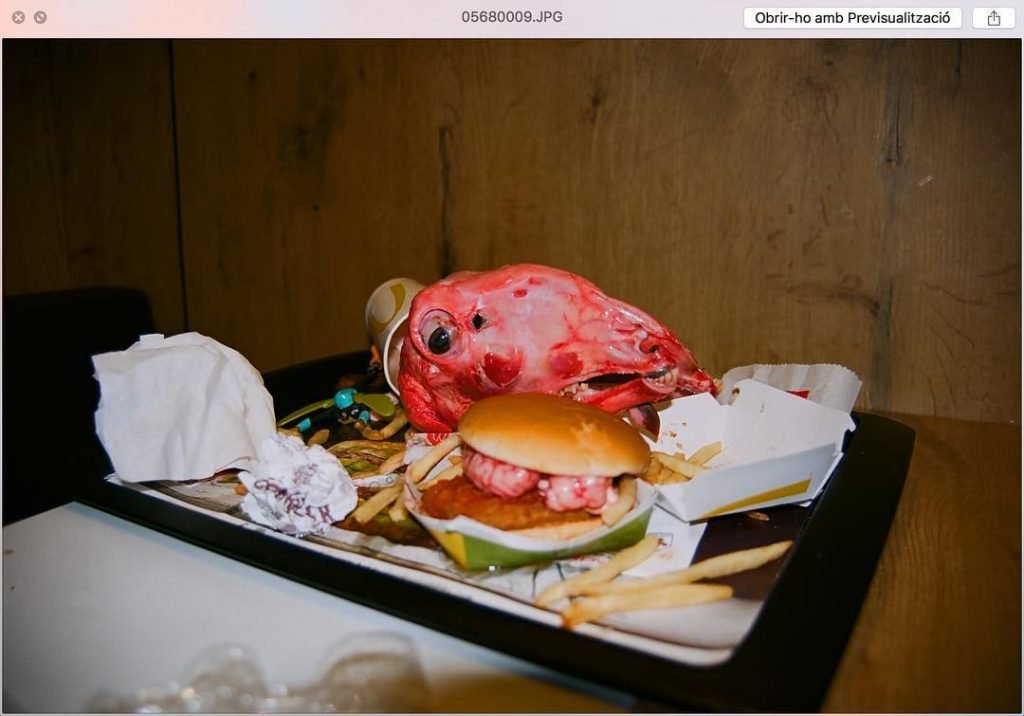
AC: That. It was after October 1st, it was when there was the December election after the imprisonment of political prisoners… it is important to know this to locate the moment. We wanted to make still images with a goat’s head in the Raval (Barcelona) with two friends, including Lluc. We wanted to put it in stores, in different places… something pretty weird. And we put the goat’s head on the Ciudadanos (political party) stand… without any political involvement, hahaha It could have been on the stand of any political party. The atmosphere was very tense. I kept taking pictures of the goat’s head and the people passing by… Until the people got up and got nervous and caught us as if we were criminals, the cop came and all. The next day it came out in every newspaper that two independentists young men had thrown a goat’s head at Ciudadanos stand, when I personally don’t care too much about this subject. We were just doing the donkey. I can’t post the photos but these photos are really good! The complaint never reached me… but they wanted a political weapon and it went everywhere. I was scared… but luckily they didn’t post my name in the media. I don’t regret it… but now I see that it’s not my photo essence either. It’s just an experience I had.
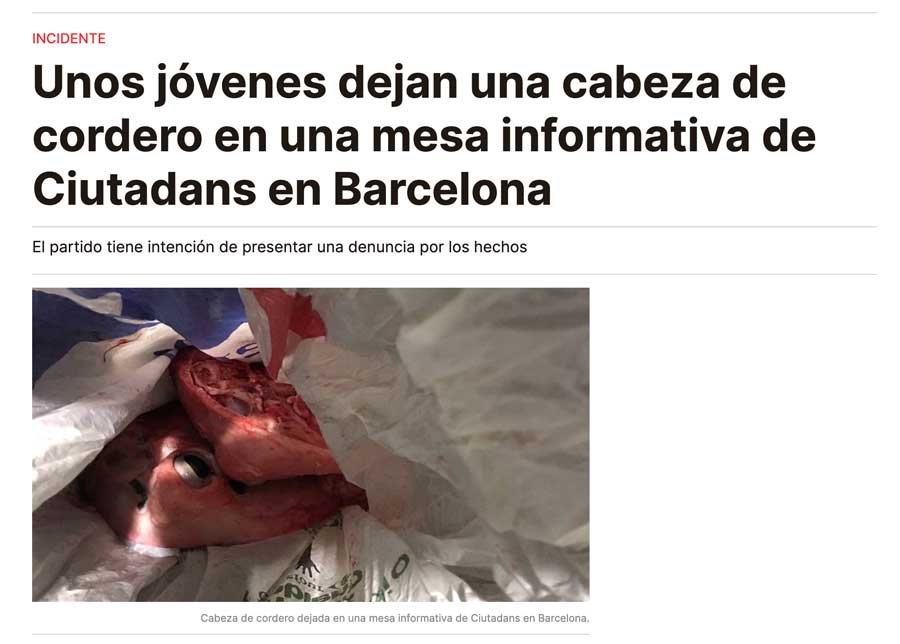
Do you shoot thinking on Instagram?
AC: I don’t shoot thinking I have to go to Instagram, I don’t think at all when I take photos or videos, but it’s true that Instagram is where we share it. At the end the problem is the feedback that social media causes. Sharing has these things, that everyone ends up doing the same thing, the same trend. Copying and referencing is not the problem. The point is to make Instagram the ultimate goal, that’s what makes it all toxic.
Do you censor yourself?
AC: No. I just try to have a good time. Yes, I do regret it when I spend or get involved in projects that I make bigger than needed… For example: in a commission to make a video on some furniture we put tables on four cars…. so far so good… but the problem was when I came up with the idea that the tables could hang from a helicopter but we didn’t have the money to make it. You see me asking at my grandparents’ house where I get a helicopter and it turns out that some of my grandmother’s cousins have a helicopter rental company. I got it but in the end I wasn’t entirely happy with the result either. Sometimes to do things right you need a focus puller, a better camera… and that means money we didn’t have. Sometimes I complicate my life.
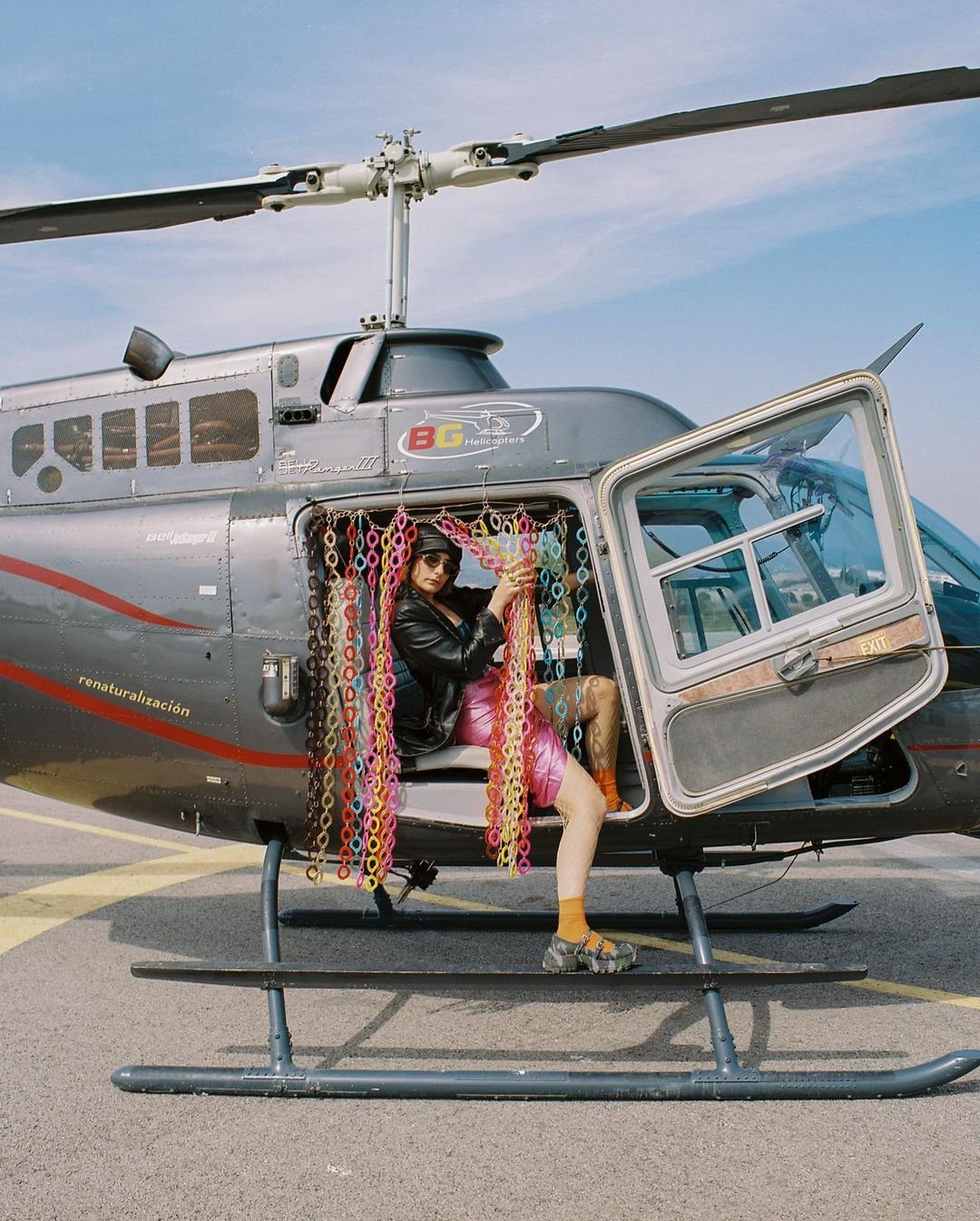
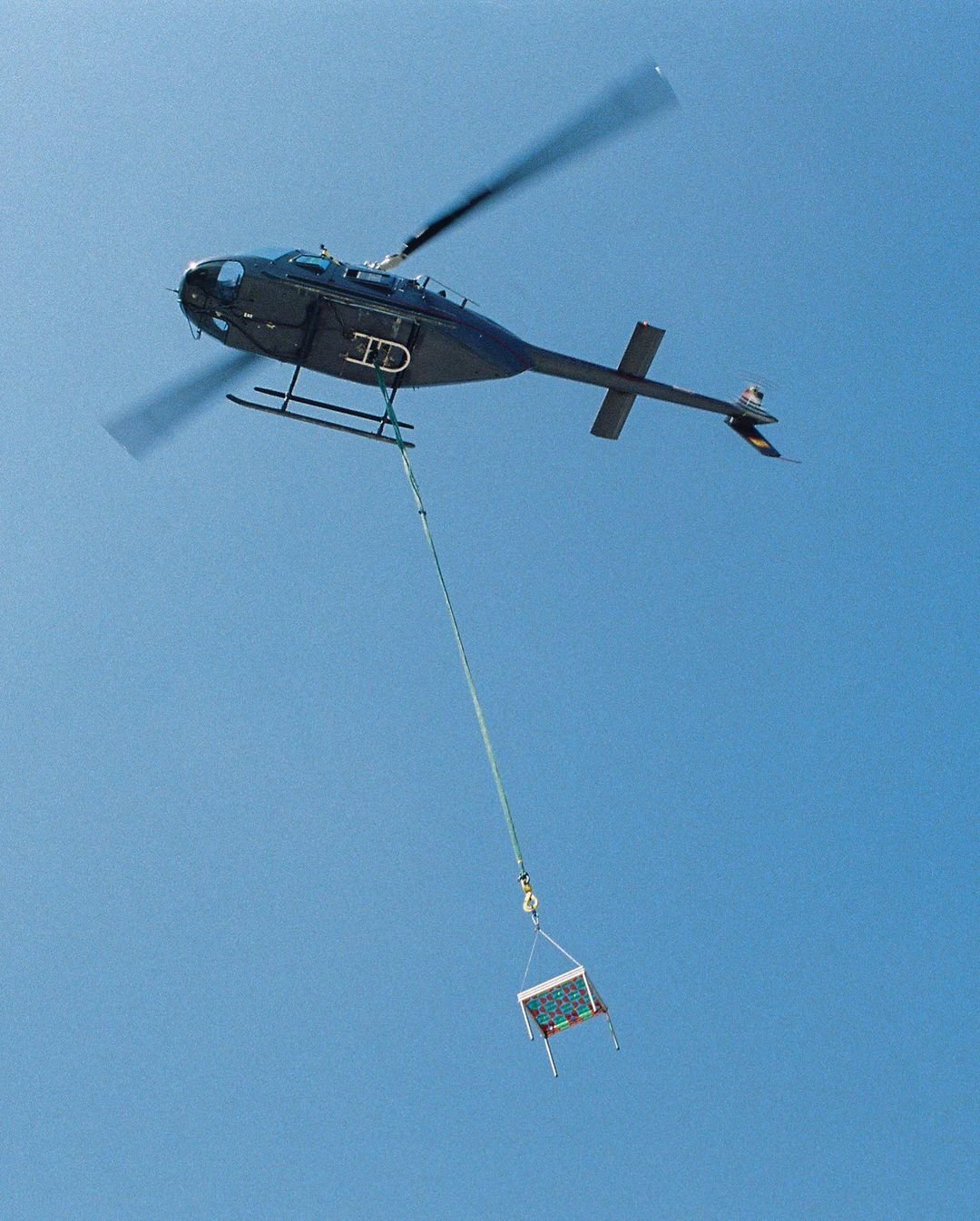
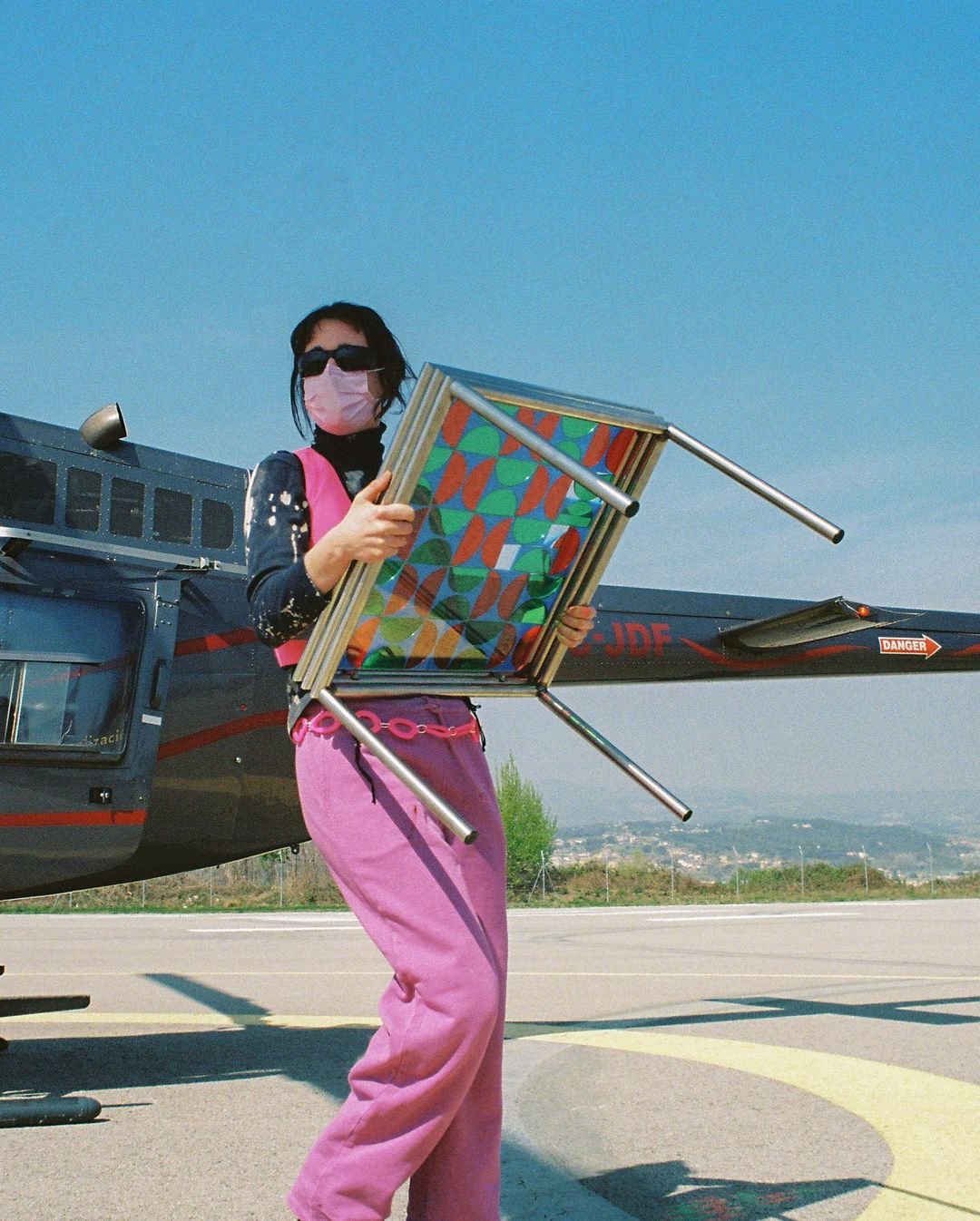
You shoot a lot at night.
AC: Yes. At night there is more freedom. At night there is no one, you can do whatever you feel like… to a certain extent because there is police. It’s freer, I feel comfortable at night. I really like the flash… the night is perfect. I hadn’t noticed that I was shooting so much at night, especially when he was just starting out.
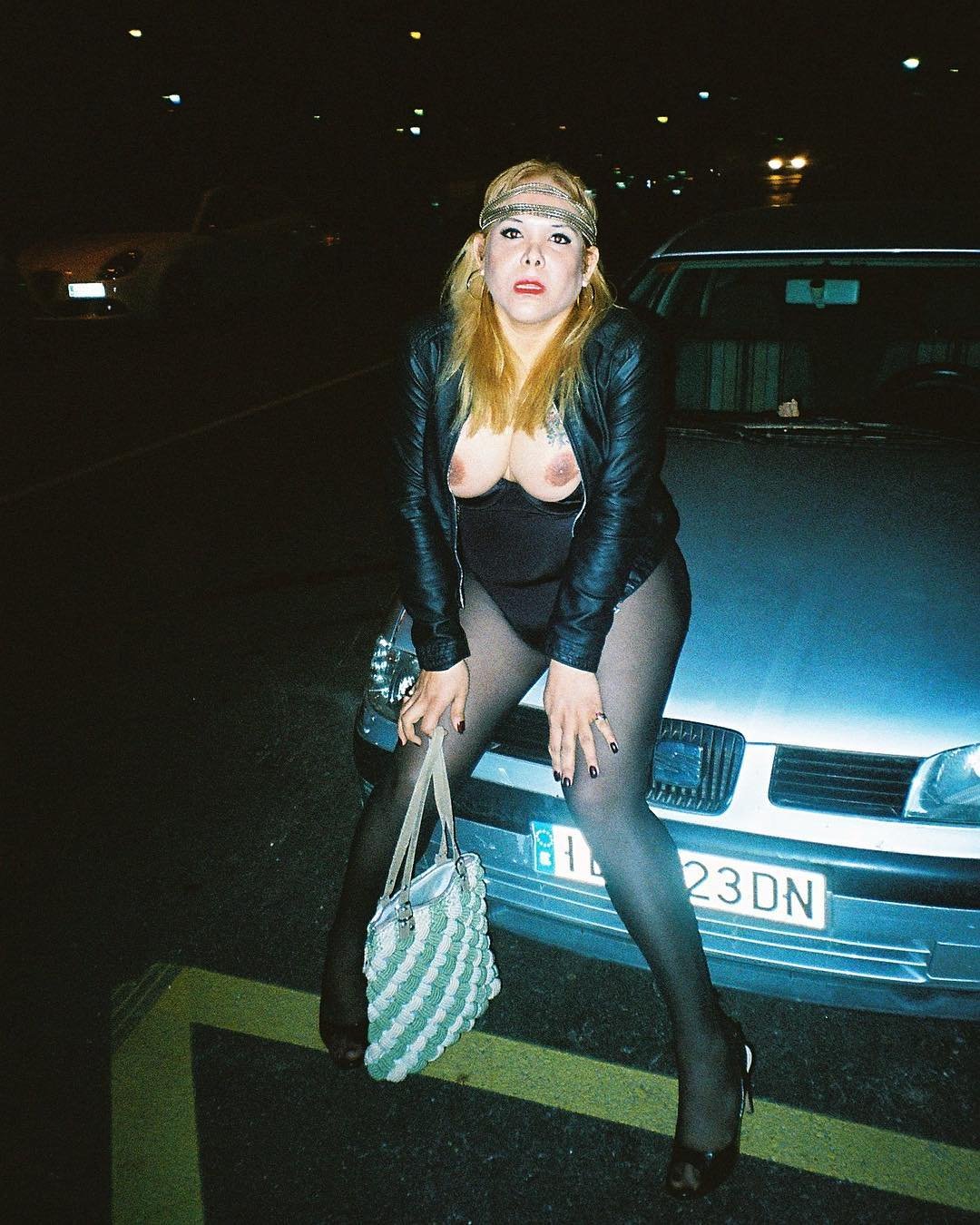
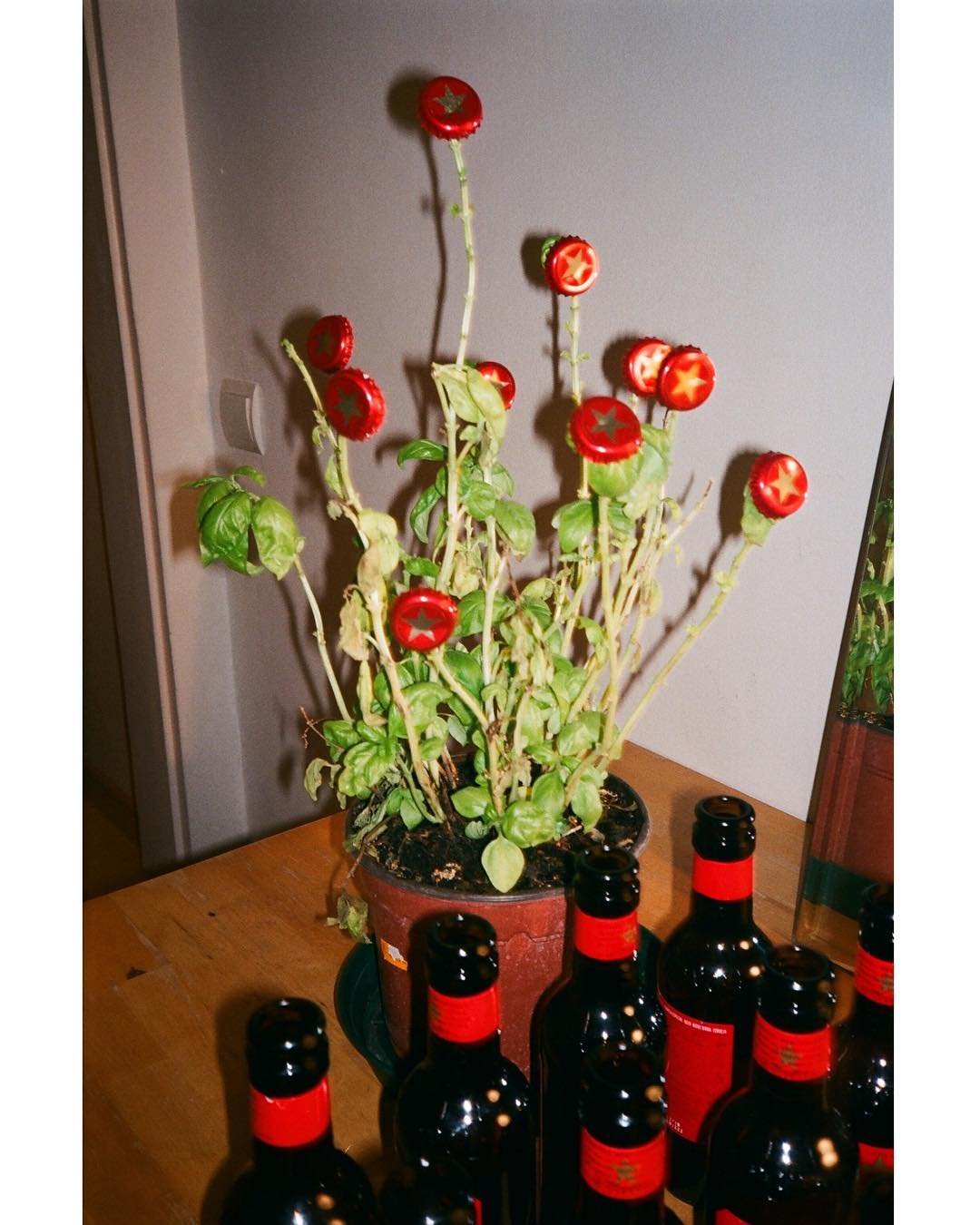

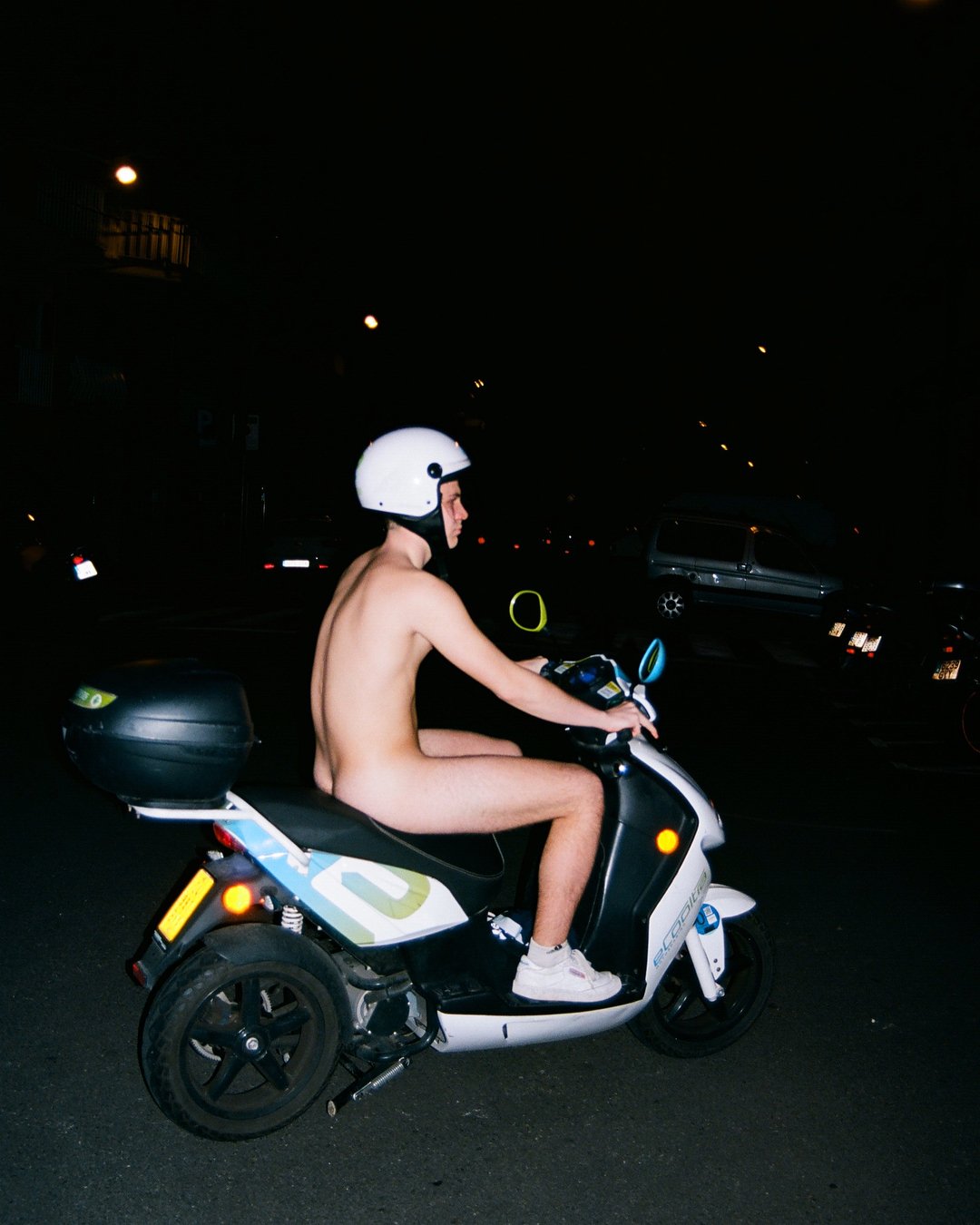

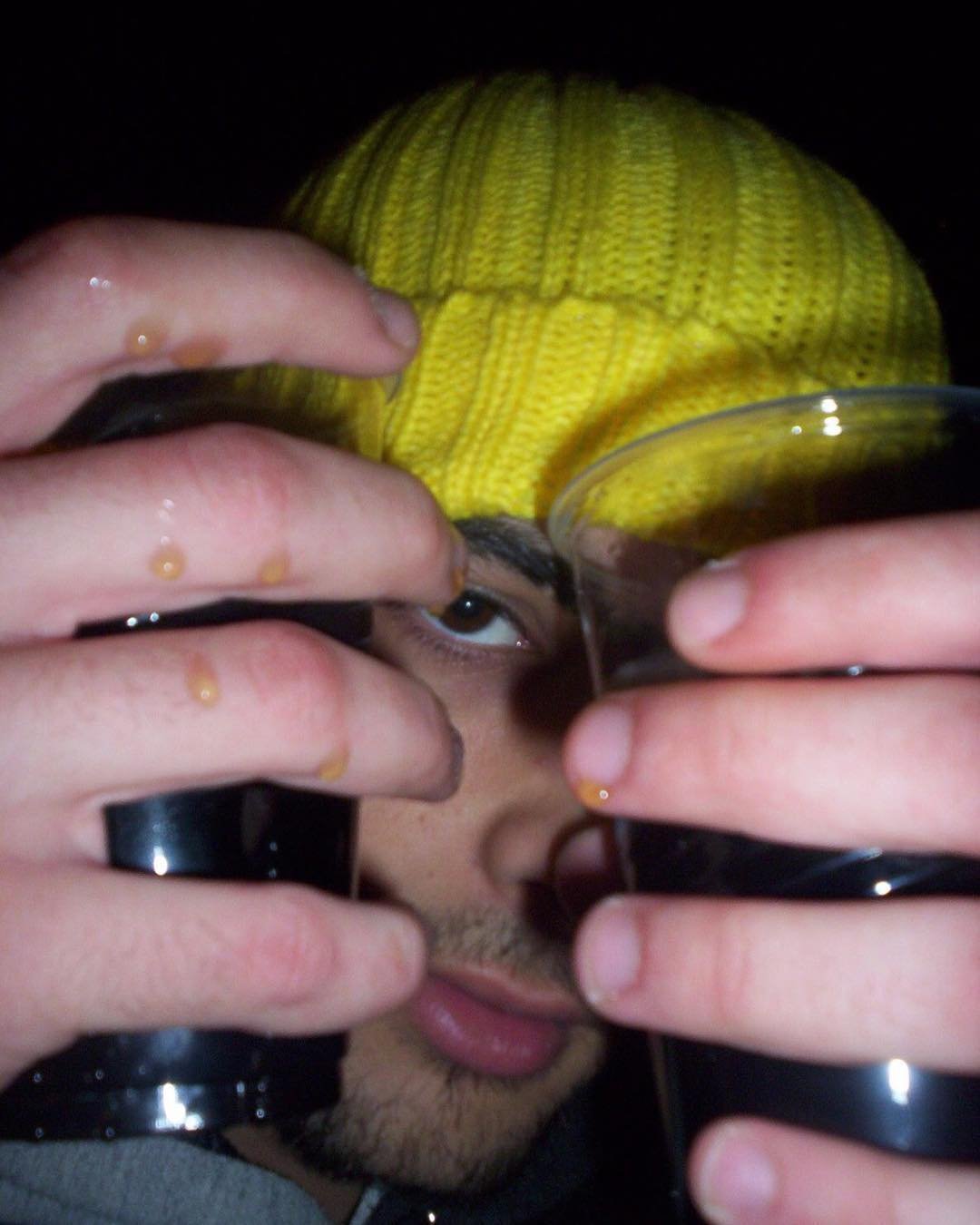
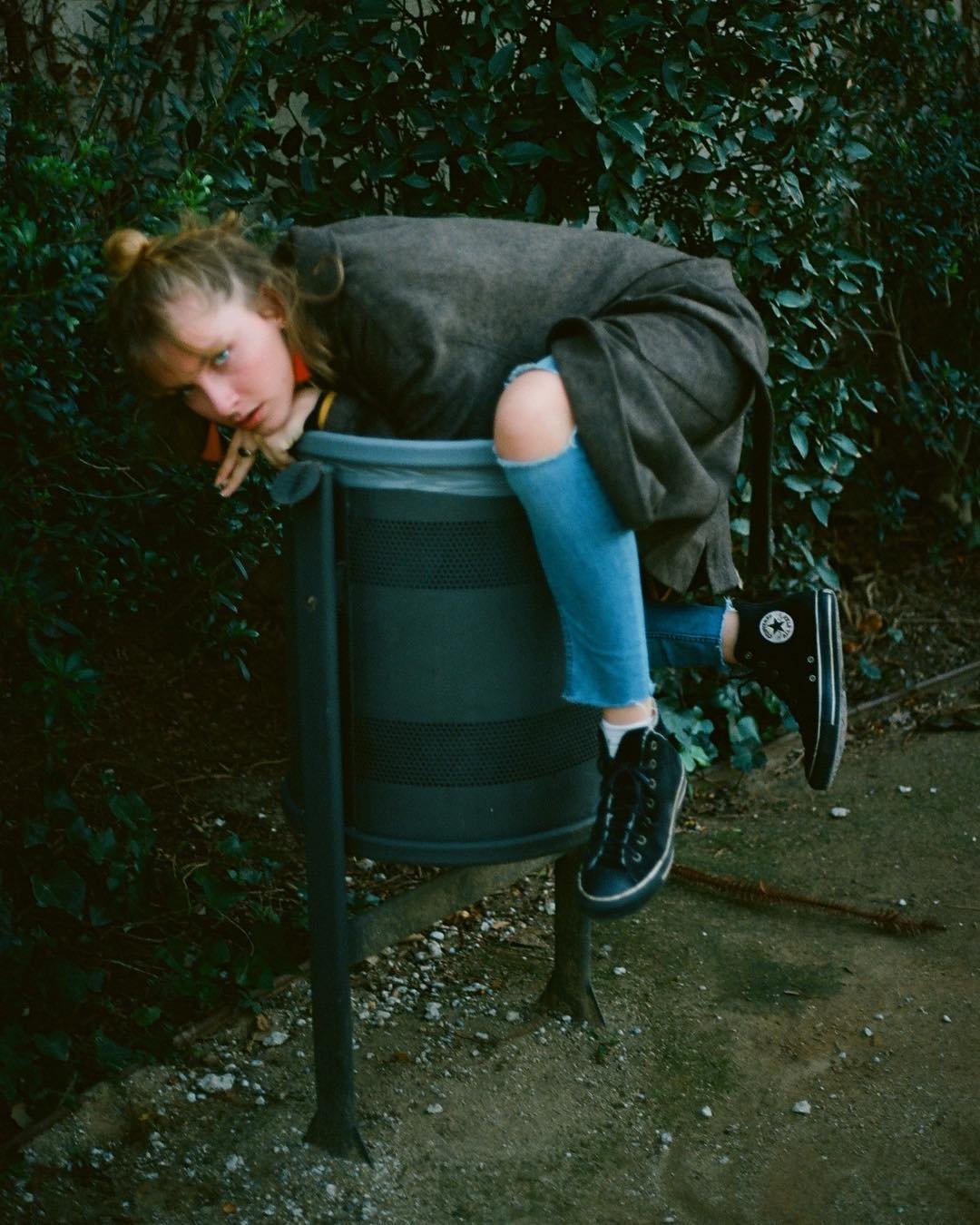
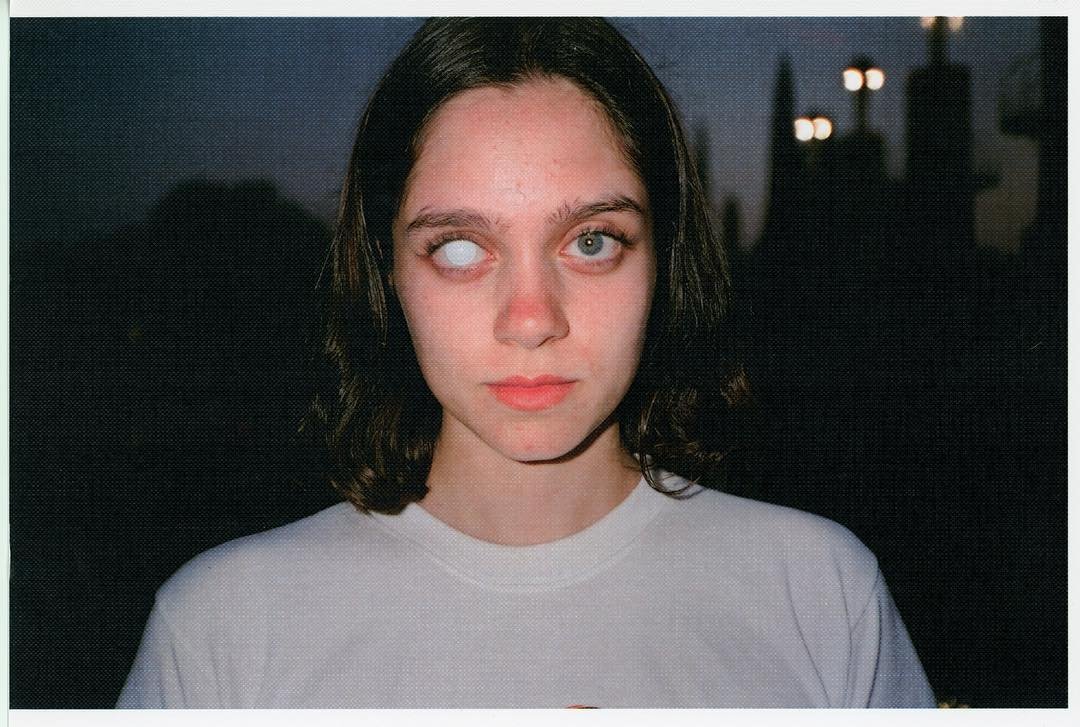
Do you think there is a photo scene in Barcelona?
AC: It’s hard… I don’t see photography scene. I see a small art scene, that we all know each other and can collaborate with each other. This is cool.
AC: Well, the Sociedad 0 collective. They are designers. They are friends who have a warehouse in L’Hospitalet (suburbs near Barcelona). I’m a big fan of them and I really like what they do. Or friends like Anna Izquierdo who takes beautiful pictures and is now in Belgium… Now I’m a little isolated because of the amount of paid jobs I have.
Who would you like to see on a MAUS® label?
AC: Fuck… so, Adrià Canyameres who is a friend of mine and a referent. I would also love to see digital art, like the Digo Studio which are very cool… although the piece that Blanca (Miró) has made on your label is also quite digital.
Do you recommend a movie, a book and a record?
AC: Book… Now I’m reading “General History of Pirates.” It’s kind of like a fact book and I’m one of those people who looks at Wikipedia a lot… and I like it because it’s like “this year this one did this and that”… the book is very interesting. Pirates have always been highly mythologized and it is not clear what they did or did not do. Album… An artist named Meitei: Japanese sounds mixed with a kind of atmosphere… I wouldn’t know how to define it. They transport you, they take you to a kind of peace even though I wouldn’t call it peace… it heals me a lot and helps me focus. And series, I’m looking back at one of my favorite series which is “Cowboy Bebop”, anime series and space western. With a very, very, very cool jazz soundtrack. I really like anime: getting out of reality and into the worlds they create.
INTERVIEW: JORDI CLUSELLA
SEPTEMBER 2021
MAUS®
VIEW MORE VIEW MORE VIEW MORE VIEW MORE VIEW MORE VIEW MORE VIEW MORE VIEW MORE VIEW MORE VIEW MORE VIEW MORE VIEW MORE VIEW MORE VIEW MORE VIEW MORE VIEW MORE VIEW MORE VIEW MORE VIEW MORE VIEW MORE VIEW MORE

Mònica Figueras (Palamós, 1988) is a photographer raised in Palamós who is inspired by Empordà and professionally based in Barcelona. She is obsessed with colors and nature. She knows how to find the kitsch point in almost everything. Instinctively, she likes to let go and to work with models who she knows – ideally, with her little camera and nothing else. When she can, she photographs nude people running through nature.
MÒNICA FIGUERAS
2021 / 06 / 15
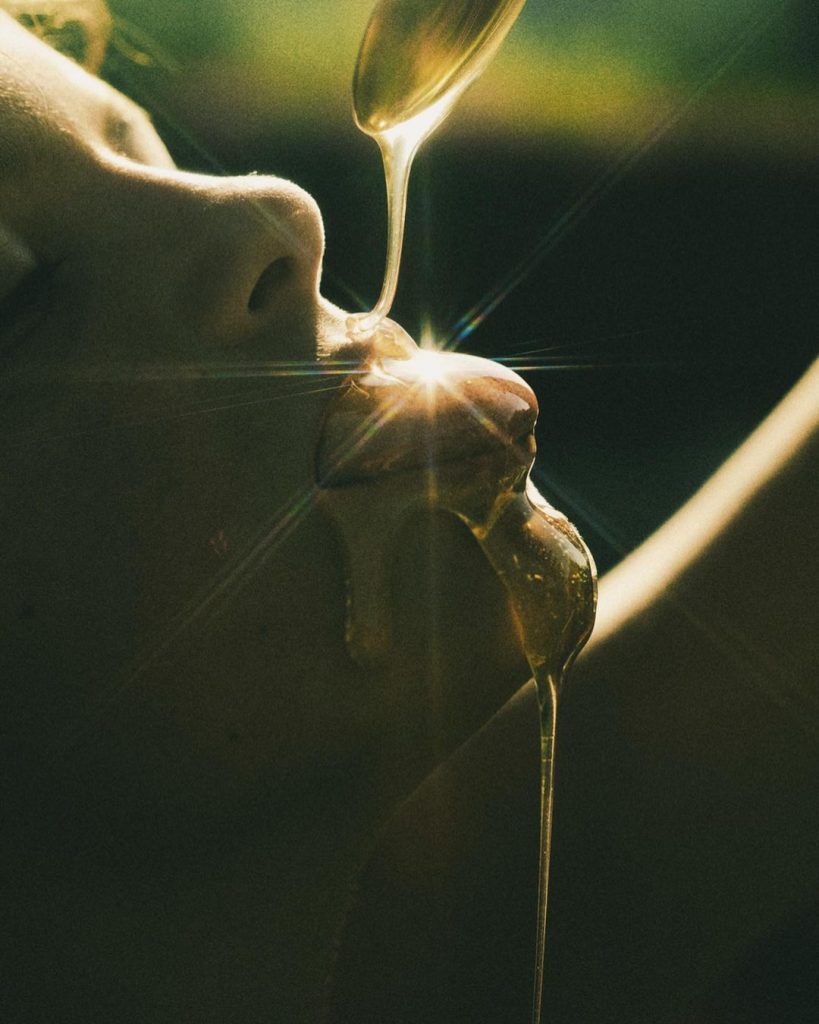
I’m not much of a talker but I’ll try …
Whenever I have seen you take photos, it has seemed to me that you do it in a very instinctive way. No method. Is that so?
Yes. In the end that is my method. I find it difficult when things are fixed … like in adverts. There, everything has to be coordinated, because there are several of us working on it . But I work best when I am alone and I let myself be carried away by what my body feels. Then I find the “why”. First I feel, and then I analyze and find the concept. This sometimes goes against the requests of some clients, but I adapt to my surroundings. I work best with as few people as possible and with the freedom to create.
Like in our [Maus] photoshoot; you told me that you let yourself go and photographed a lot of breasts…
Yes, hahaha, of course, that’s what happens to me …The model you see in the photos is a friend of mine and I immediately found myself feeling very comfortable. But of course, I am “in the zone” and suddenly I think: this is a commission! Maybe I’m messing it up? I didn’t put a bra on her at any point …I didn’t realise until I developed the photos. This has an advantage: I don’t censor myself. But what also happens is that I stop thinking about what I am doing, and this has consequences …
We liked it, it shows that there is freedom.
Yes, that’s right…

Empordà. You shoot Empordà a little idealistically; kitsch but beautiful.
Sure, I have a vision of the place. I’ve been here my whole life (Palamós). I’ve had my friends over to my flat all my life – the ones from 0 to 16 years old – and people are surprised because it is a beach flat, for a summer vacation. A flat on the beachfront. We were the only ones who lived in the block all year round. I come from a family of fishermen, people of the village. This has influenced me. I have my own vision of Costa Brava. I don’t pay attention to what tourists pay attention to – it’s not better or worse, it’s different. I experience the arrival of tourists, the campsites …this kitsch. Barcelona tourists don’t see this … but they see other things.
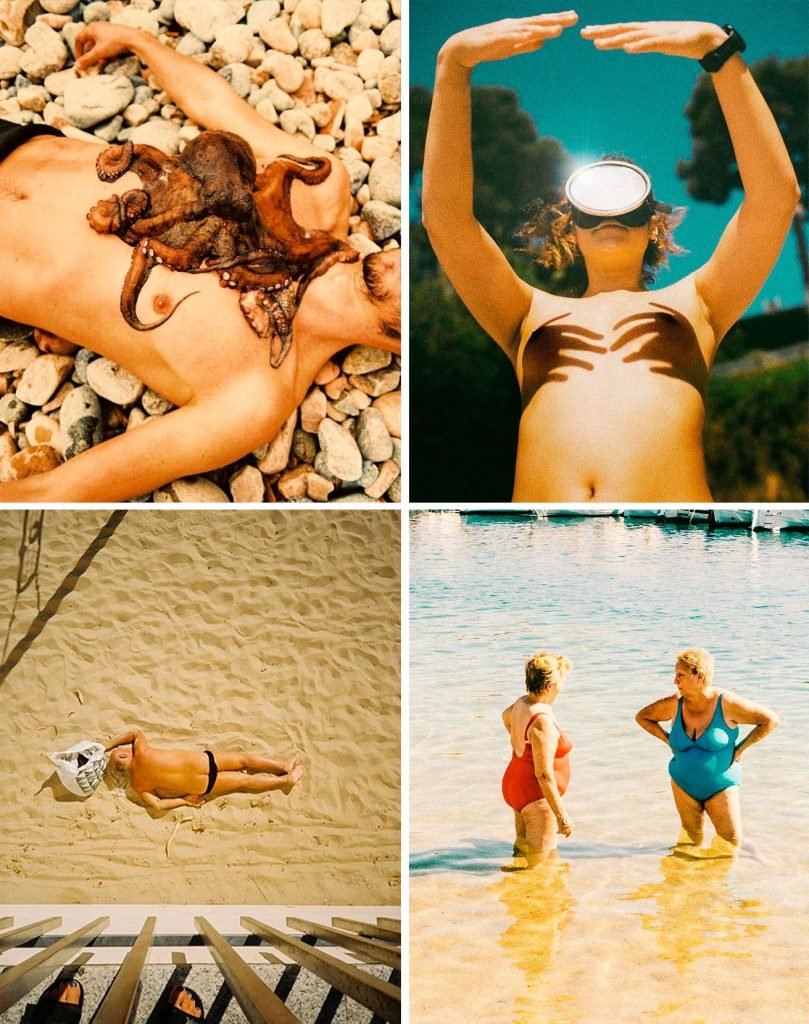
You take pictures of us … You act like a mirror.
Yes … and I laugh at myself. I laugh at how tacky we all are. Myself included. Tourists, campsites, swimming pools … But I also like capturing the locals, the fishermen. Finding places which – I don’t know why – are not considered pretty. And when I’m in Barcelona I hardly ever take photos. When I create, it is never in Barcelona. Nature inspires me a lot; the city is a big effort for me. I am obsessed with colors and Barcelona is very grey. In Barcelona there are many inputs but the colors are not there.
You always photograph women.
I identify with women and connect with them more. I am more comfortable. I could easily photograph a guy. Now I am realising that I work better with people close to me, than with models who are imposed on me. If I know who I shoot, I can explain more things with the photos. I’m always trying to connect with people before a photoshoot. If I can, I try to meet up for a beer and find out who I am working with before shooting. To have a connection…this moment over beers is very important.



“If I know who I shoot, I can explain more things with the photos.”
This is cul.*
This is ass, haha, a play on English words. “Cul” as in “ass”, and cool as in cool. It all starts with three friends running in the dunes of Fuerteventura. After running naked and taking photos of them, they explained what they felt to me. They were abashed but they felt so free and happy running naked in nature … I liked the idea of starting a project where people ran naked in nature and explained to me how they felt. And I would like this to lead to an exposition or a book. For me, this is freedom. I made a call through Instagram in which I asked whoever wanted me to photograph her ass write to me. At first it’s tough, but then it is very liberating. You know…I’ll put you and your children on the list! I don’t close myself off to anybody, man or woman … authentic bodies.
*This is a play on words with the English word “cool” and the Catalan word “cul”, which means “ass”.


Who would you like to see on a MAUS® label?
Coco Dávez. I think she does something similar to what I do with my photos, but she does it with illustrations. The other is Martin Parr. Maybe it’s too much…but it blows the mind.
Book, album, film or TV series.
Book … well one that I’m reading now, The Art of Loving, by Erich Fromm. I’ve been listening to The Blaze a lot lately. And for a film…anything by the French film director Mia Hansen-Love.
INTERVIEW: JORDI CLUSELLA
JUNE 2021
MAUS®
VIEW MORE VIEW MORE VIEW MORE VIEW MORE VIEW MORE VIEW MORE VIEW MORE VIEW MORE VIEW MORE VIEW MORE VIEW MORE VIEW MORE VIEW MORE VIEW MORE VIEW MORE VIEW MORE VIEW MORE VIEW MORE VIEW MORE VIEW MORE VIEW MORE

FERRAN PALAU Ferran Palau (Esparreguera, 1983) is a musician and producer proudly located in Collbató, below the south face of Montserrat. He is a founding member of the experimental group Anímic and has released five solo albums. His “unusual compass” allows him to find beauty in sadness and convey complexity in very few words.
FERRAN PALAU
DYSLEXIA | MONTSERRAT | MUSIC | SINGER SONGWRITER
2021 / 06/ 10
Collbató.
FP: This has been my home since I was 3 years old. My father became brave and took over a plot of land, a house with a swimming pool! Something amazing for a kid my age. I have spent my whole life here; my childhood; I made friends here and also in Esparraguera, which is the next village over, and where I studied. Somehow, this atmosphere is in my music; it is in these strange streets, this mixture between asphalt and mountain, this type of Twin Peaks … at least I feel that way. When I come to play I really like to see the mountain – it’s a joy. I have not found a better place to live. For me, Collbató is paradise.
Like Twin Peaks, you say.
FP: Yes, because it is a housing complex that was a bit luxurious, but not so much now. Abandoned tennis courts, green pools, rusty suburbs … and the mountain (Montserrat) above…it is a symbol for us.
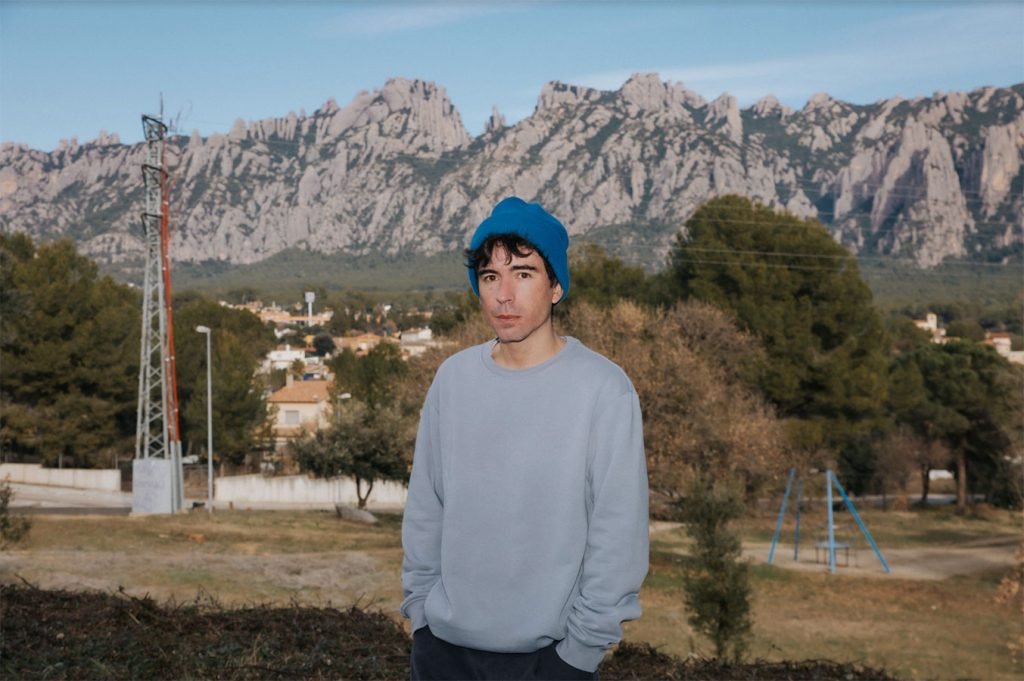
“There is a strange beauty in sadness, even brightness.”
Somewhere I heard you say that you had an extremely happy childhood and that, as a counterpoint, dark things caught your eye.
FP: Yes … out of ignorance I have always been fascinated by horror movies, darkness, sadness, depression. I have never had depression but I have had people nearby who have suffered from it. I have a romantic idea of sadness that always makes me look for words that can unhinge you a little when writing lyrics – although I wouldn’t say I make sad music. There is strange beauty in sadness; even light. Sadness can have beauty. Culturally, death is understood as something dark but many people describe it as something bright.
Strange beauty, I like it.
FP: Yes, things have happened to me too and I have had sad moments, like everyone else, but I have never had a great sadness or a great trauma that leads me to write; I always approach out of curiosity.
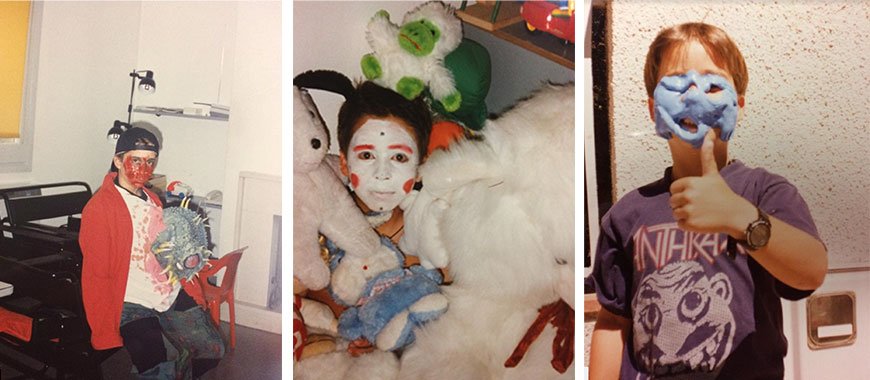
Dyslexia.
FP: I was diagnosed quite late. I had been failing many subjects for some time and there came a time when my father, who is a bit of a bastard, said to me: well Ferran, you are either stupid or you are dyslexic. And I remember him coming to pick me up from an additional studies academy, which wasn’t successful either, carrying a paper that said yes, I was dyslexic. The truth is that I was very happy, of course. I had an explanation for getting bad grades. I always speak with pride about being dyslexic. My creativity comes from that. The fact of not having literary references, the fact of writing from a certain ignorance, from something naive, gives me a certain freedom. In the same way, I try not to listen to a lot of music in Catalan because I don’t want to be polluted. I haven’t had literary references, I’ve never read, I don’t concentrate …the same thing happens to me with television series, for example. Louise has to summarise for me, I have an attention deficit.
I am diagnosed with ADHD. Either you sink or you overcome it, right? You have to look for ways to do things differently from what people around you do, because their way doesn’t work for us.
FP: Yes … I’ve always had an ability with words. My mother tells me that I started talking ridiculously early. Maybe one thing has nothing to do with the other … reading and writing. Being dyslexic does not mean that it is not easy to evoke things with few words.
“Not having literary references, writing from a certain ignorance, from a naive thing, gives me a certain freedom.”
Do you still make lists of words that fascinate you, to later write songs?
FP: There was a time, around 2015, when I did that. I was looking for myself, my own way of writing. I was involved in creating a personal way of writing and the method was wrong because I was looking for strange words – obsolete – I don’t know … I learned a lot but when I made my album “Blanc” (Halley Records, 2018) I decided to opt for minimalism; taking out, more than putting in.
Less is more
FP: Yes. And then I did the opposite: making lists of words that can’t be said. Lots of names, references, things that make the letters concrete. That way, the lyrics can work with all kinds of people, also in the future …. the lyrics can make sense in thirty years. If, for example, I write that I have written on my WhatsApp, in a few years we will no longer use this and it will not make sense. That’s why in my lyrics there is a virgin planet where there is a you and a me and an indefinite weightless space where sensations have more command than things. That’s why there is always a verb, hypothesis, conditionals. Things that can happen … but there is little that can be touched and concretized.
Do you self-censor?
FP: Yes, it happens to me often. It’s like cooking … Maybe if I’m too particular, I’ll make up for it. If I see that there is too much sweetness in a song, I add a kick to it. It is an instinct that is guiding me, guiding me by sensations. I have an “unusual compass” that takes me to where I want to go. Above all, it is important that there are no elements of reality. For example, in “Parc” (Hidden Track Records, 2021) there is no pandemic, no masks and it is recorded in times of pandemic.
There is a certain contrast between your iconography, a pop point, almost childish, and your lyrics, which are usually more complex and sometimes obscure. Is it something sought after?
FP: These are the things I like. It’s the aesthetic I like. What I do is a kitchen of elements. Basically, although I don’t like to be told it, I’m a singer-songwriter. Singer-songwriter has a specific image but if you change it, then it comes in a different way. I want to relate from this aesthetic. The product that I sell is myself; it’s tiring but it’s true. And I’m a consumer product, I’m not fake: I’m real and I try to make it beautiful.
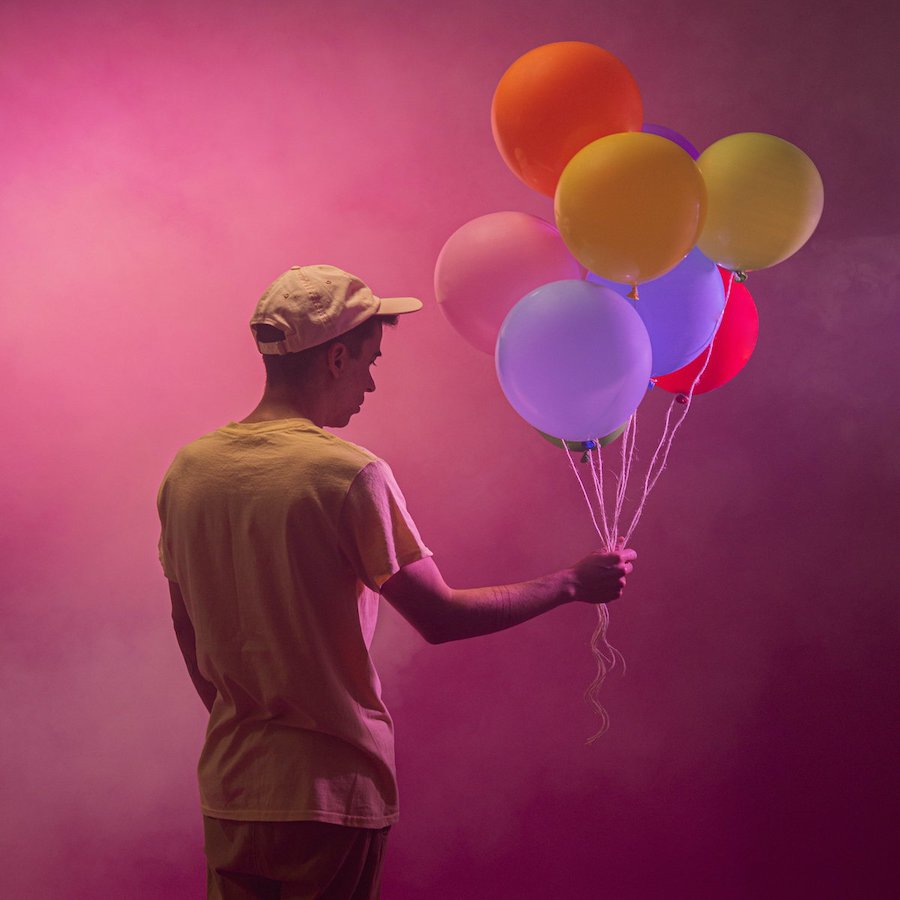
When you finish a concert, do you like to be invisible or do you like the relationship with the fans?
FP: Normally I disappear when I get there, I always look at the exit doors… but a lot of the time I have to sell records and merchandise – I just have to do it. It’s the part I don’t like, but you get to meet people. Last Sunday, for example, in Vic, a couple came and explained to me that a song of mine helped overcome the grief of a father’s death. This comforts me and connects me with what I do, but yes … it’s hard for me to socialize. If it were up to me, I would disappear.
You are very demanding with the audience. Does it bother you if someone talks during a concert of yours?
FP: I know it’s a lot to ask, but my music requires silence. If there is no silence I can’t make my music. If there is no silence I leave. In fact, in my contracts Louise, my manager and partner, puts a clause that says that if there is no silence I can leave. Rest is part of my music. Sometimes they put me in a town square at ten at night … but of course, people are already boozed up… and it doesn’t work. It is a matter of context. My music doesn’t work in all contexts.
When did music stop being a hobby for you? You used to be a teacher, didn’t you?
FP: I used to be a tour guide in caves. For me, music has never been a hobby, it has always been my priority. It came to me as a child. I didn’t use to play anything … just snakes and ladders. I didn’t like playing as a child and I don’t like it now. If I do something I do it seriously. If there is no end objective, I am not interested. I have never entertained myself with anything that does not have an end result. If I finalize something, I take it.
How do you spend your time when you don’t make music?
FP: With the activities of everyday life, my family, making food … I disconnect by doing what I like. Everything I do has something to do with my art project.
How did being a father affect your career?
FP: Positively. The things that I have done and that have worked best for me, I have done as a father. My partner and my son inspire me. We are a team, a family business. I do not distinguish between family, friends and music; everything is music, friendship, family … everything is mixed.
Who would you collaborate with? Alive or dead.
FP: My musical hero is Nick Drake. I would settle for sitting down and watching a concert of his. I’m obsessed with Nick Drake, he’s almost a religious figure. He was an alien. You can’t define what he was doing.
Who would you like to see on a MAUS® label?
I’m a big fan of Sebastià d’Arbó. He has a radio program called “Misteris” (RAC1). He is the Catalan Iker Jimenez. It would be interesting to see him on a label. He’s a fictional character … hahaha. Look into this guy. He has saved my life. Driving at night, he makes you attentive the whole way.
Do you recommend a movie, a record and a book?
FP: I really liked Alice Phoebe Loo’s latest album. Also the latest from Jessica Prat. For books, the Nick Drake book that his sister Gabrielle Drake wrote(Nick Drake: Remembered for a While, 2017, Malpaso Editions).
And a movie …or series?
One on HBO, Mare Of Easttown, starring Kate Winslet. It’s super well-made. It reminded me of Twin Peaks, which makes makes my mind boggle. A tight-knit town atmosphere, where everyone knows each other … something that you have seen many times but has blown my mind – made with a lot of art.
INTERVIEW: JORDI CLUSELLA
JUNE 2021
MAUS®
VIEW MORE VIEW MORE VIEW MORE VIEW MORE VIEW MORE VIEW MORE VIEW MORE VIEW MORE VIEW MORE VIEW MORE VIEW MORE VIEW MORE VIEW MORE VIEW MORE VIEW MORE VIEW MORE VIEW MORE VIEW MORE VIEW MORE VIEW MORE VIEW MORE

Blanca Miró Skoudy (Barcelona, 1987) is a multifaceted artist who is always enigmatic and has a lot of suggestive power. Although she is mainly focused on drawing and sculpture, she is also surprising in her performative actions. Her house is her studio and vice versa. If she could, she would resurrect Nikola Tesla to collaborate with her.
BLANCA MIRÓ
2021 / 06 / 02
How many shrooms does the trip cost?
BM: Well, with the issue of lockdown and all that, you can imagine what it’s about. What does it mean to you?
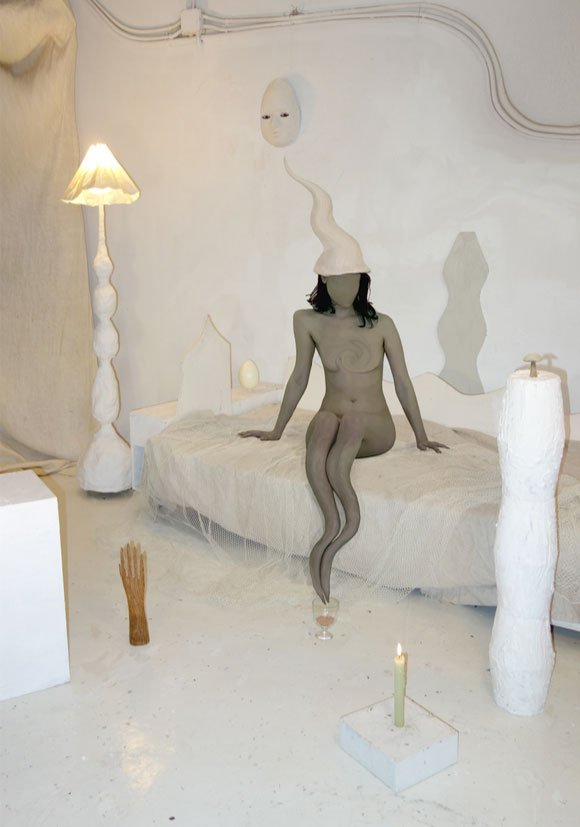
Well, it leads me to introspection…
BM: Exactly. I made the piece during lockdown. I couldn’t travel and was thinking about inward psychedelic journeys. I wanted to travel, it was March, I was tired… I stayed put until October without being able to leave Barcelona. That’s why I was experimenting with micro doses of mushrooms: the inward journey.
“Unable to travel, I was thinking about inward psychedelic journeys.”
Did the tarot influence you to do this work?
BM: Well, there’s the mushroom, the candle, the hand… but the tarot… I don’t know. I wanted to find compelling elements to make a compelling narrative, other than a simple image with objects. I see that it has led you to interpret that there is a relationship with the tarot, the unknown, the uncontrollable. If this comes to your mind, that’s perfect for me because it means you’re already interpreting it in your own way. Maybe someone else would suggest something else; that’s what it’s all about. It is true that the elements of fear and magic are present in the work. I don’t know, it came out like that.
We may be overthinking it, but it has given us that feeling.
BM: I like your overthinking; your interpretation is very useful for me, really.
It reminds me of the archetype of the Madman card.
BM: If I had to compare it to an archetype, it would also be with the Madman but, above all, with the Star – the one of a woman with two vases pouring away water. Not that I am an expert on tarot archetypes.
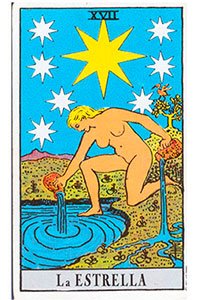
Who would you resurrect to spend time with in your studio?
BM: Well… let’s see, let me think… I’d like to resurrect Tesla and do a project. Like Jung, he reaches spiritual conclusions, but he also comes from a scientific or theoretical world. He really is a person who experimented with energy and came to a very strange place from these experiments. I would say he came to mystical conclusions and that is what attracts me. He is a person who transcends his own field; who, through experimentation, reaches similar conclusions to quantum physics. I am not an expert on the subject! But Tesla blows my mind. Perhaps it is scientific explanations that can bring us closer to God.
“Perhaps it is scientific explanations that can bring us closer to God.”
I would resurrect Kurt Cobain right now.
BM: Yeah, it would be cool to go for a drink with Kurt Cobain: a ratafia, hahaha. It’s just that Tesla is the first thing that came to my mind, and that’s why it would blow my mind doing a project with him.
Is your home your studio or is your studio your home?
BM: When someone calls me on the phone and asks me, “Where are you?”, sometimes I say that I am at home. But at other times I say that I am in my studio. I don’t know, the truth is that it’s the same. I try to put a boundary between home and studio, but it all overlaps. Bear in mind that even the bathroom is in the studio. The truth is that there is a physical separation, but some elements are in one place and others in another. In the end, because I’ve made everything myself, I make the space. At first there was no clear limit; everything was overrun by the studio. The truth is that I don’t care because I like to work in different spaces, depending on the light. For photos, for example, I use more space in my home, which is emptier. I think my answers are not very interesting, hahaha. I am a very boring person.
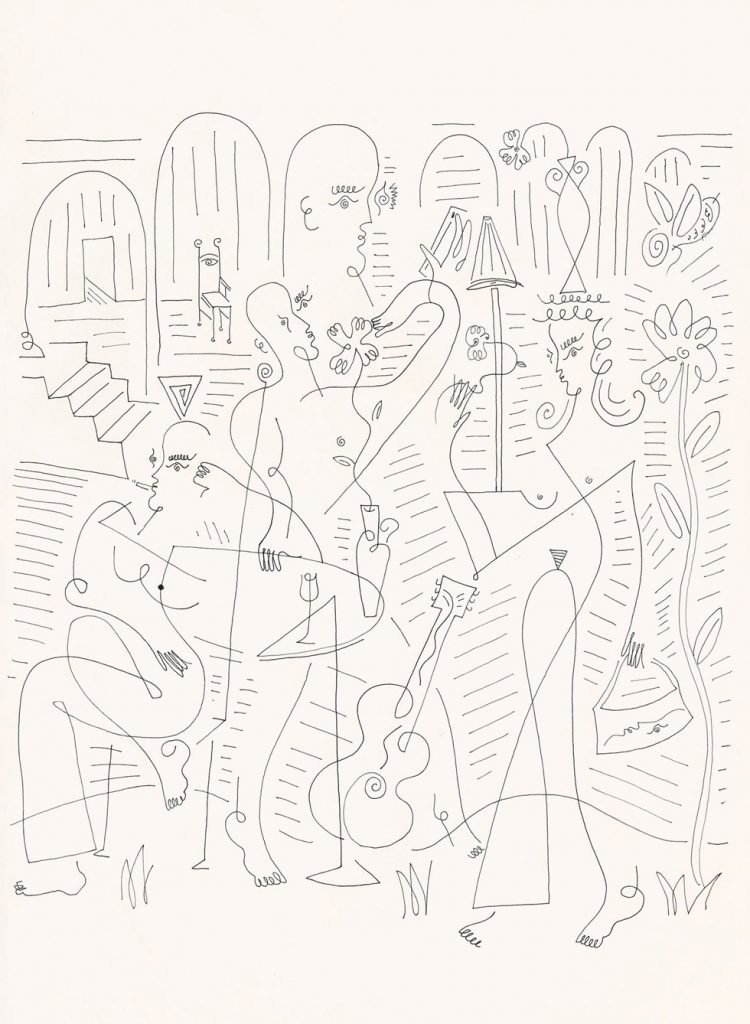
Is there any difference between the Blanca who draws and the Blanca who is more “trash”, more performative?
BM: I simply think there are different open fronts, and in some mediums some elements are used and in others not. It’s not that drawing doesn’t allow me to do what I want, it’s just that they’re simply different mediums, with different elements. Volume, for example: models with clay or sculpture. I adapt to different formats. With drawing I focus on lines, and with other things I approach it differently. The truth is, it’s intuitive; I don’t think about it so much. It’s cool that you asked me that; it makes me think about it a little bit.
Do you really like hats?
BM: Well I don’t have a special fetish for hats, but the truth is it’s an easy thing to do when you don’t know how to do a lot of things. I don’t need to finish the pieces, or do them “well”. You can leave the hats halfway done. With trousers, shoes… it’s different, they have to be completed. Well, I once worked in ballet…
Go on, go on…
BM: Nothing, I worked in ballet costume and made hats; and the truth is that seeing them in a theatrical context blew my mind. That’s why I keep on doing them.
It seems to us that, in your piece, a genie comes out of the lamp. What three wishes would you ask for?
BM: I would ask for two wishes, and the third would be for three more wishes, hahaha. That’s the thing with wishes, you can’t raise the dead… but I think I could ask for this one.
Who would you like to see on a MAUS® label?
BM: Well, any of my friends, they are all awesome. But, I’ll say Irene Royo and Rafa Castells. I say that because of proximity. Rafa slept here yesterday and now Irene is coming.
What book, series and movie do you recommend while having MAUS®?
BM: I can’t read while drunk… I only recommend a documentary film, El Somni (Christophe Farnarier, 2008), which tells the story of a shepherd. It’s something very traditionalist. The camera follows this man. I really liked it. It sounds boring but it’s not. The man drinks ratafia for sure.
INTERVIEW: POL FERNÁNDEZ
JUNE 2021
MAUS®
VIEW MORE VIEW MORE VIEW MORE VIEW MORE VIEW MORE VIEW MORE VIEW MORE VIEW MORE VIEW MORE VIEW MORE VIEW MORE VIEW MORE VIEW MORE VIEW MORE VIEW MORE VIEW MORE VIEW MORE VIEW MORE VIEW MORE VIEW MORE VIEW MORE
